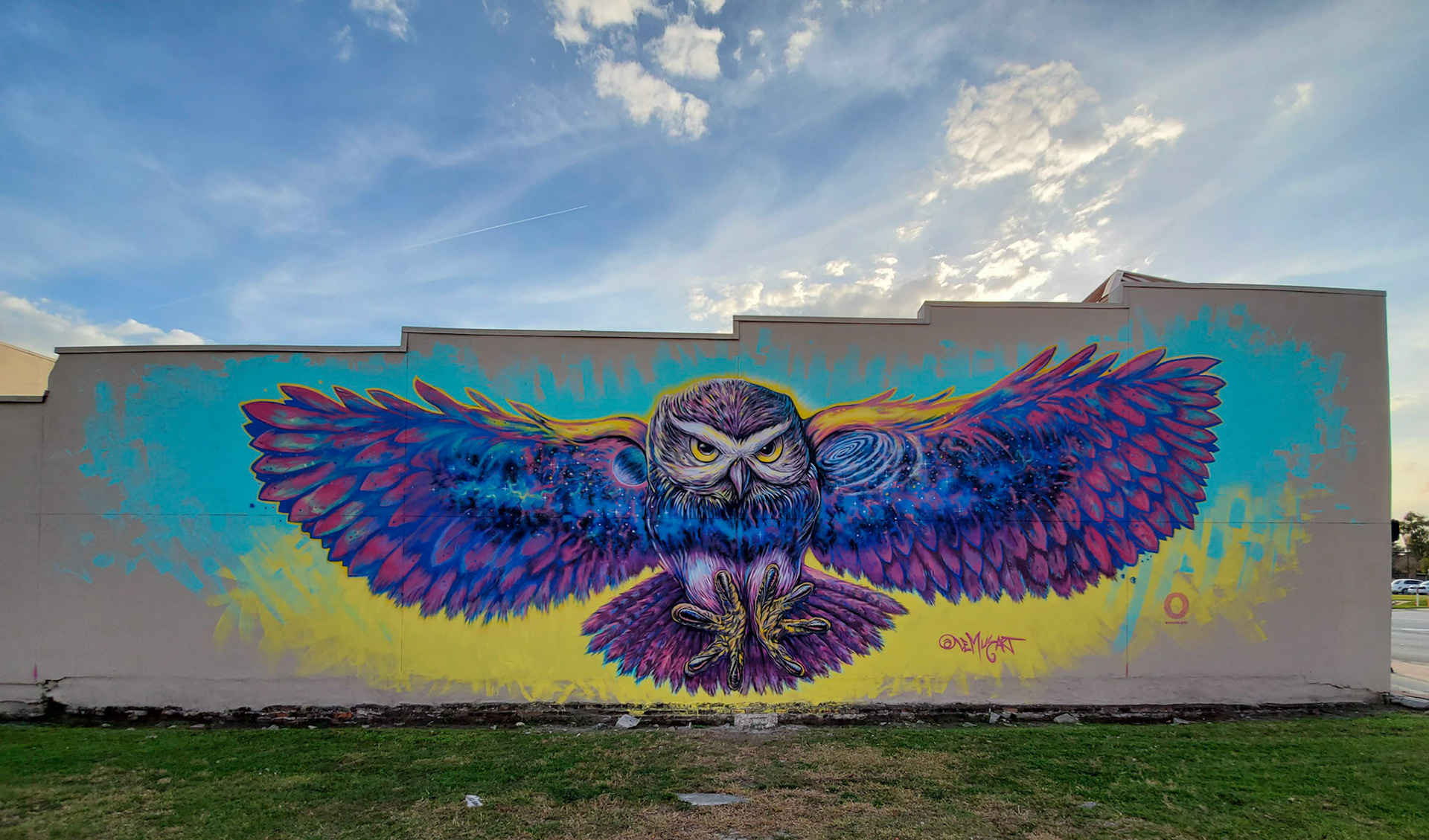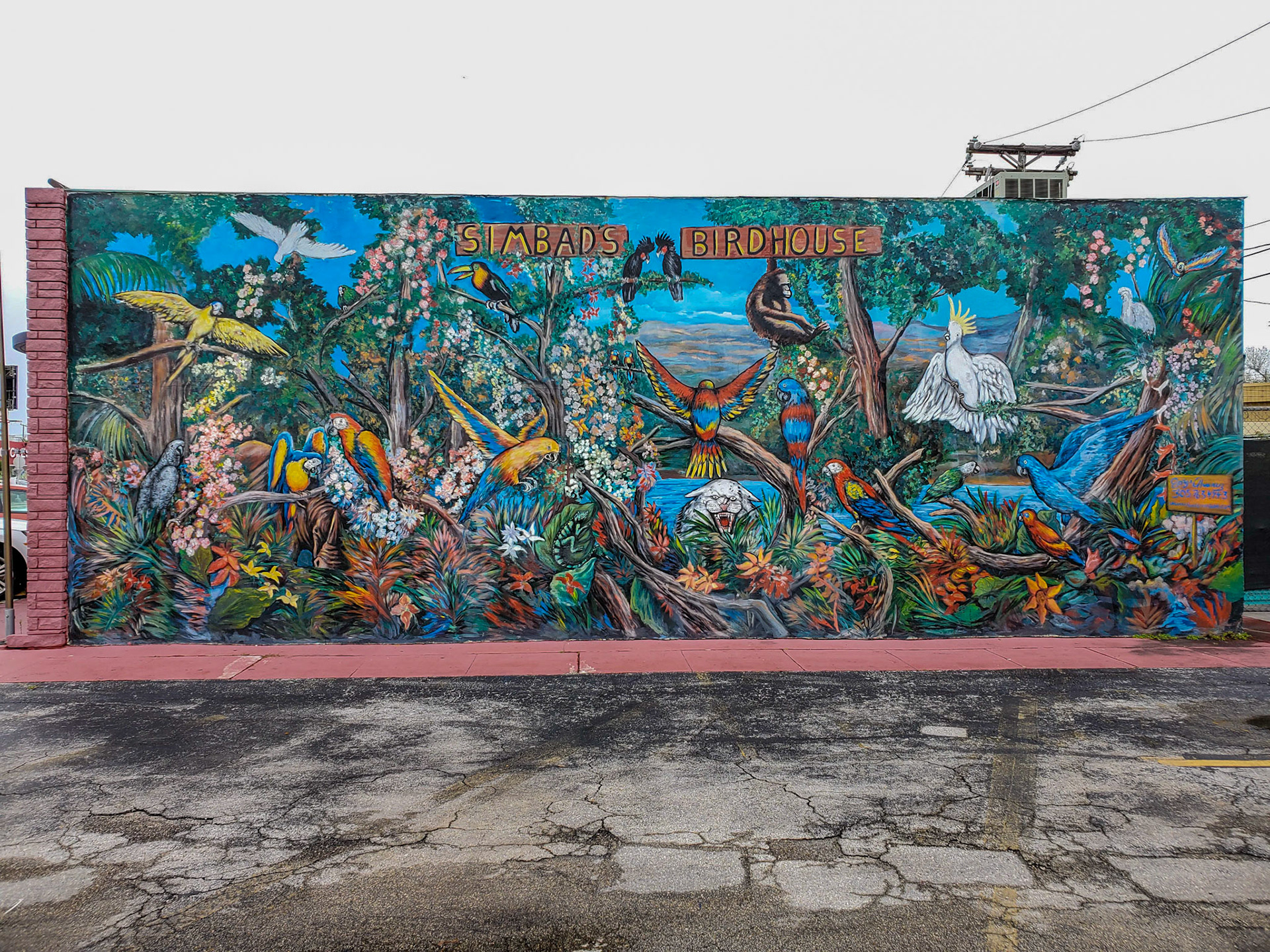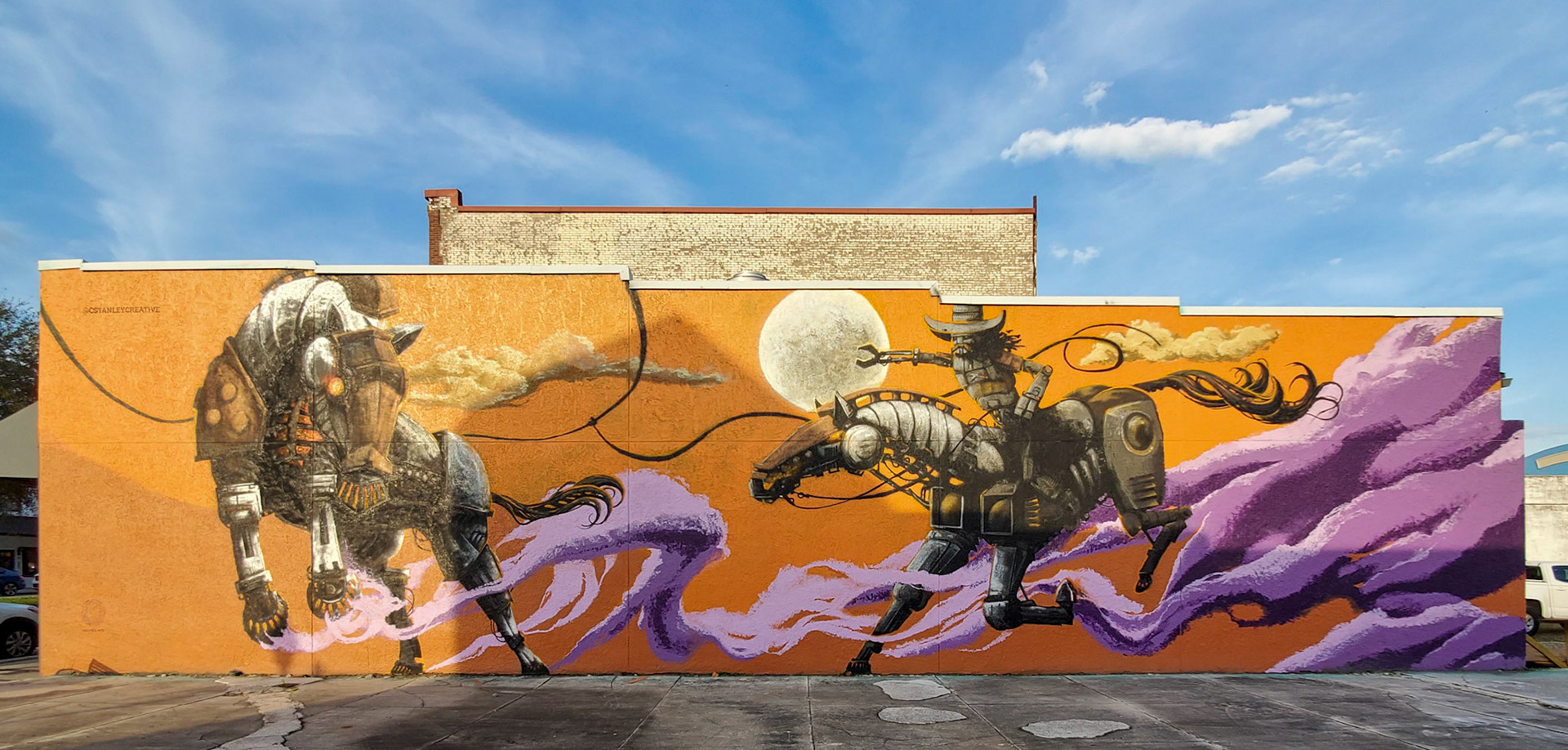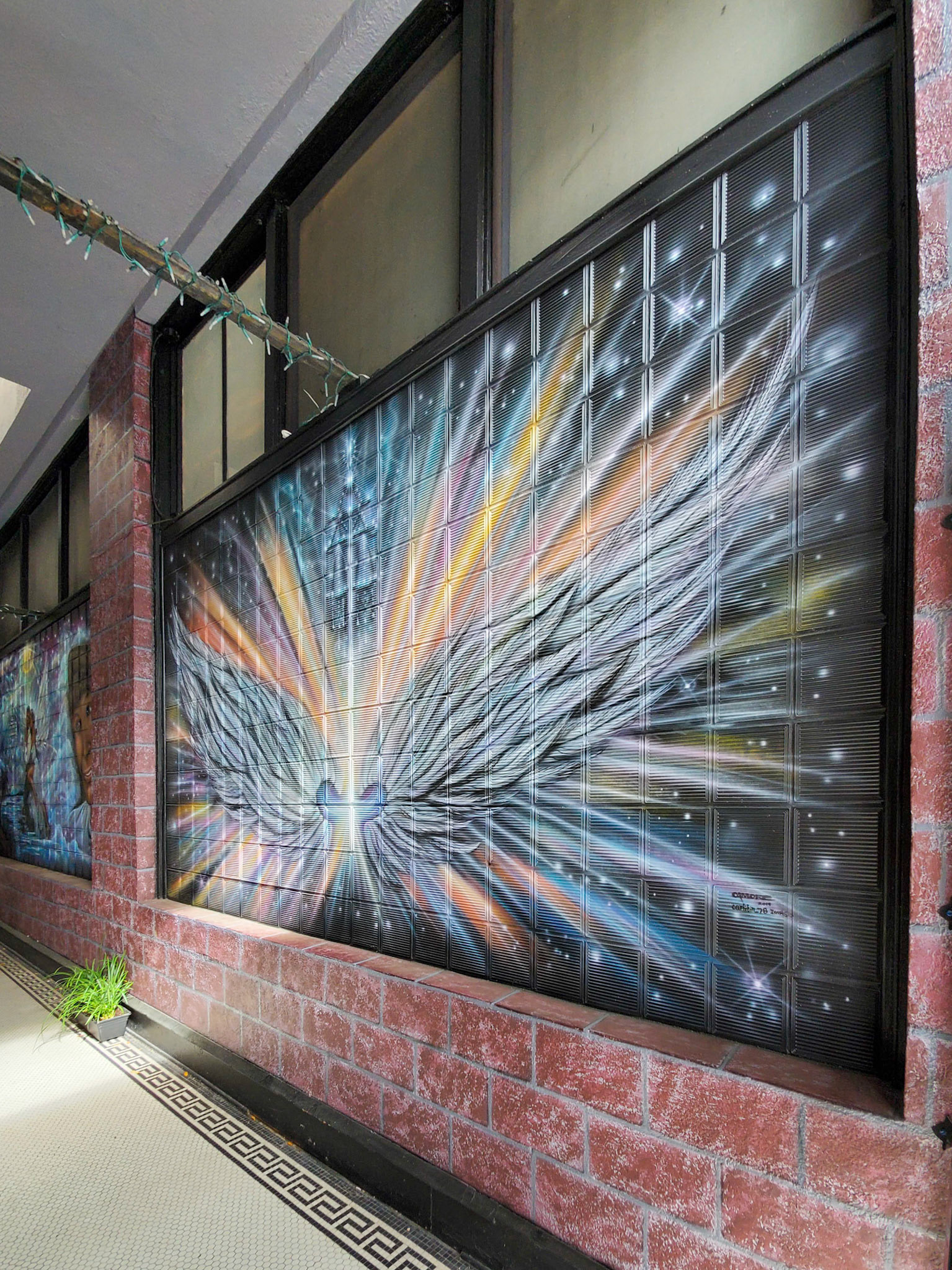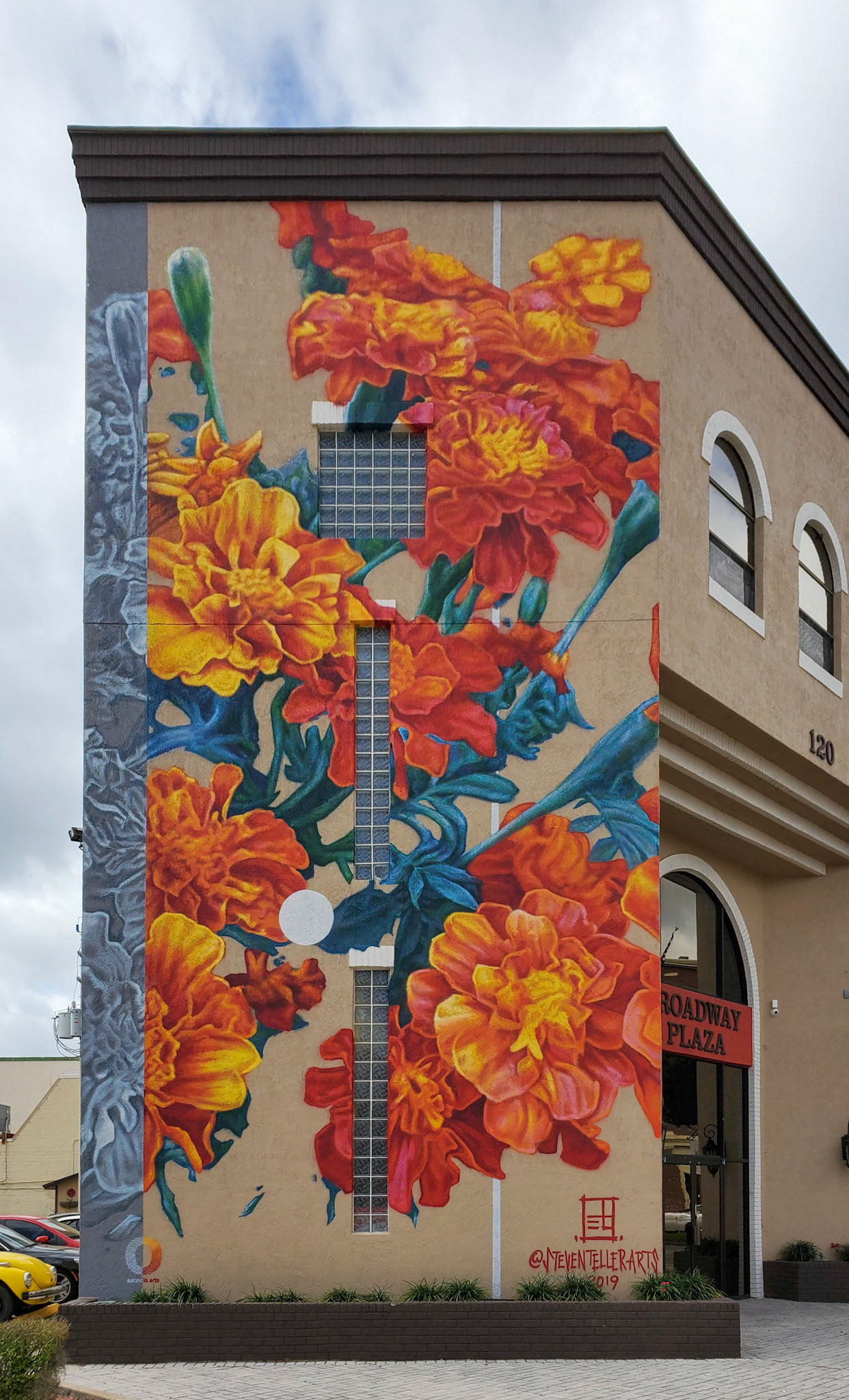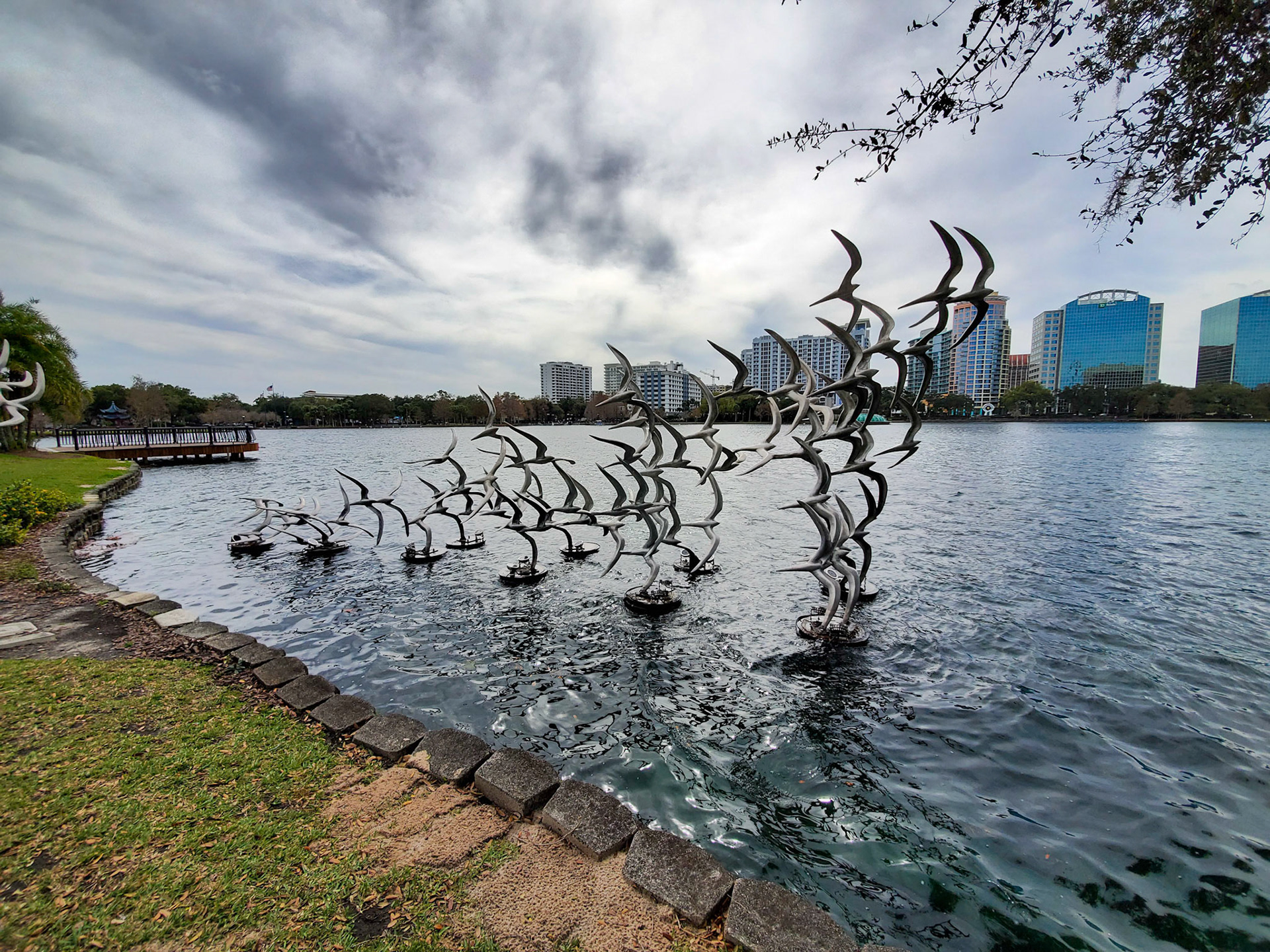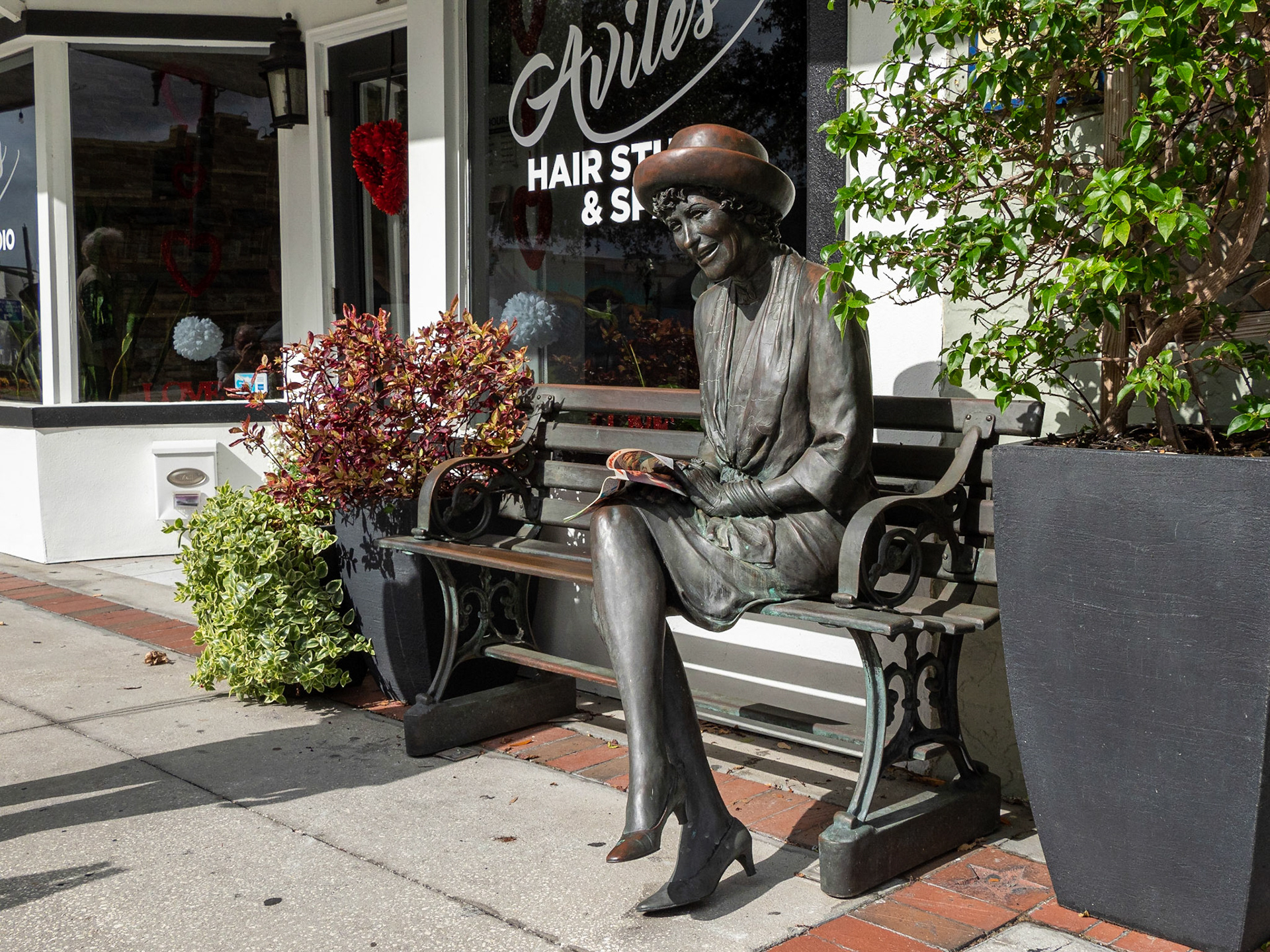Three weeks in Florida. Late January to mid February, 2020
With no other plans booked, we opted to head to Florida for a few weeks mid-winter; spending one week around Miami and two weeks in the Orlando area.. We spent little time in the urban areas, but concentrated on nature areas.
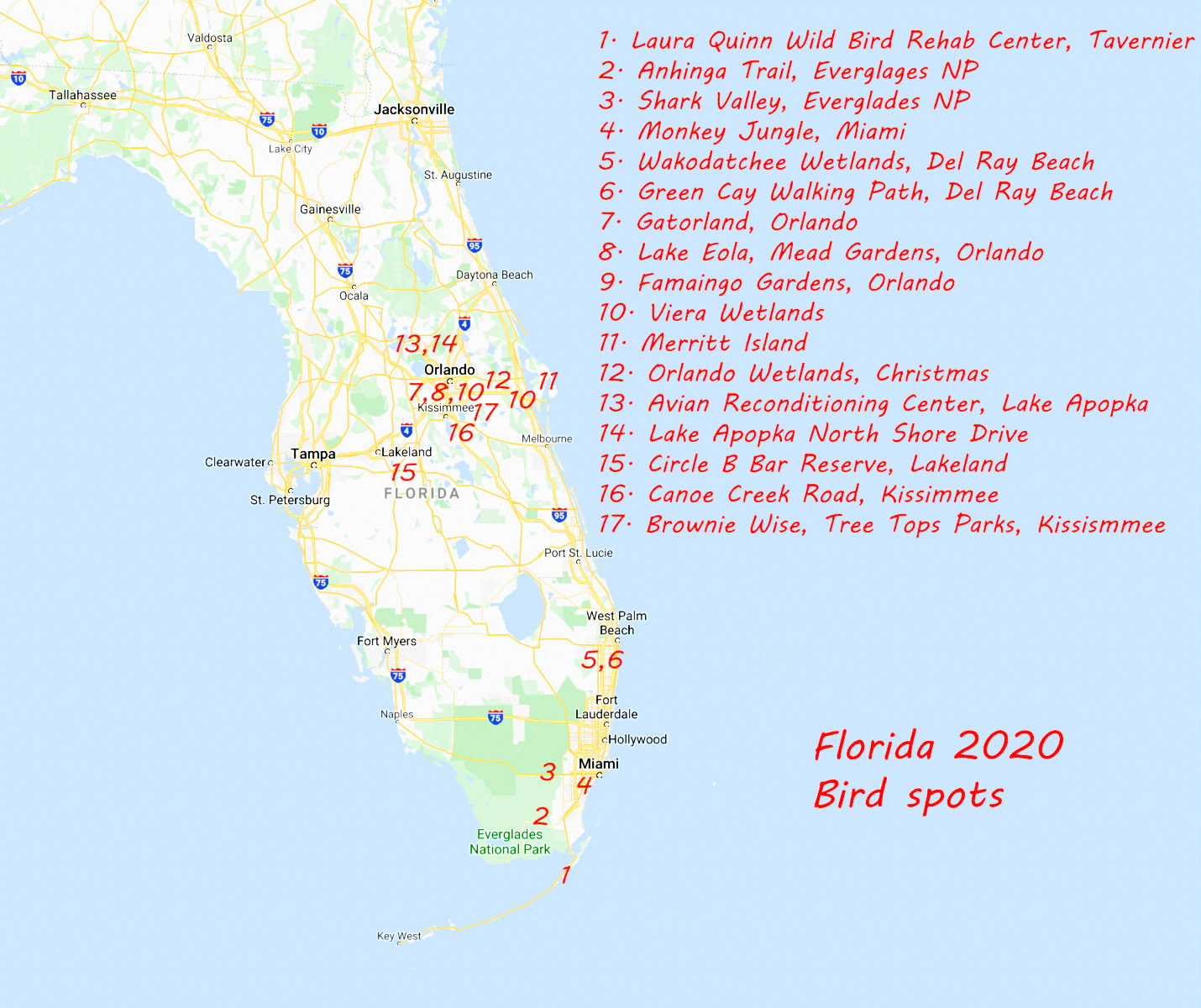
In (modified) alphabetical sequence, here are a number of birds, and other animals etc we saw
Anhingas are very common everywhere. Usually with their wings spread out, drying in the sun. The females are the ones with a more fashionable brown neck and head.
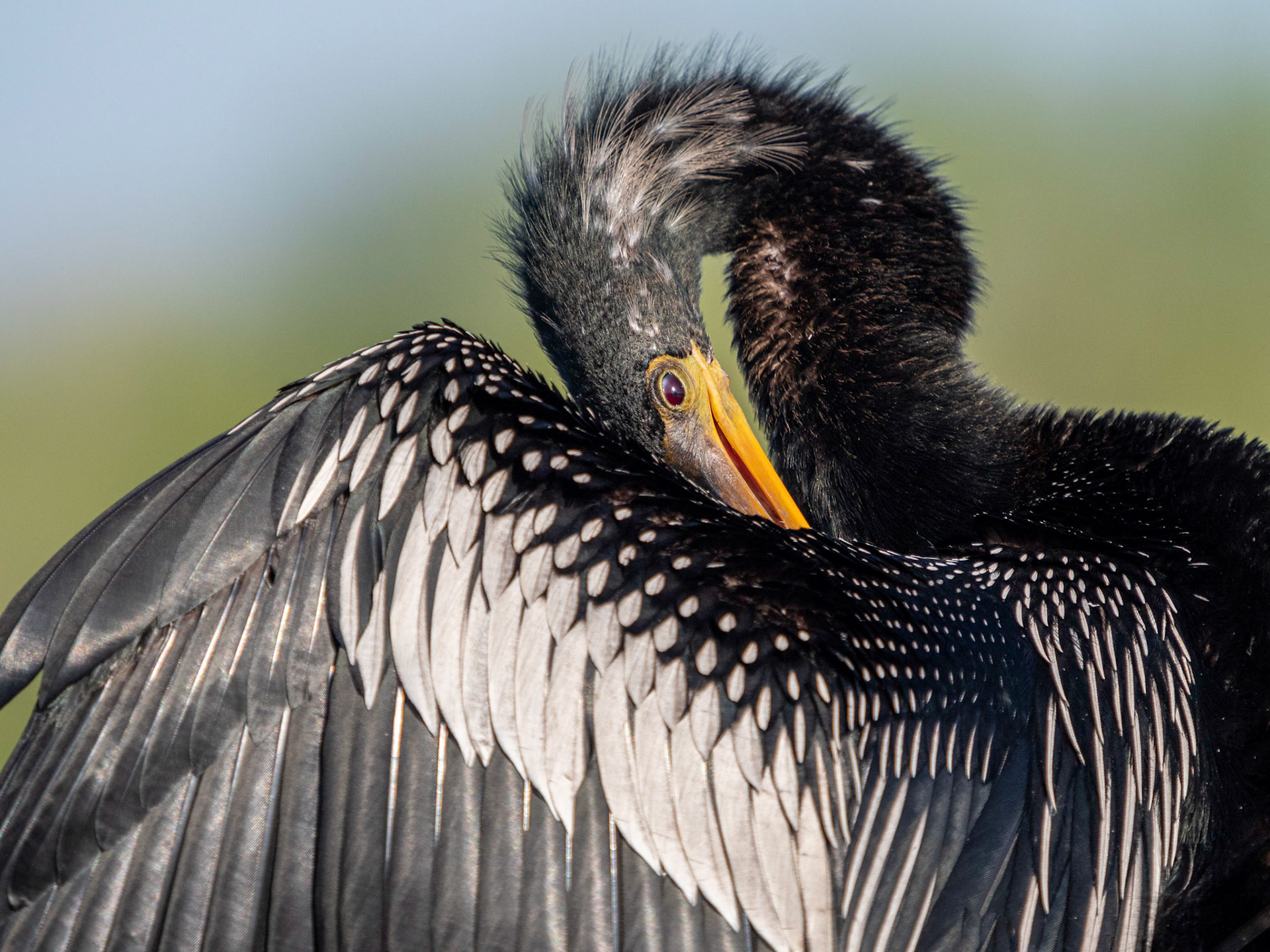
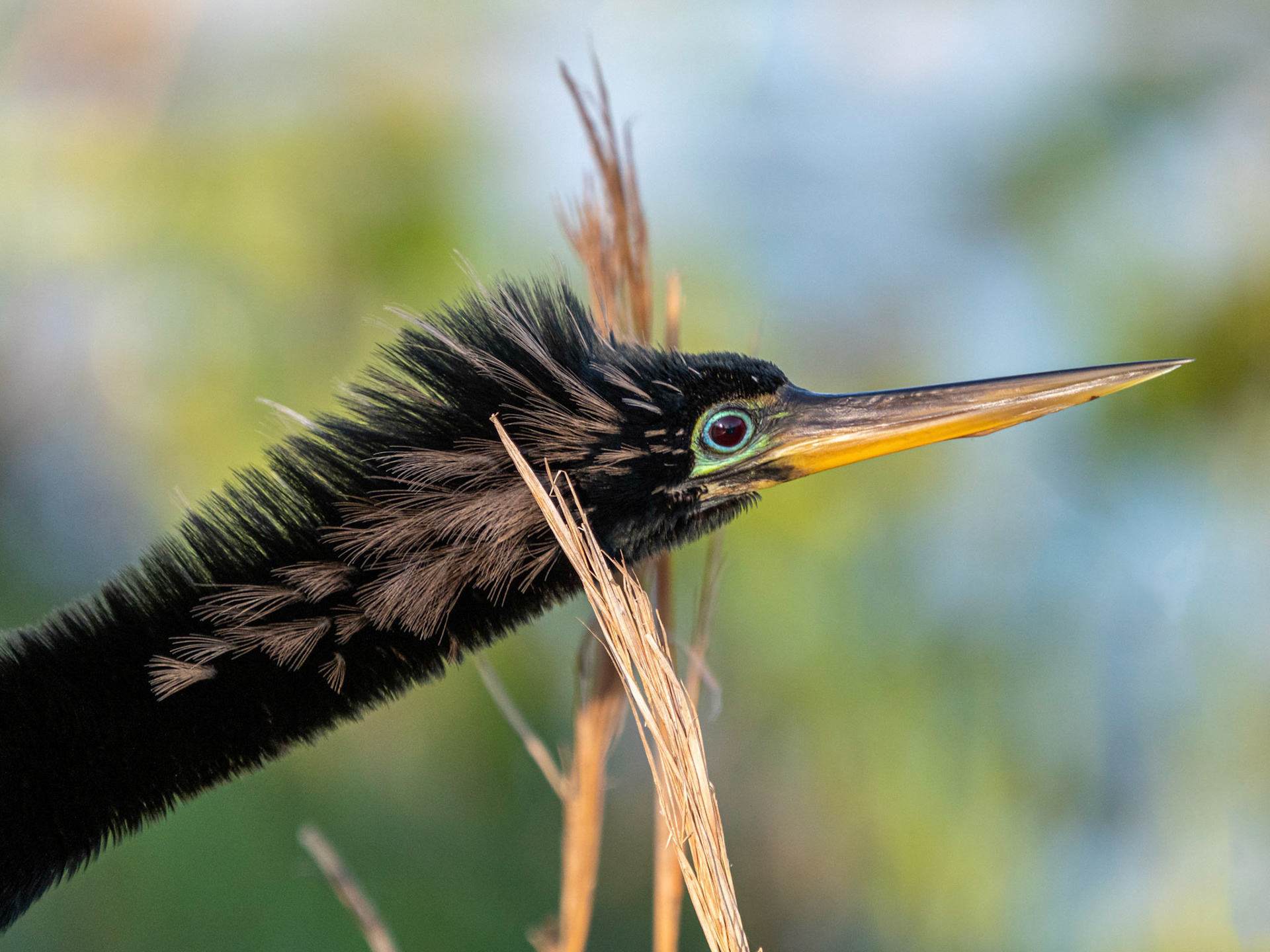
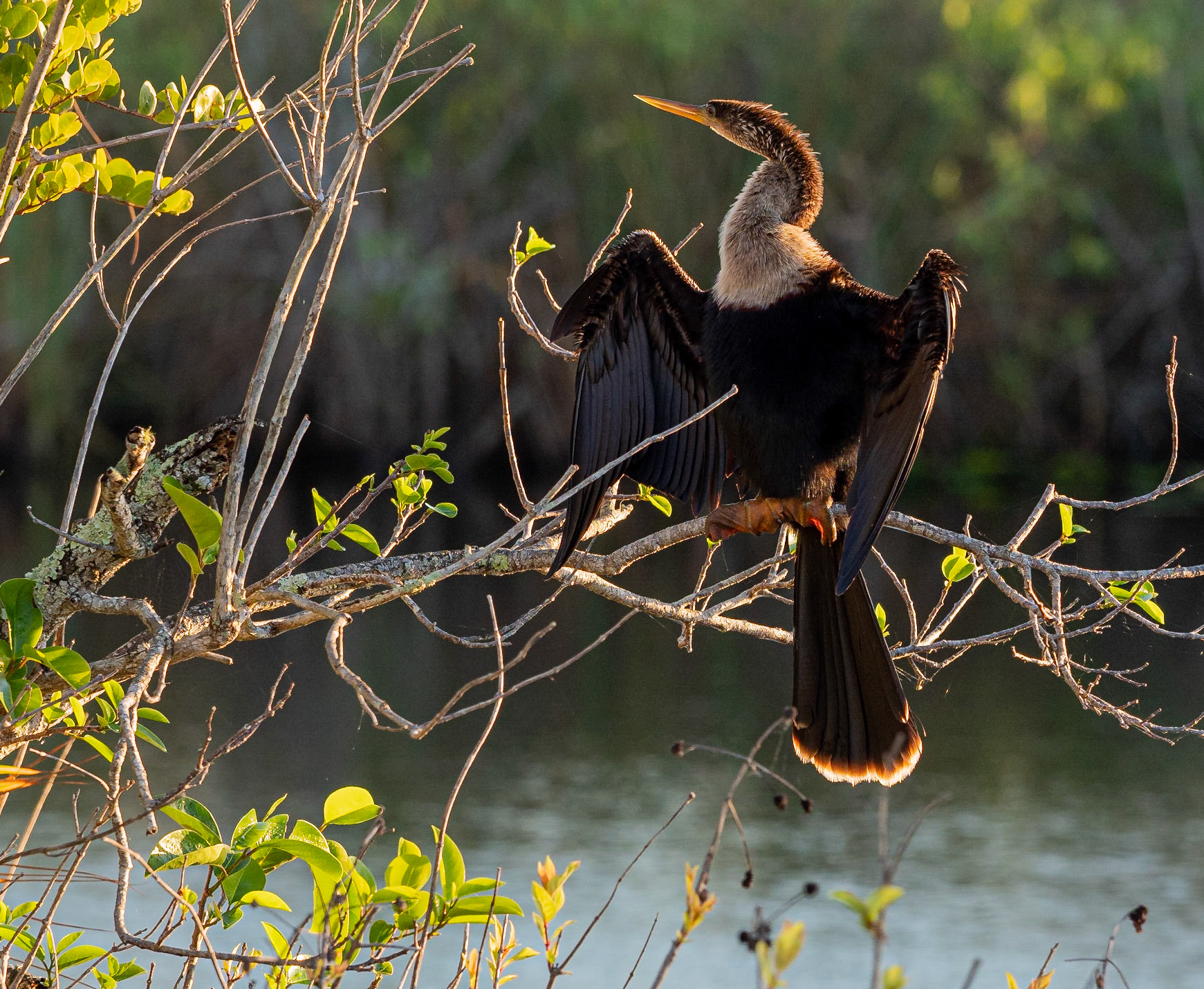
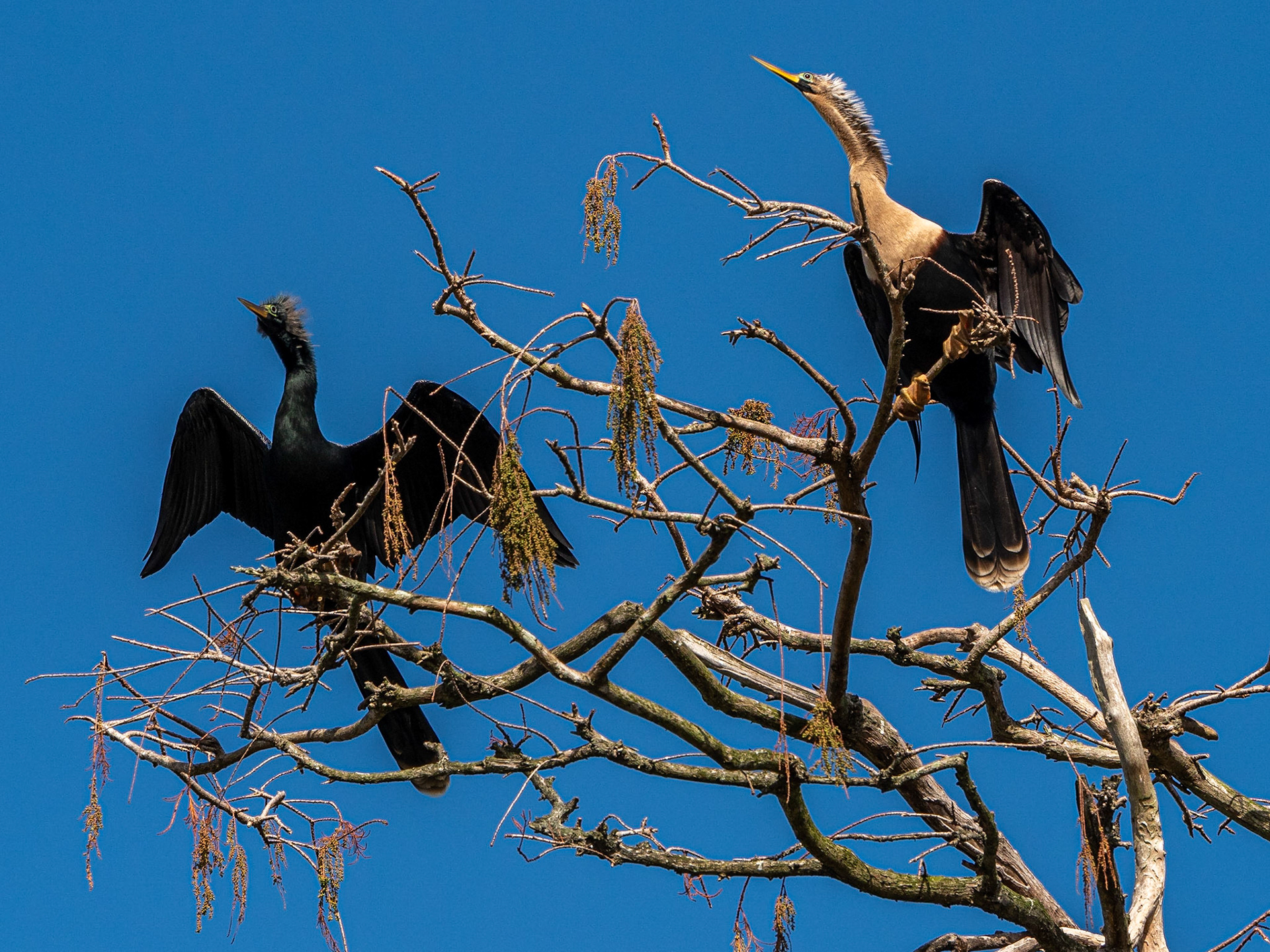
Bald eagles are somewhat few and far between, but if you know where they are....

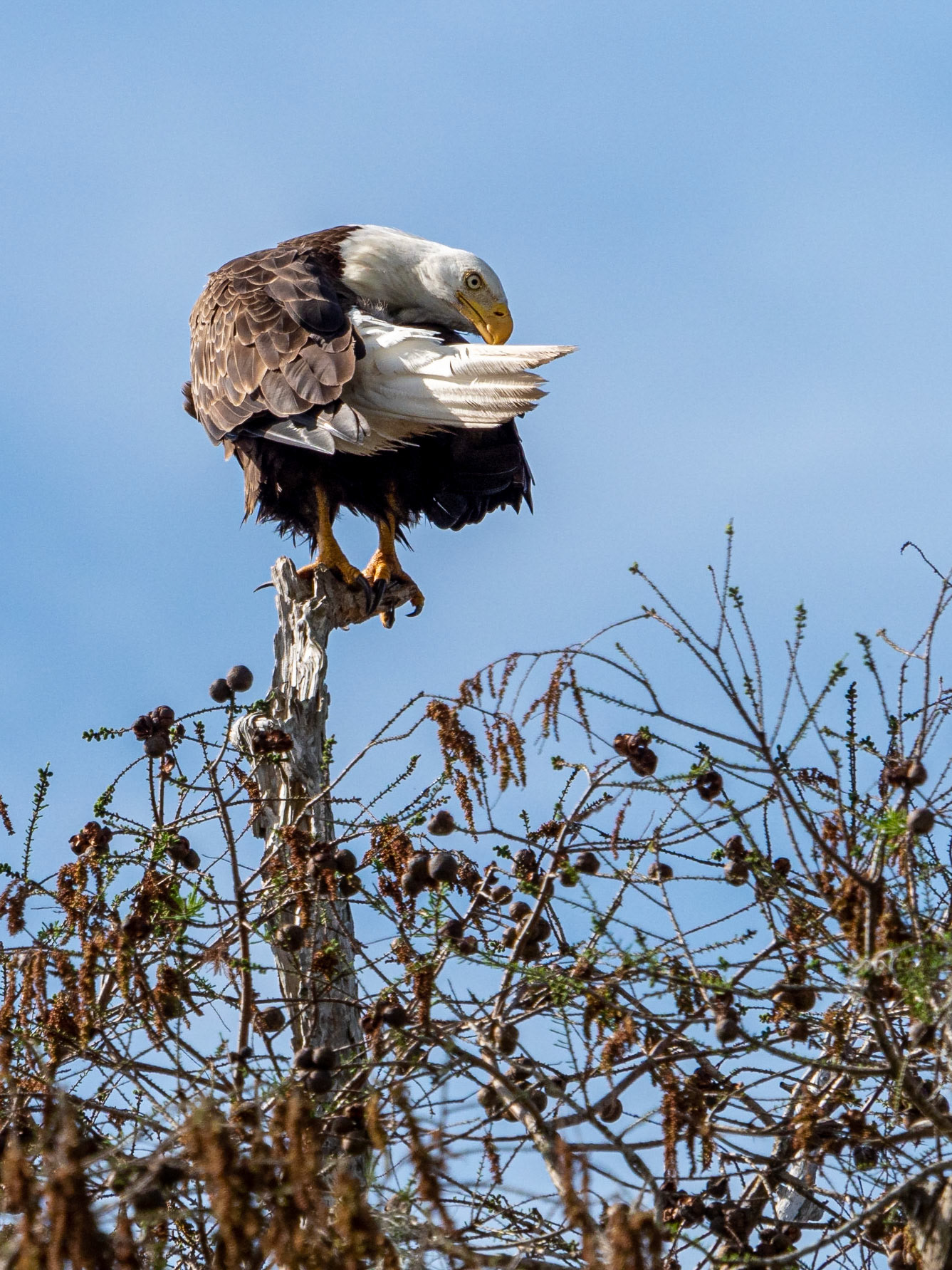
The first day visiting Circle B Bar Reserve we, and others, looked diligently but couldn't spot an owl. Our second visit, arriving a little earlier than the last time was more successful, with at least three barred owls making their appearance. Photography was difficult as there was not much light yet and they were in moss laden trees not particularly close to the trail we had to stay on.
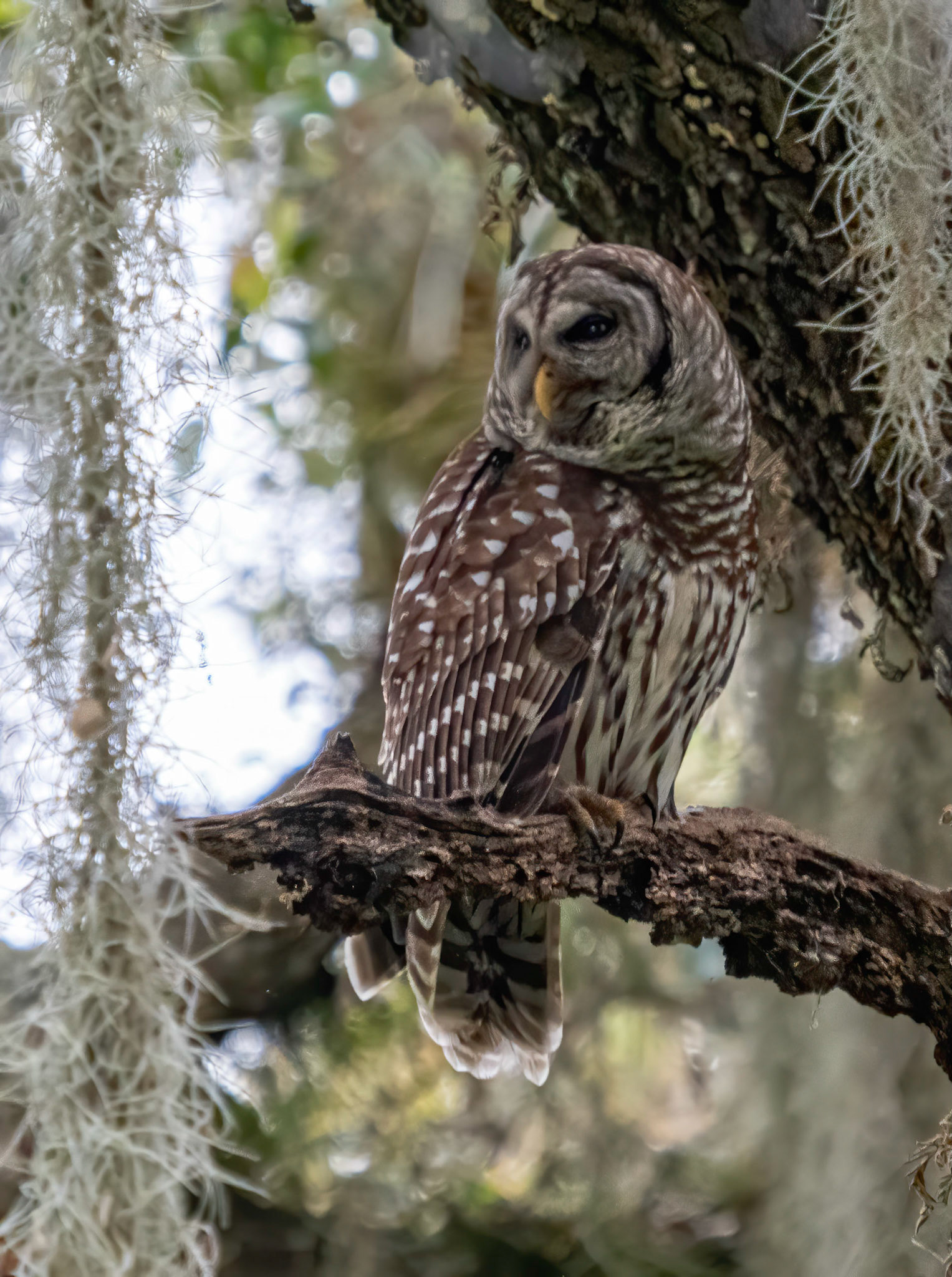
Bitterns normally are well camouflaged in the grasses, but this one, in the wide open, was busy fishing for brunch at Shark Valley
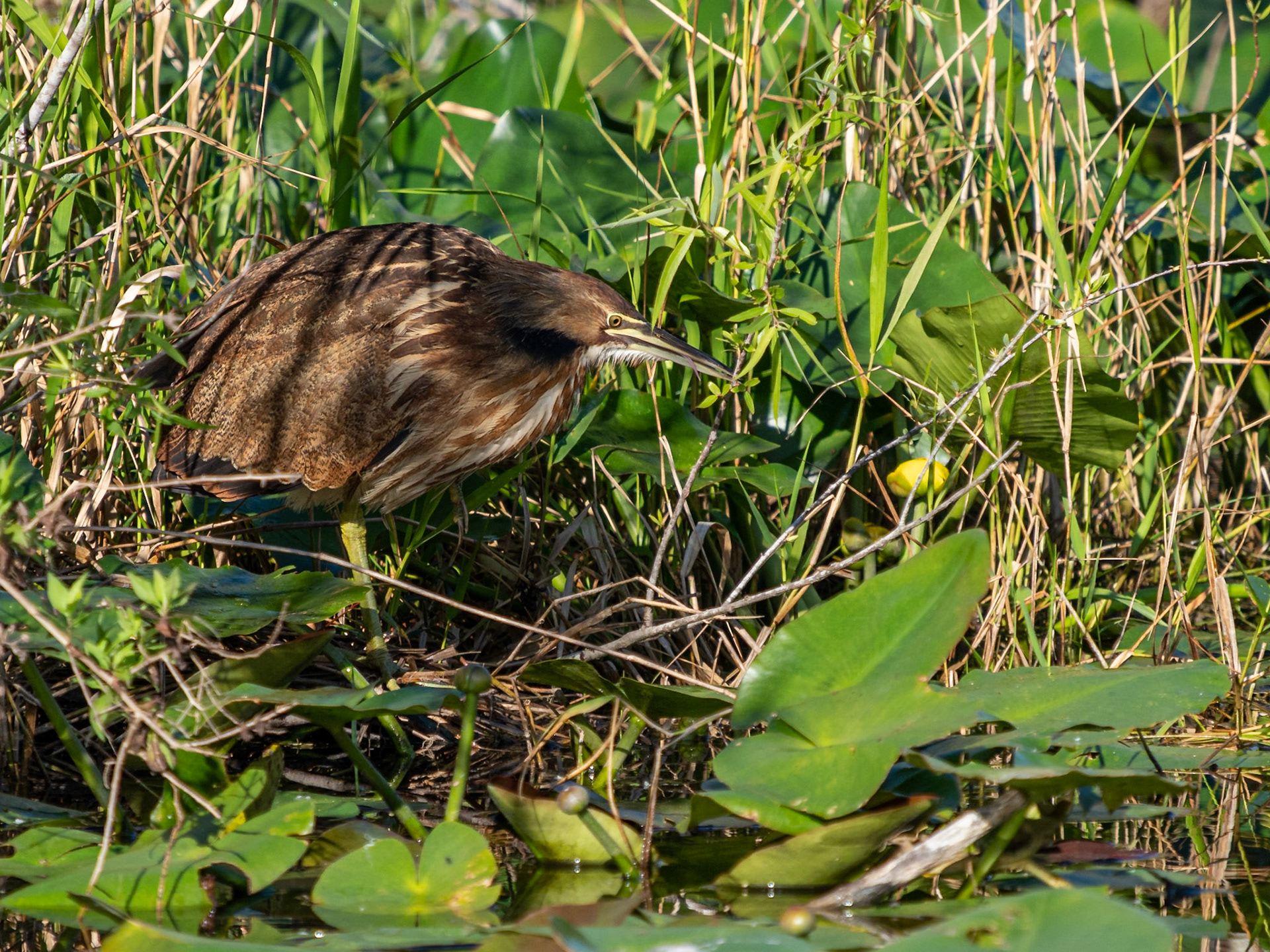
Black-bellied whistling ducks were quite plentiful.
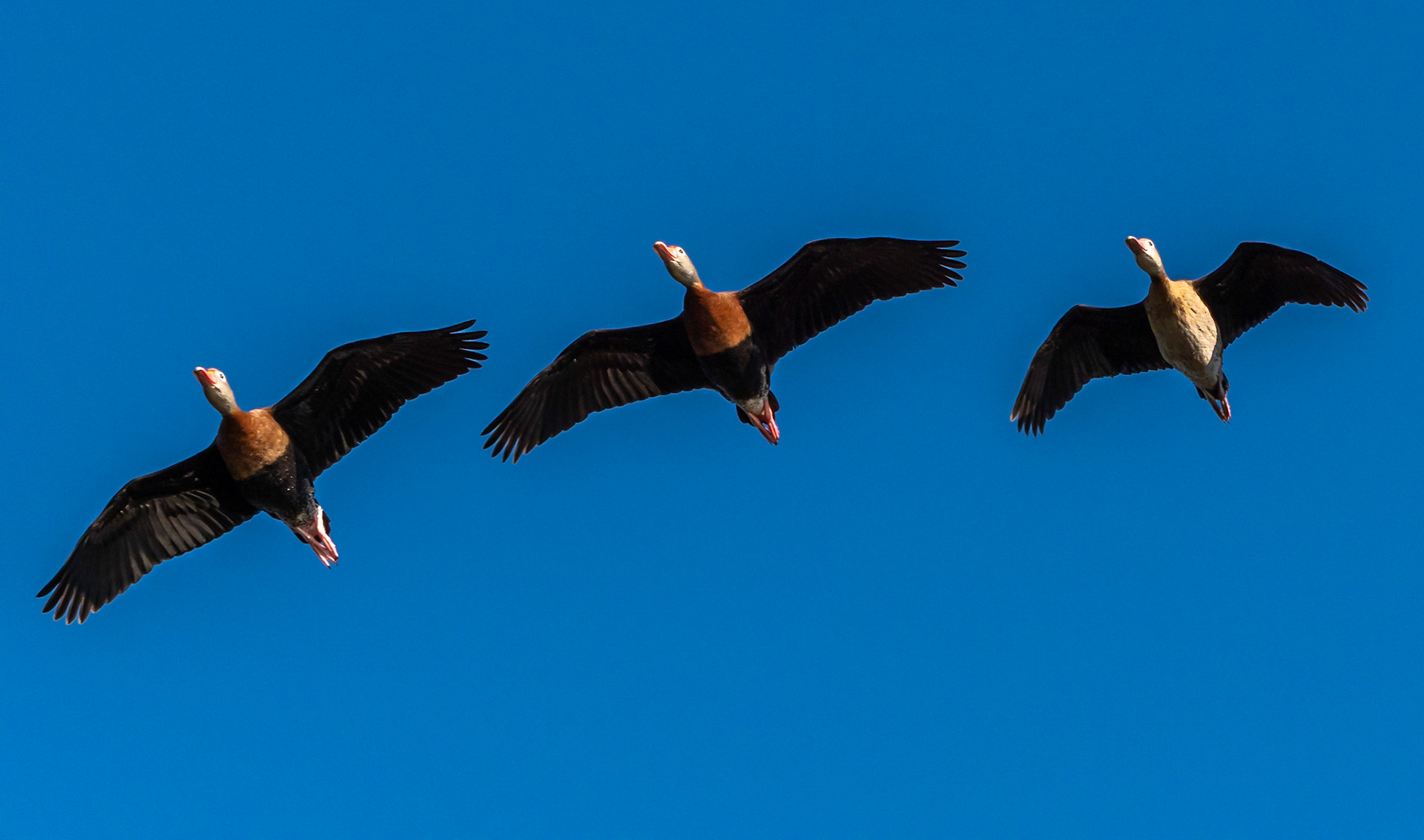
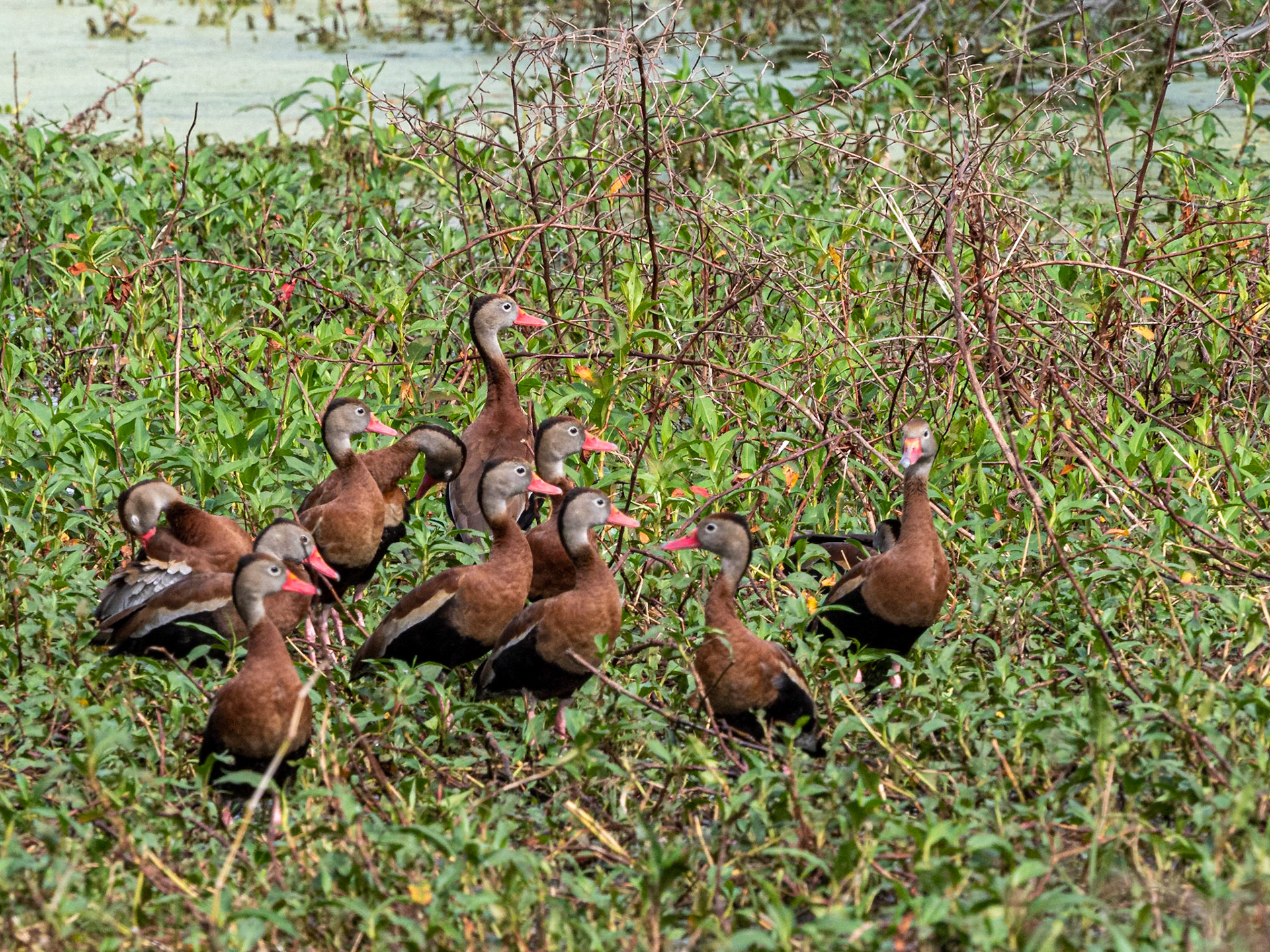
Yellow-crowned night herons hiding in the branches at Shark Valley
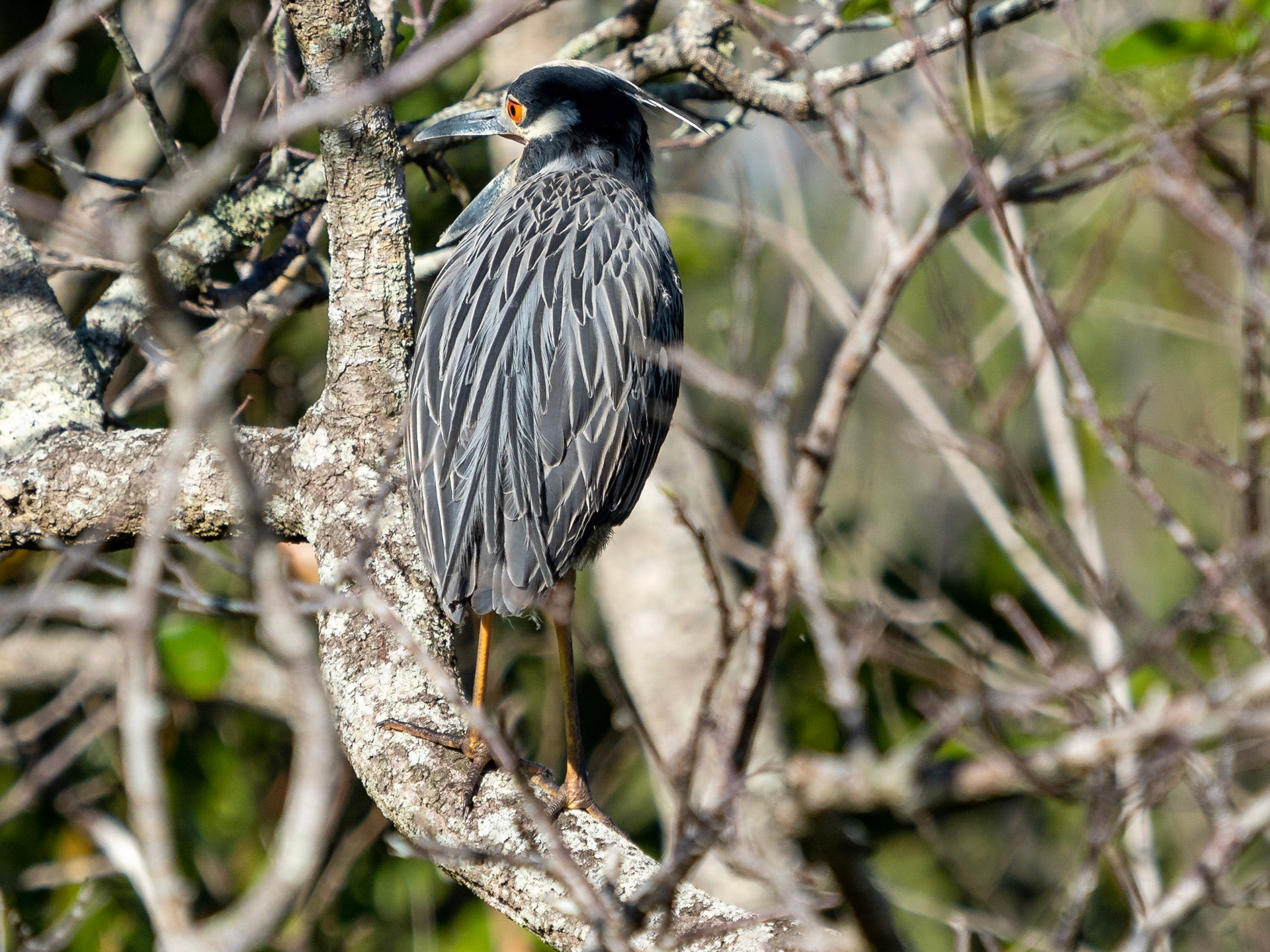
These black-crowned night herons were in an aviary at Flamingo Gardens. The bottom one is a juvenile.
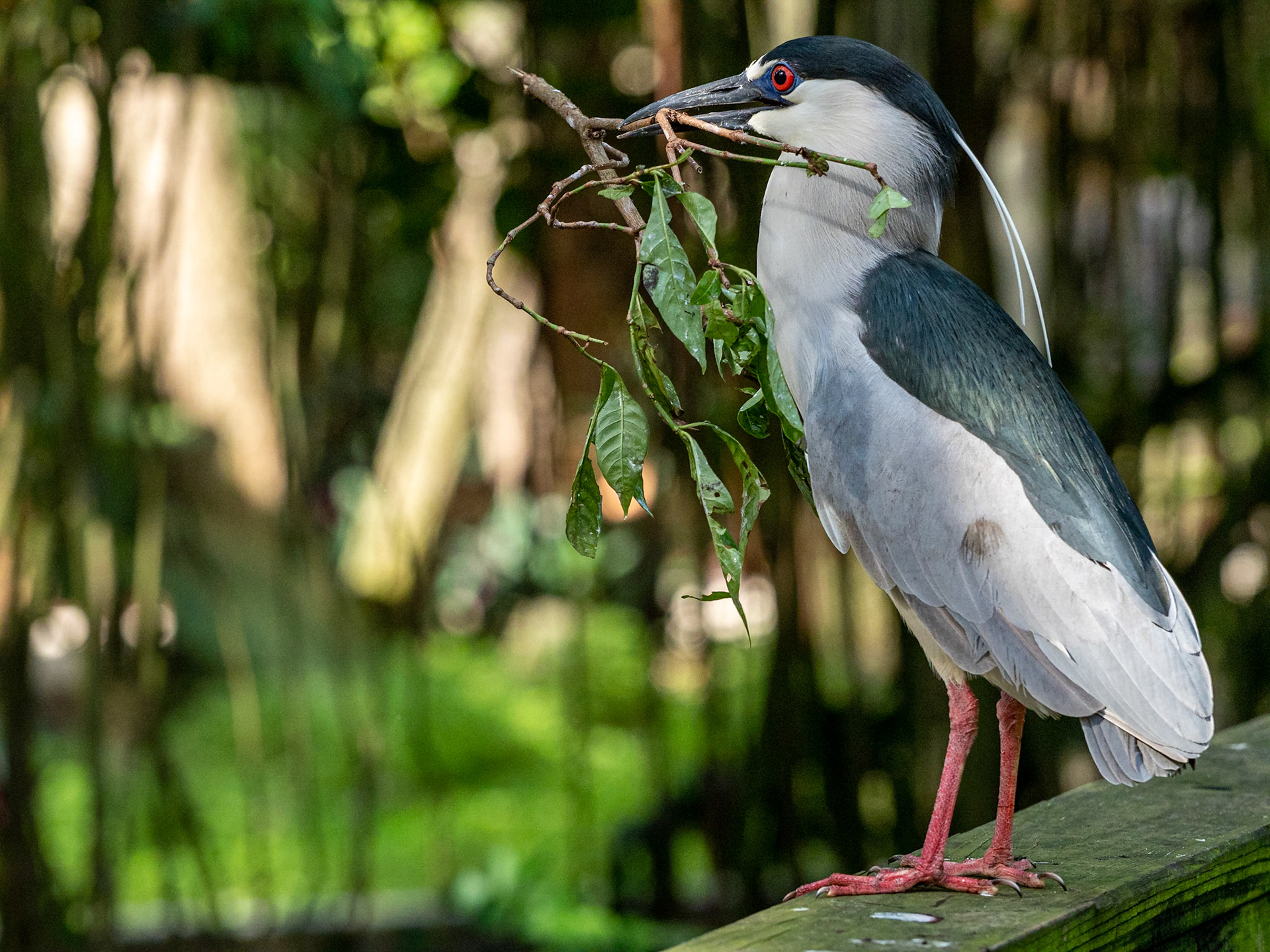
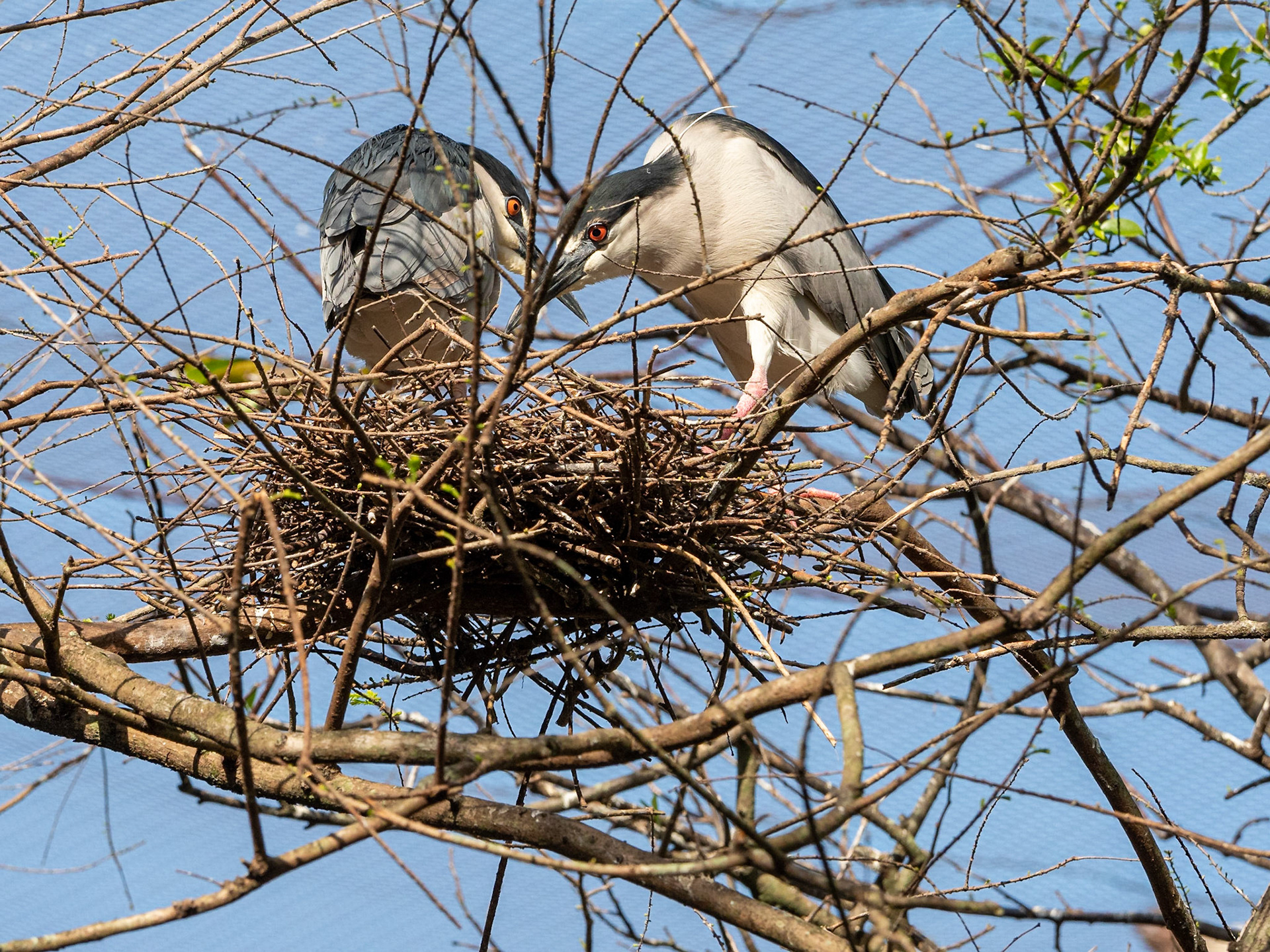
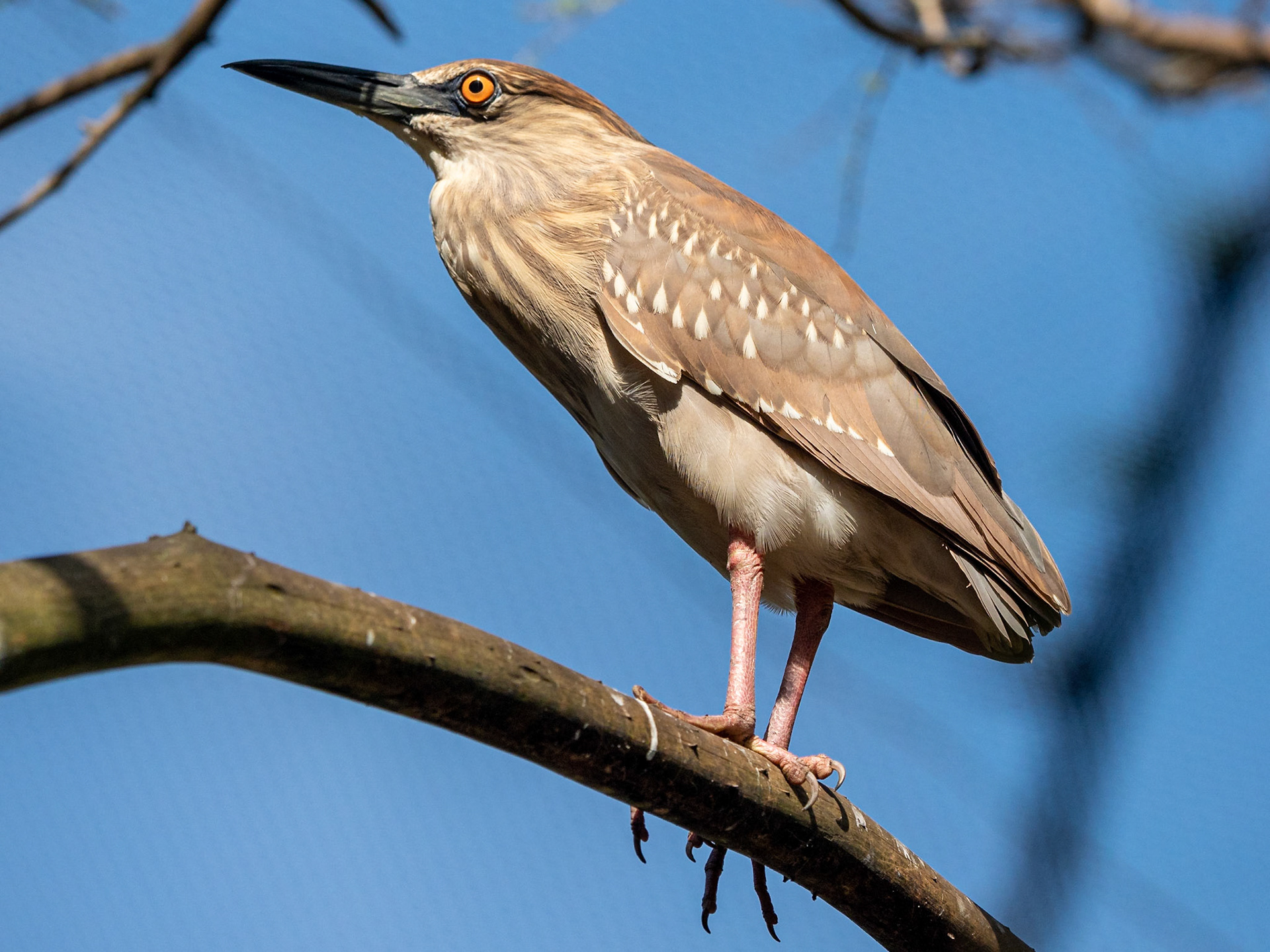
Have a black vulture or two....
Arriving at the Anhinga Trail, in Everglades National Park, there was a large flock waiting to greet and attack visitors' cars. The Park provides tarps to cover your car.
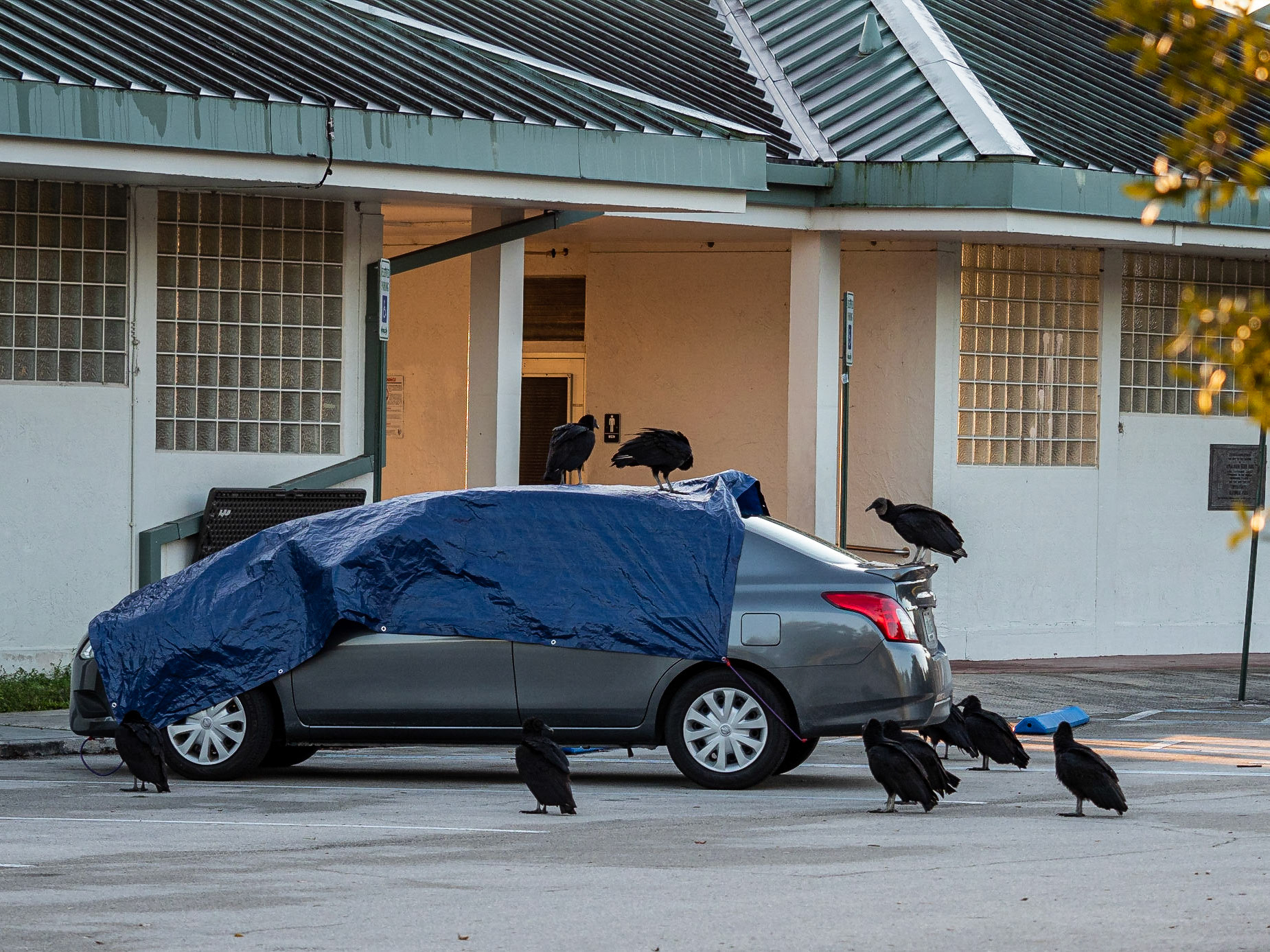
This one was waiting in the tree next to where we parked our car.
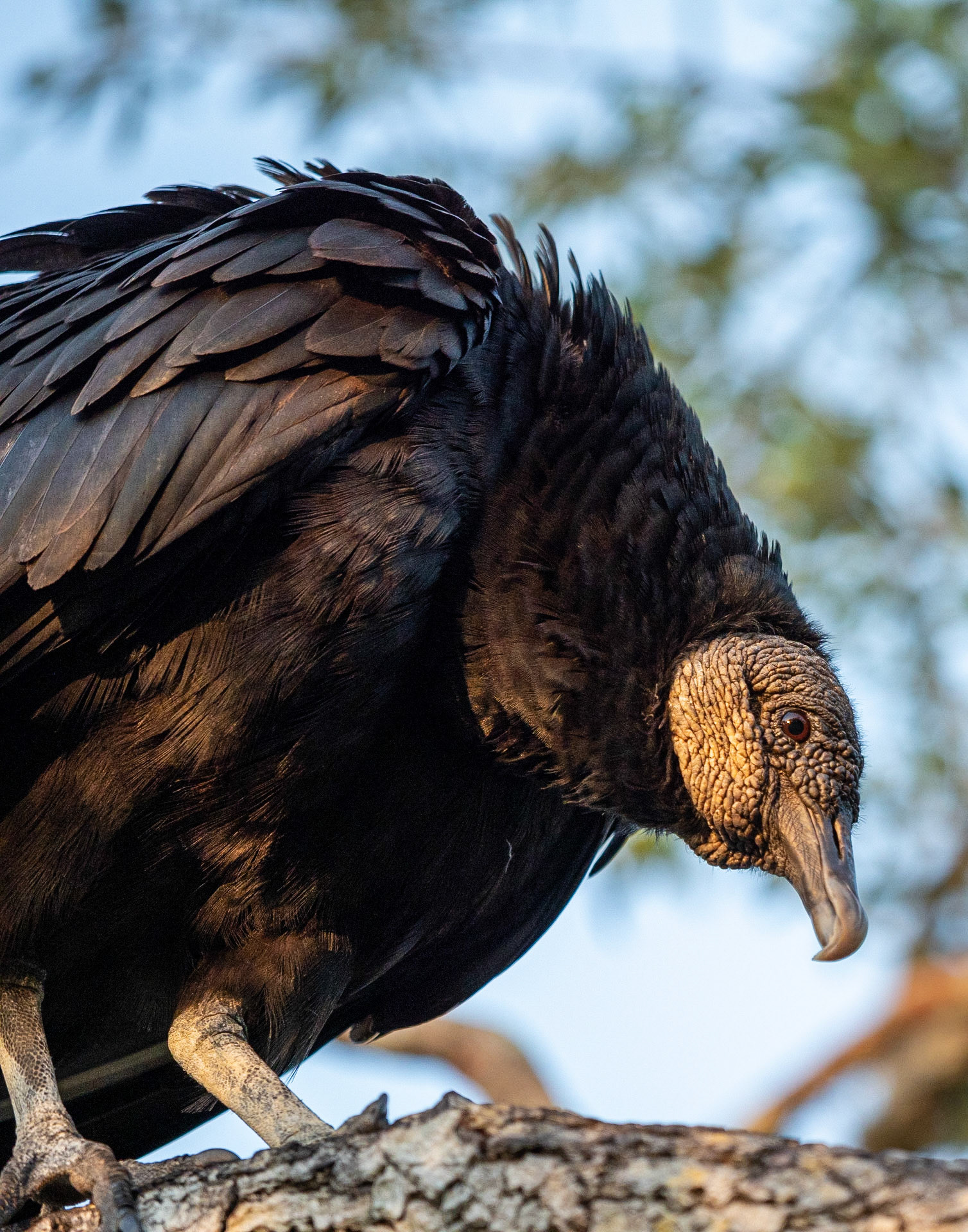
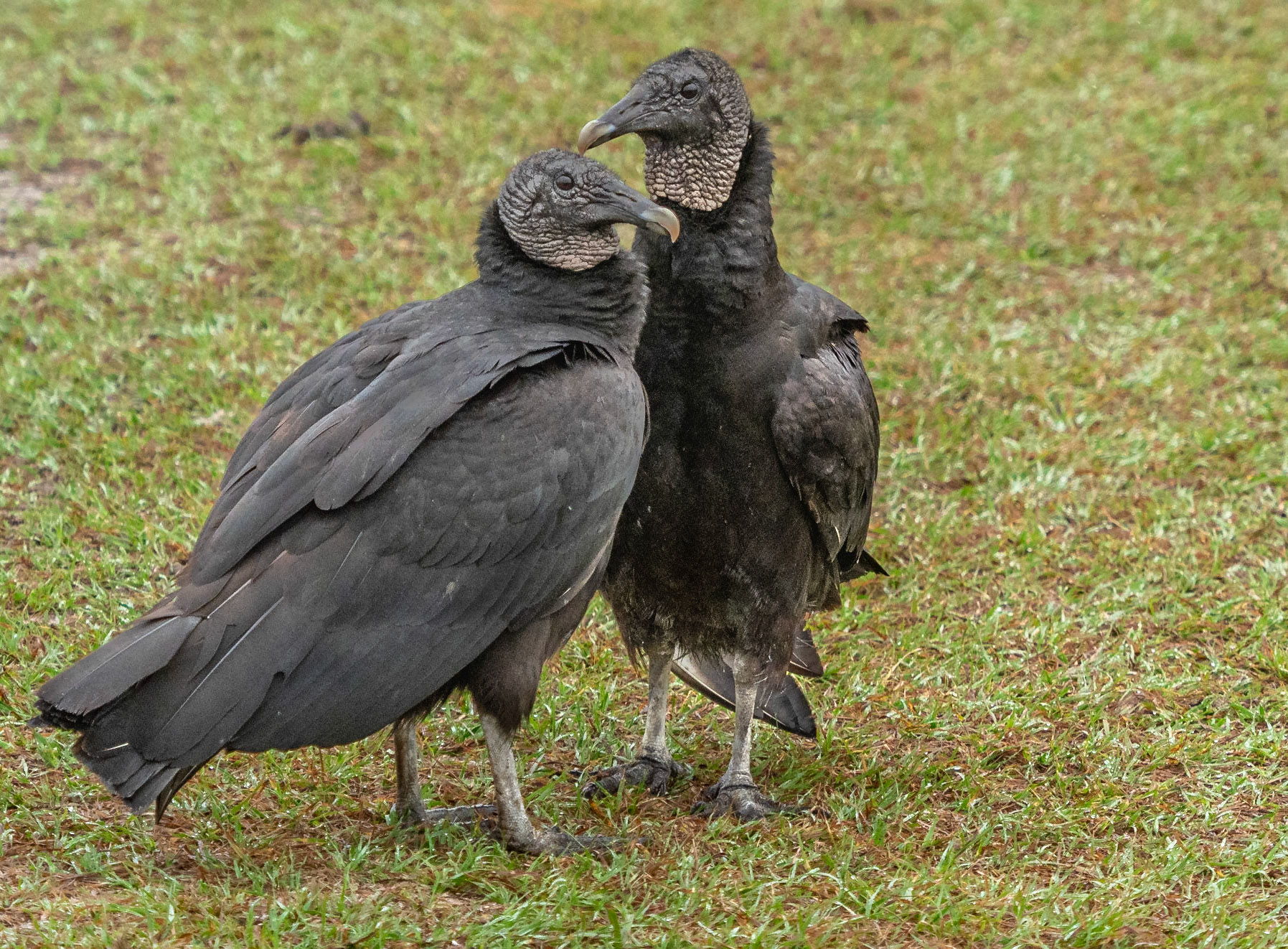
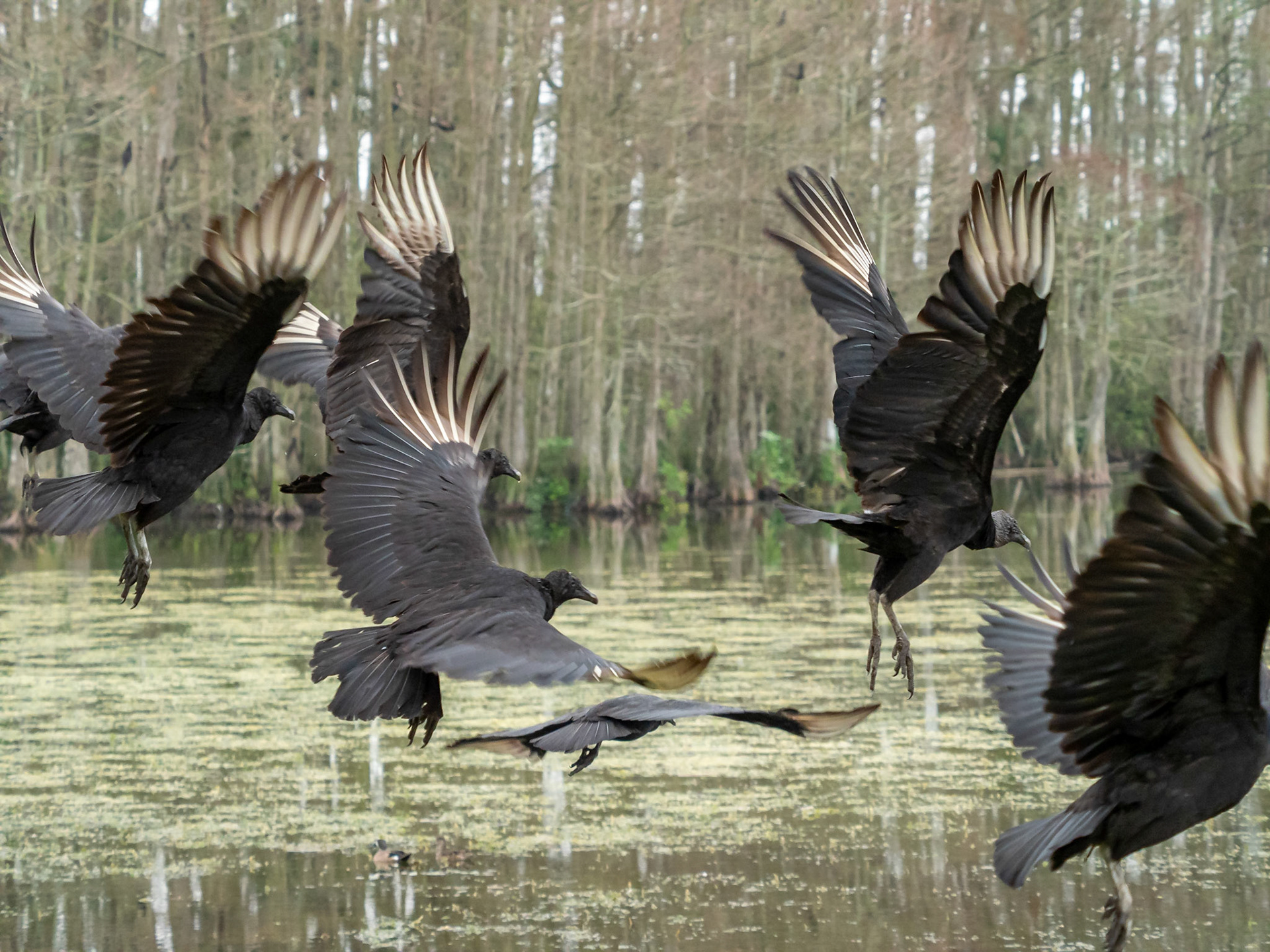
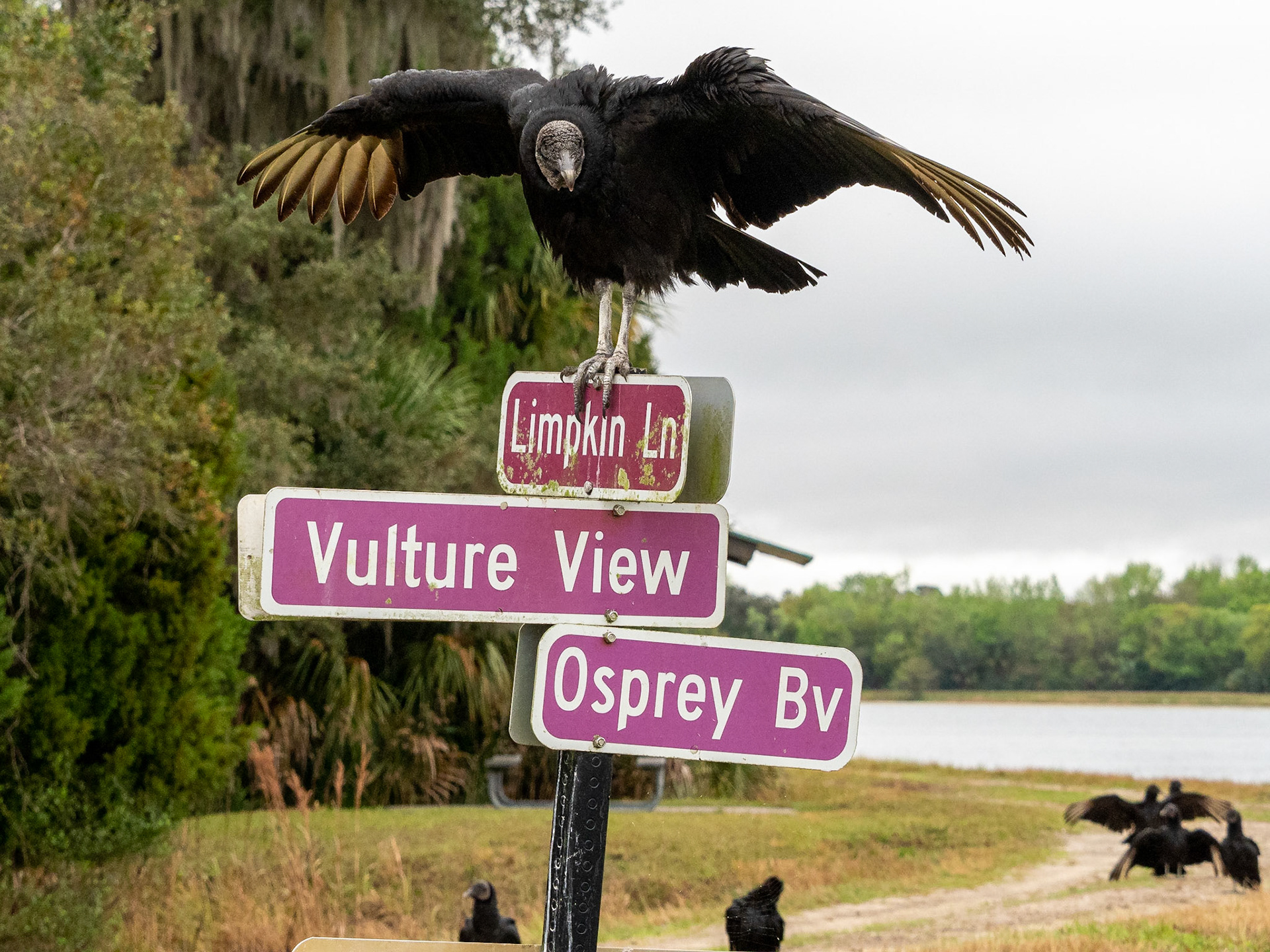
Virtually every palm tree trunk seemed to have a resident vulture.
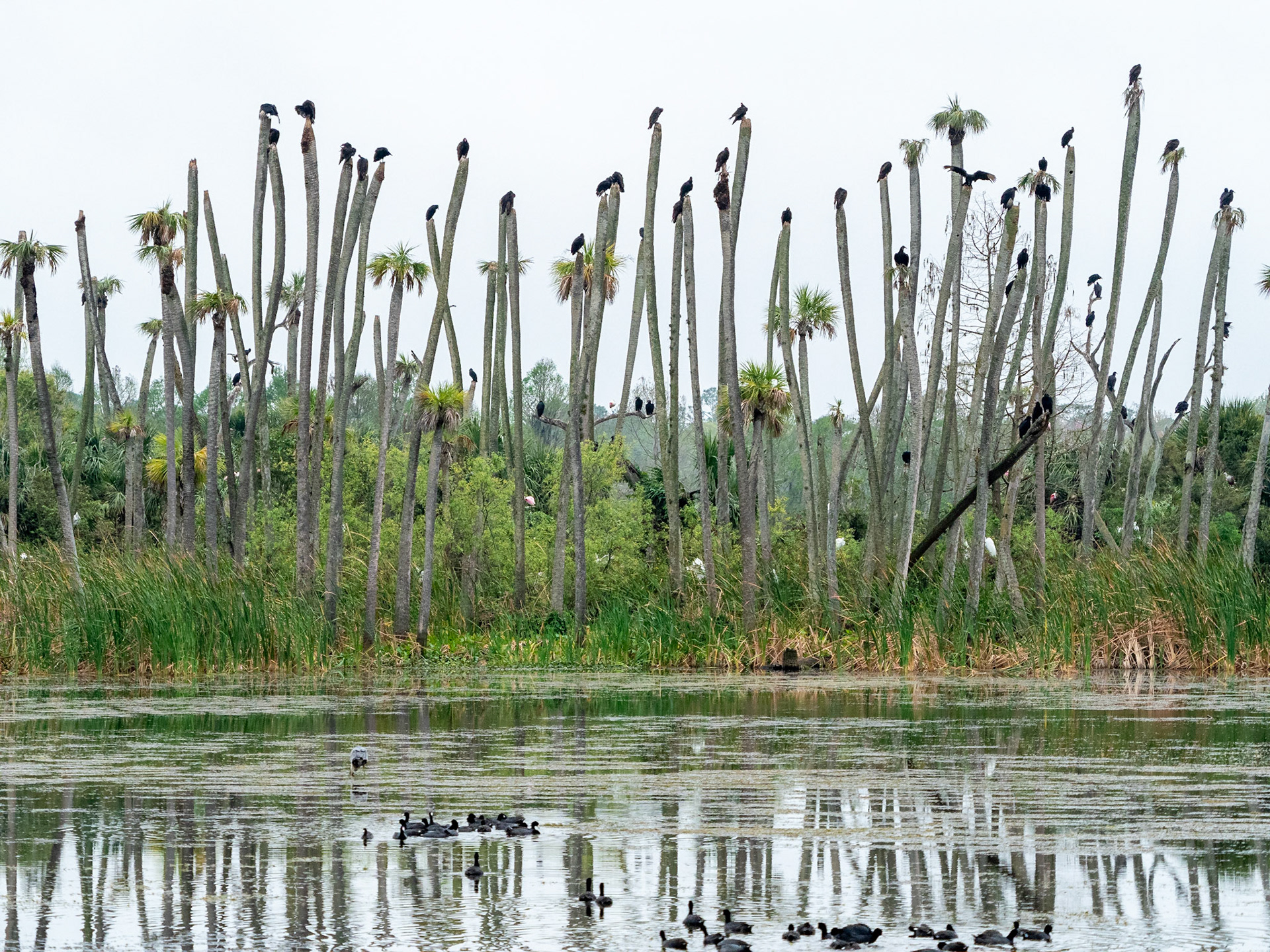
Blue-gray gnatcatchers were hard to catch in the lens with their constant flitting about.
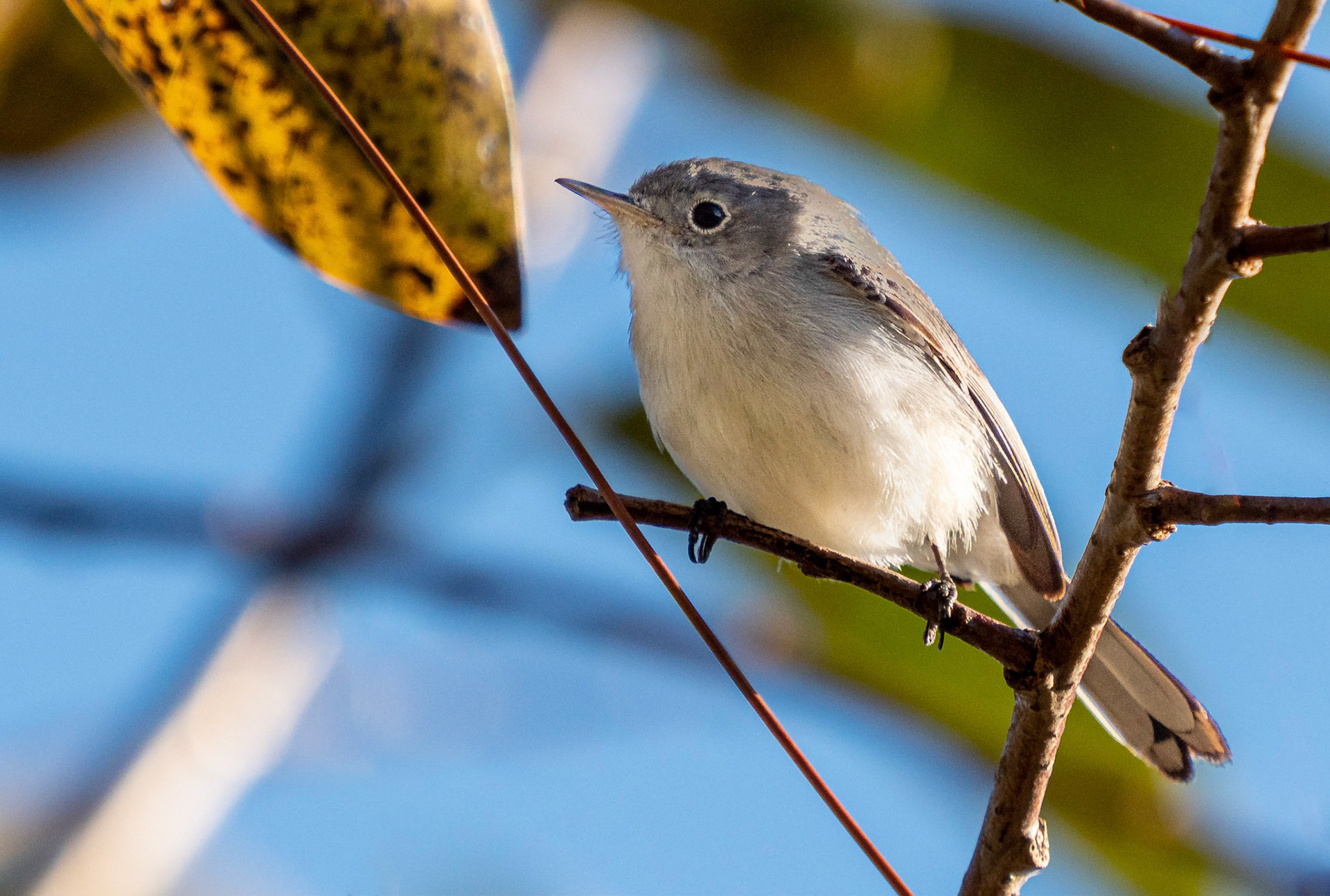
Blue-winged Teals
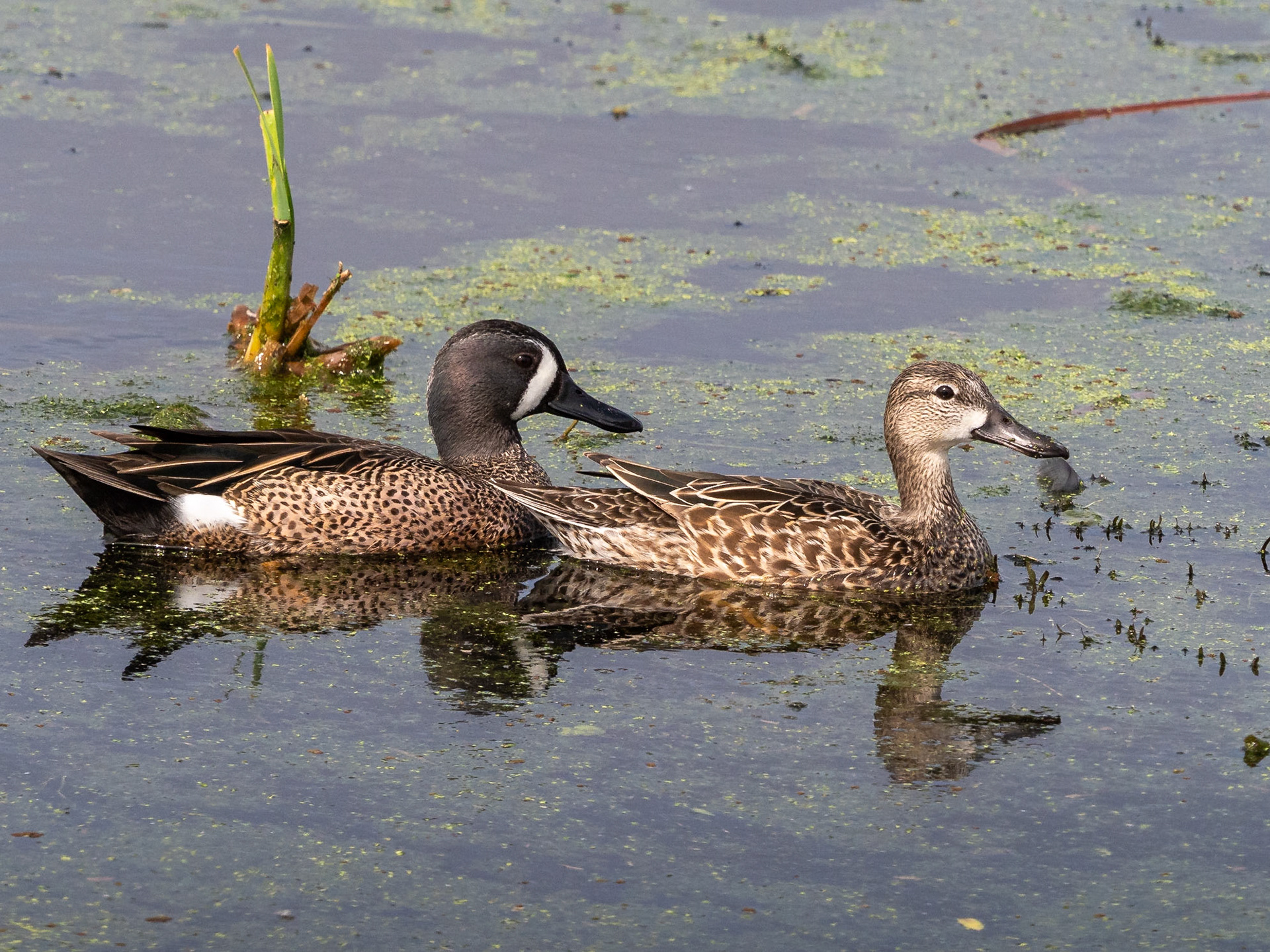
Boat-tailed grackles were far more common in shopping mall parking lots, but there were still lots in the more wild areas. Female on the left.

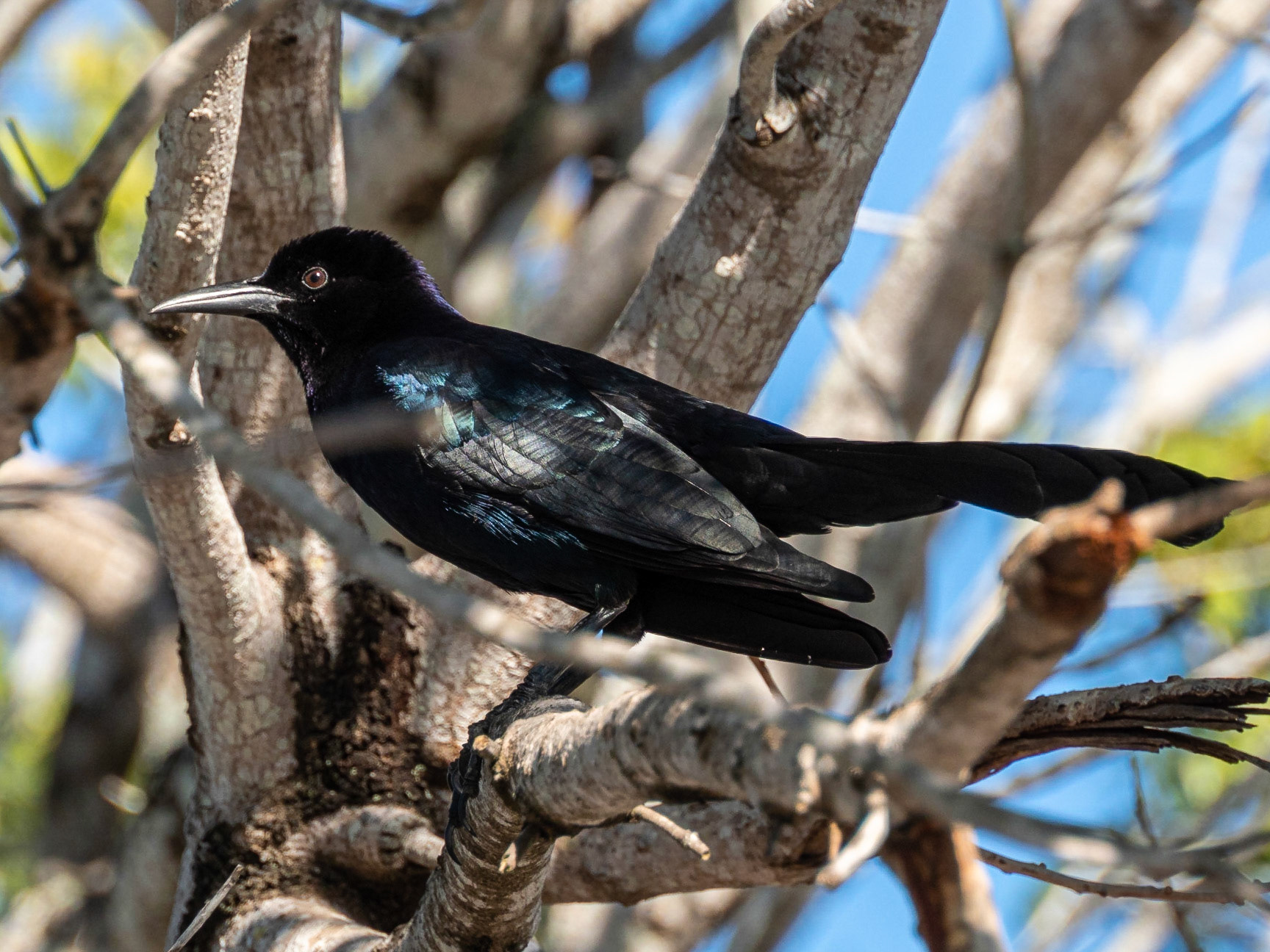
A 15 year old brochure mentioned where to find the "caracara tree", not sure if we found "THE" tree but we did find a caracara in a tree.

Some northern cardinals were acting as snowbirds and living in southern Florida
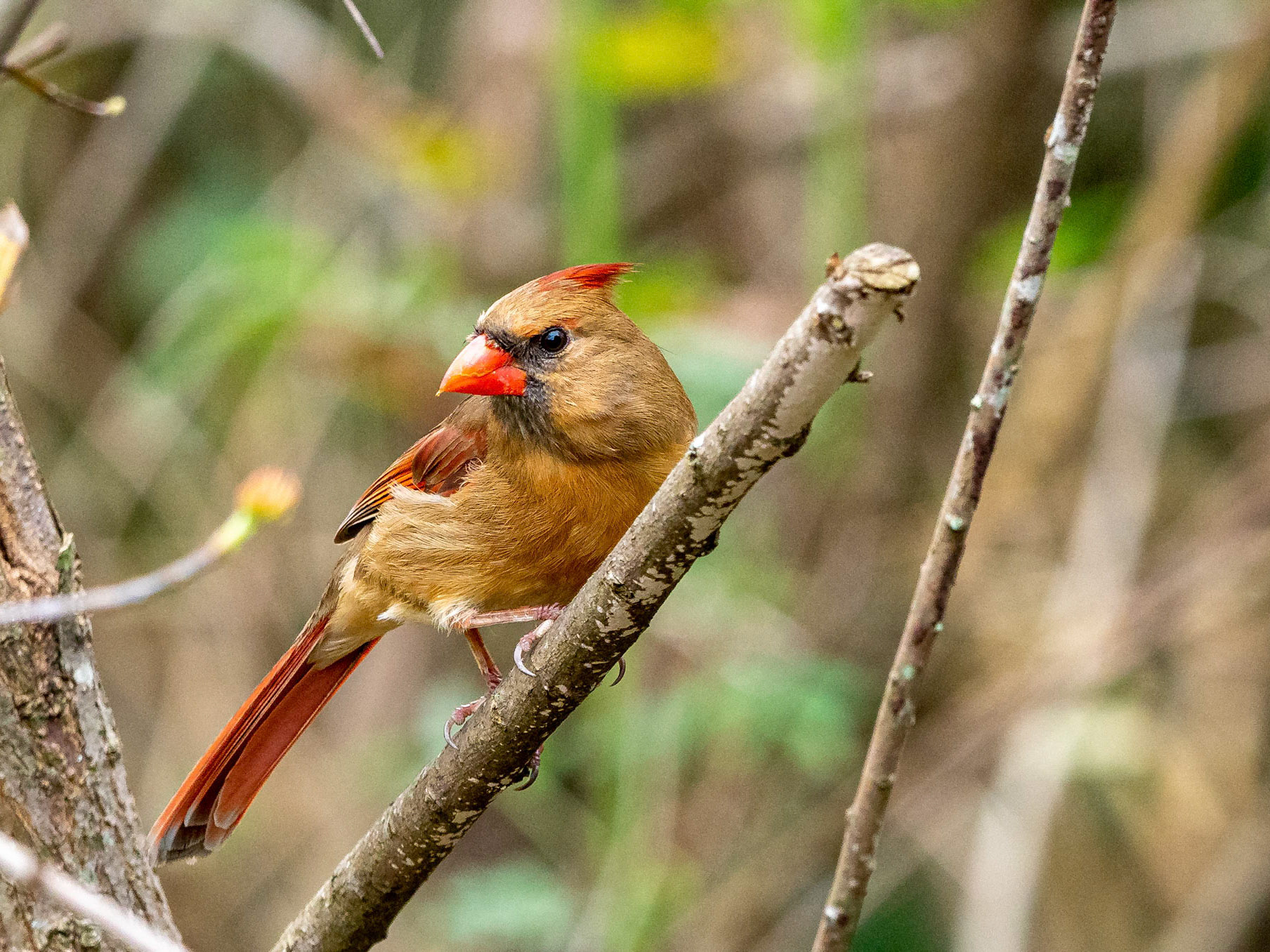

Carolina wrens are another small bird difficult to find sitting still long enough to grab a shot
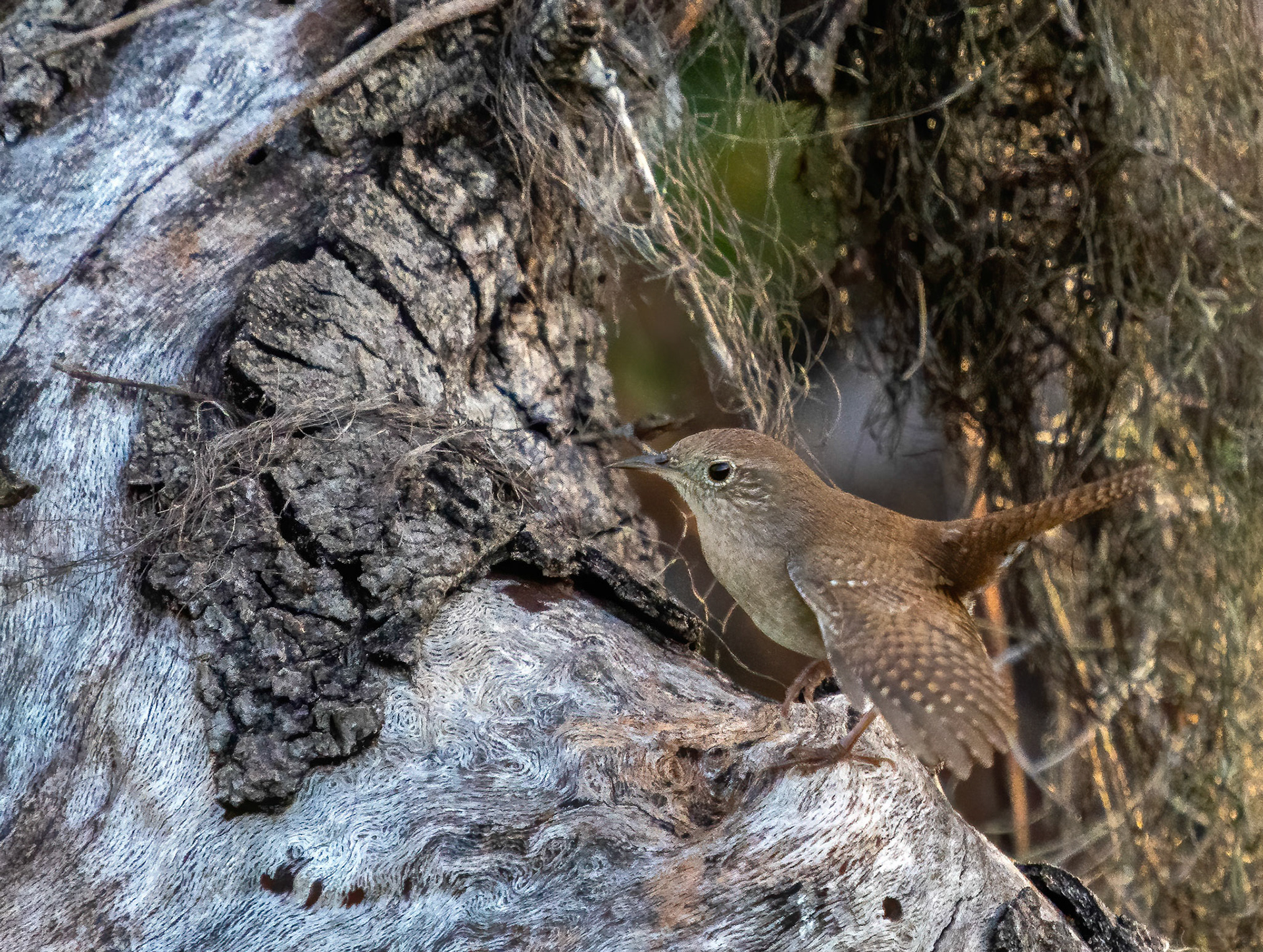
Catbird
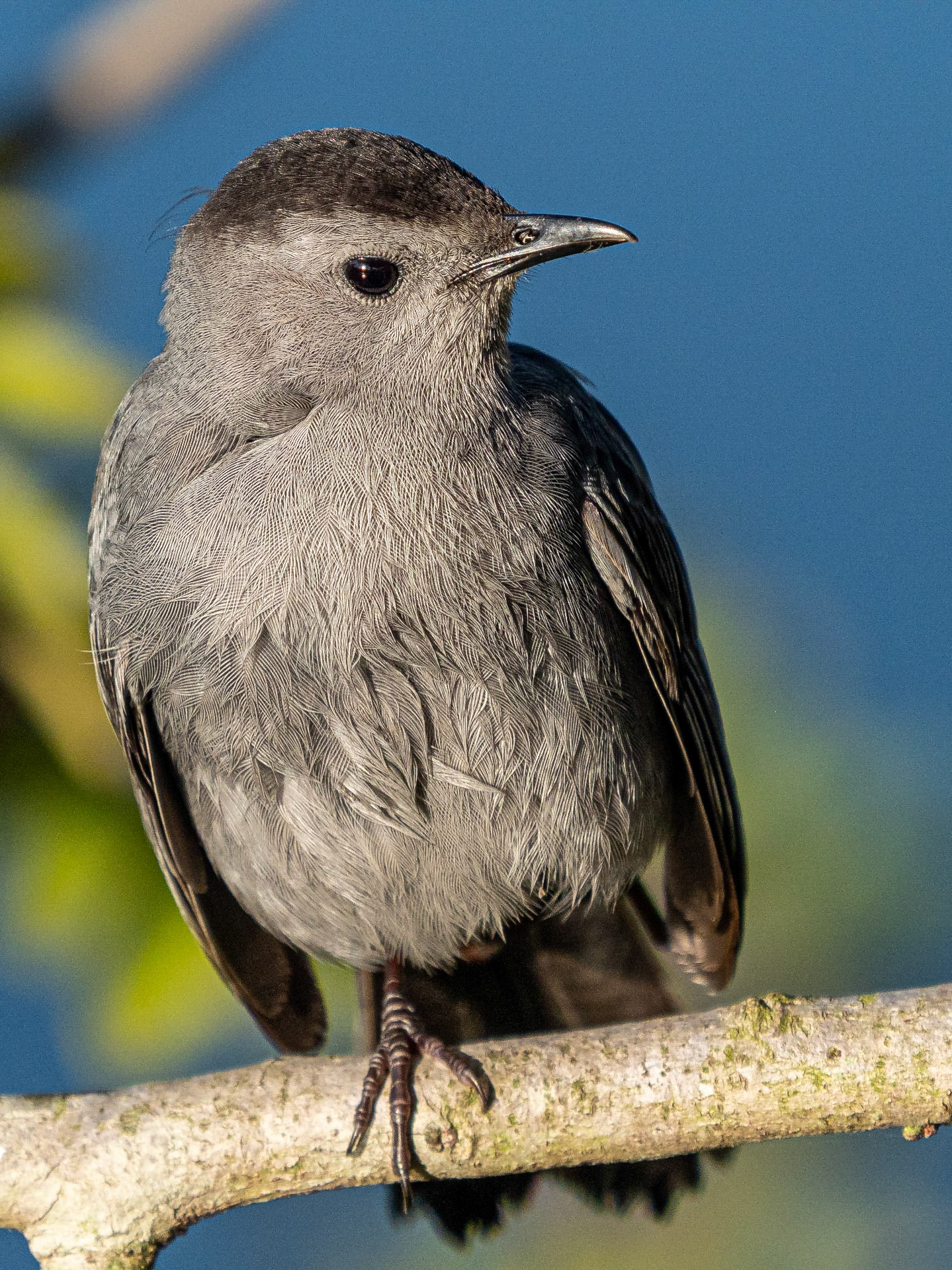
Cattle egrets were quite scarce this visit. This one was just starting to show breeding colours on its head.
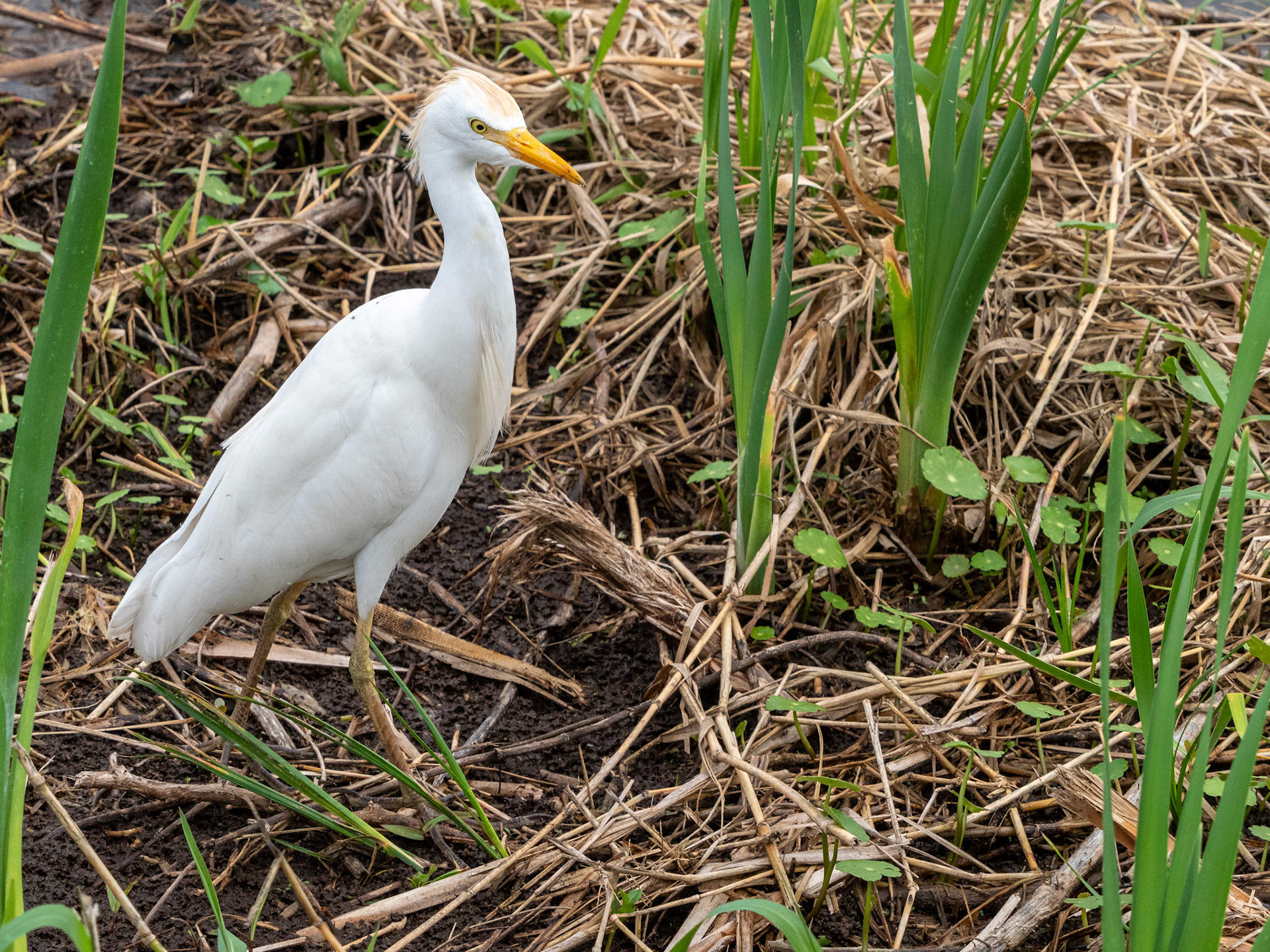
Gallinules came in two varieties: purple gallinules with their vivid colours and the less colourful common gallinule, that used to be called "swamp hens". Both have very large feet for walking across the reeds and lily pads
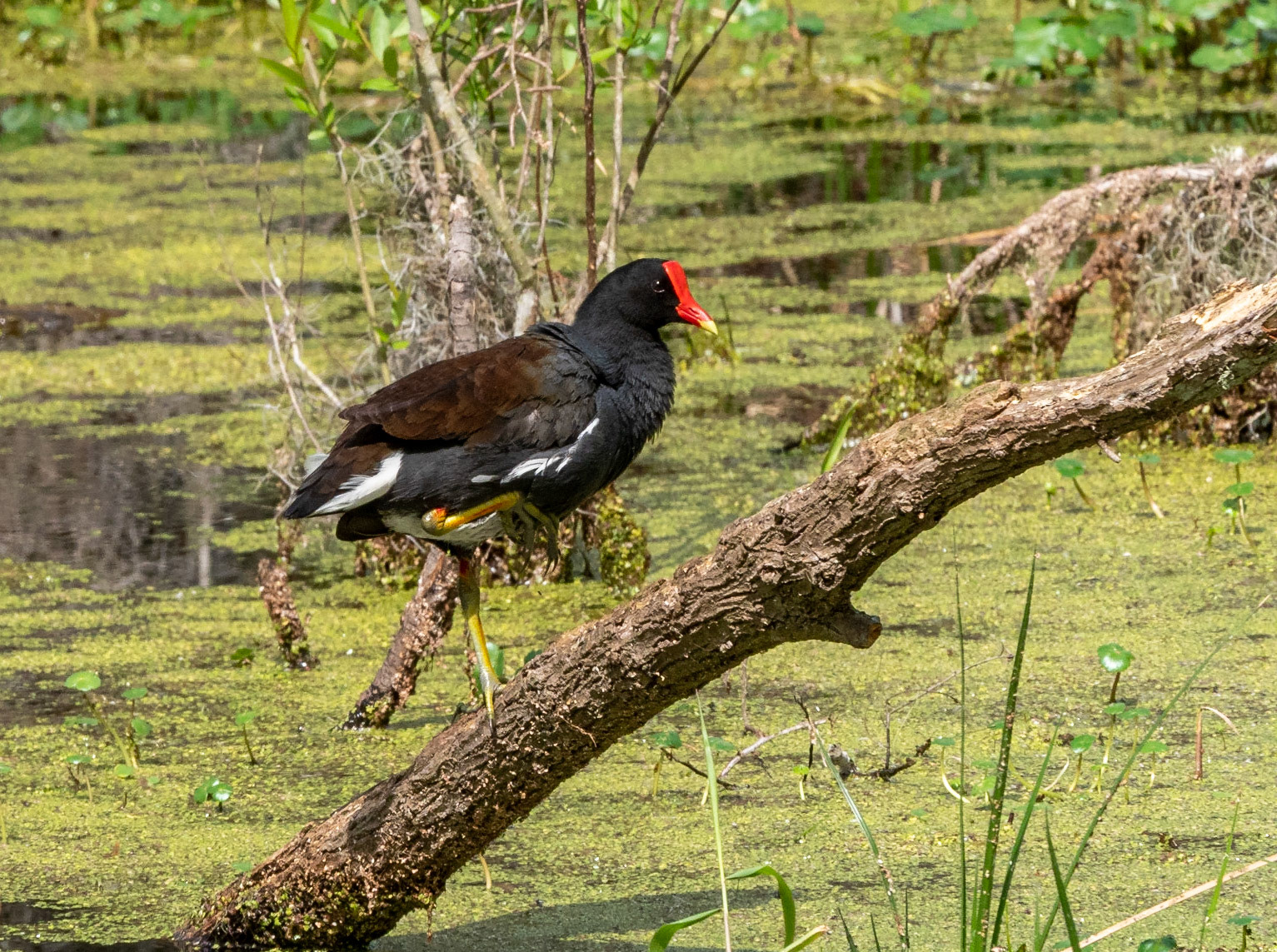

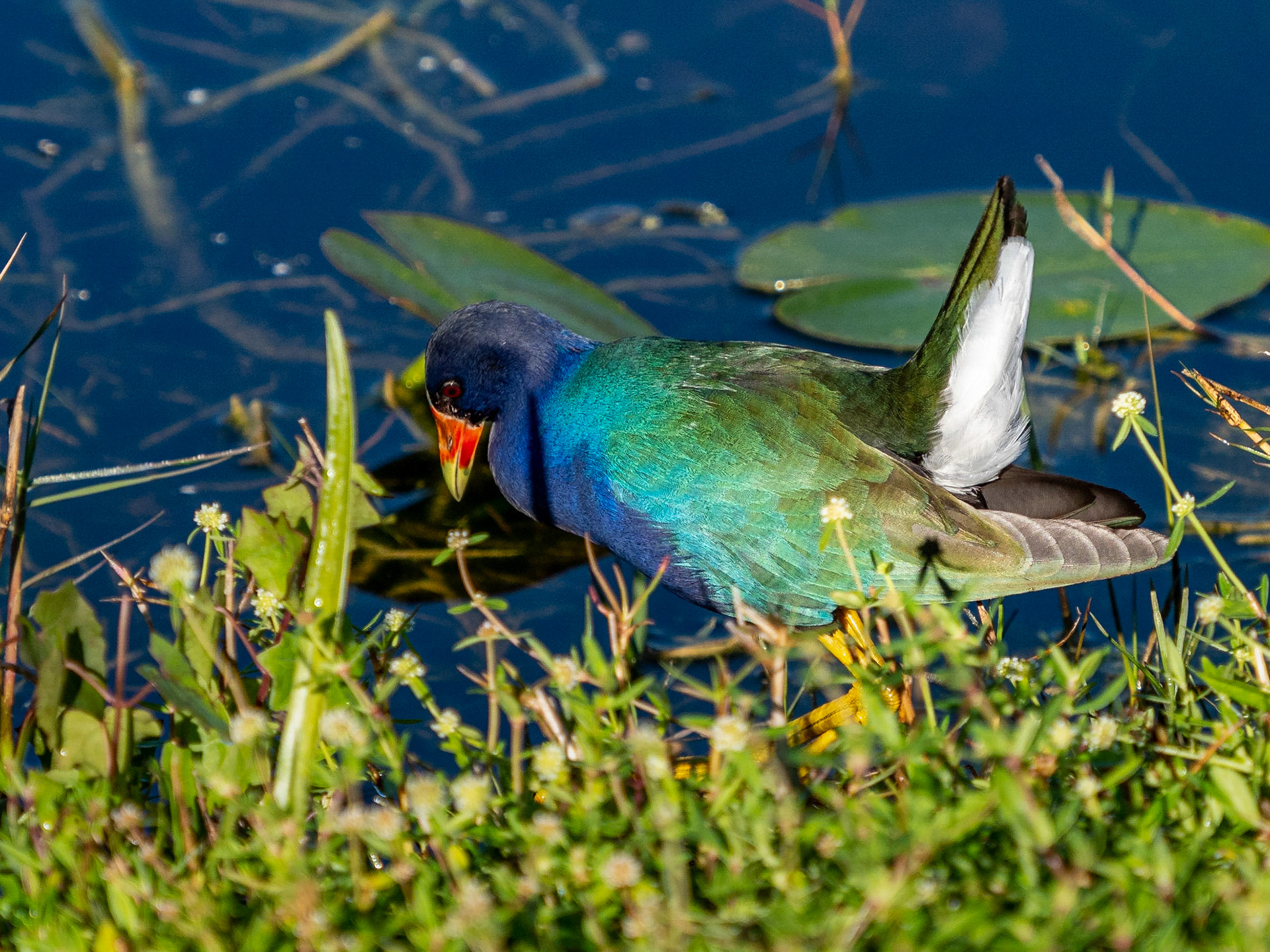
The collective noun for a group of coots is a "raft", not sure if three qualify to be a raft...

Always wondered about the name "double crested" cormorants, but we did find a crested one - obviously the crests appear in breeding season.
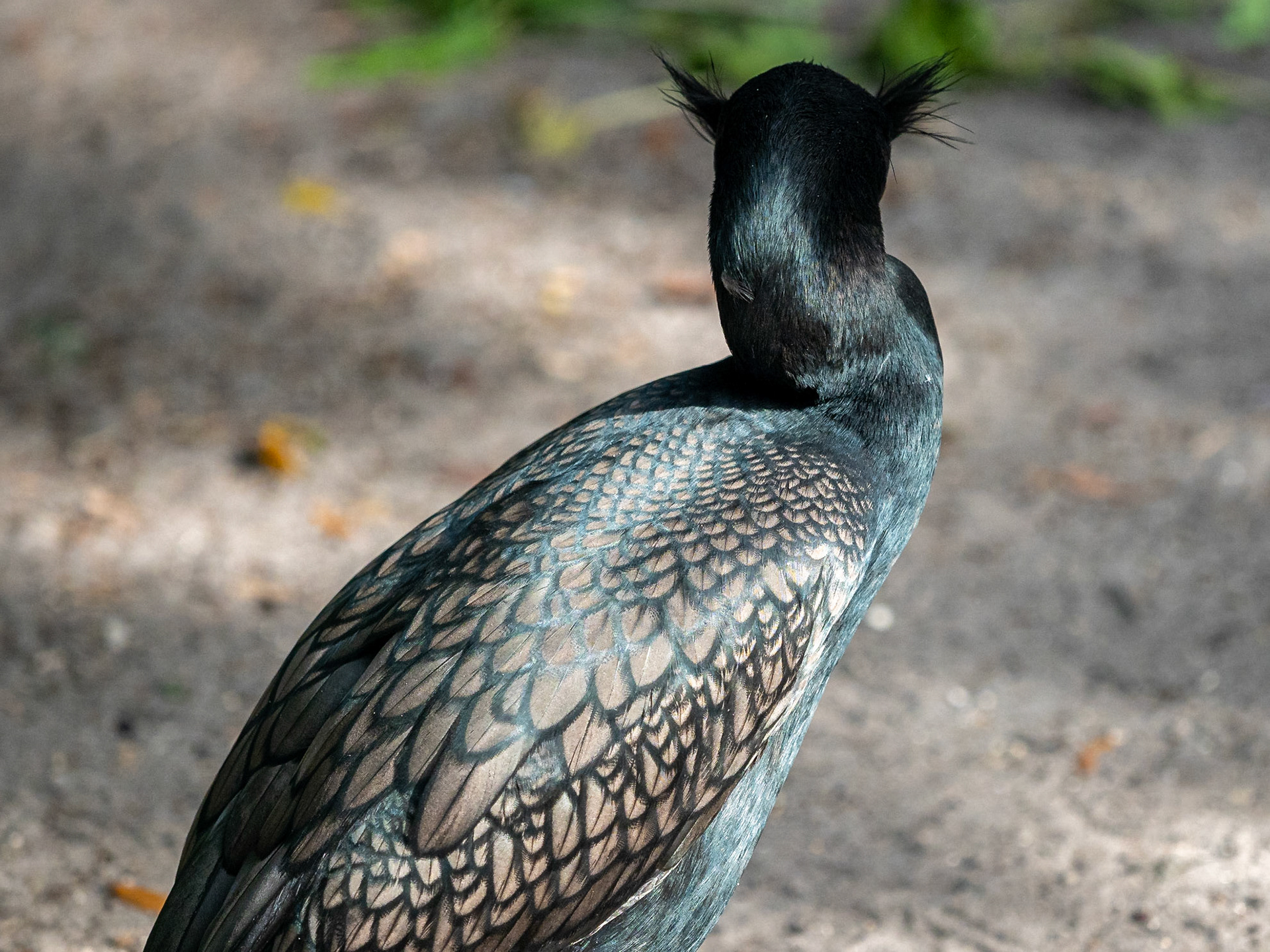
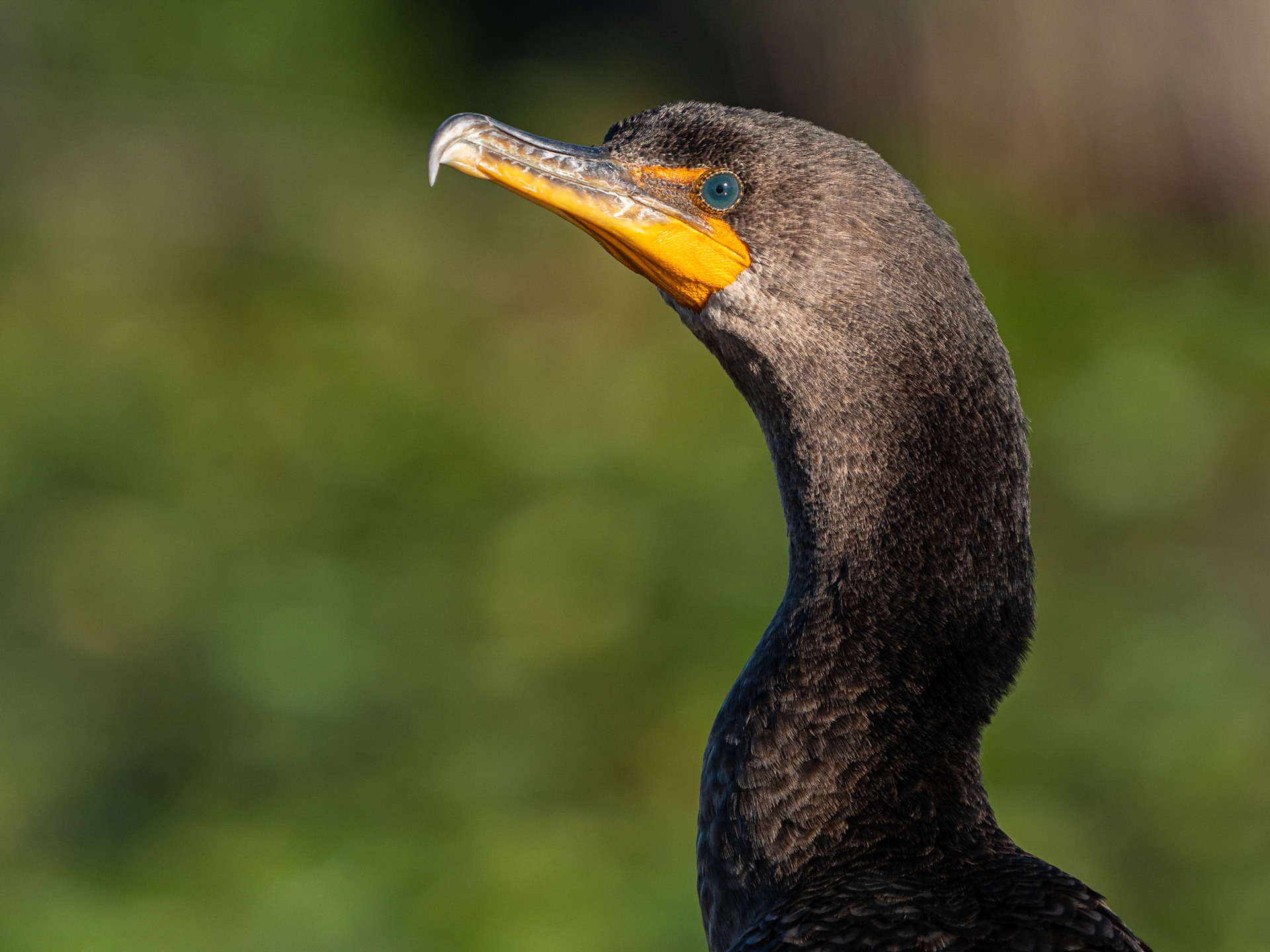
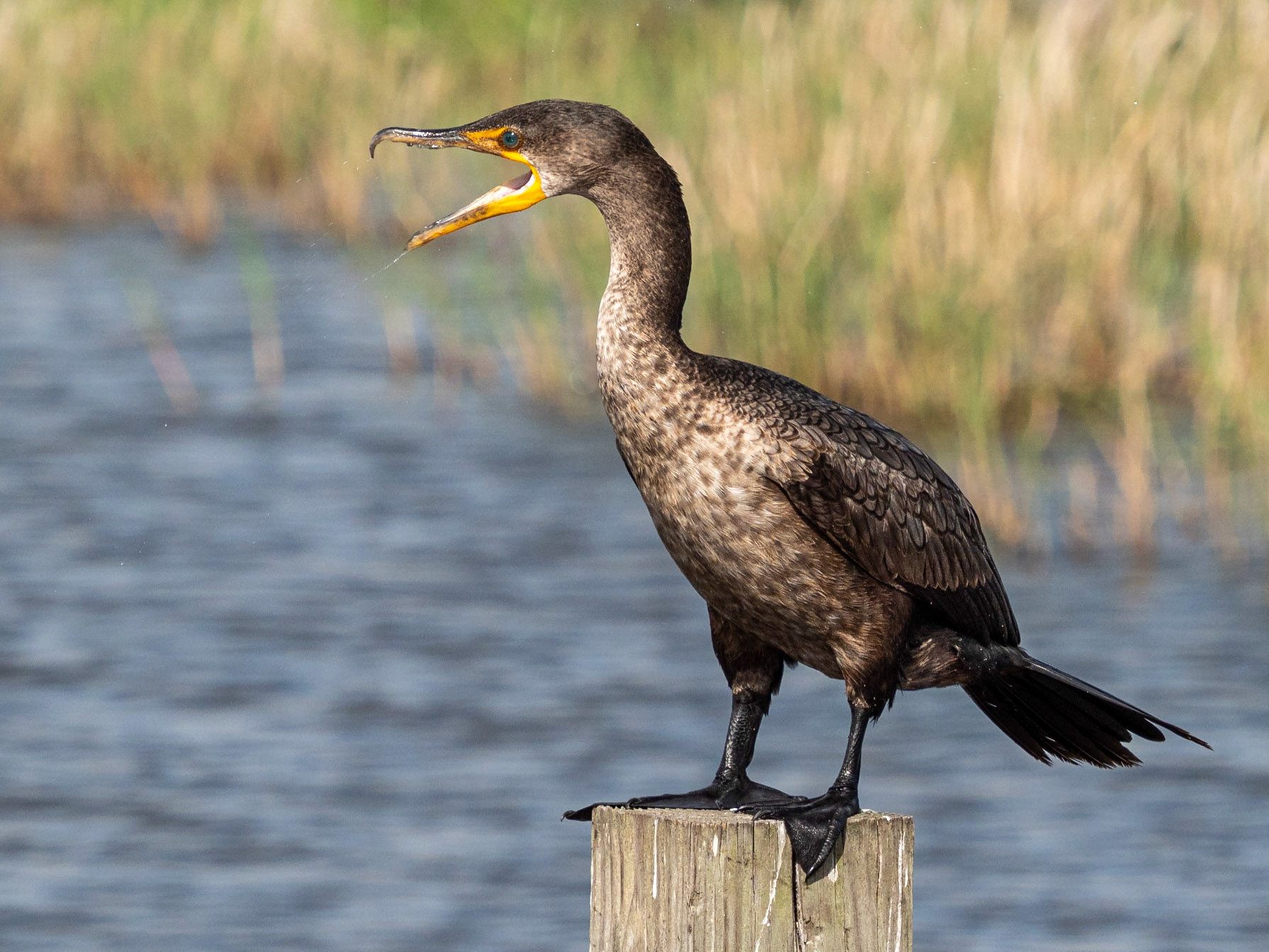
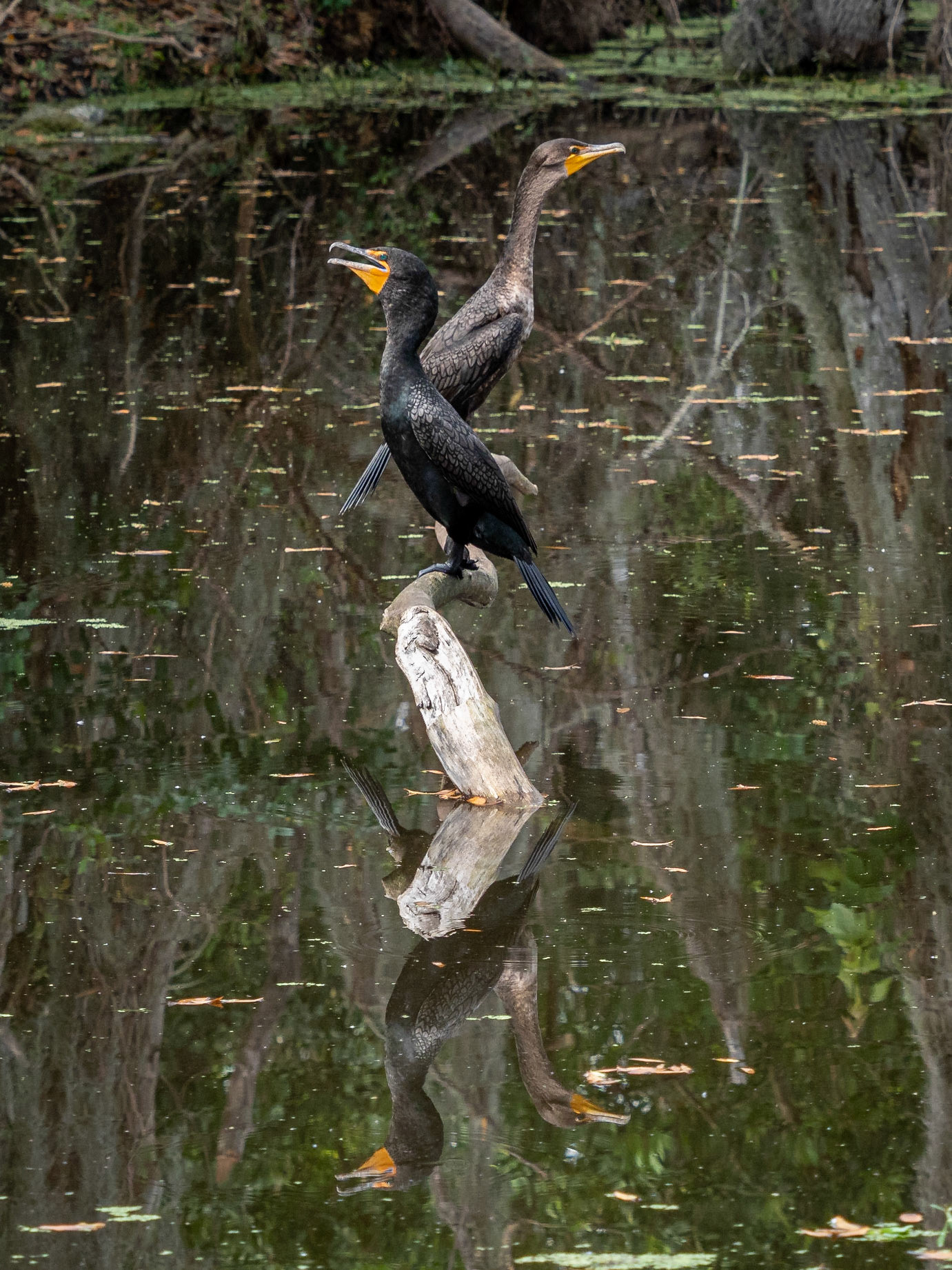
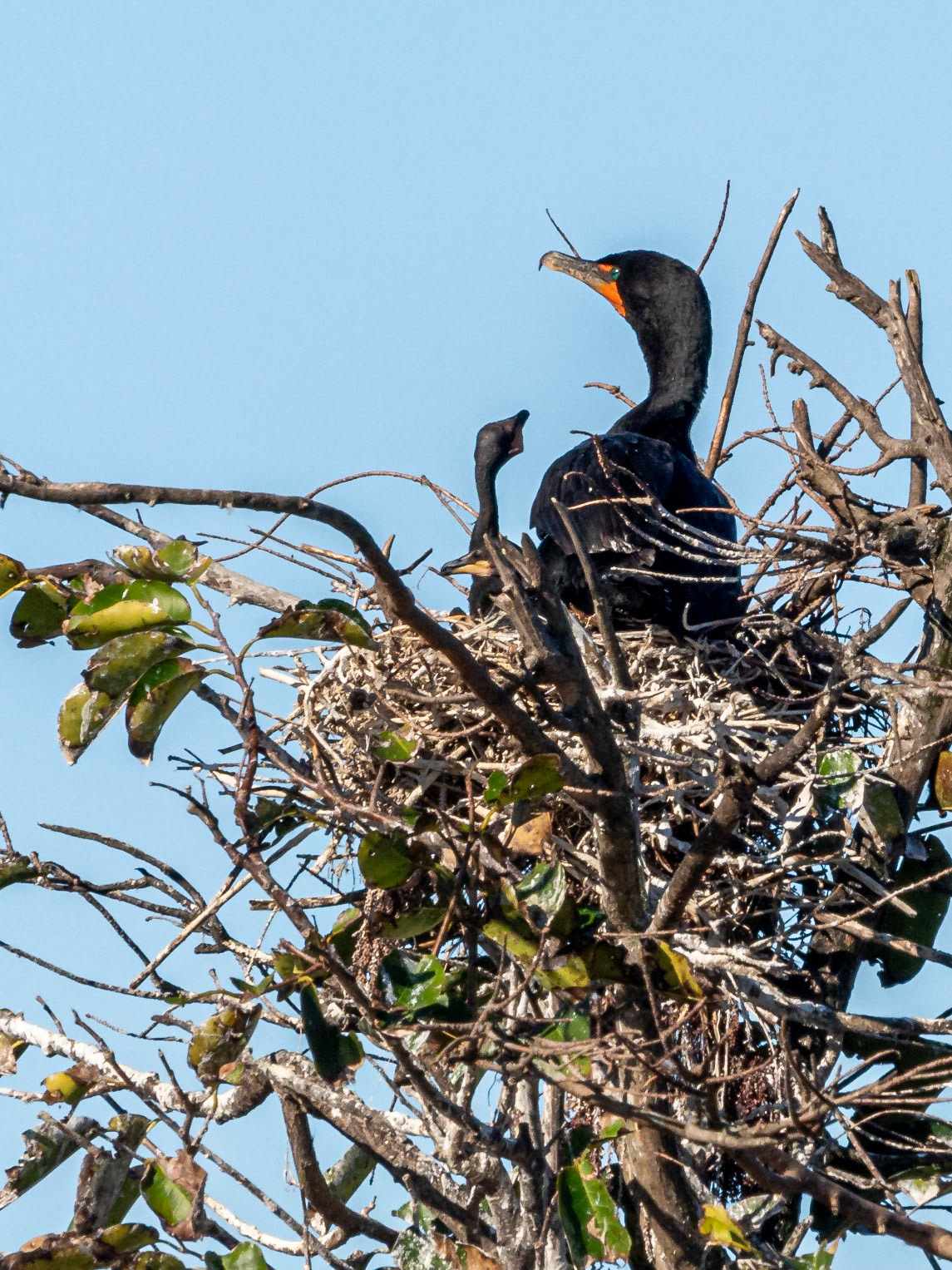
Many egrets were in full breeding plumage with flowing white "capes" and green eye-surrounds.
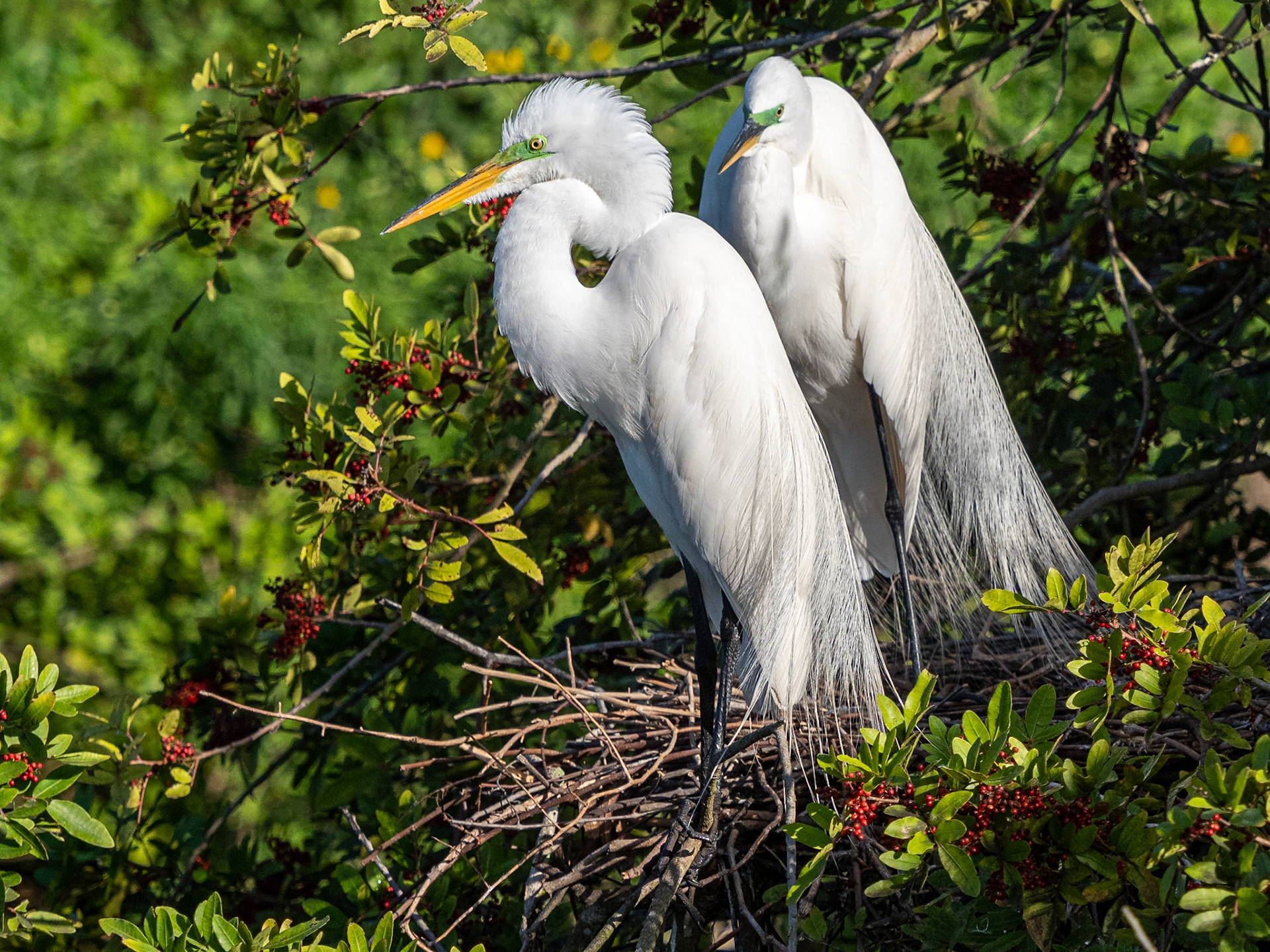

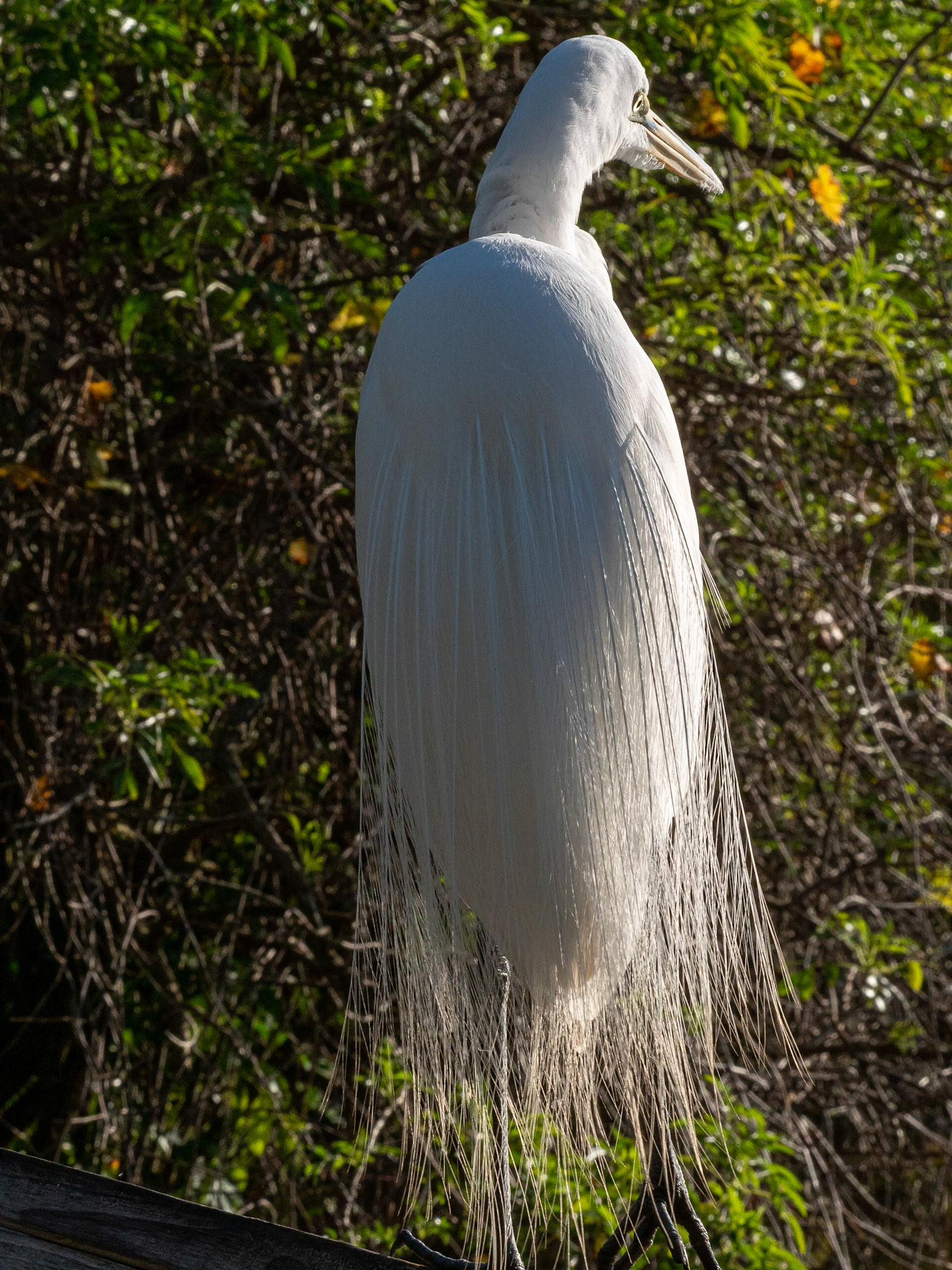
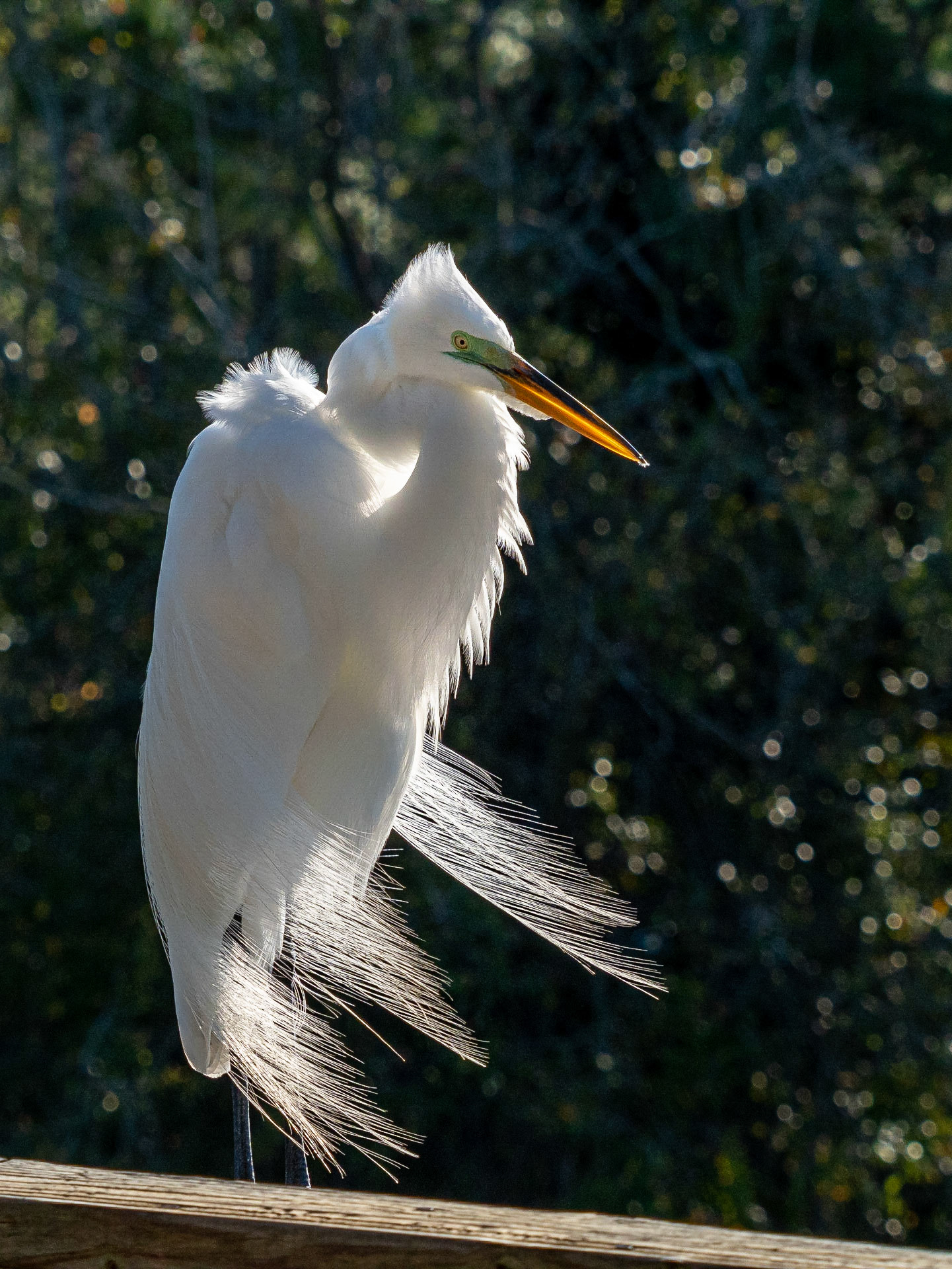
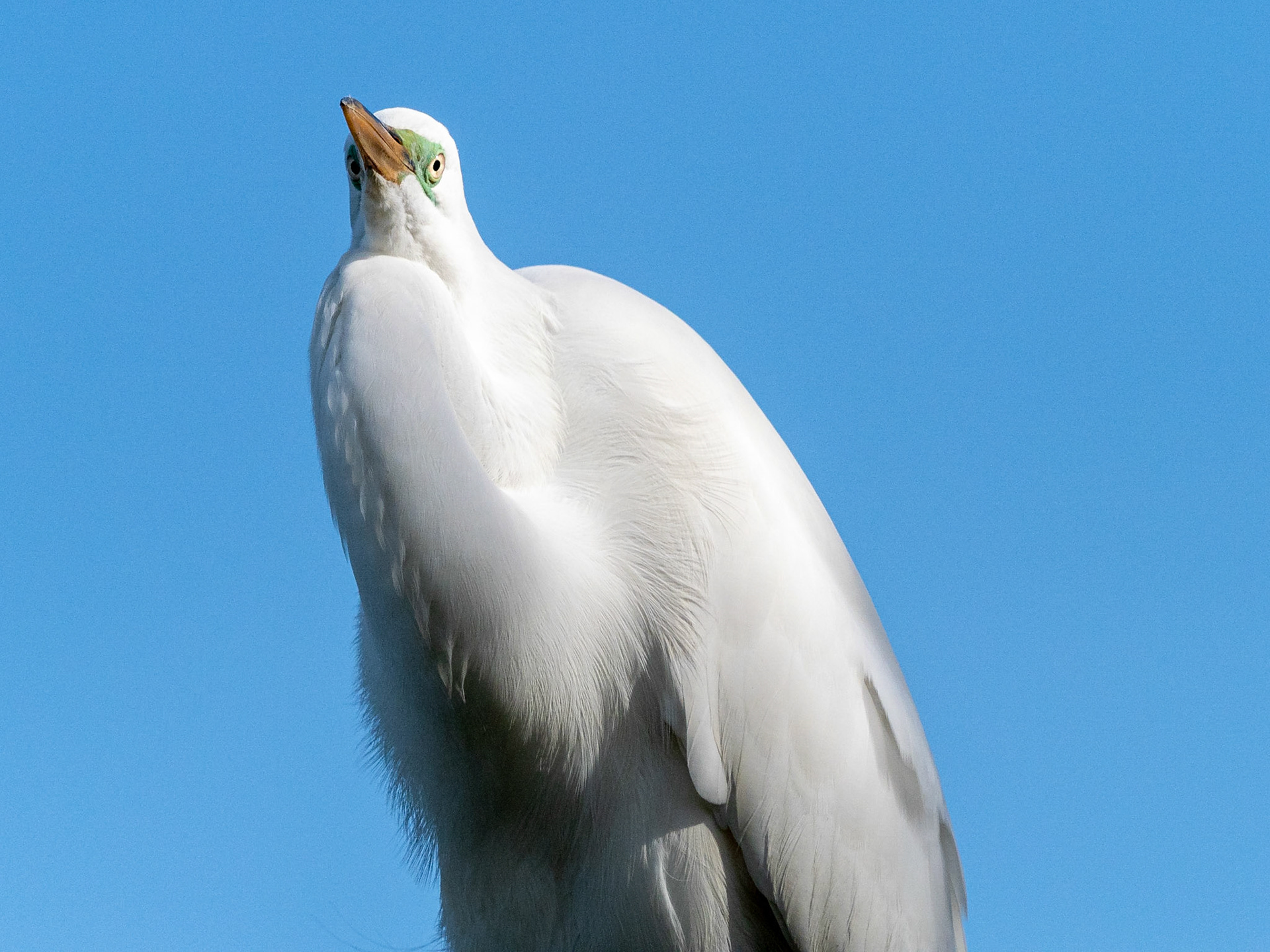
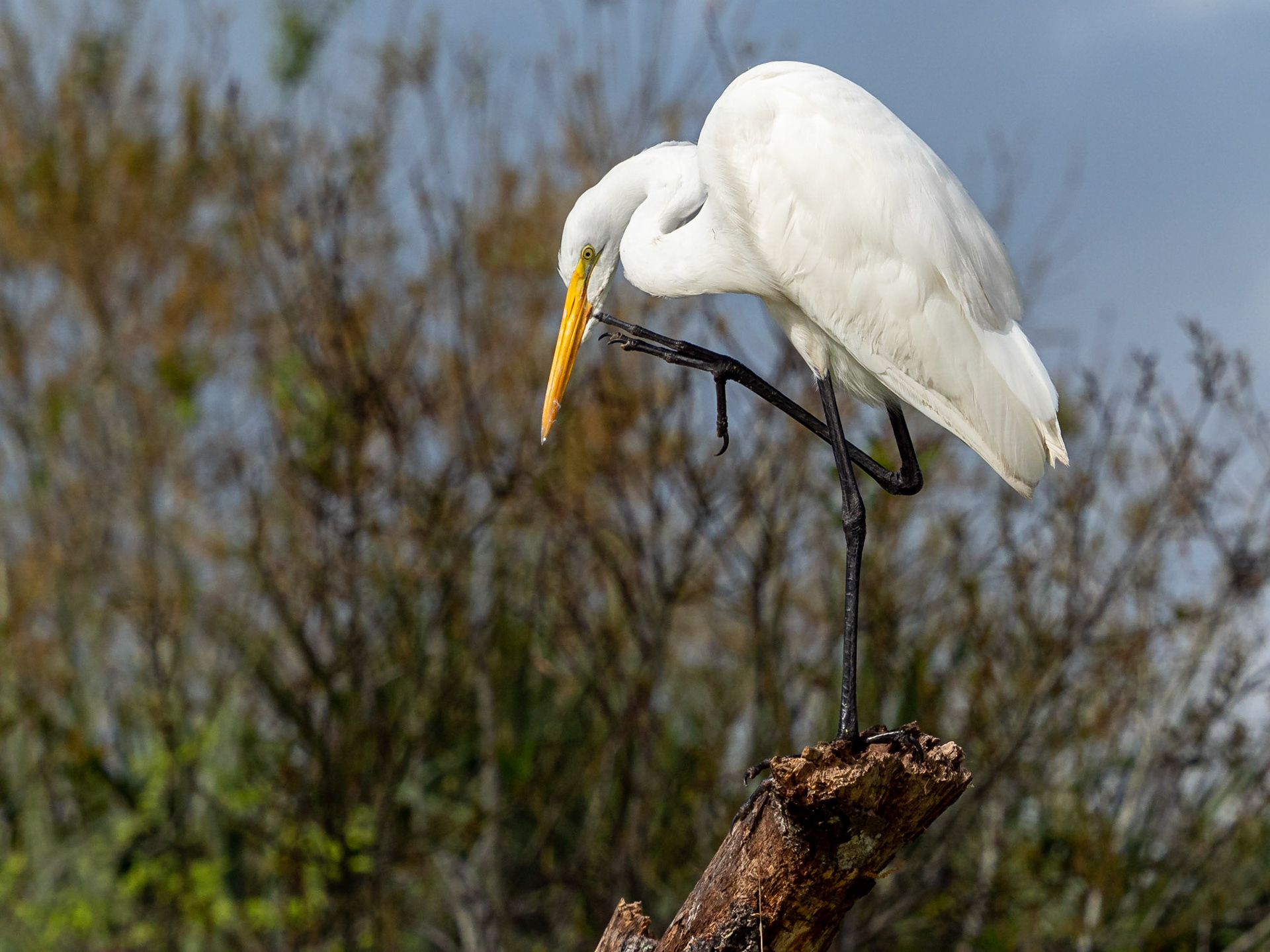
Reflections: egyptian goose, grebe and egret
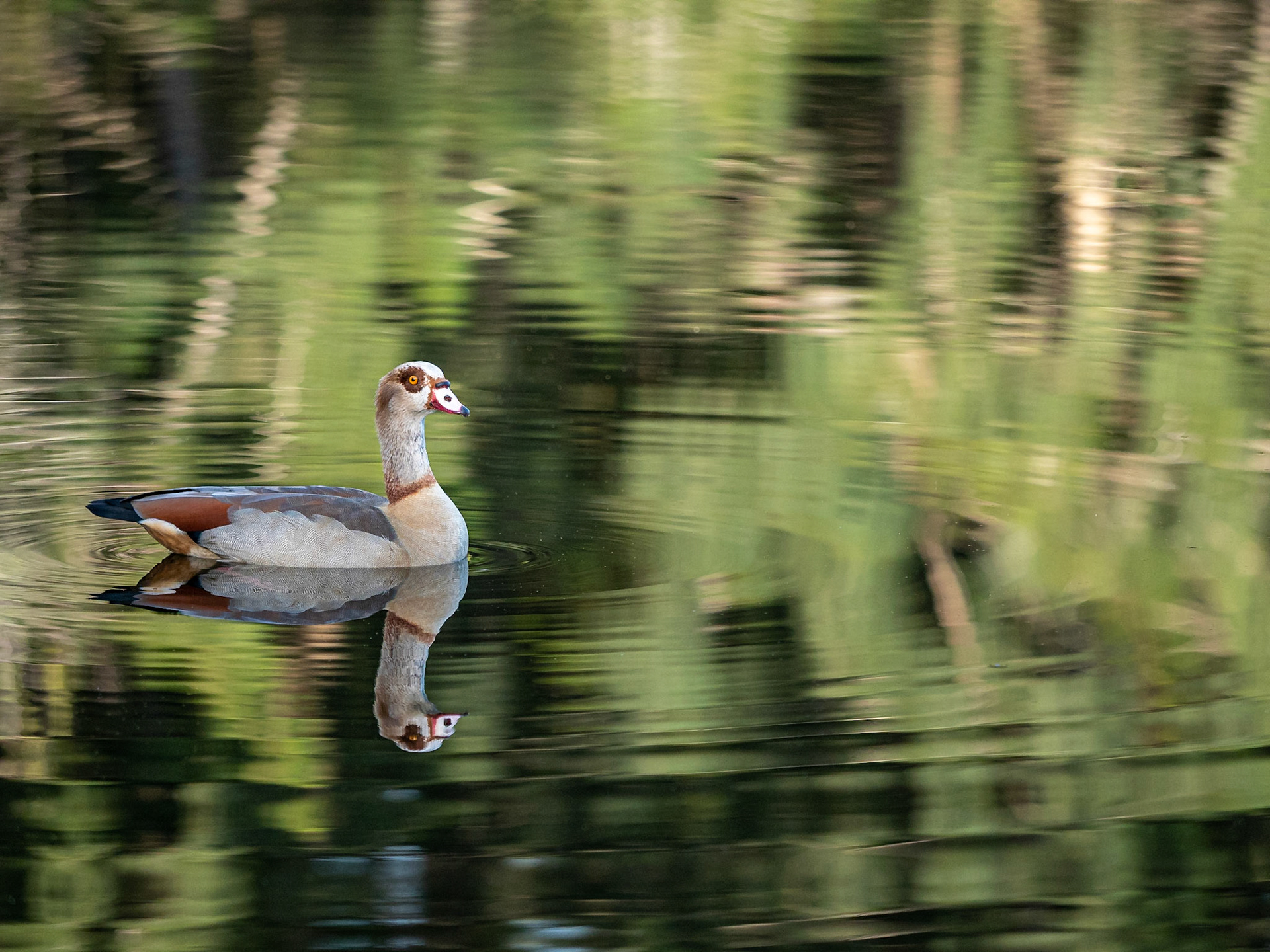
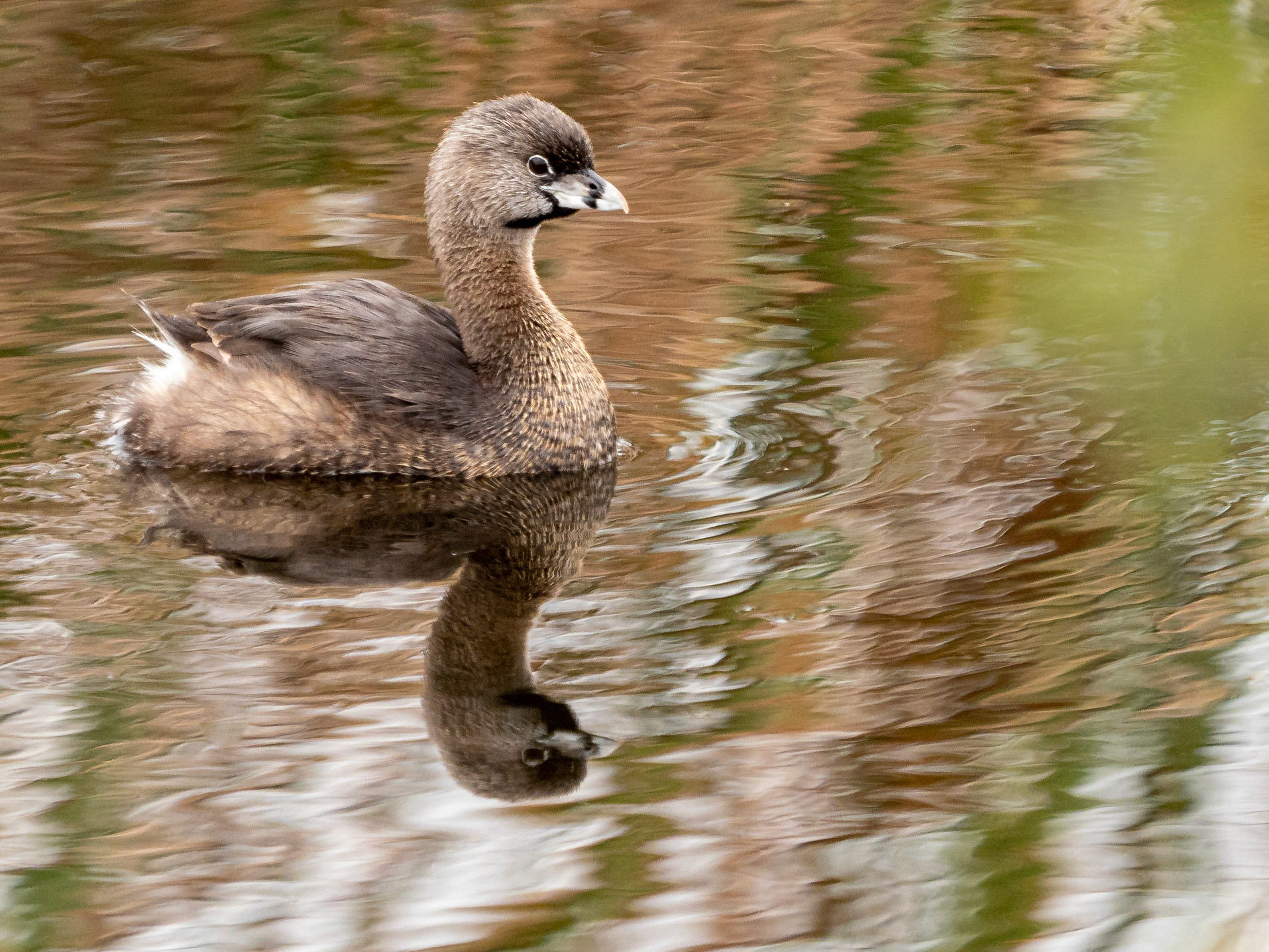

A glossy ibis in the sunlight
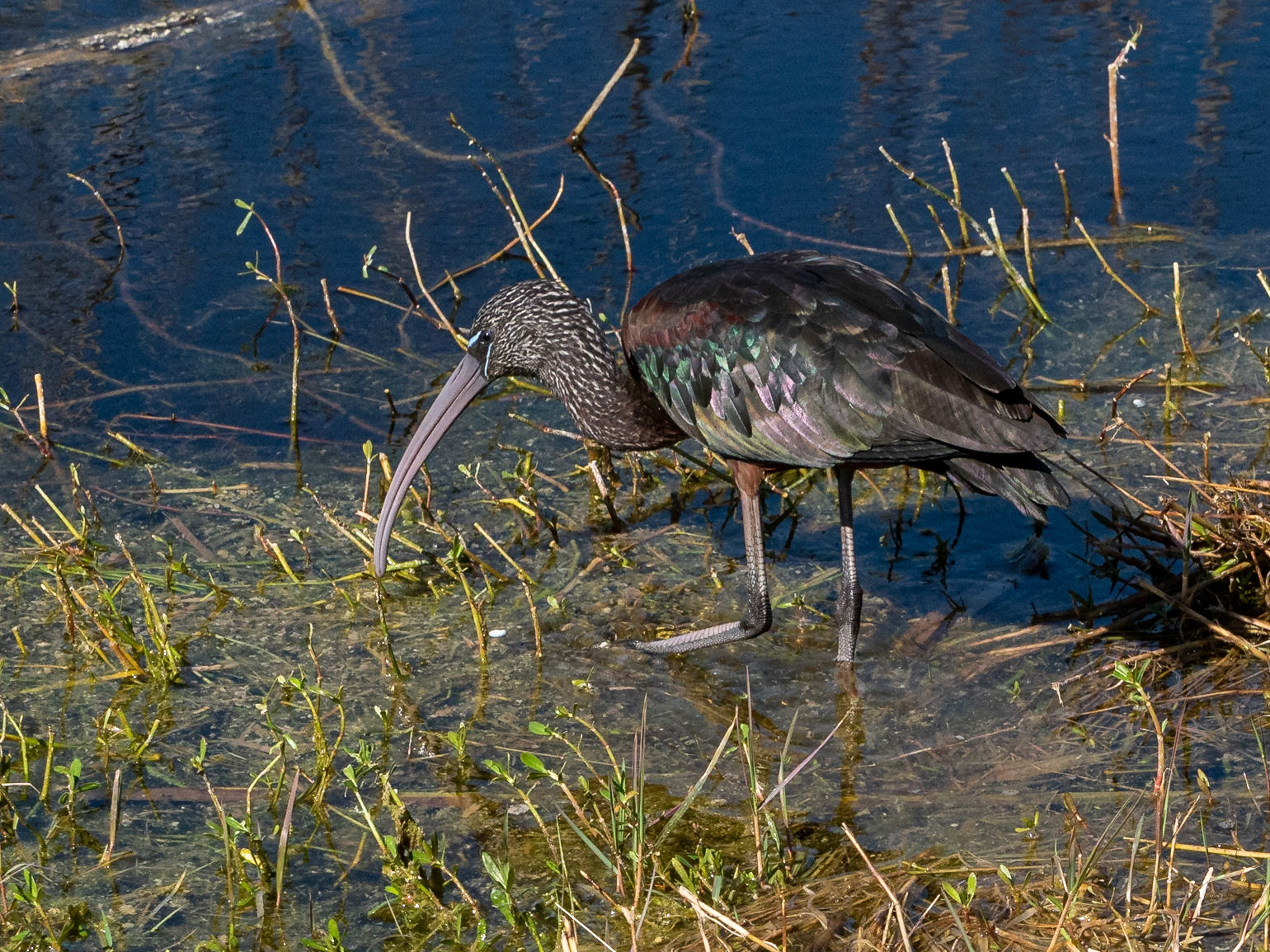
Great blue herons were a dime a dozen everywhere we went. Get there early enough in the morning and you might see them soaking up the sun's rays to warm themselves.
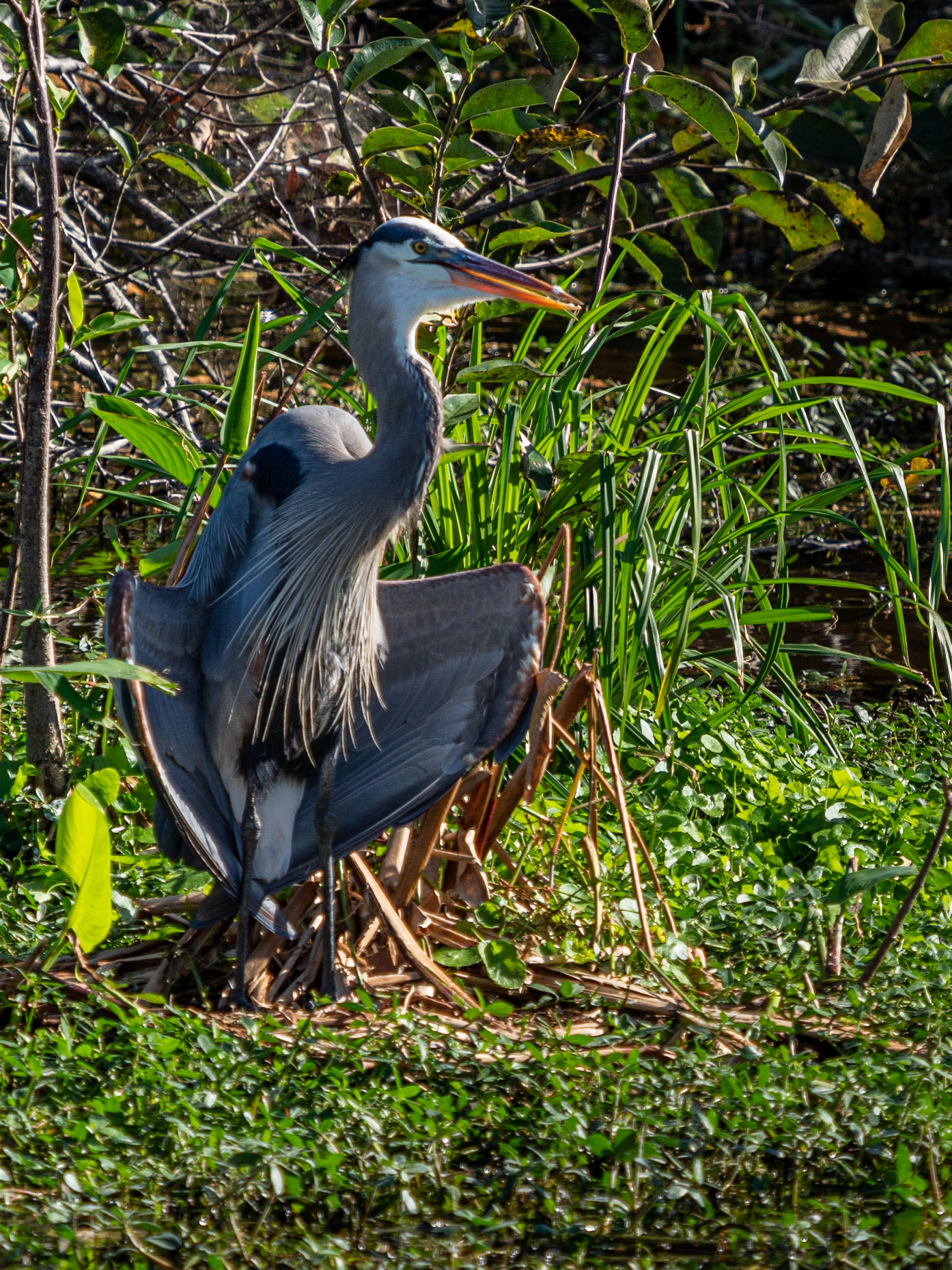
Hadn't paid much attention to their feather details before.
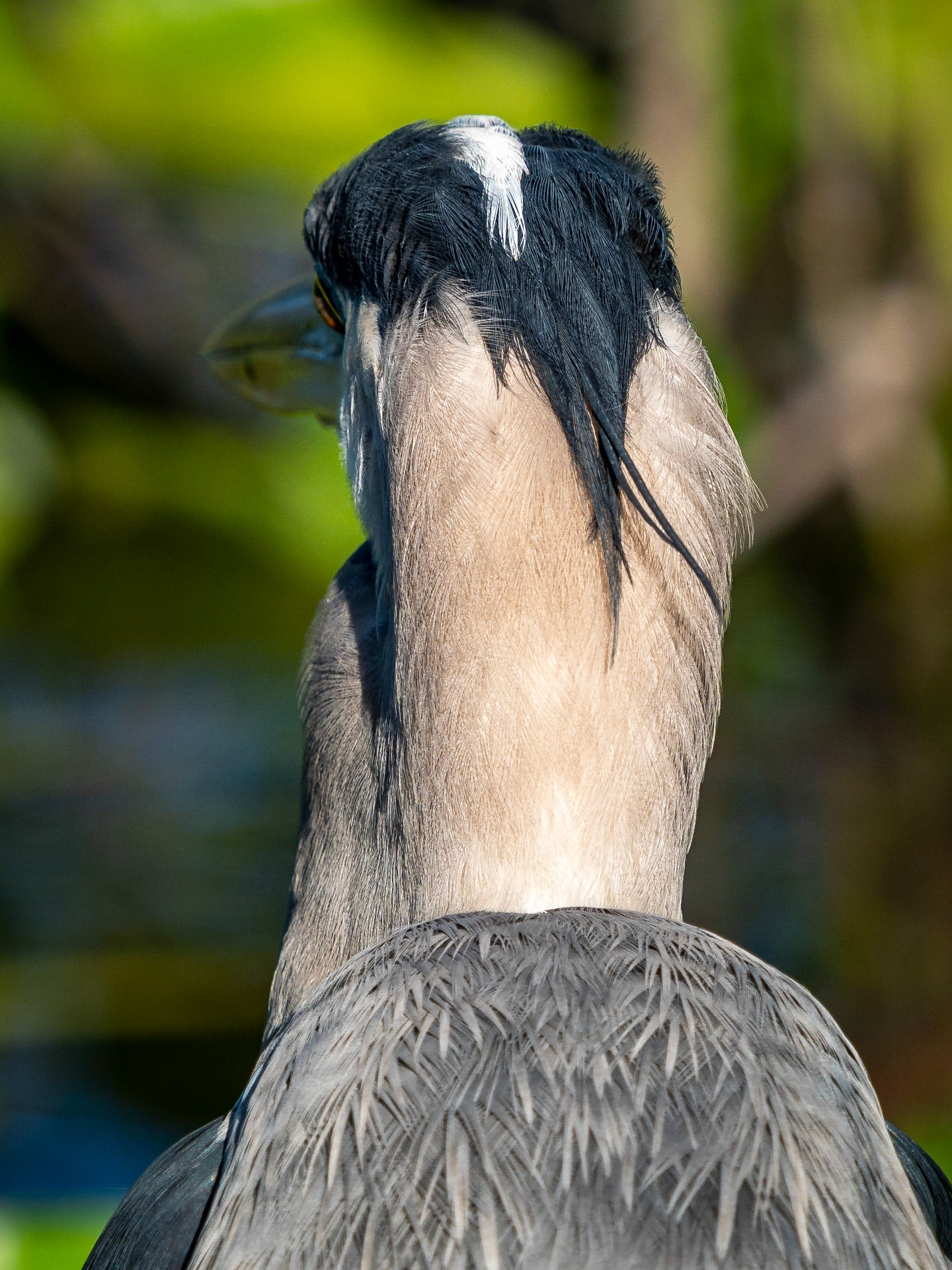
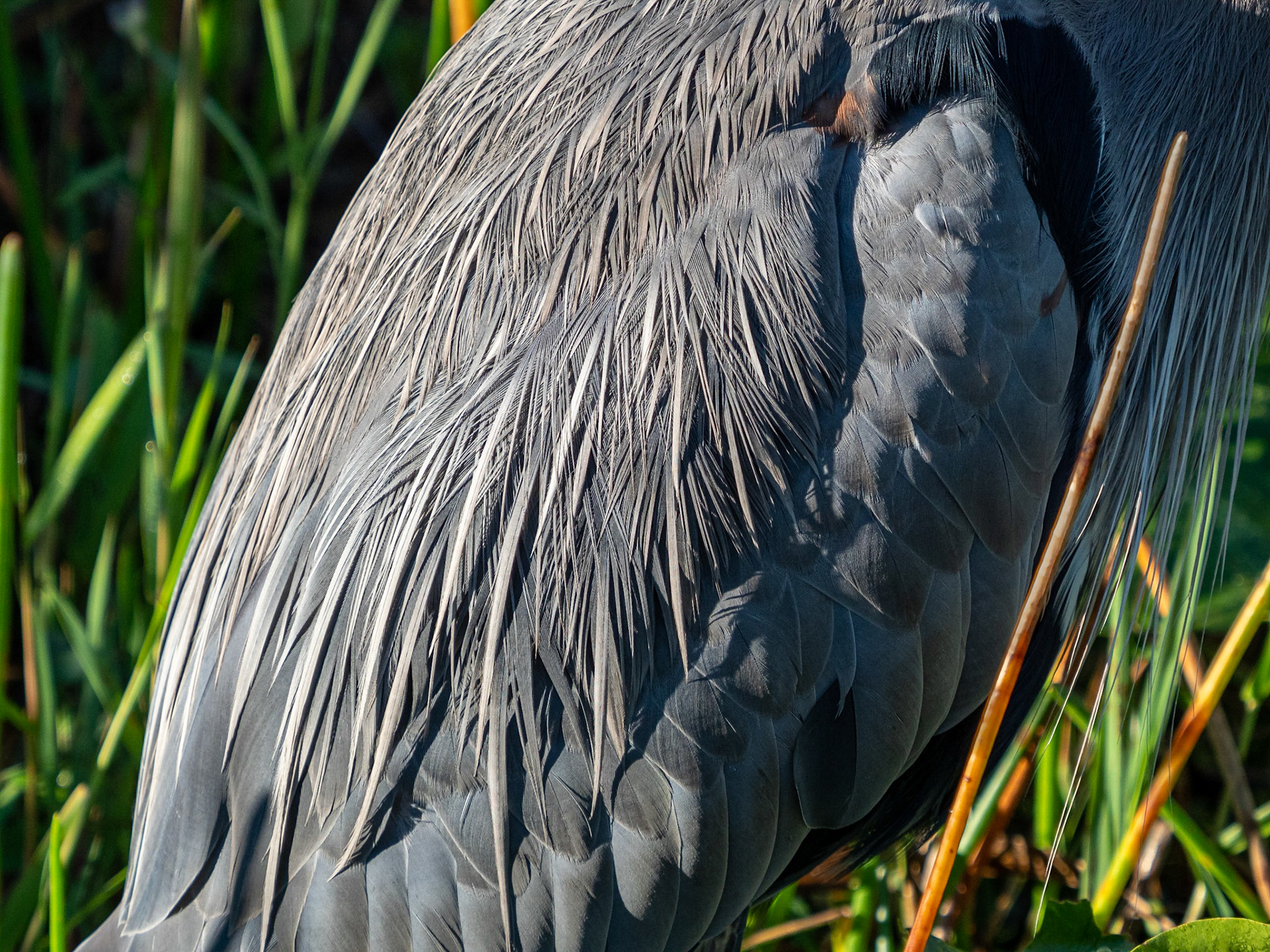
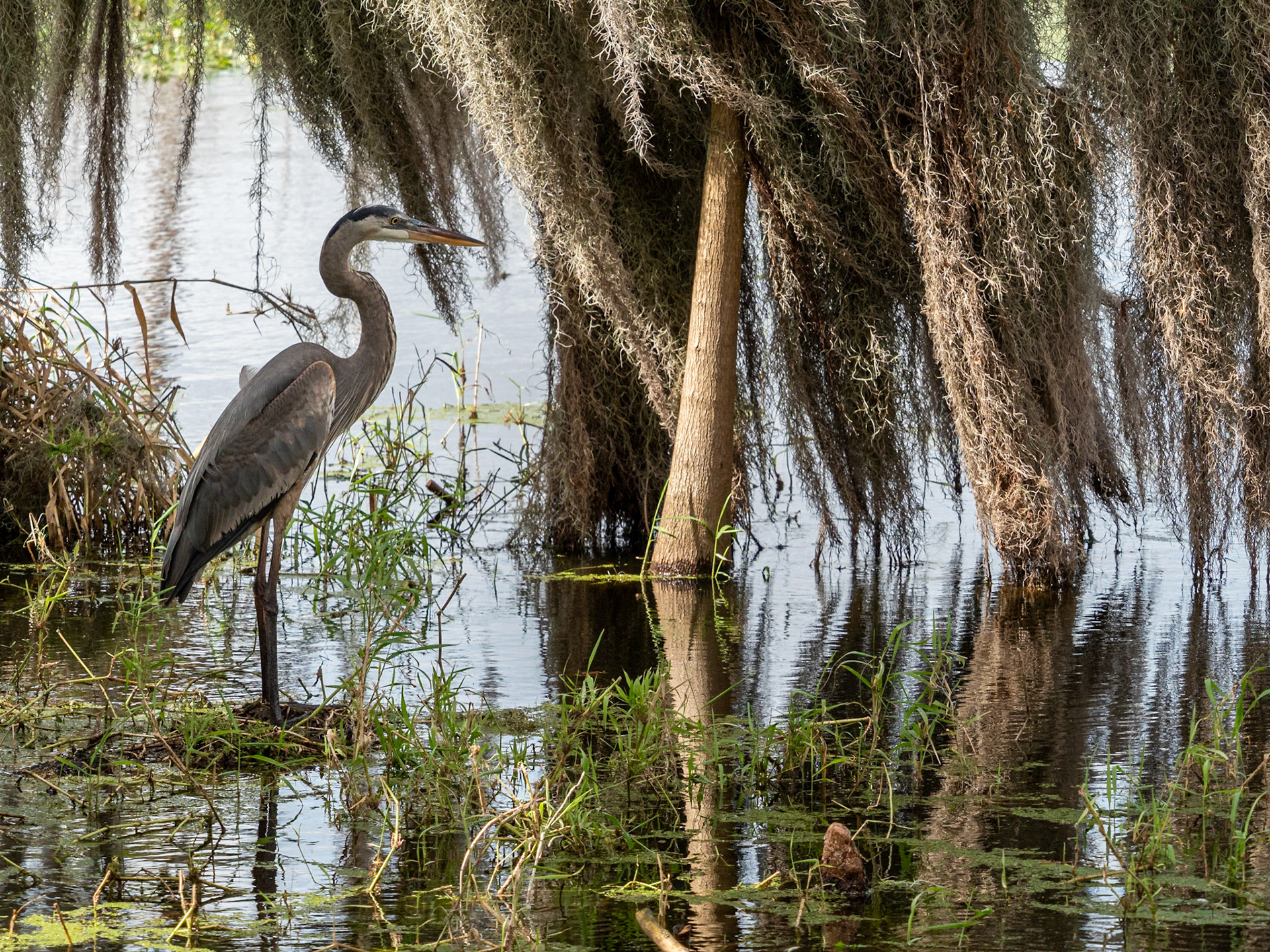
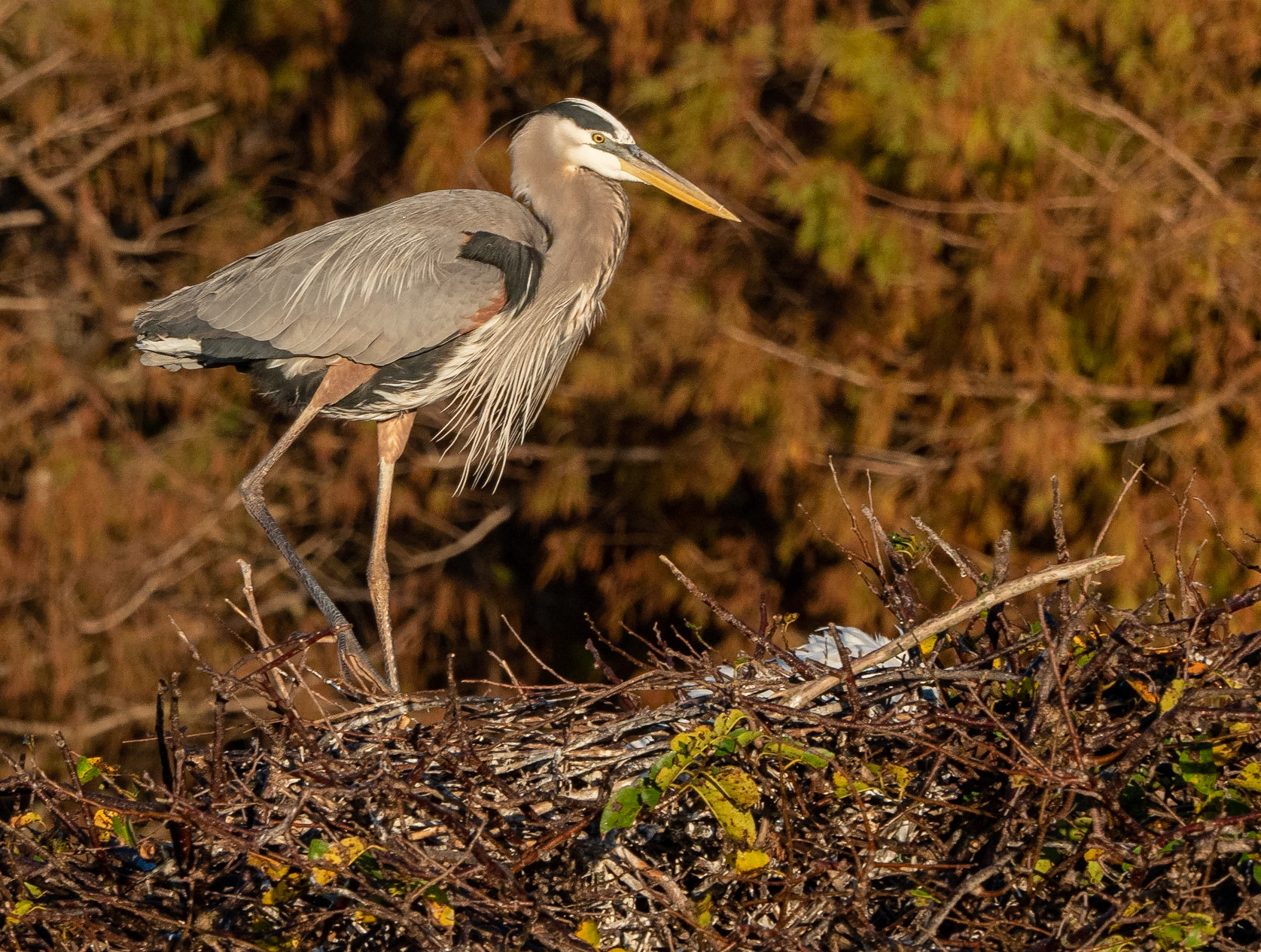
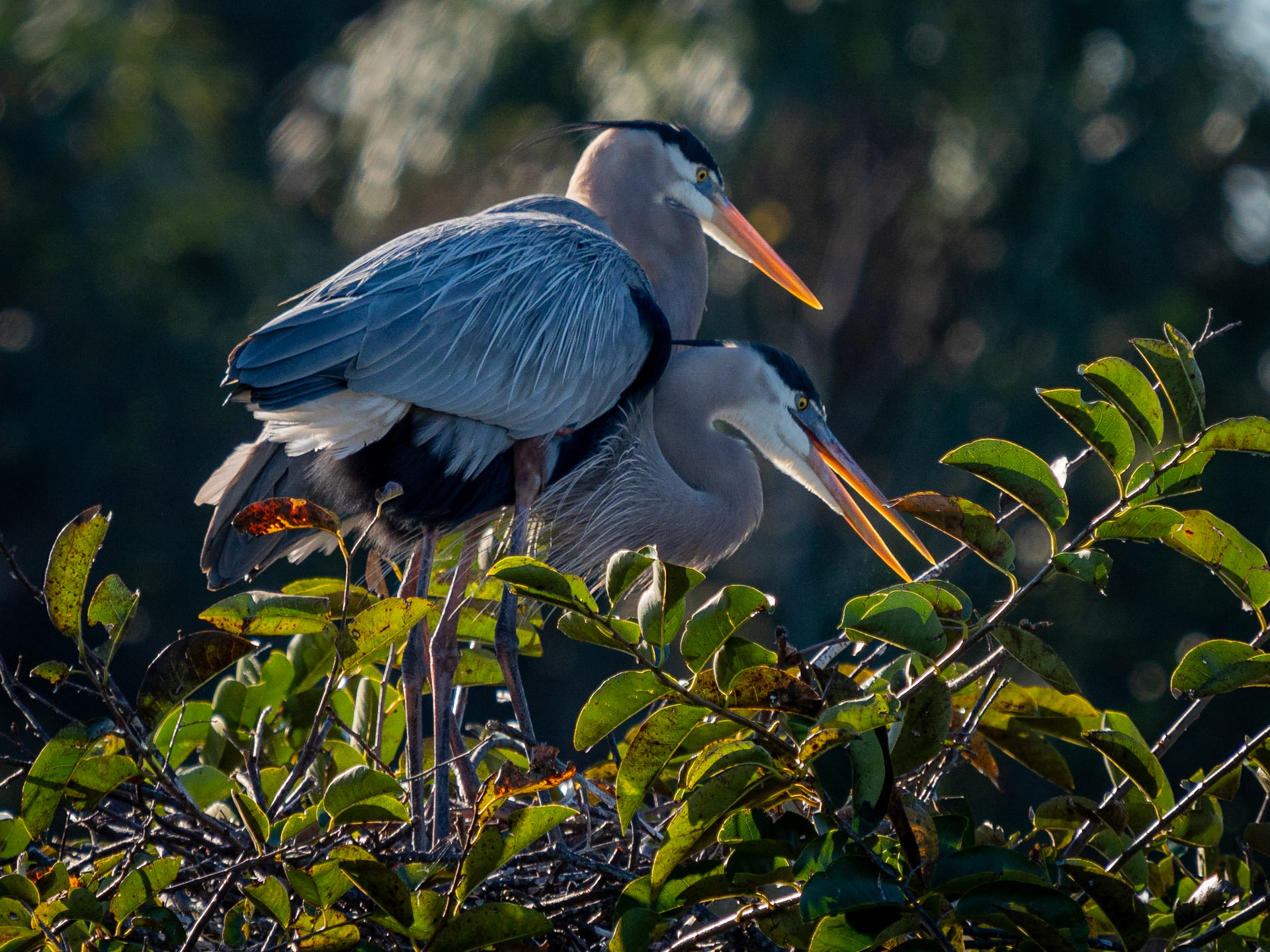
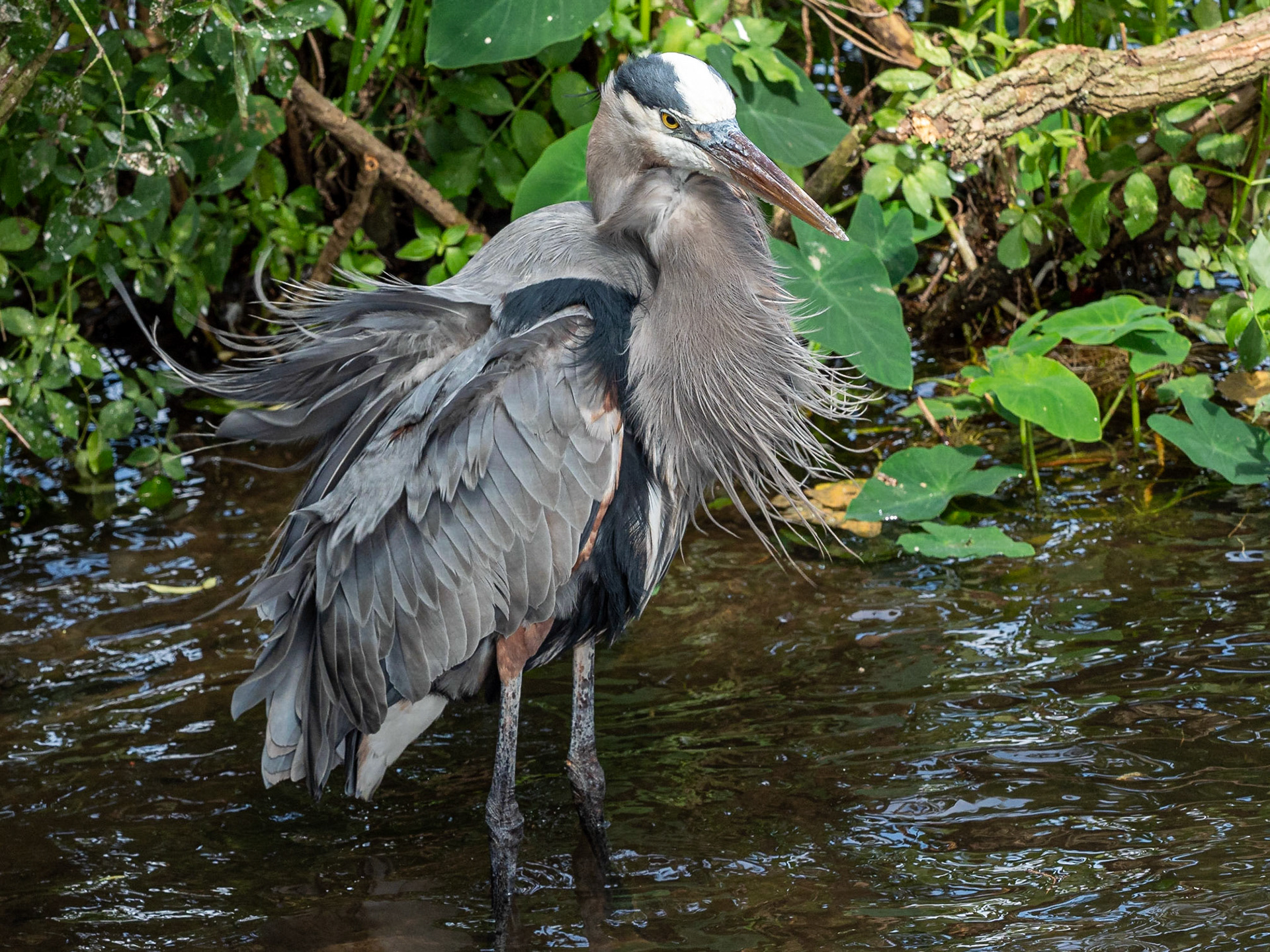
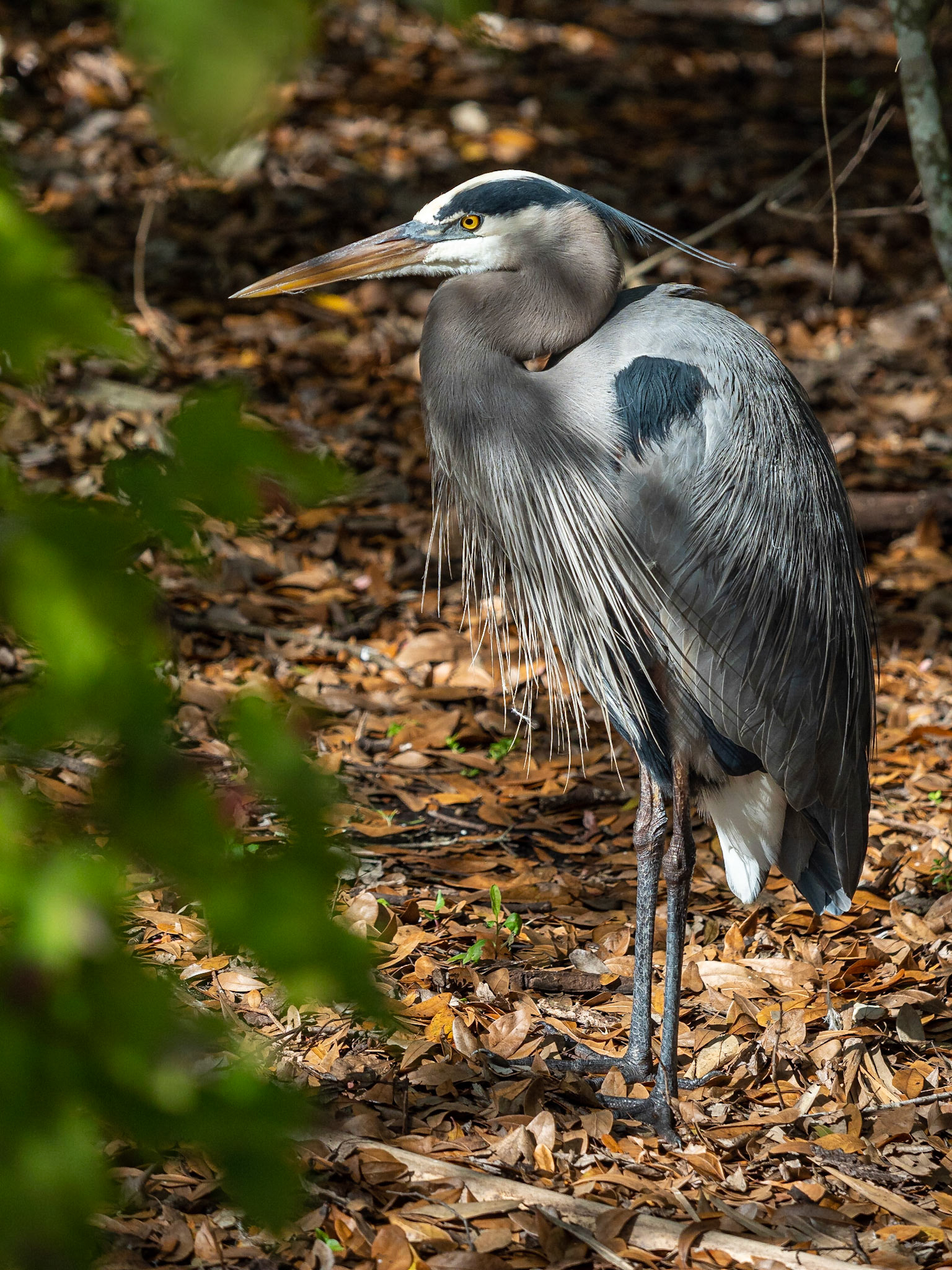
Gathering nesting material
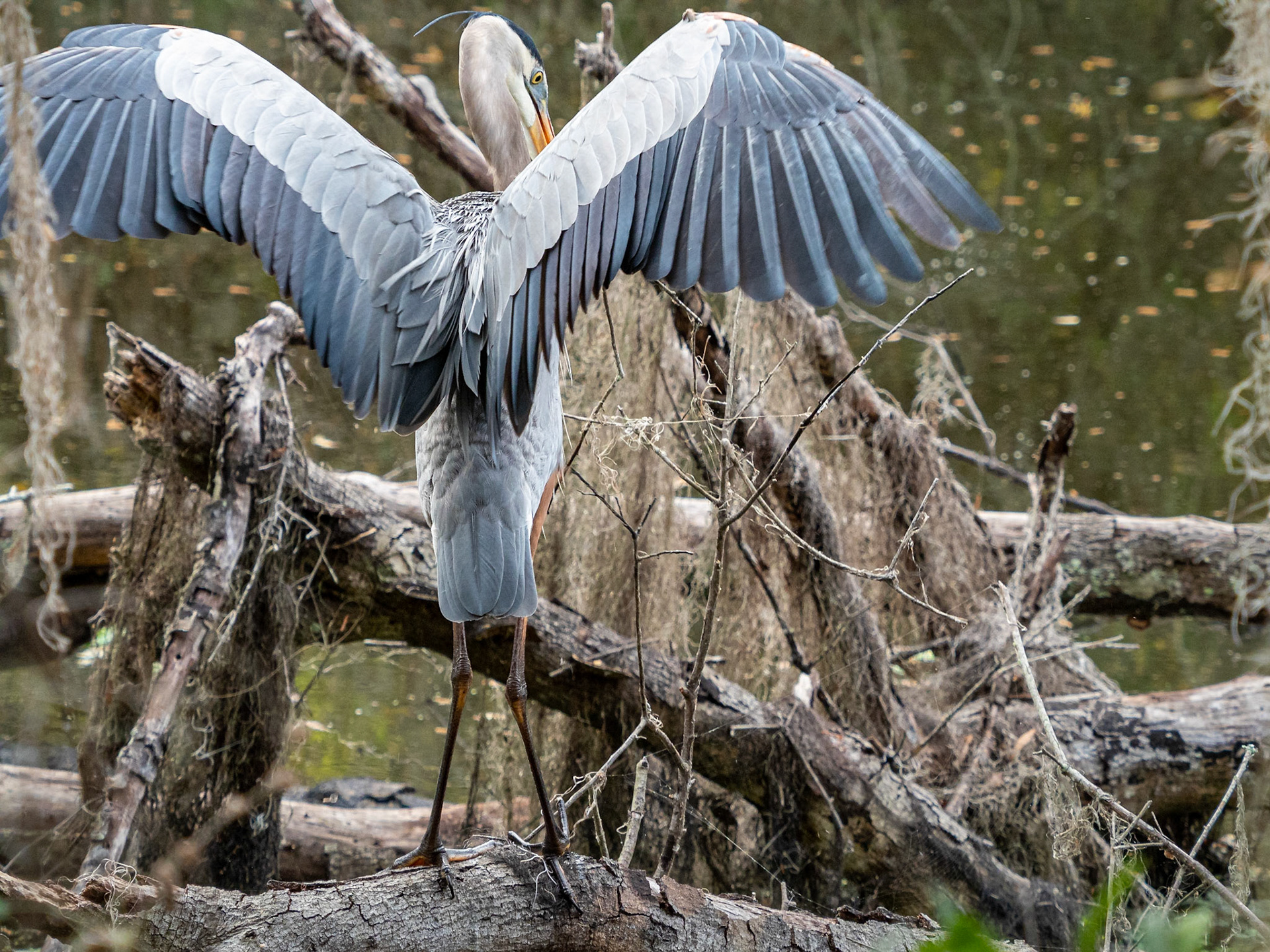
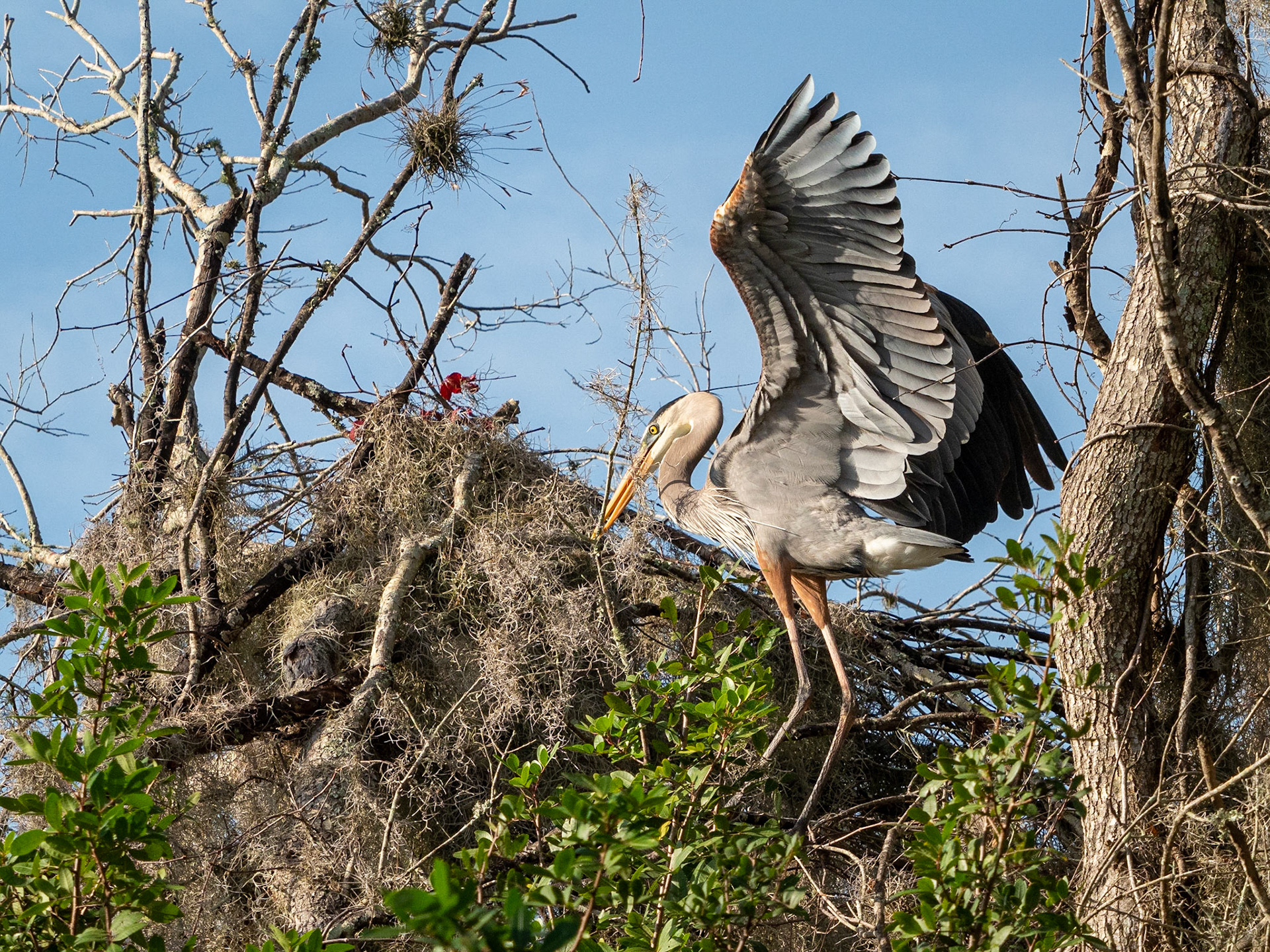
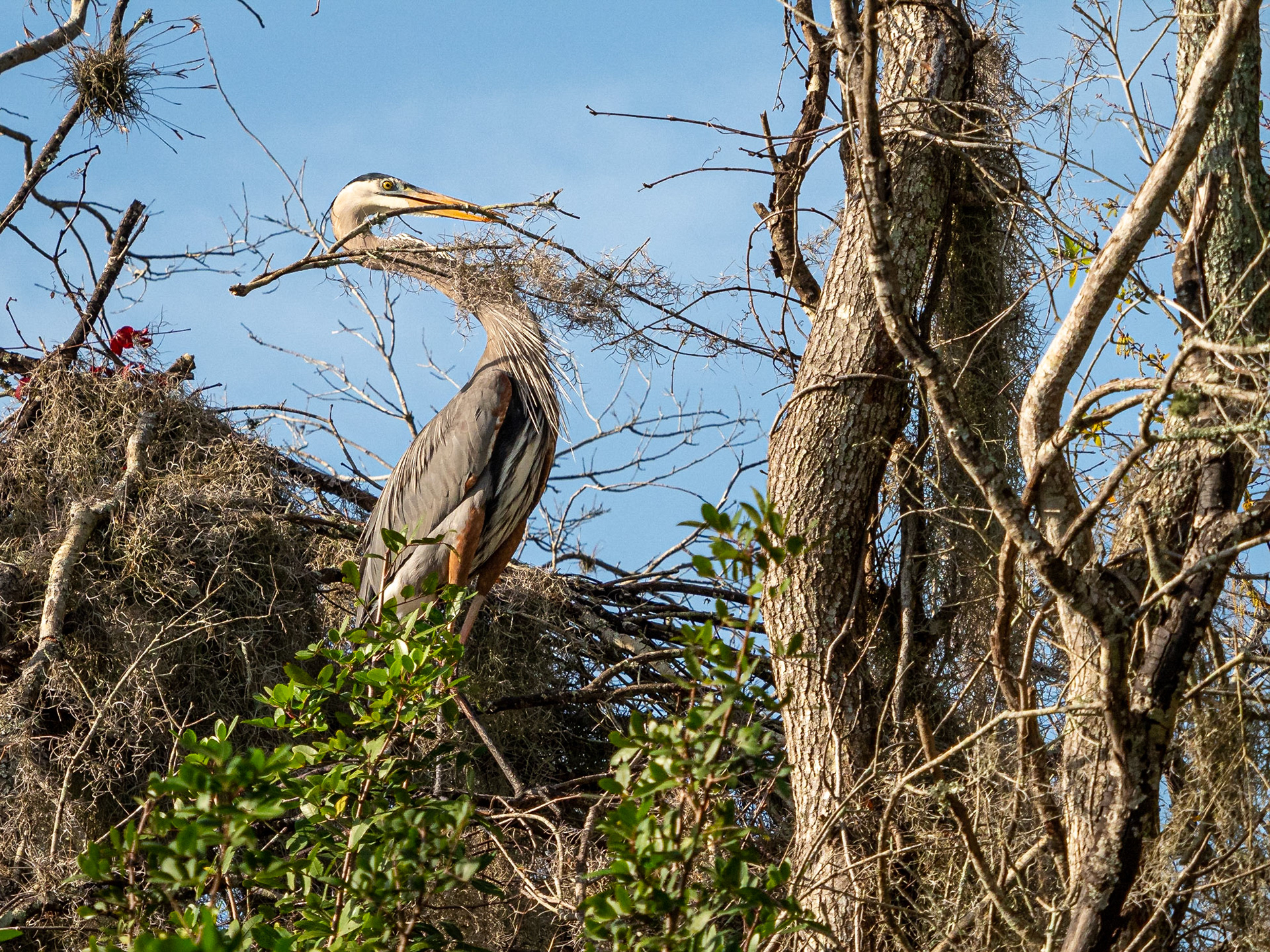
There are likely many more of these around than we saw - greater yellow legs.

Green herons were in great abundance, many seemed smaller than the ones we have at home.
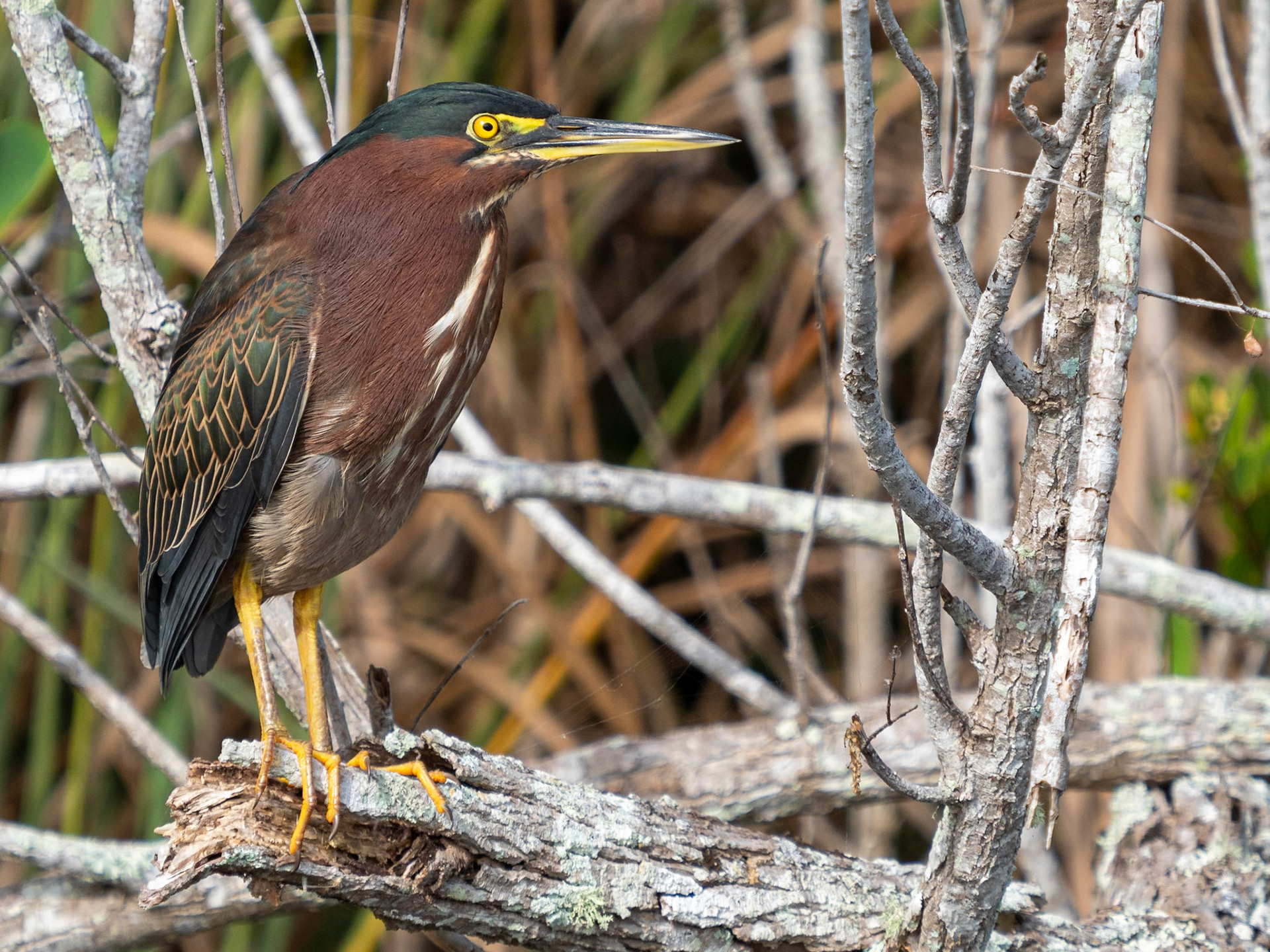
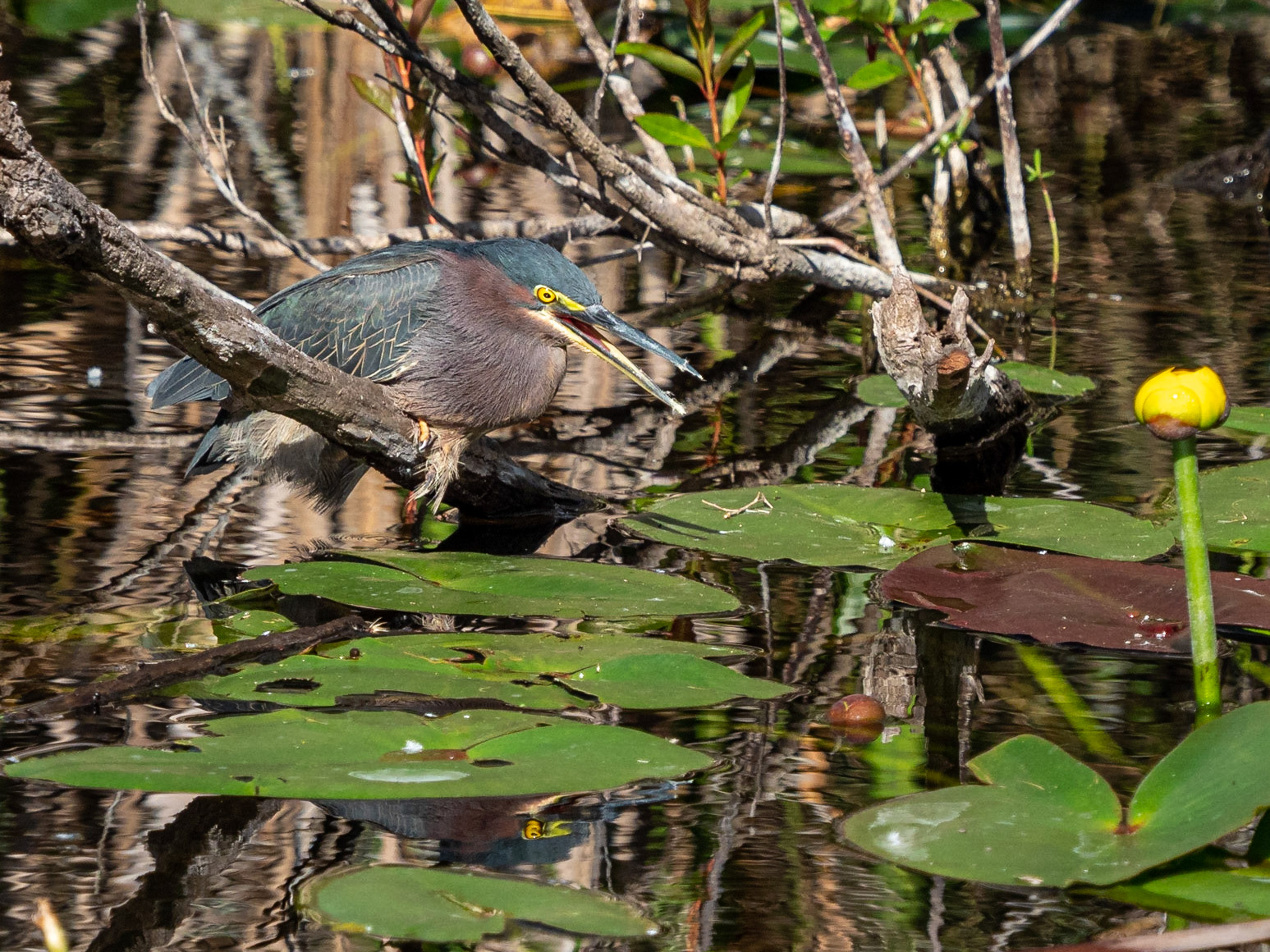
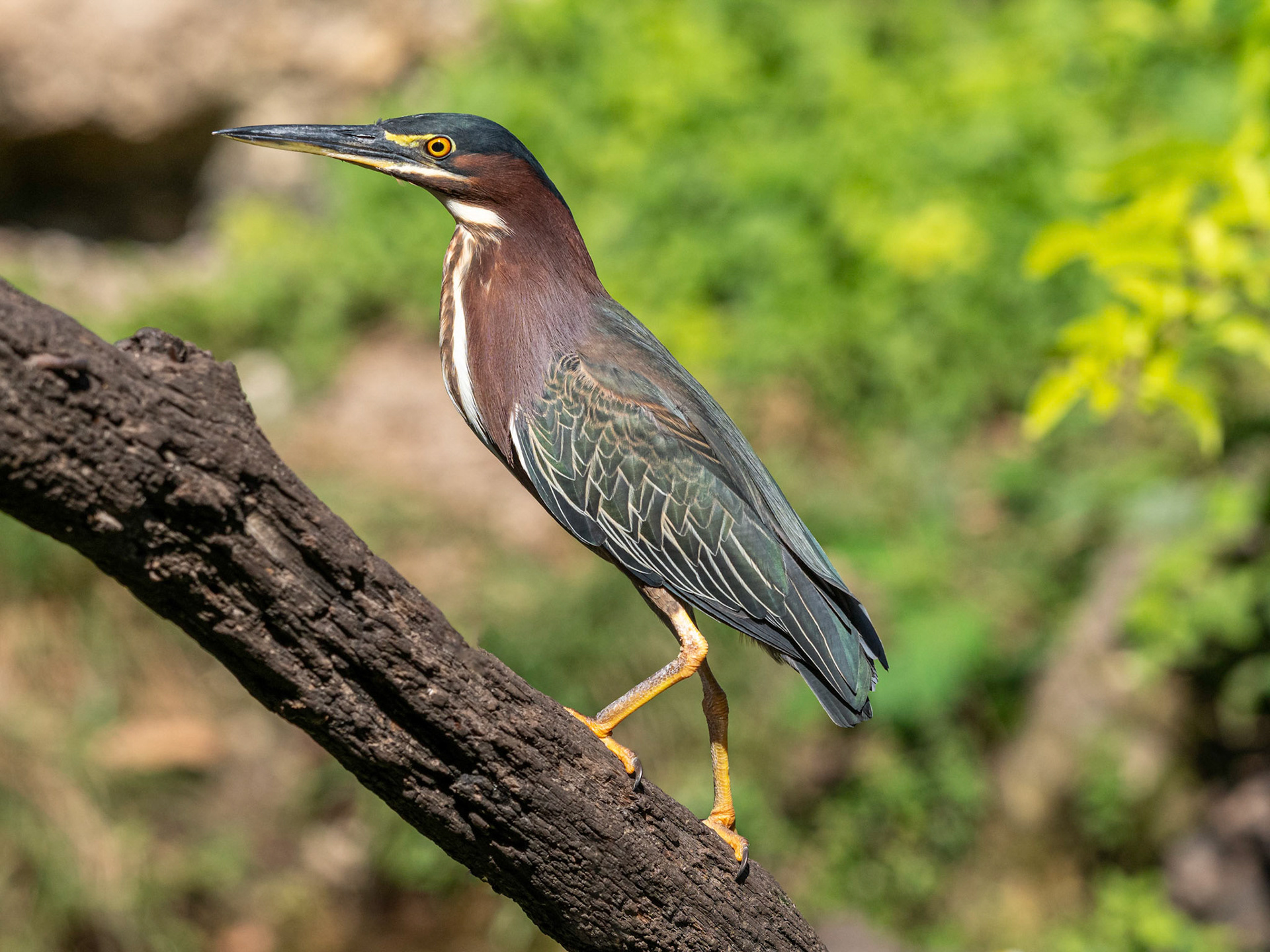
We saw a good number of limpkins, particularly considering how scarce they were in prior visits.
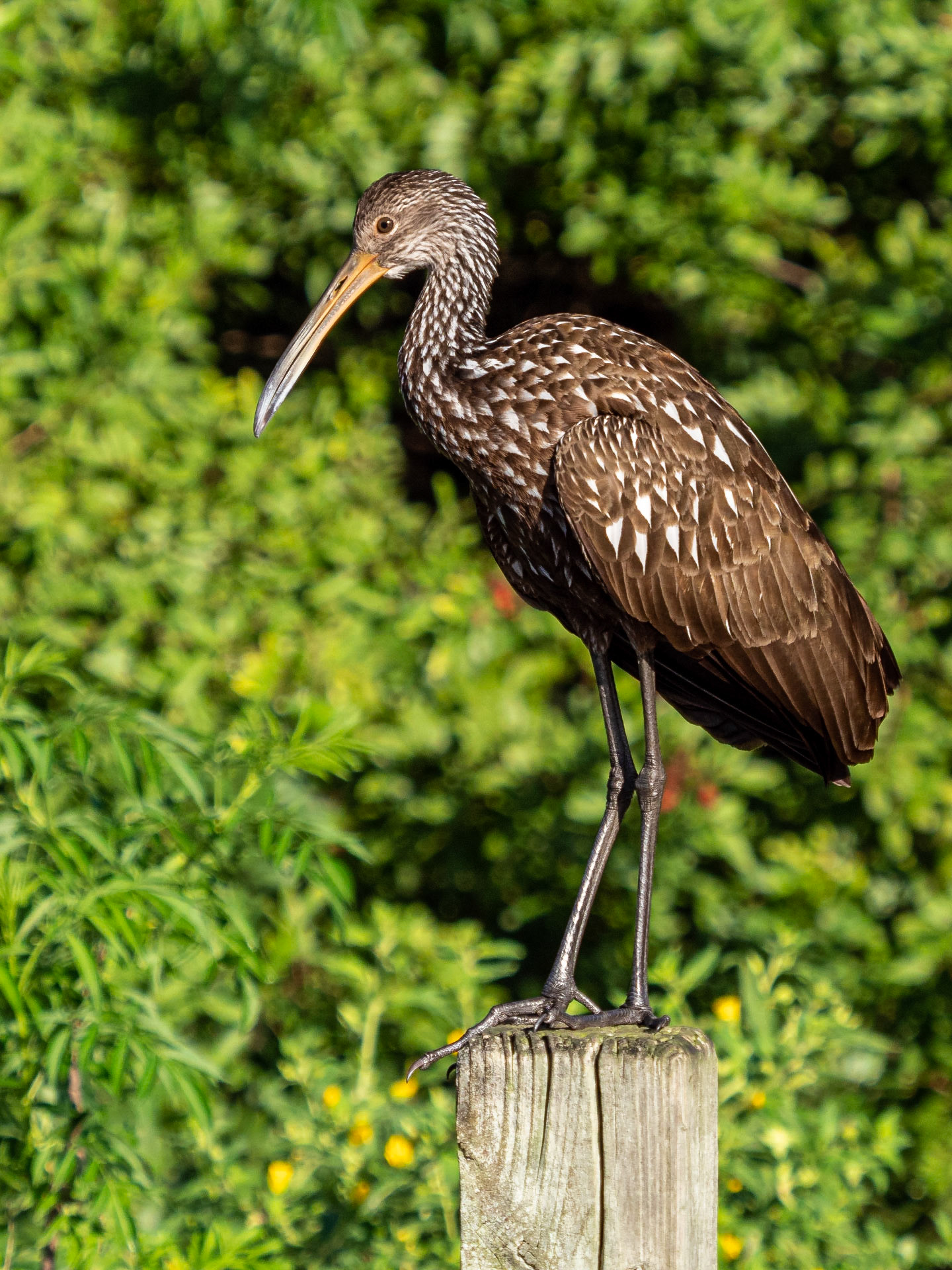
More reflections, limpkins this time
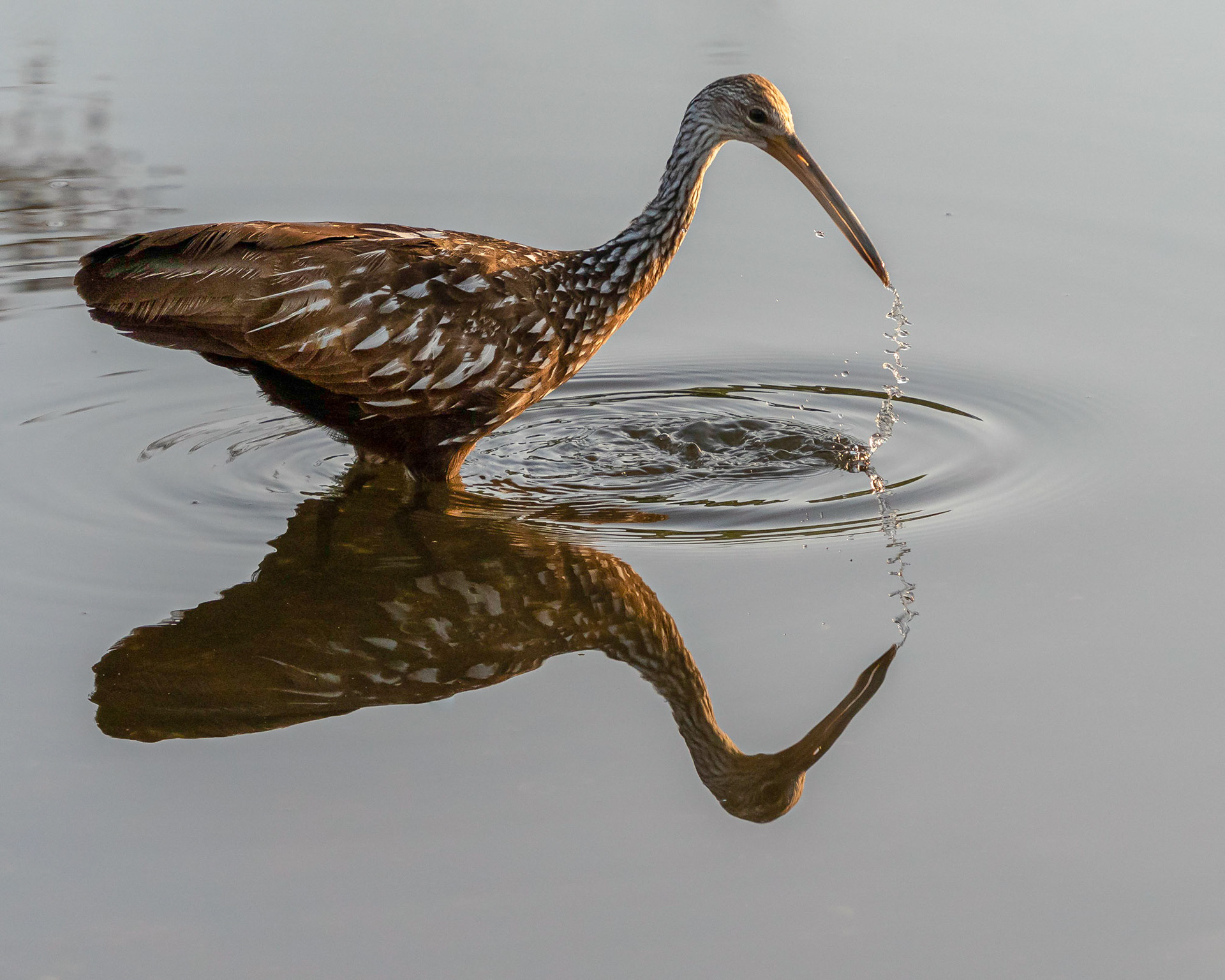
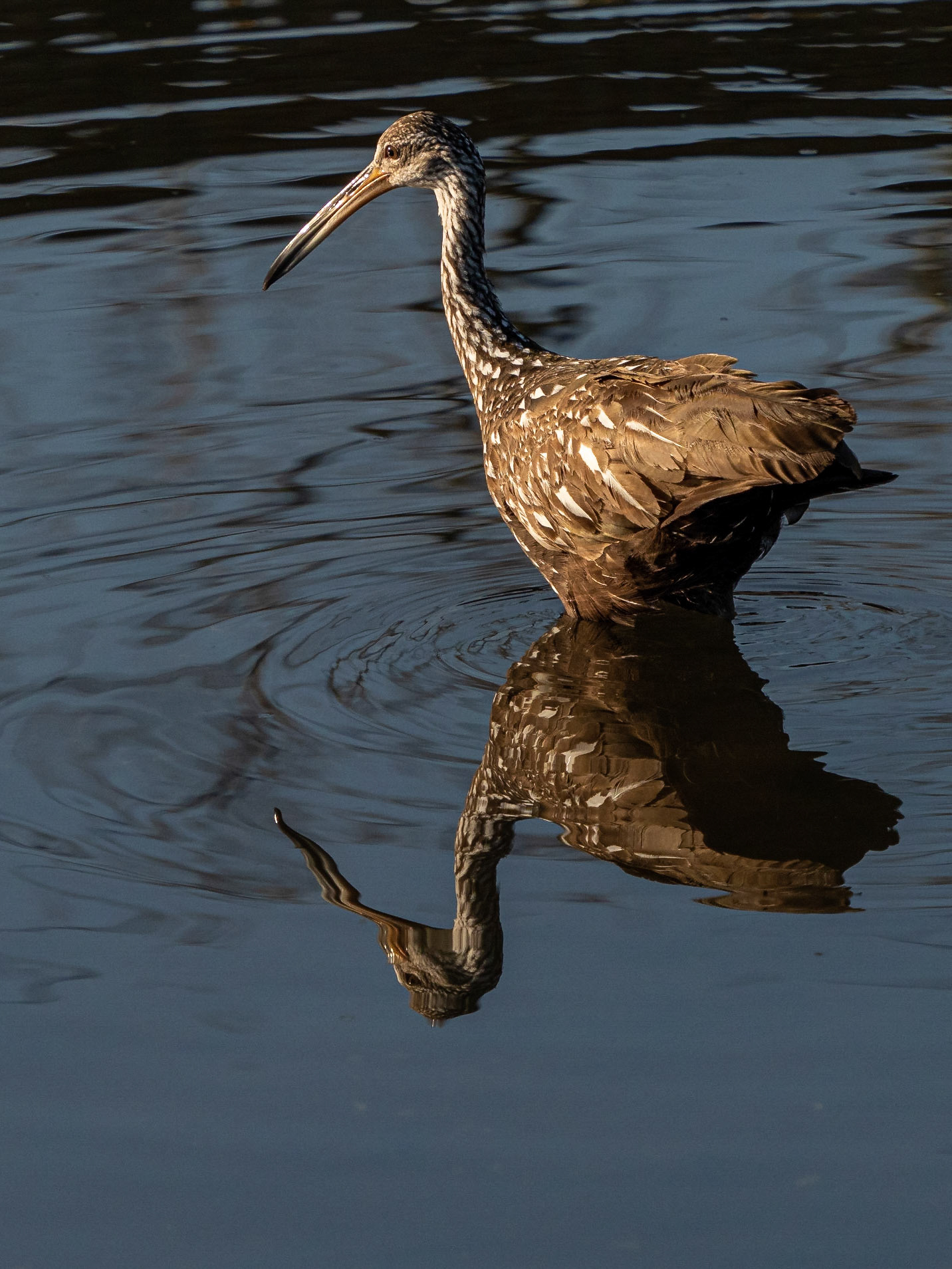
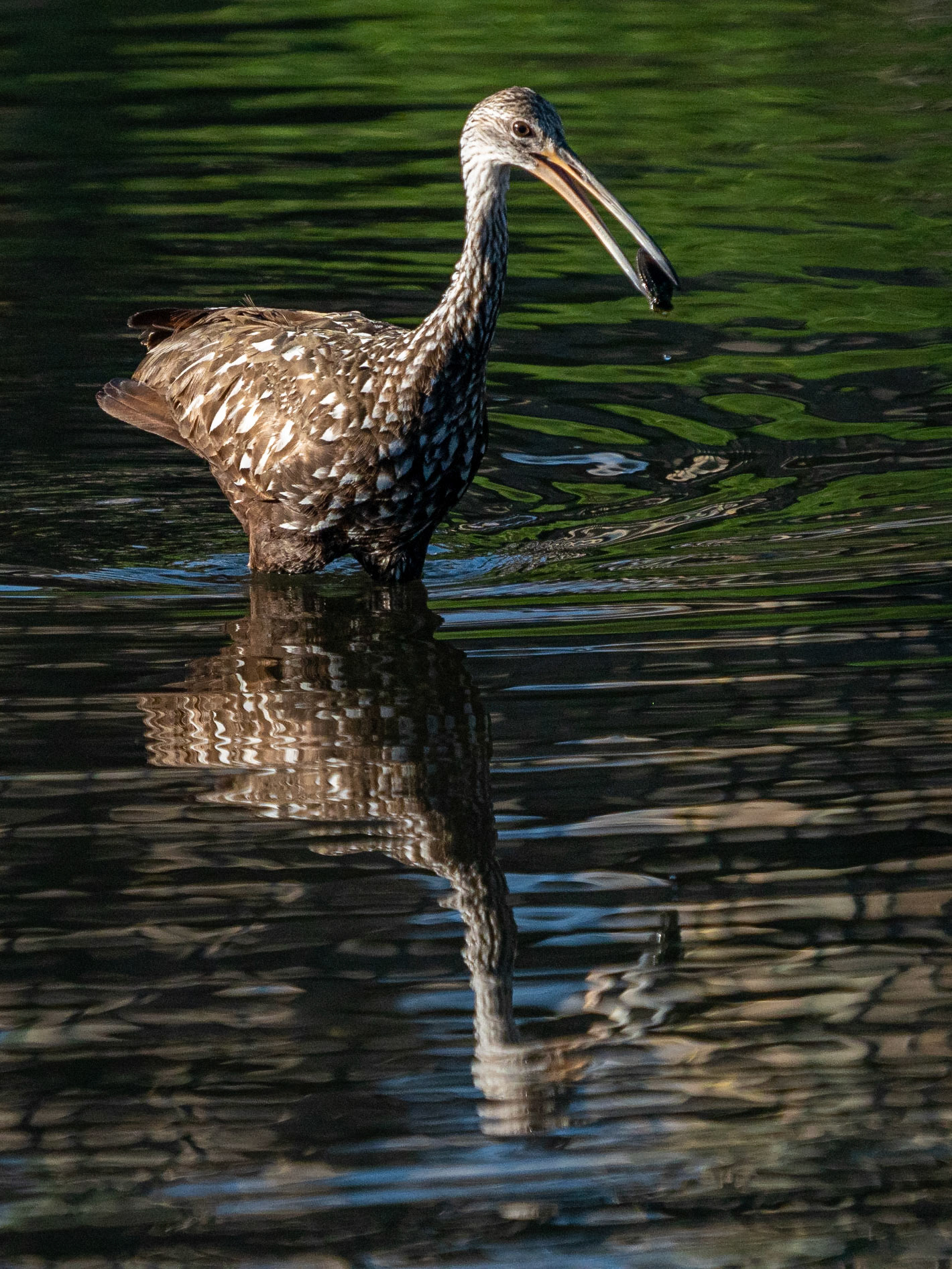
Little blue heron
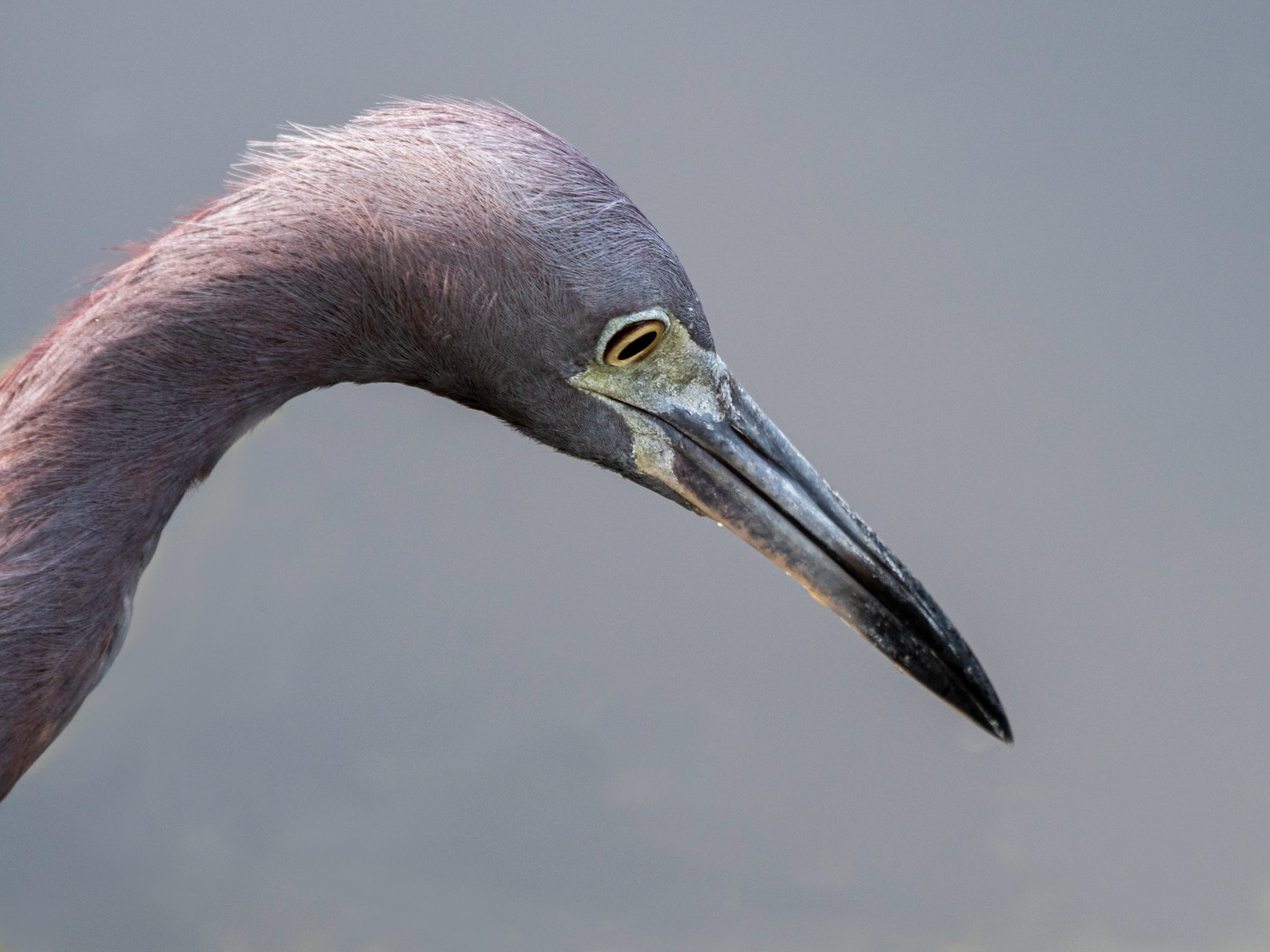


We found, and heard, a few meadowlarks. Might have even been on the same fence post as 15 years ago....
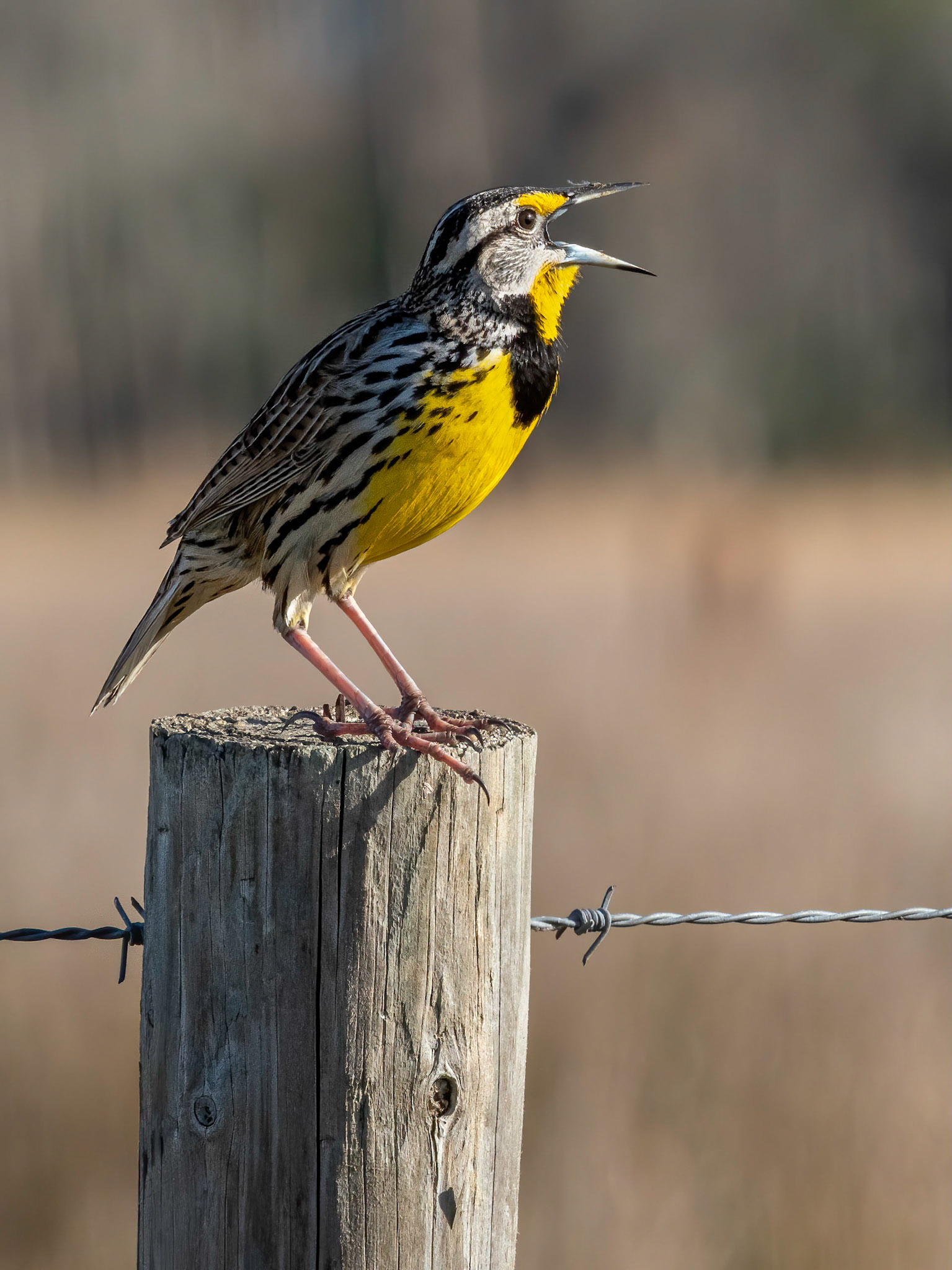

Mockingbird
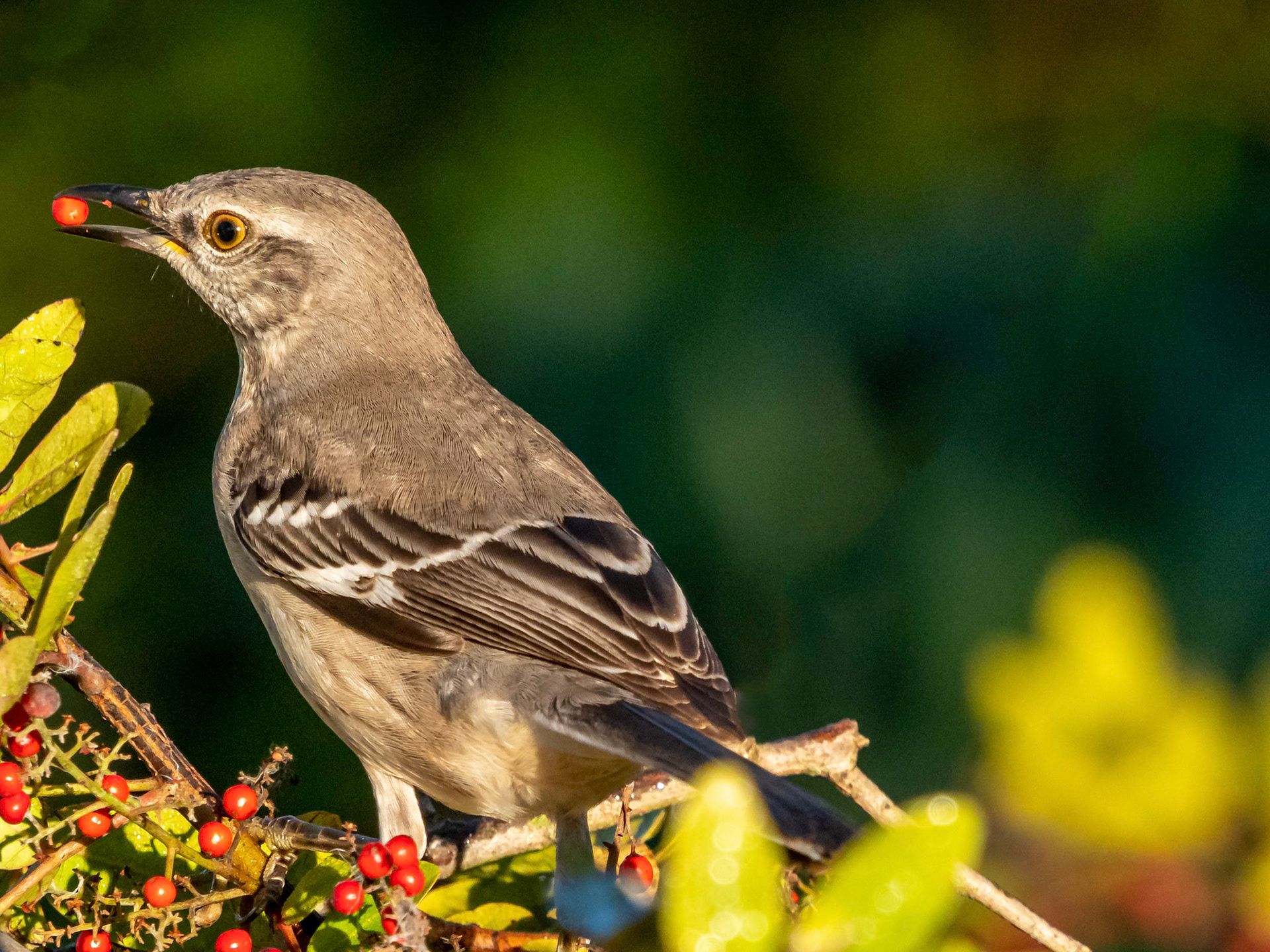
Lots of osprey
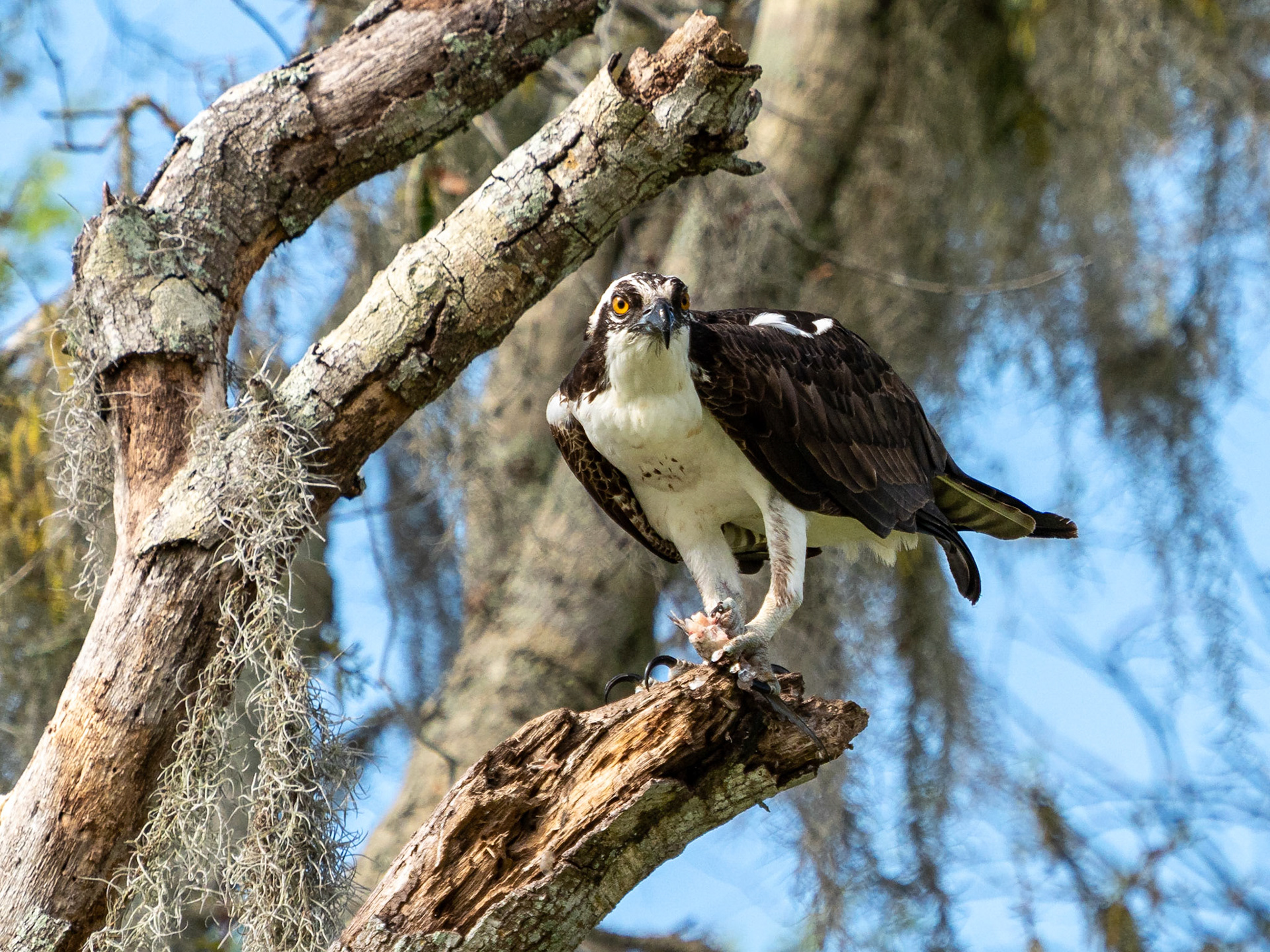


Quite a disparity of colour between the painted bunting pairs, Male on the left
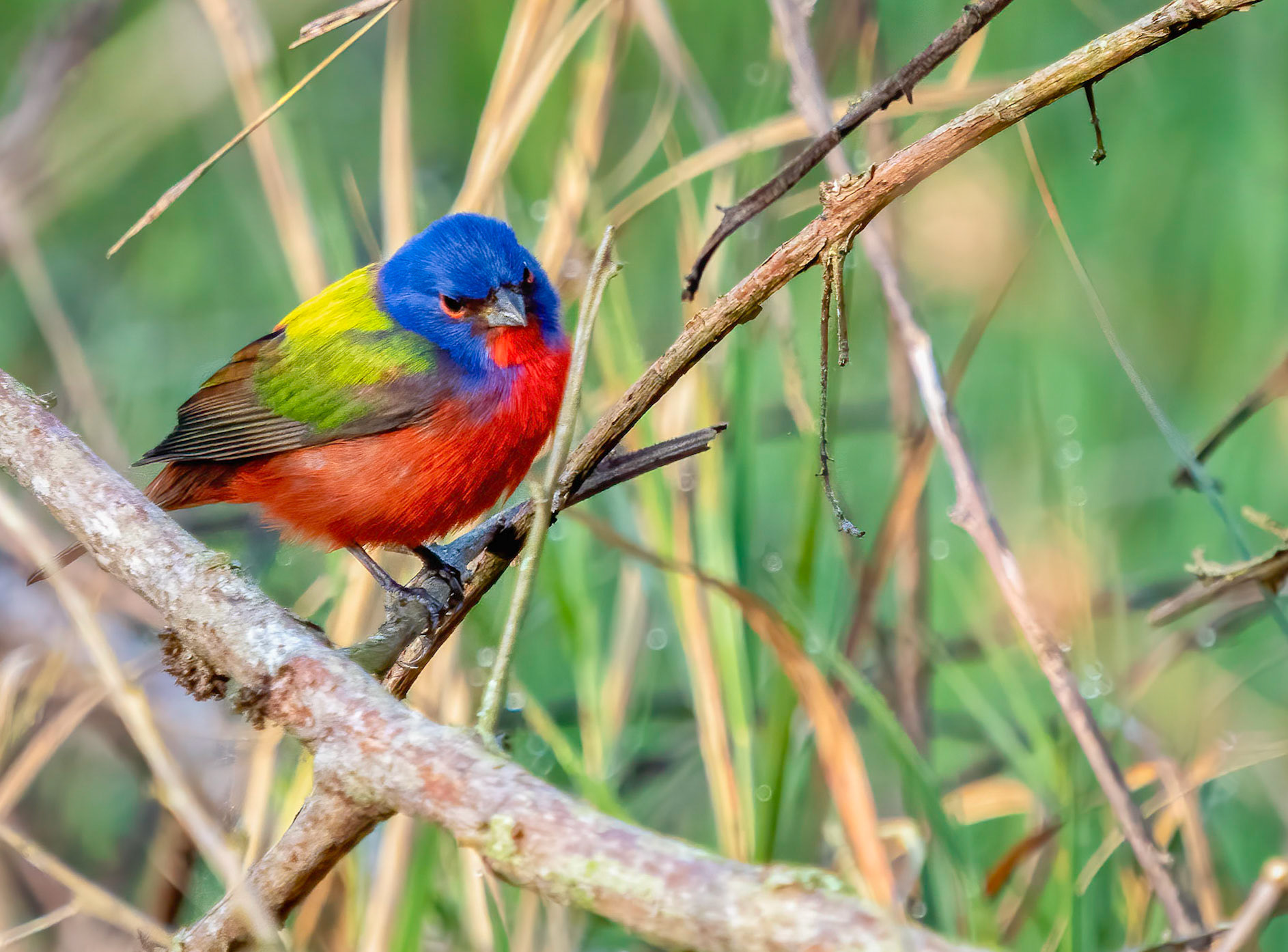

Took a while to find out these quite common little guys were palm warblers
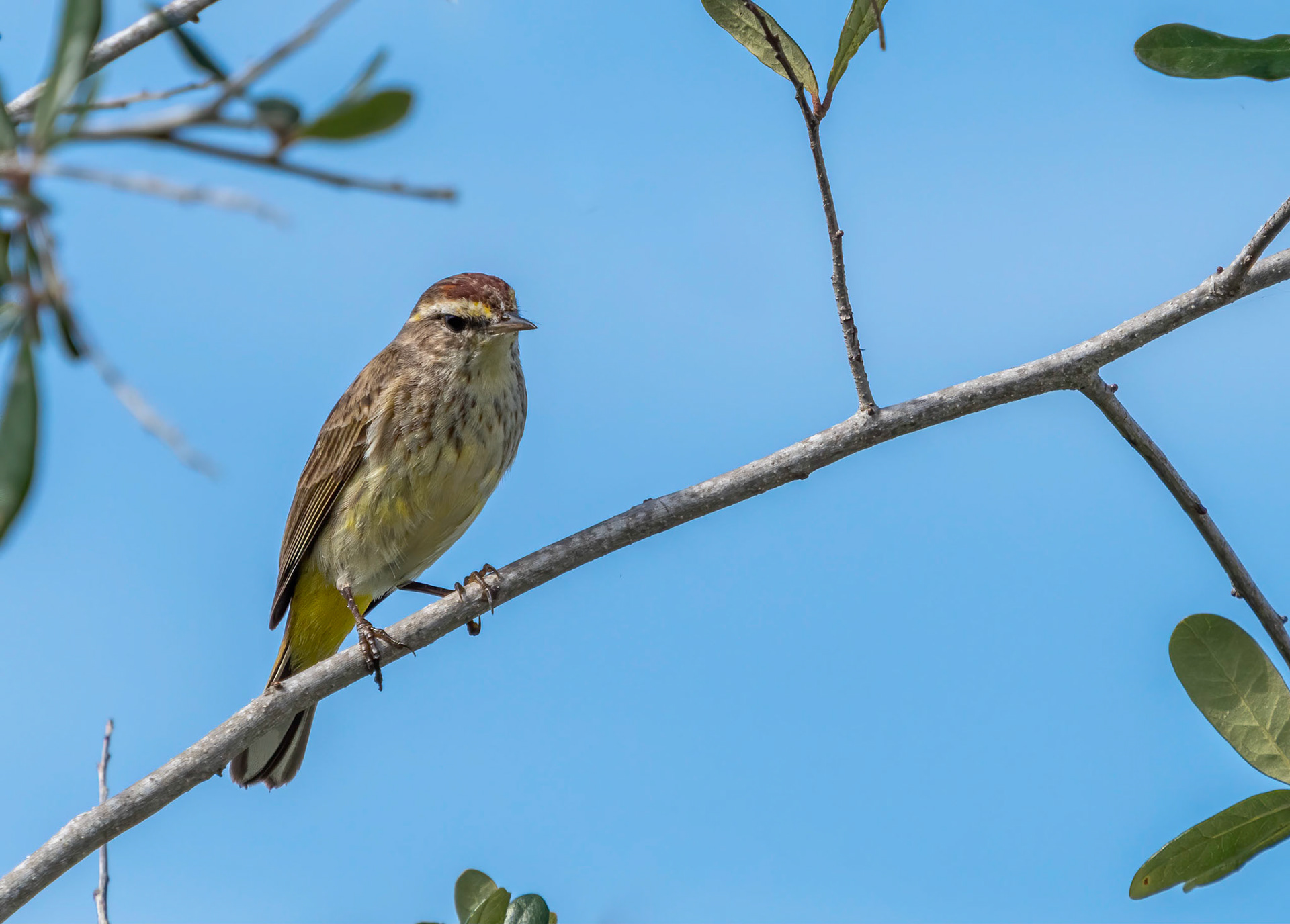
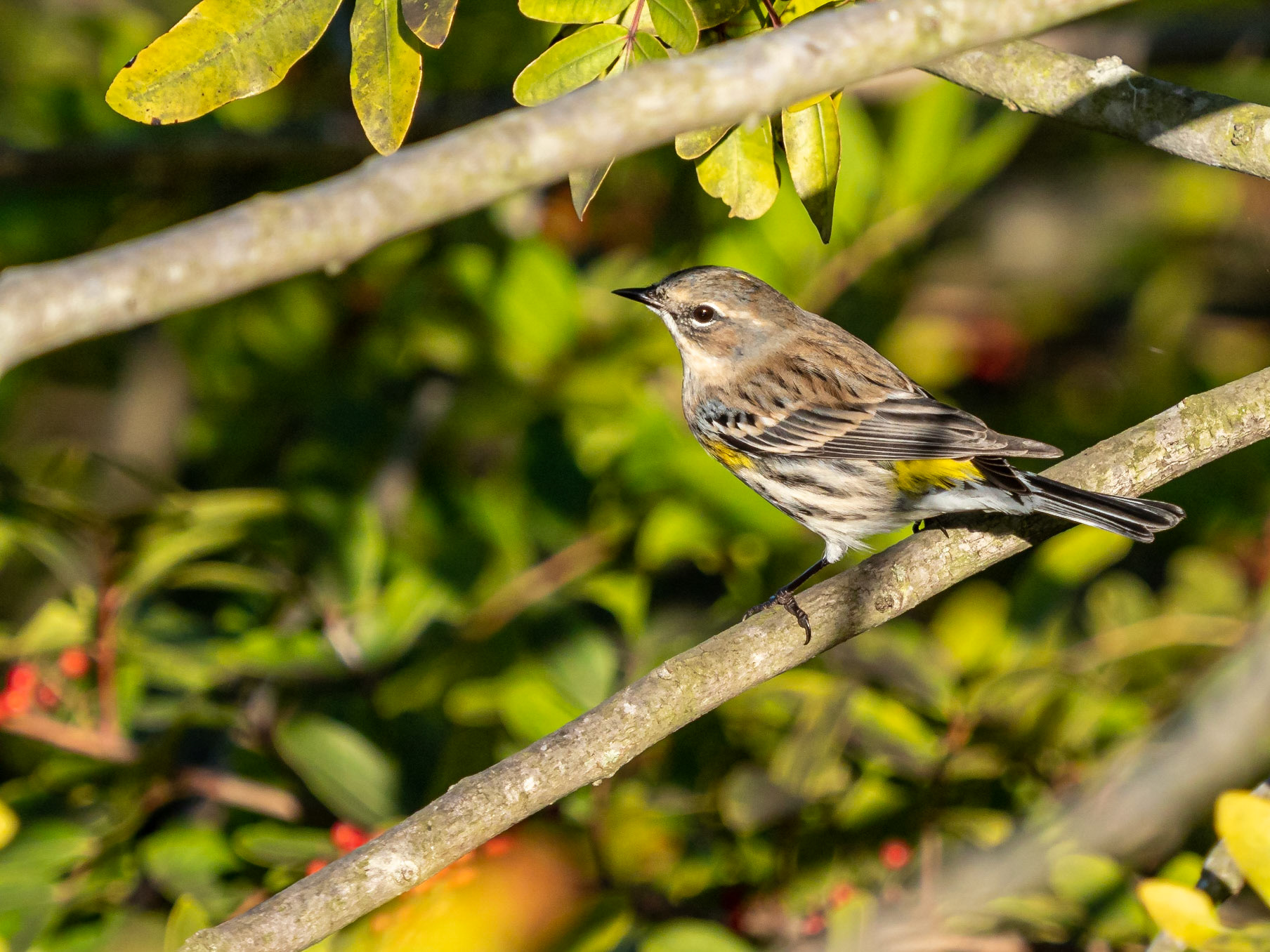
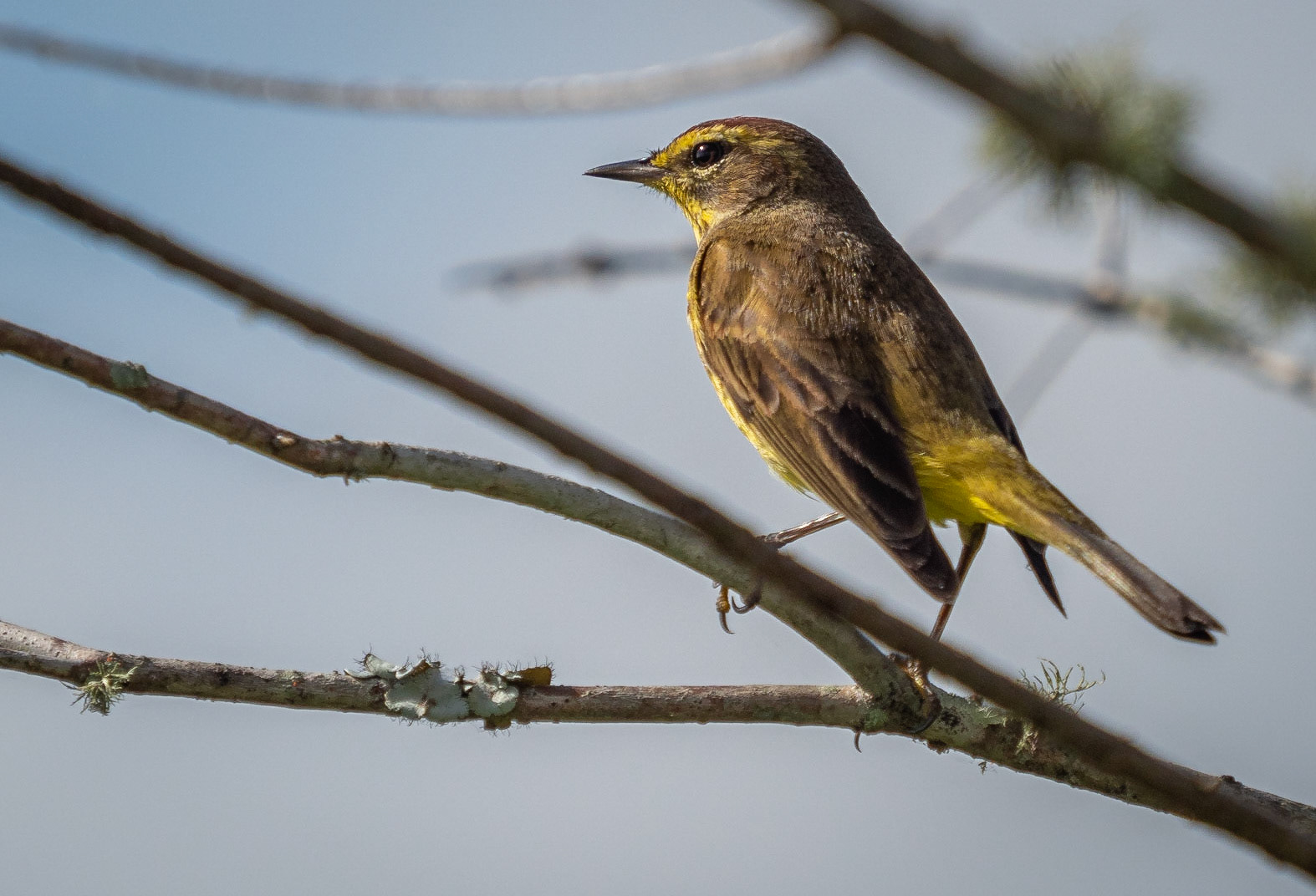
Brown pelican
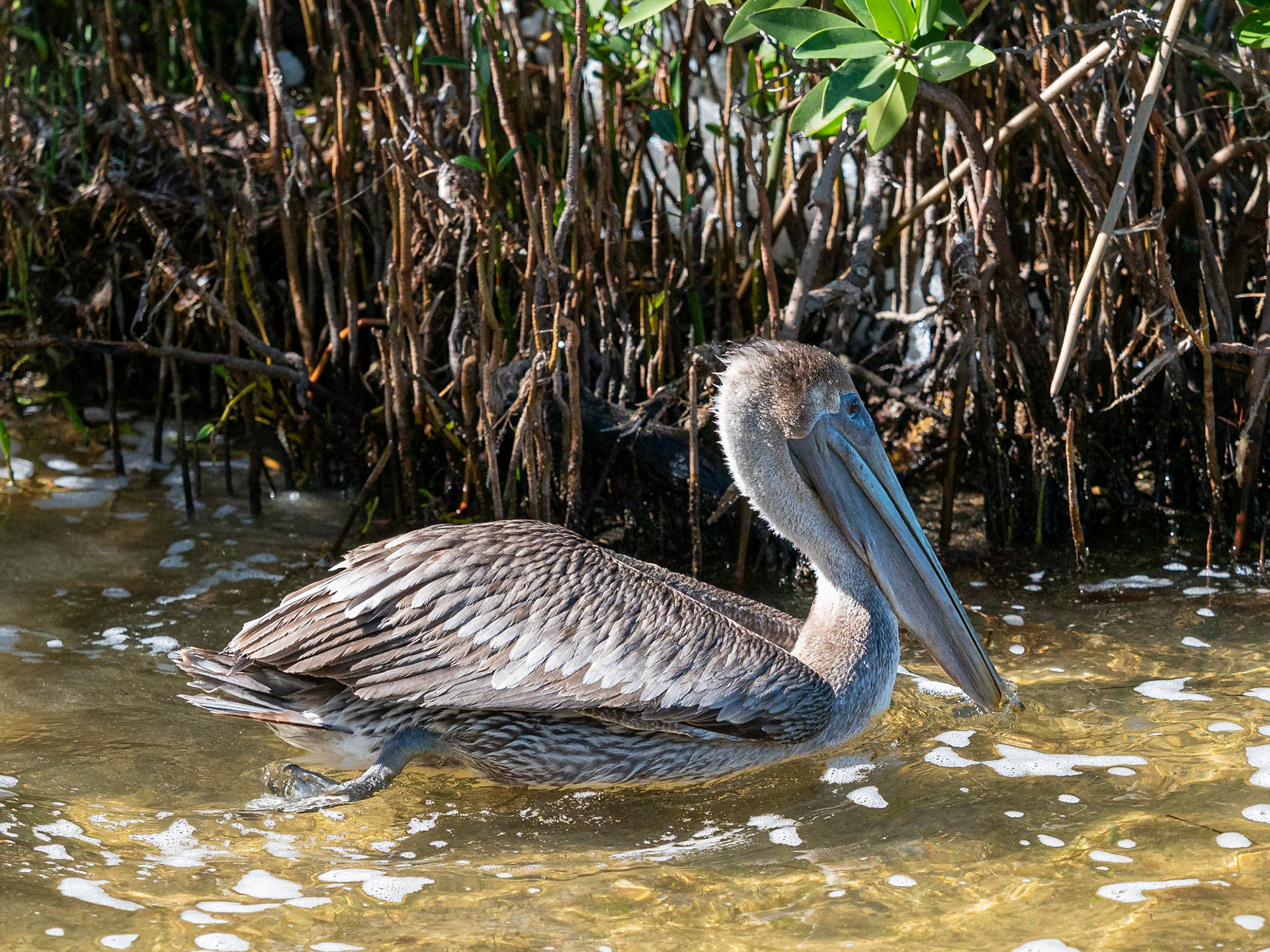
Not all birds are as close as you might like - red-headed woodpecker
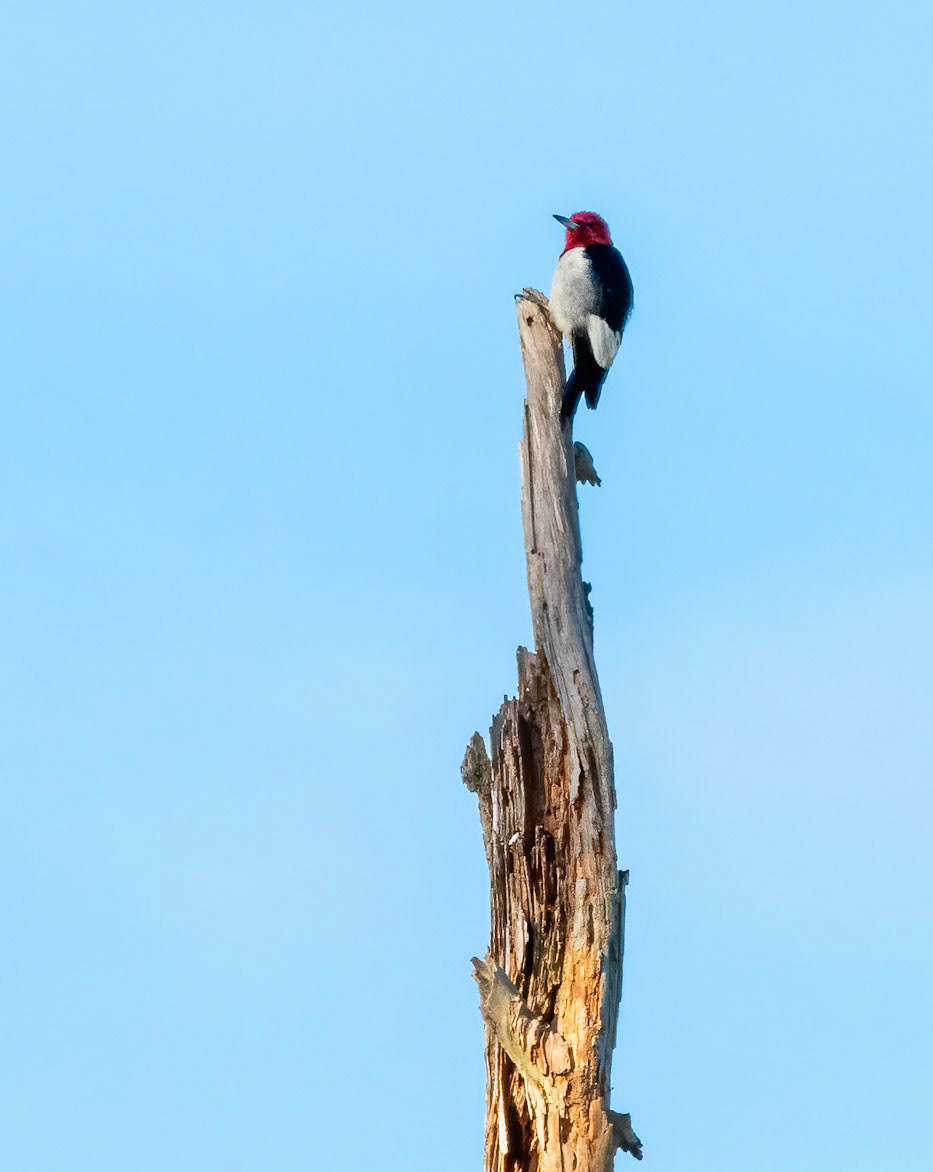
Lots of red-winged blackbirds
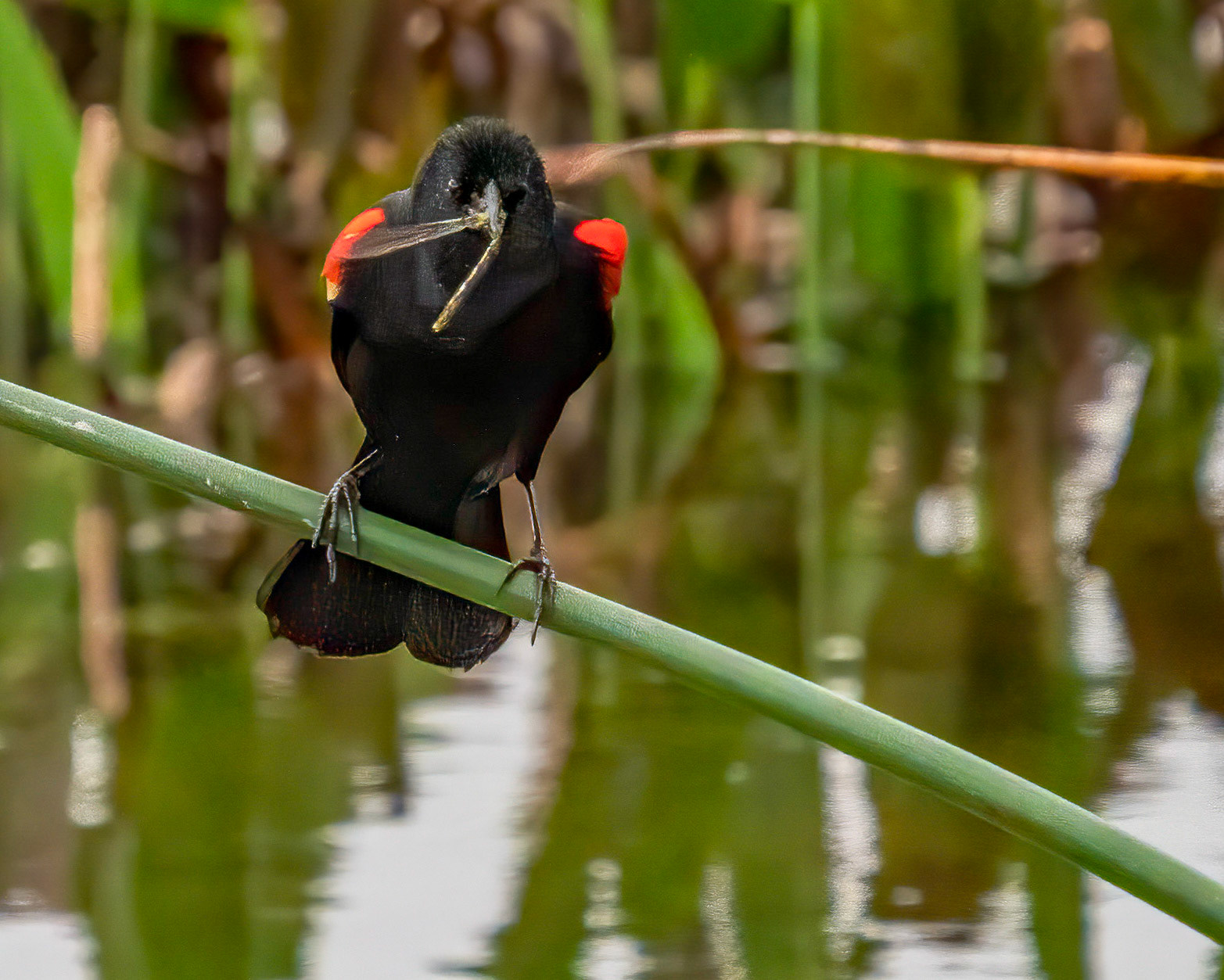
Ring=necked ducks
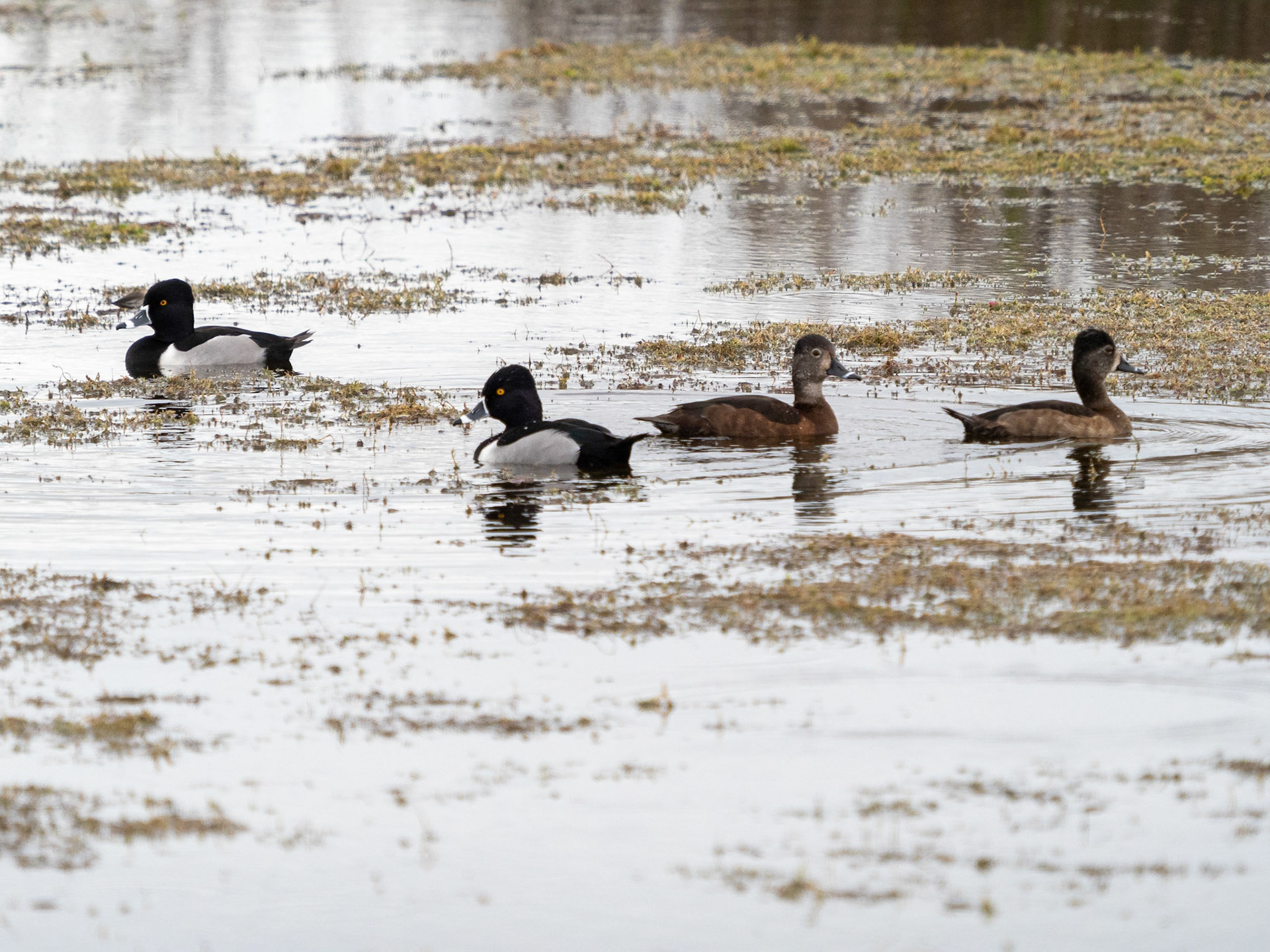
Most red-shouldered hawks, and there were lots, kept their distance

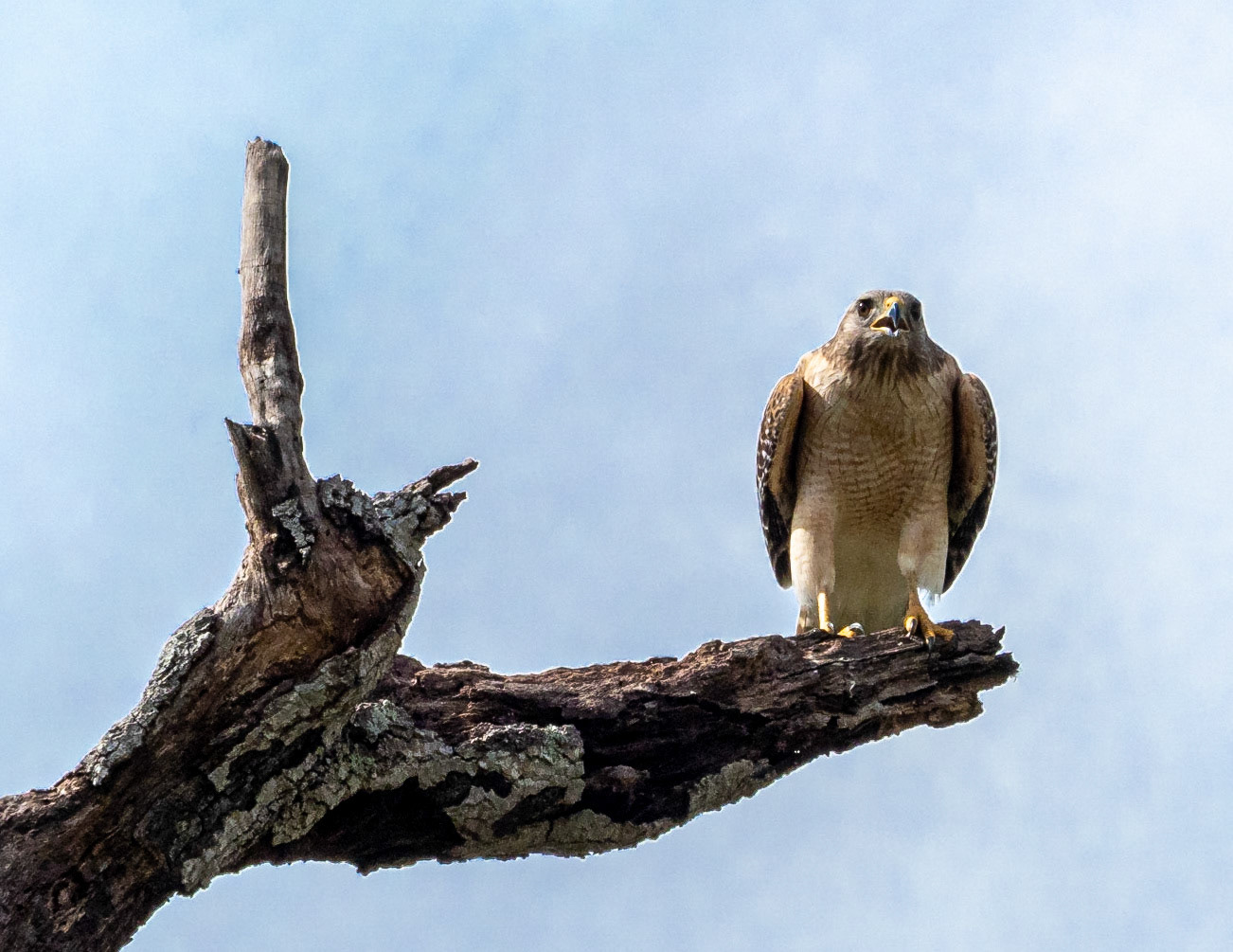
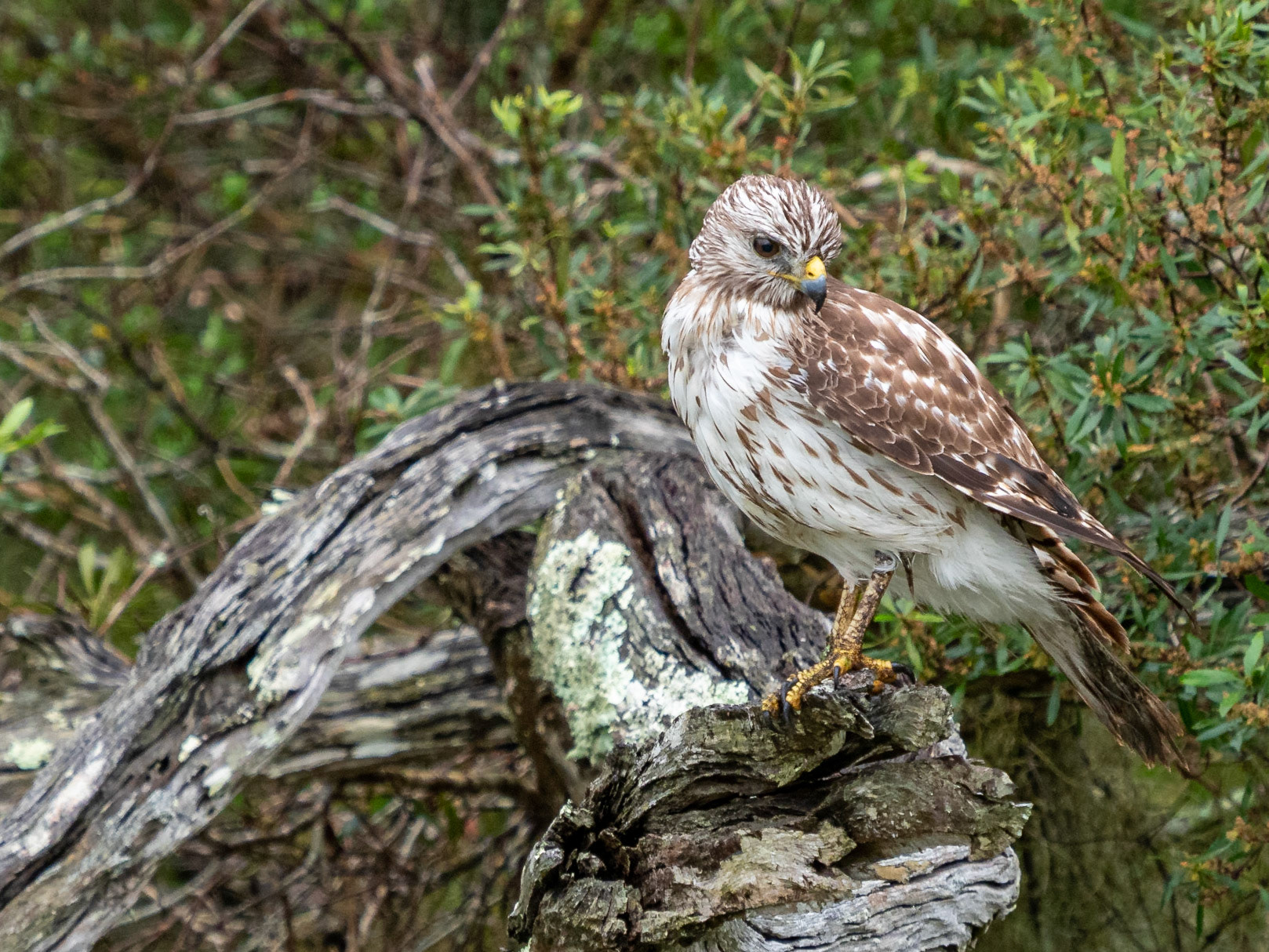
Roseate spoonbills were generally AWOL, but we spotted a few, including this one with a wood stork and black-bellied whistling ducks at Wakodahatchee Wetlands
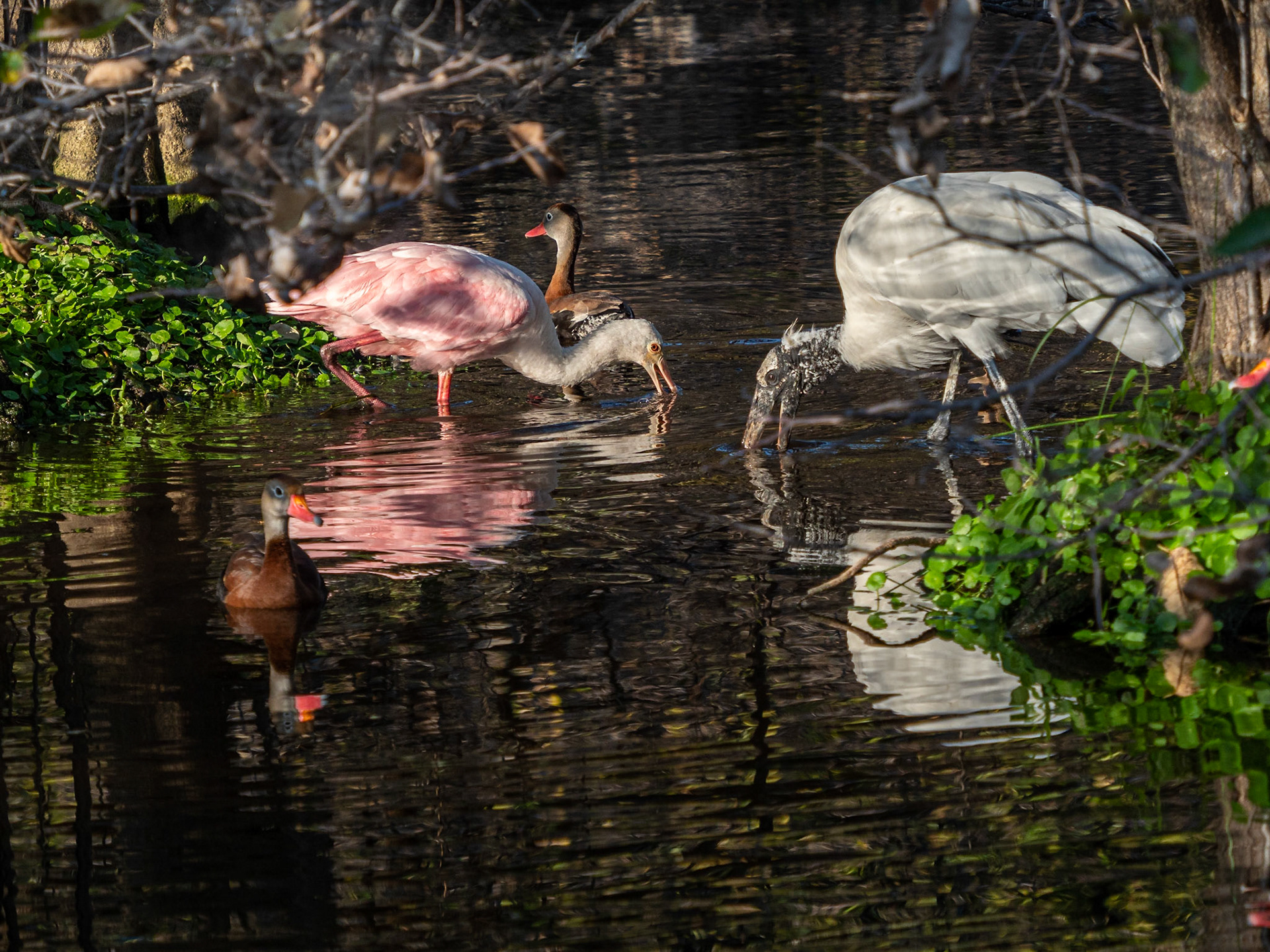
A few more on Merritt Island and at Orlando Wetlands
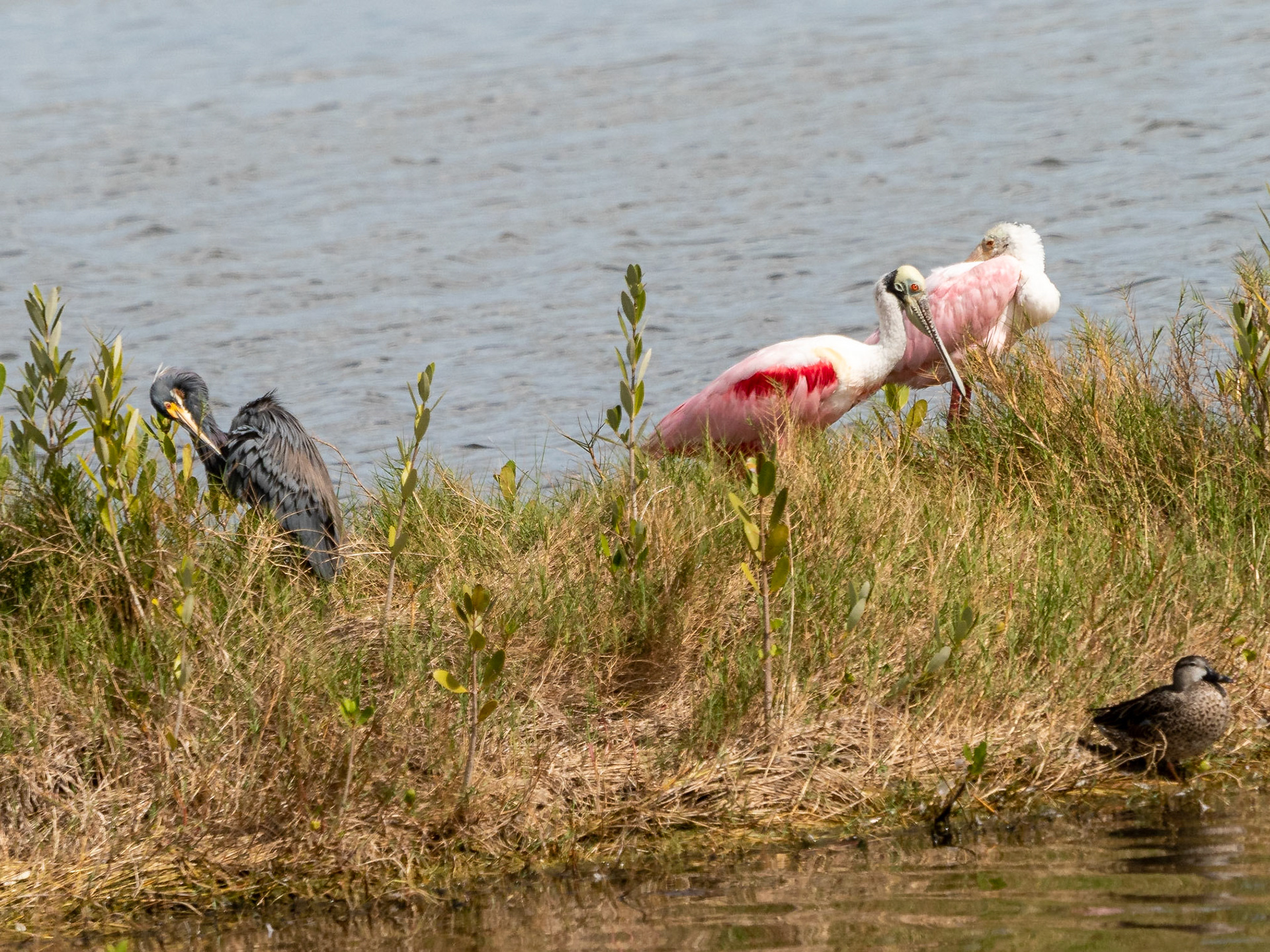
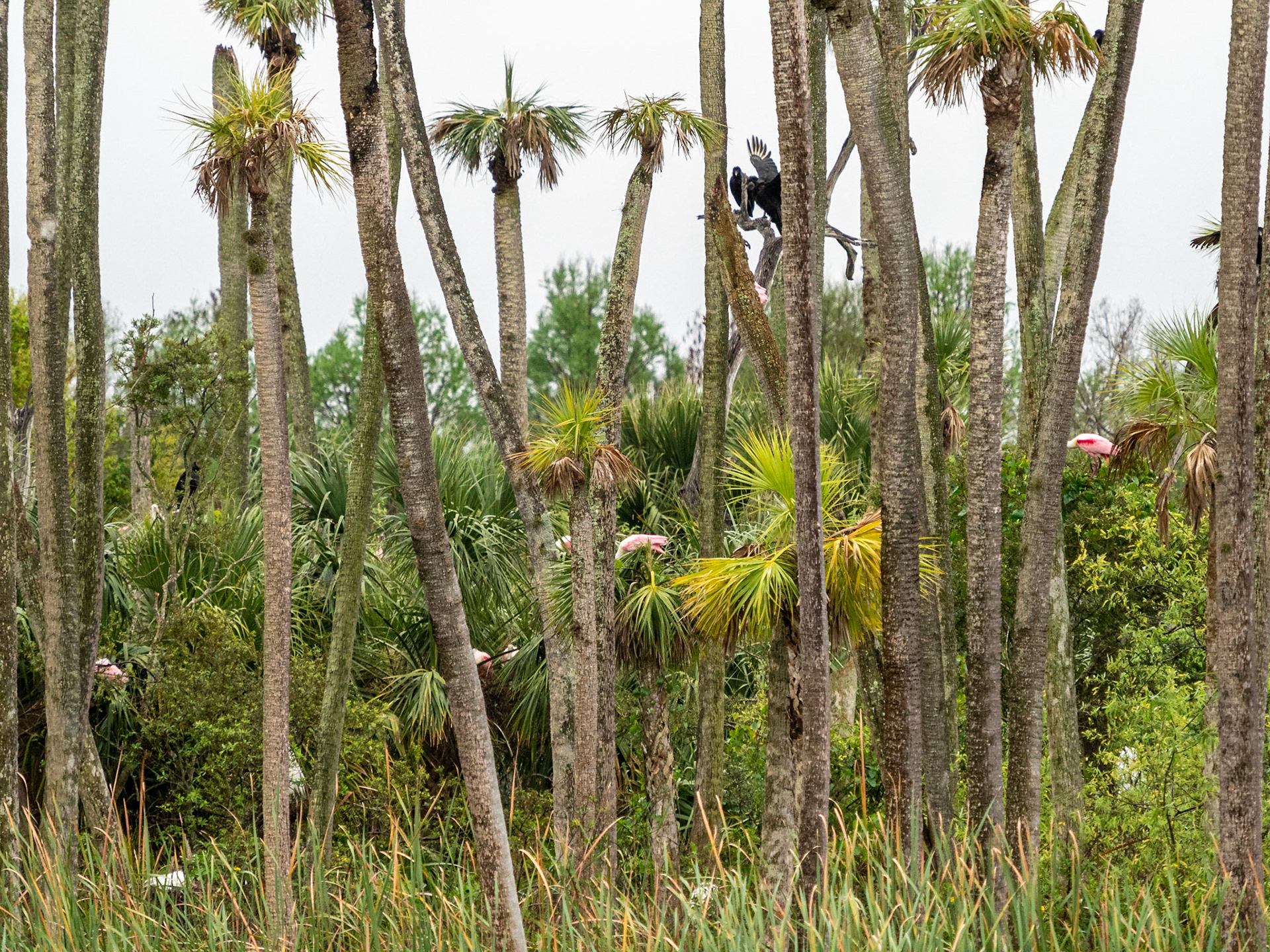
The sandhill cranes were not as "tame" as we have seen elsewhere in Florida. These two were busy entertaining some cattle with a courtship dance jumping as much as 2-3 feet in the air (especially when I wasn't ready with the camera).
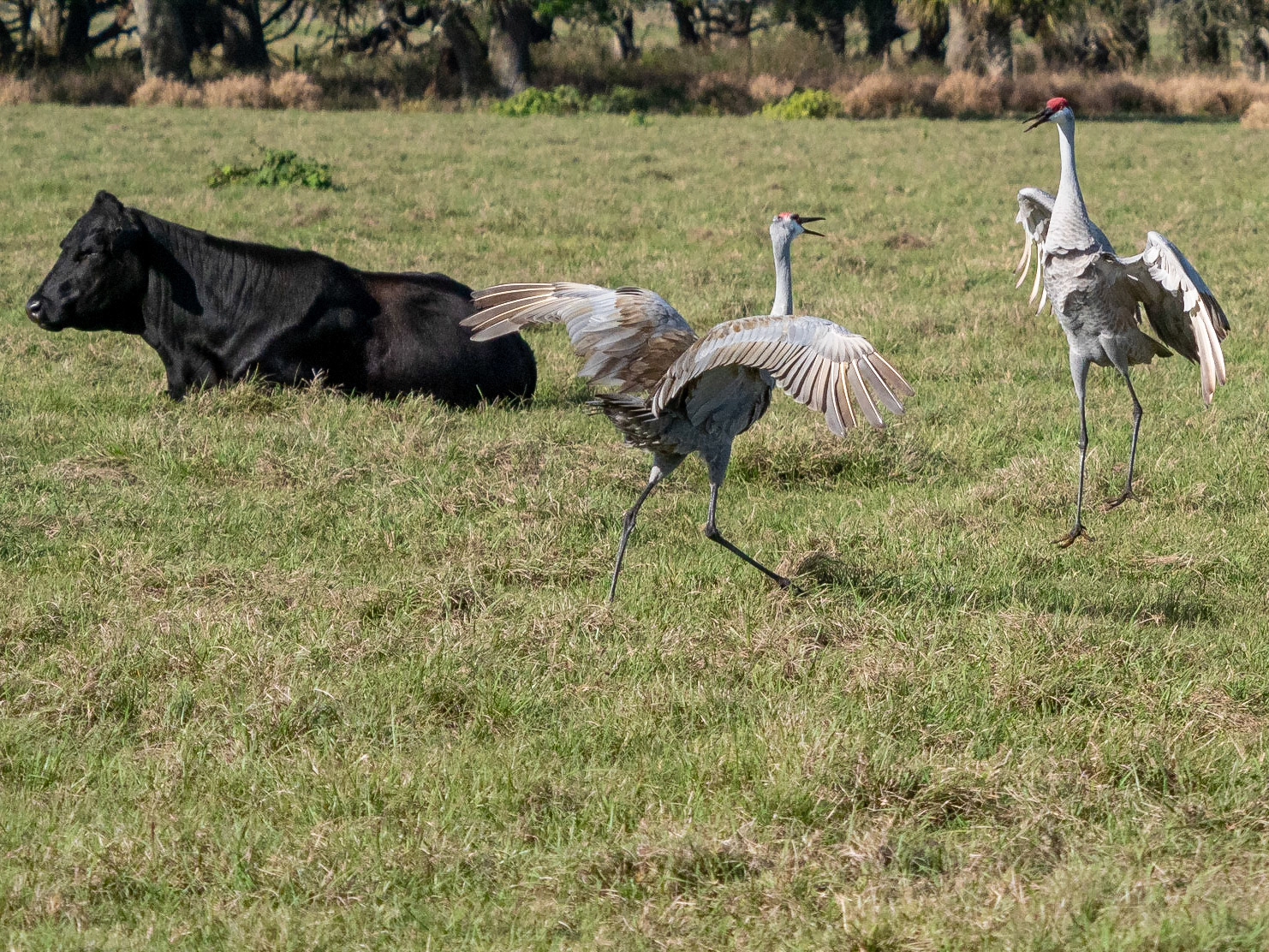
One calf didn't know what to make of the cranes.
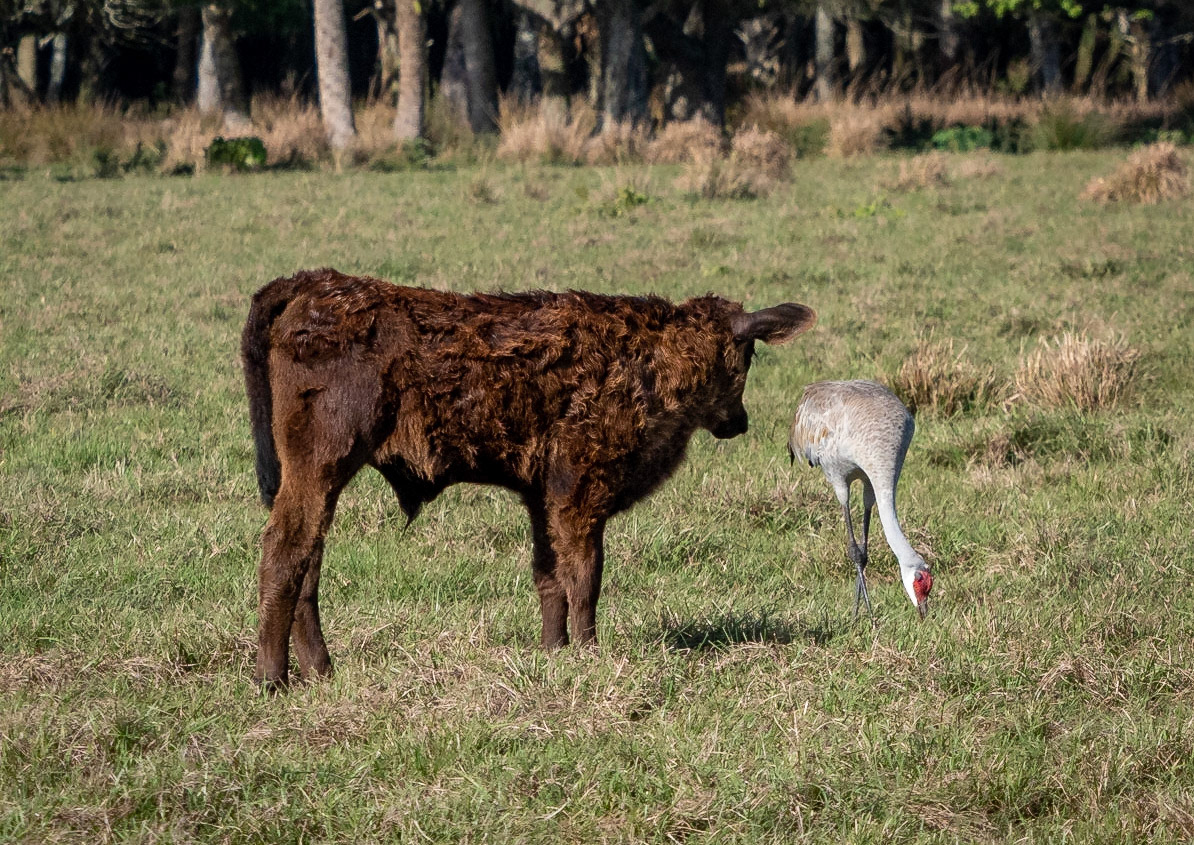
At Orlando Wetlands, one of the cranes has a GPS tracker on its back
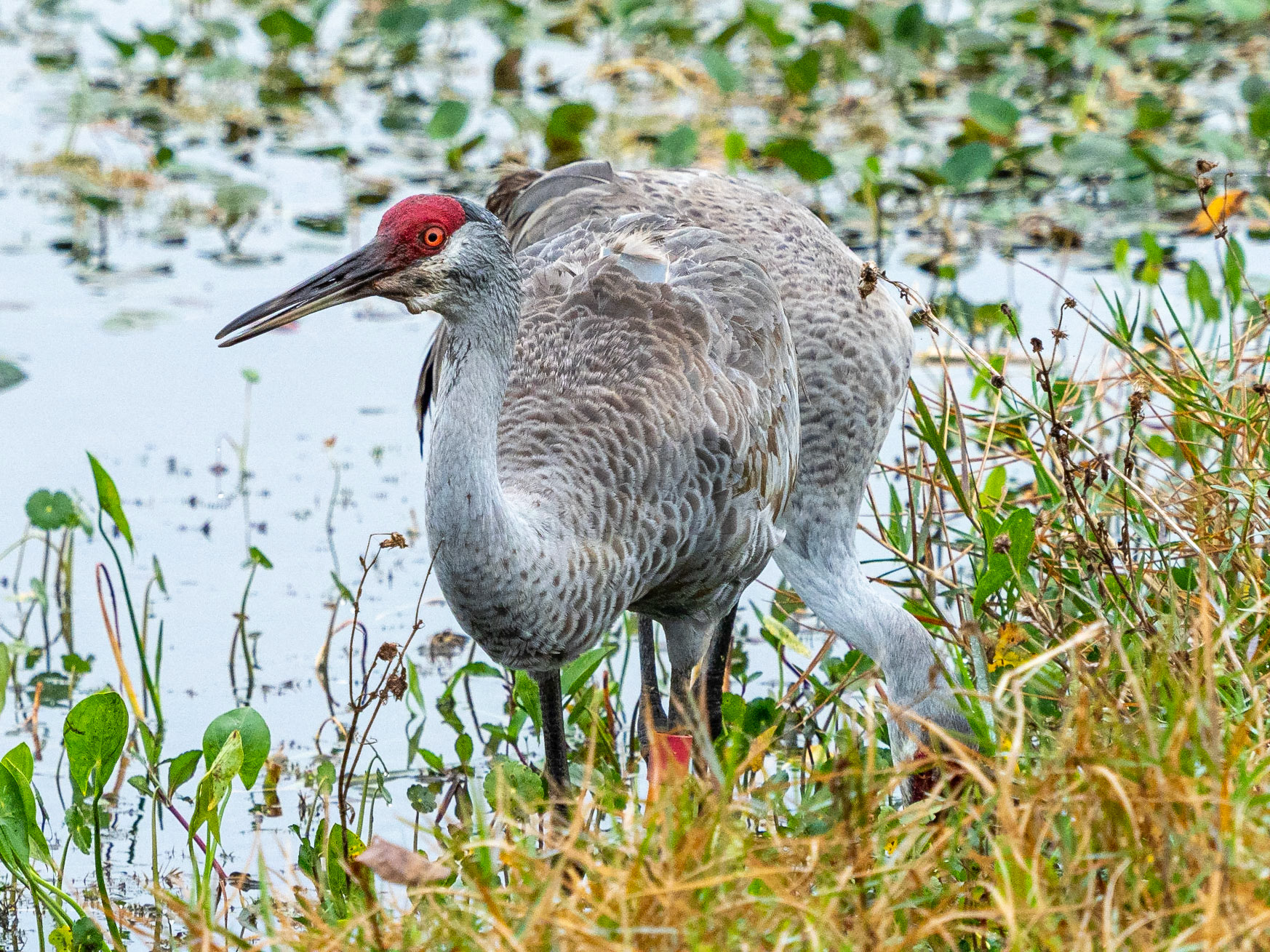

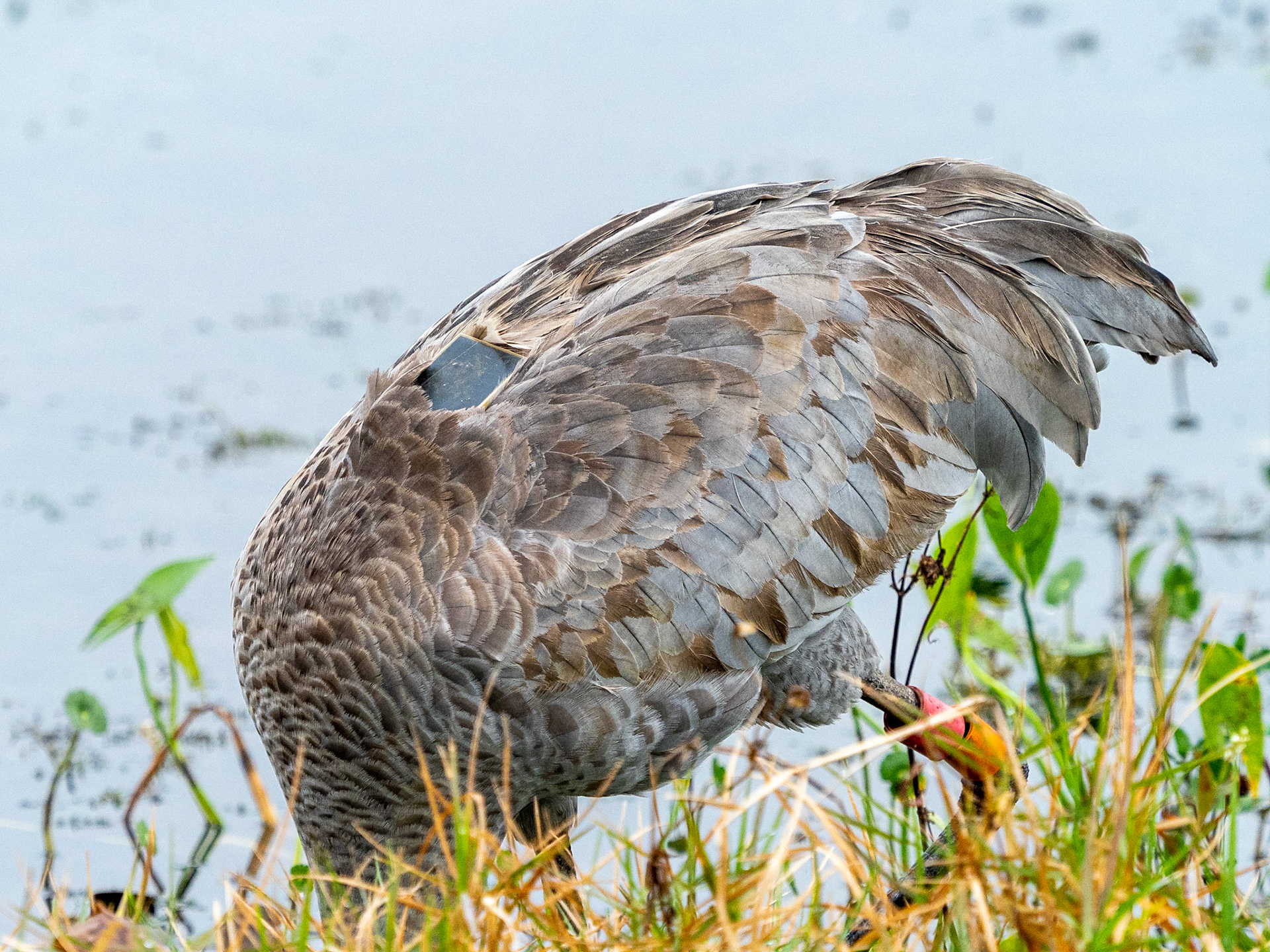
They walk very elegantly.
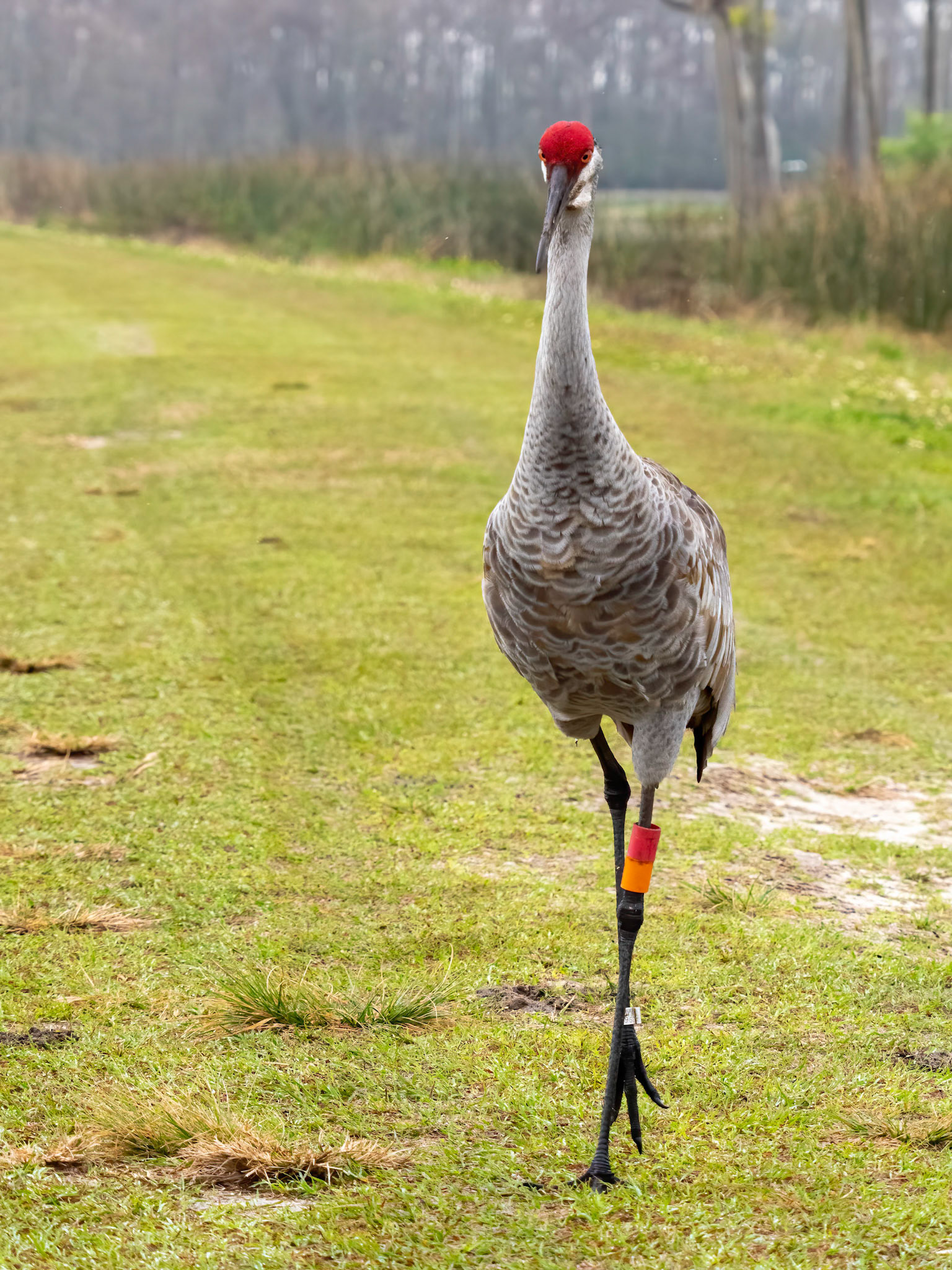
We had been given a heads up about a northern shrike at Viera Wetlands, and sure enough it appeared as we got out of the car.
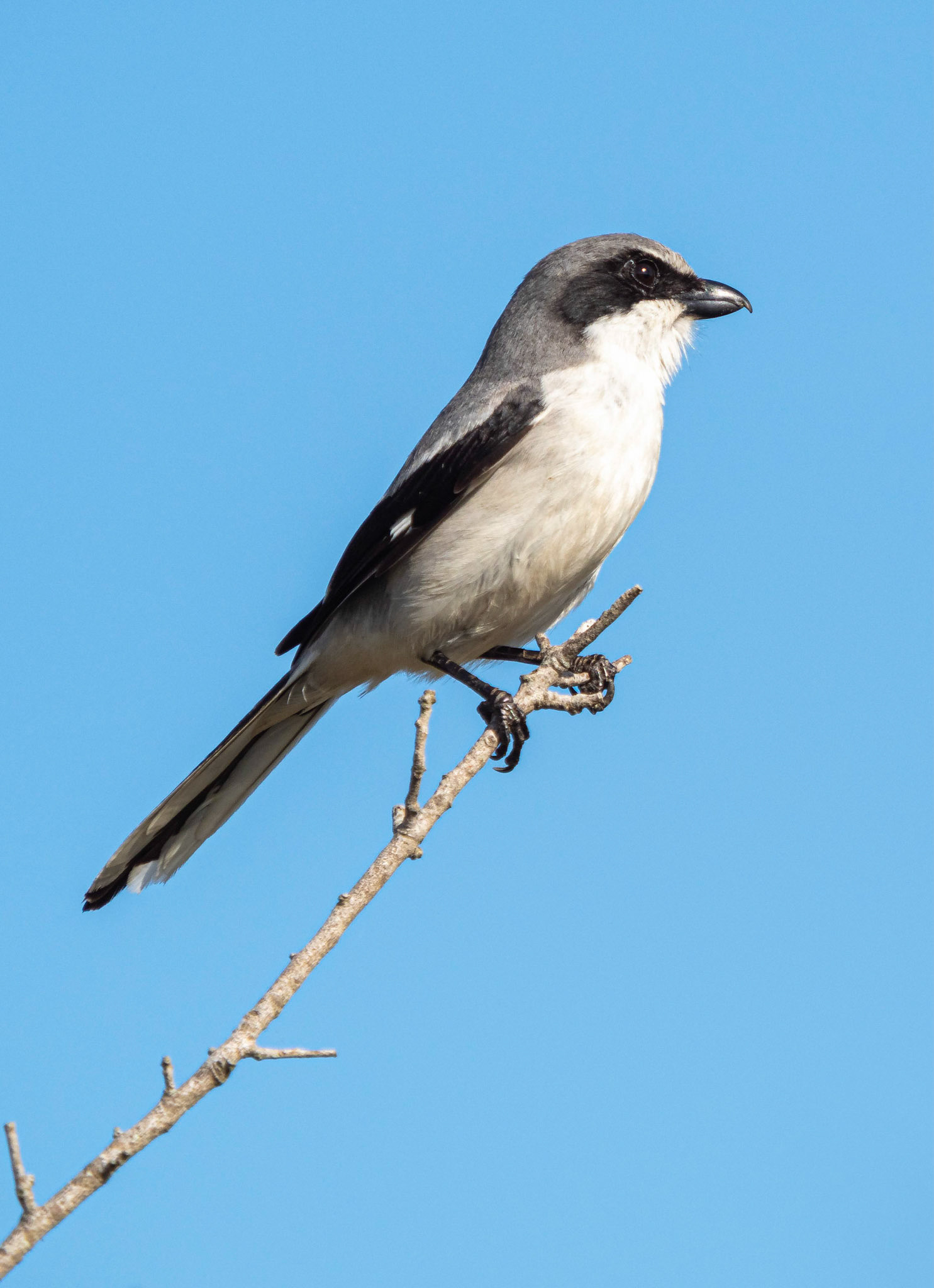
I had seen pictures of skimmers before, but never seen the birds. When I fist saw them I thought they were another bird, but then I spotted the large beaks. I tried for some in flight shots as they took off and wheeled around only to land in the same spot again; none of the pictures really worked well. So here they are standing on the dock with some ring-billed gulls
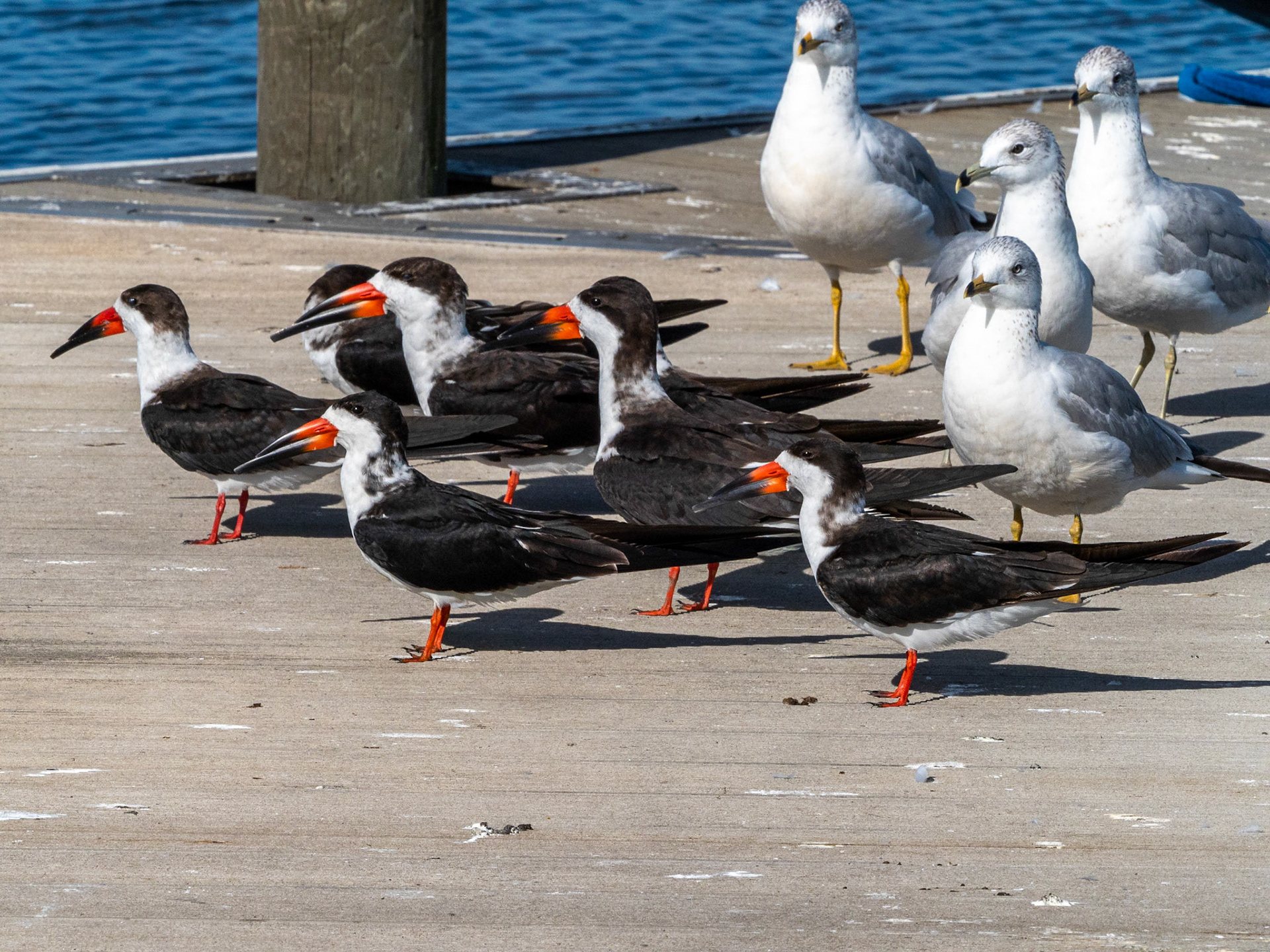
How we don't know, but someone spotted a pair of snipes in the reeds about 20-30 yards off the boardwalk

We had heard of a sora, but not seen one before. Not sure this counts as having seen one 😀.
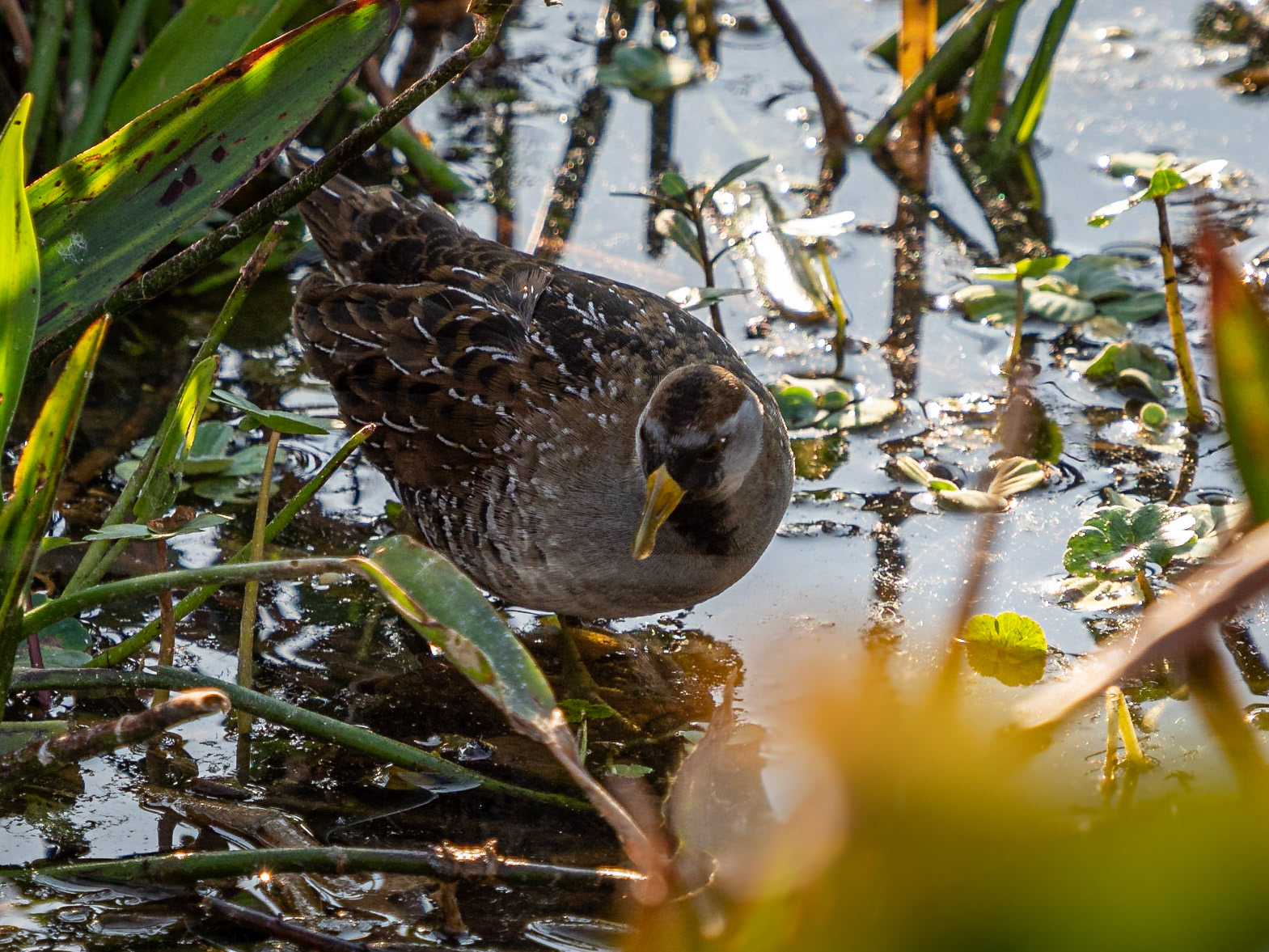
Snowy egrets;? Look for their yellow feet...

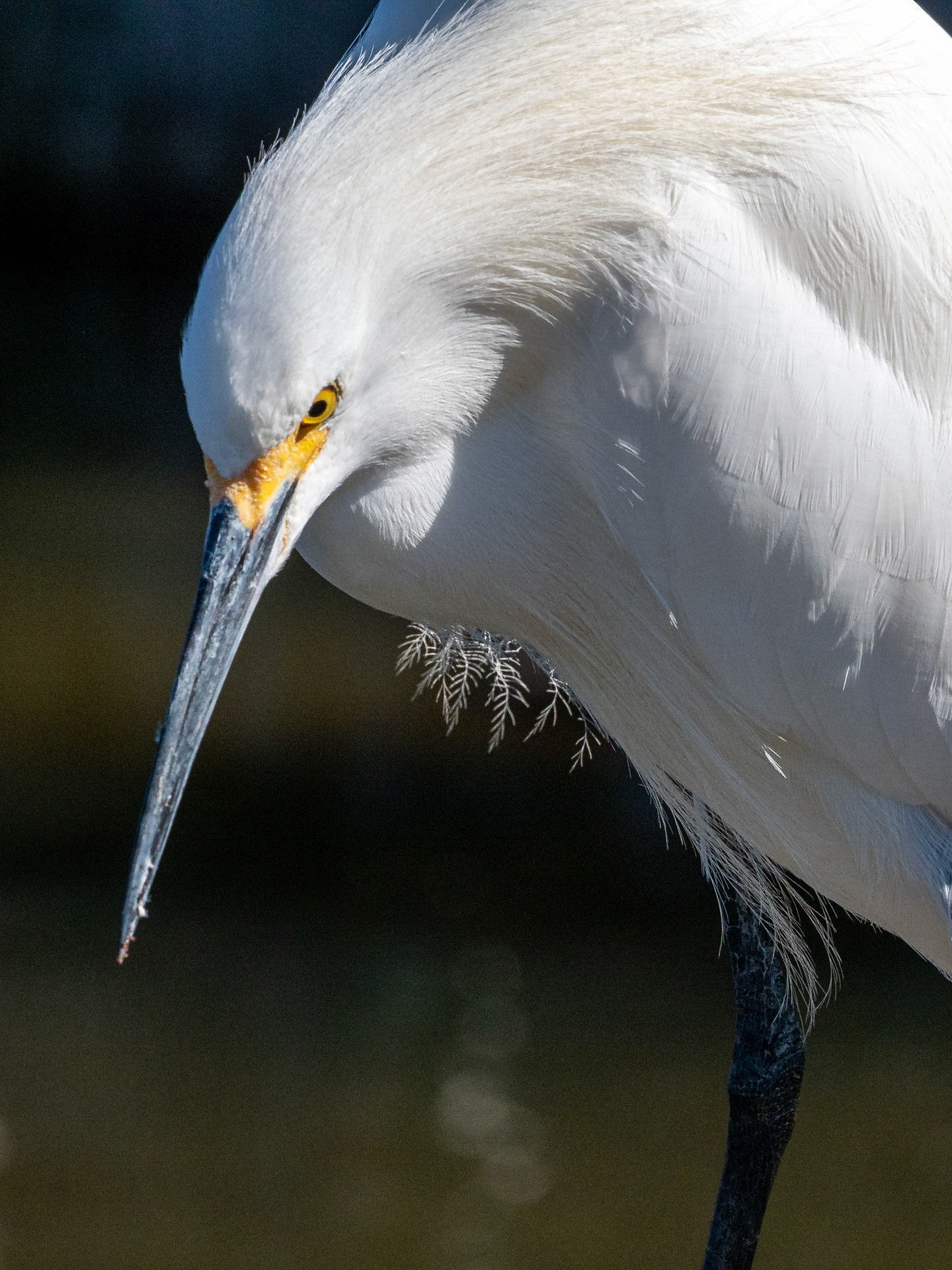
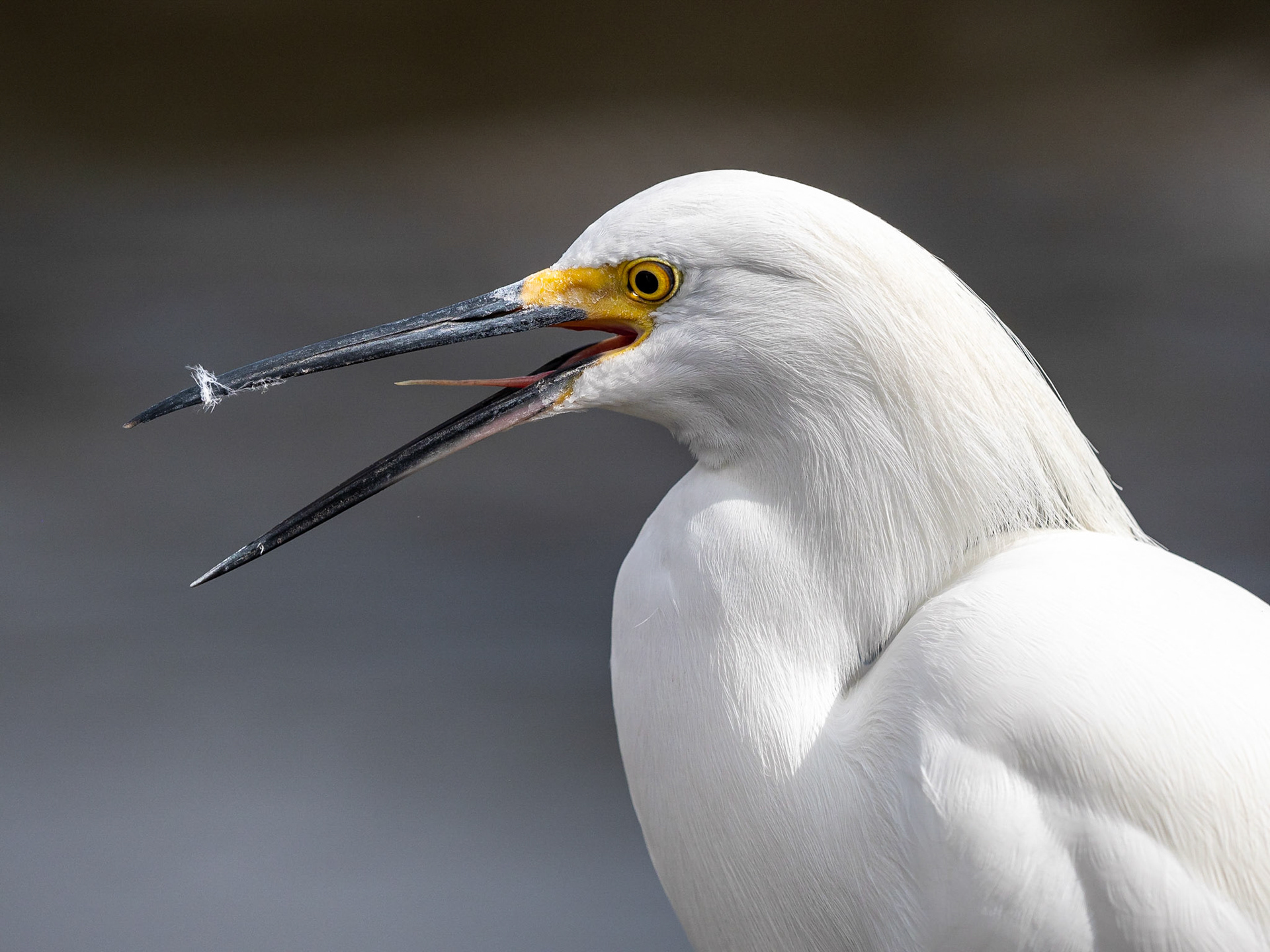


We waited and waited for this tern to fly off so we could get a flight shot, but no luck.
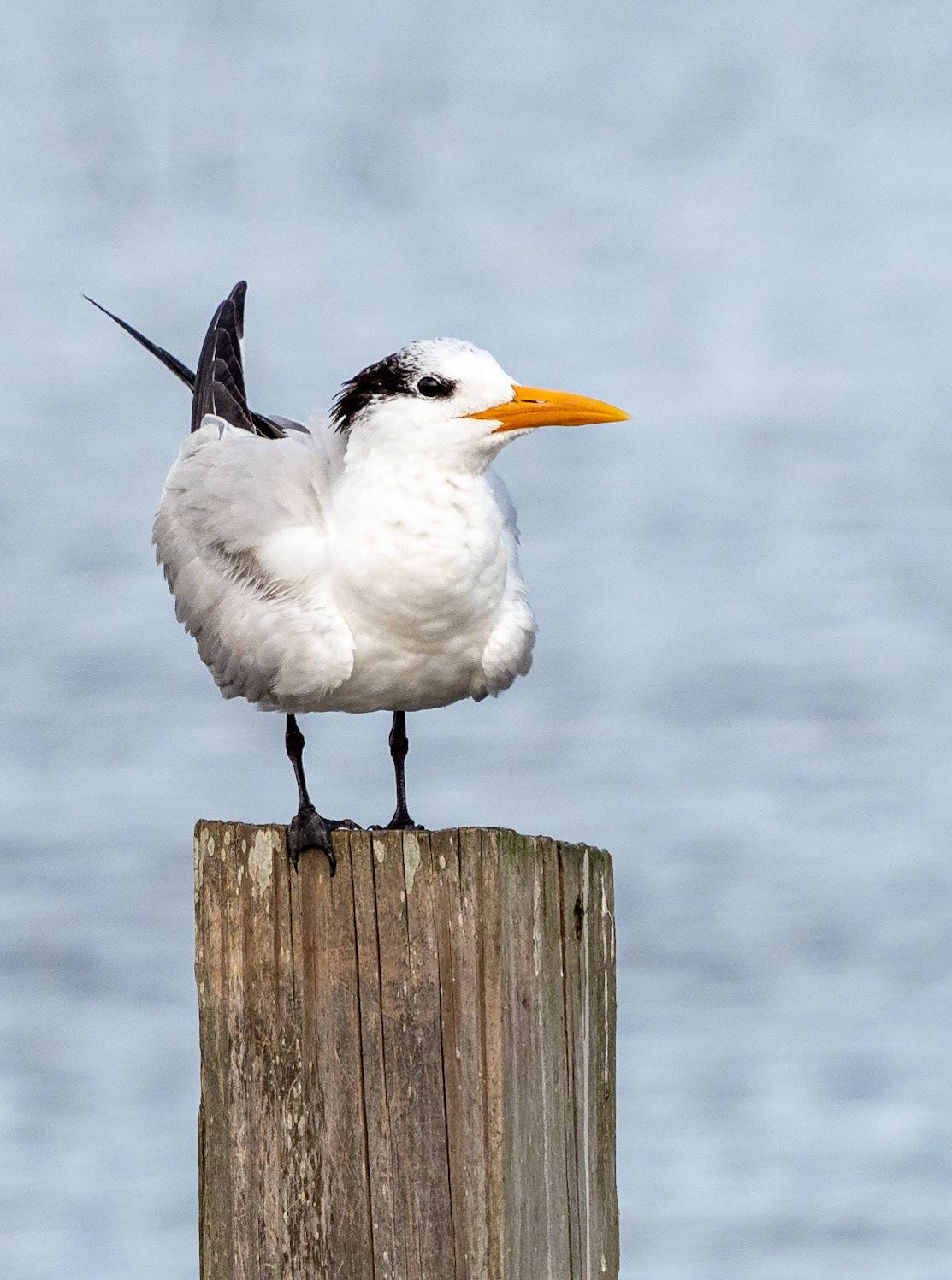
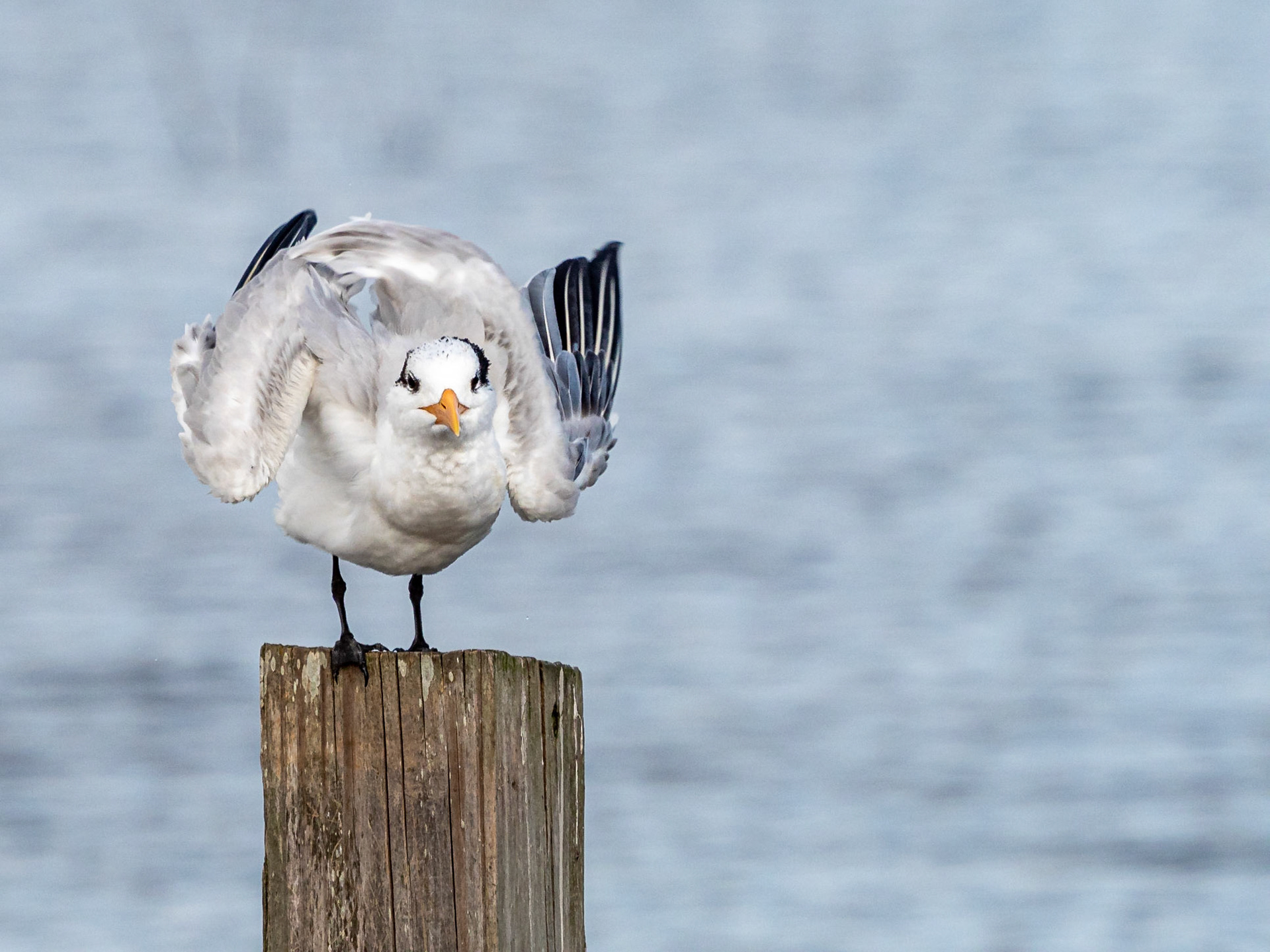
Tri-coloured herons have always been a favourite.


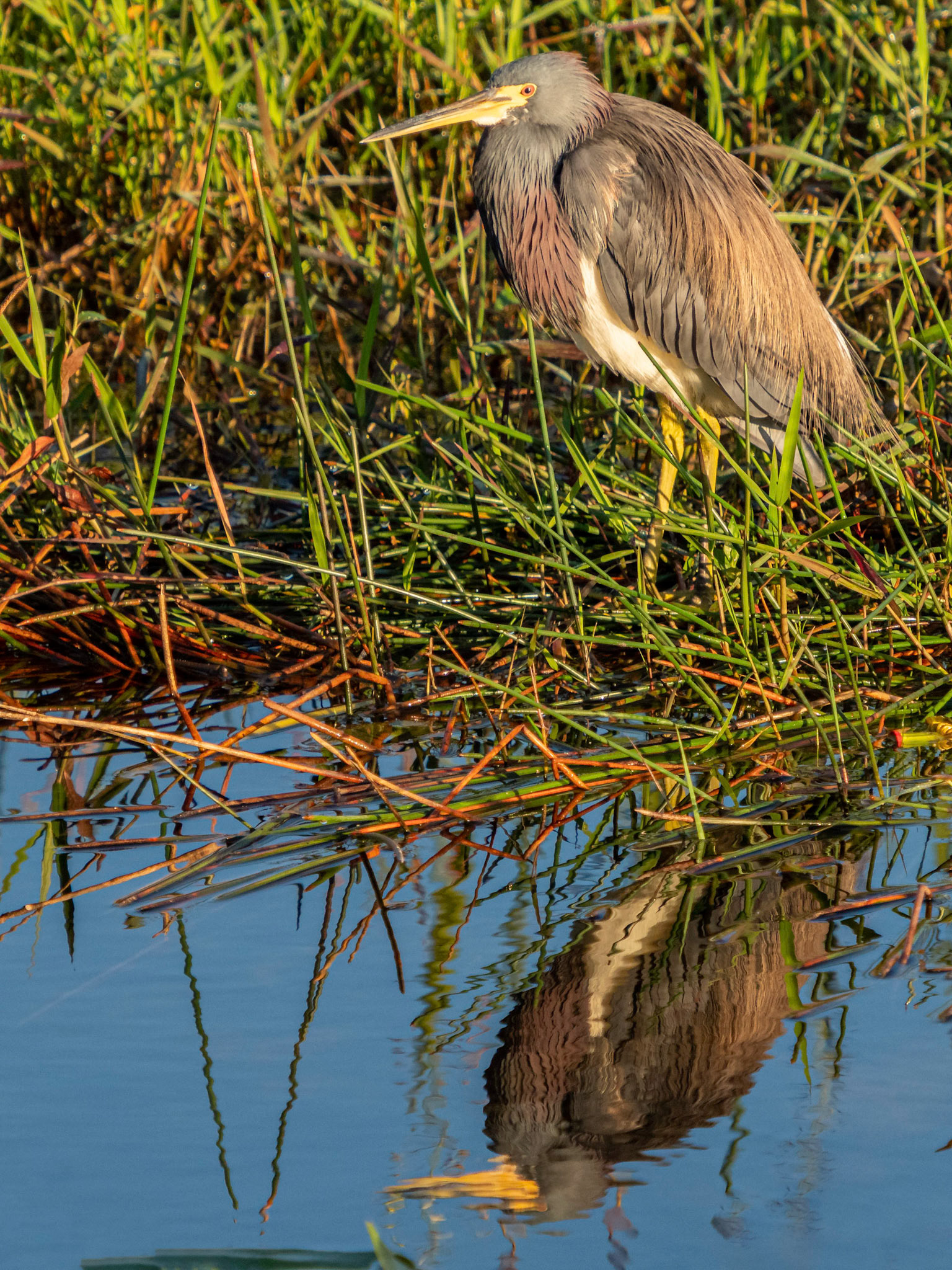
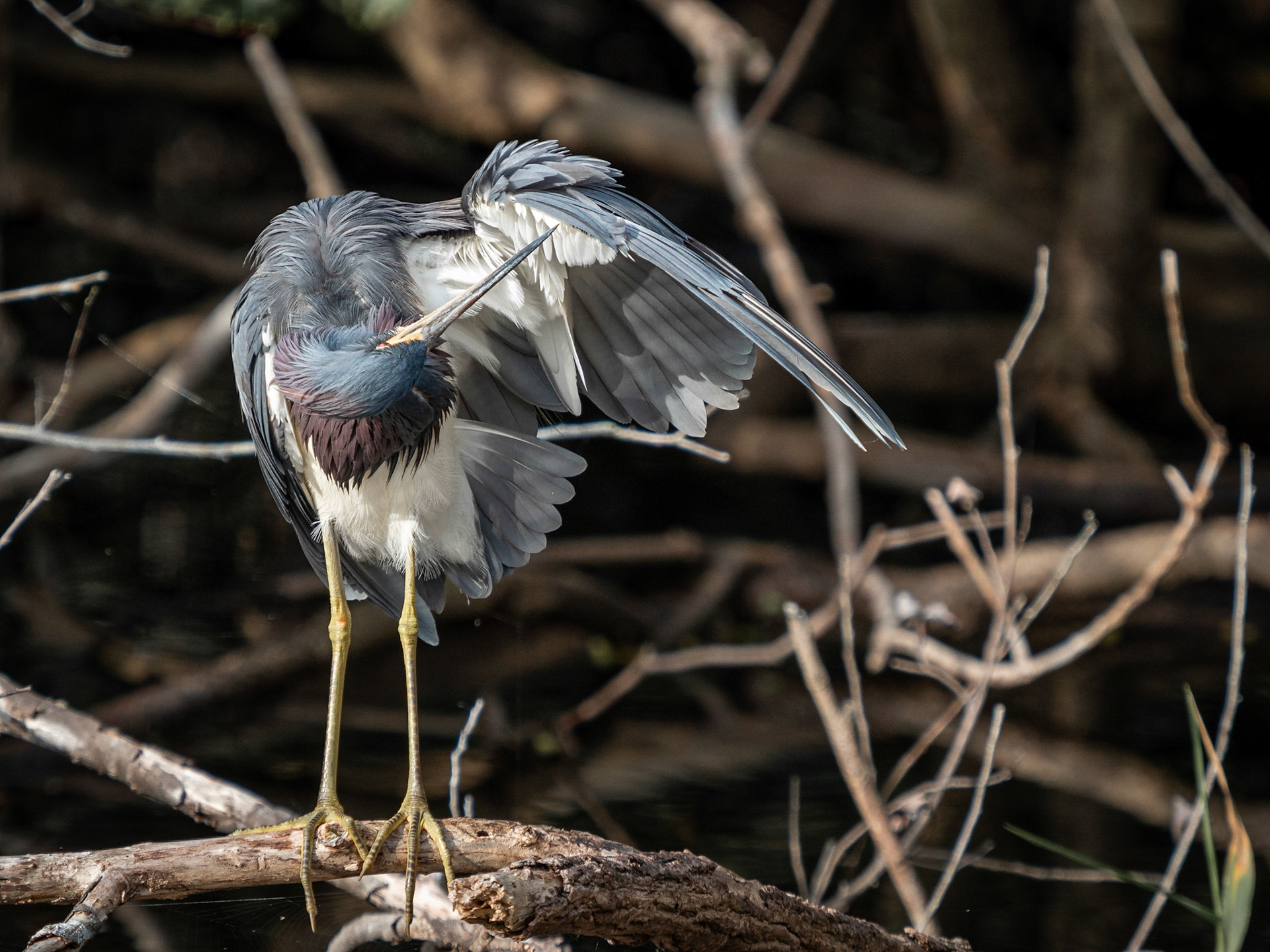
Lots of turkey vultures (mixed in with black vultures here)
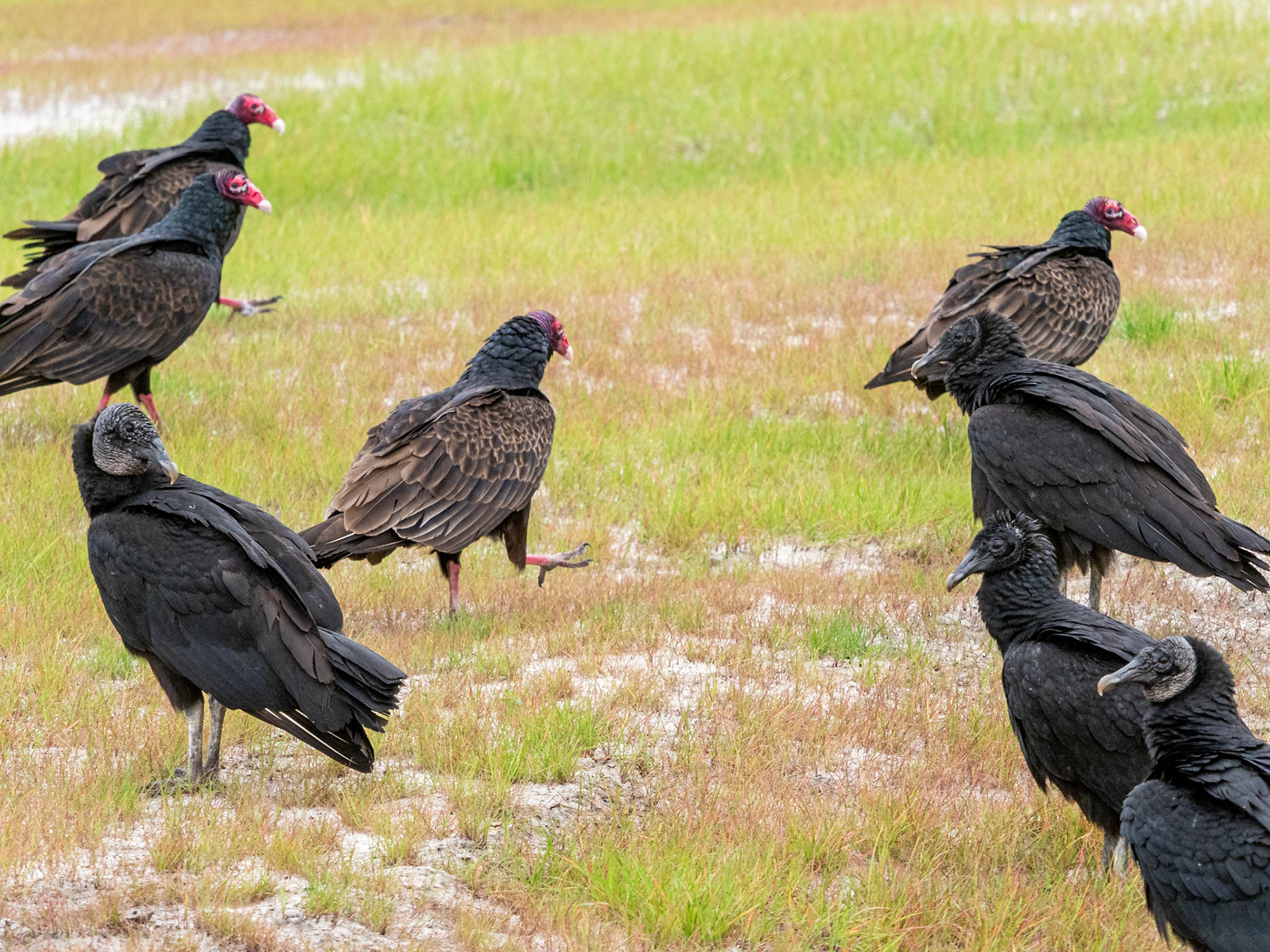
White ibis
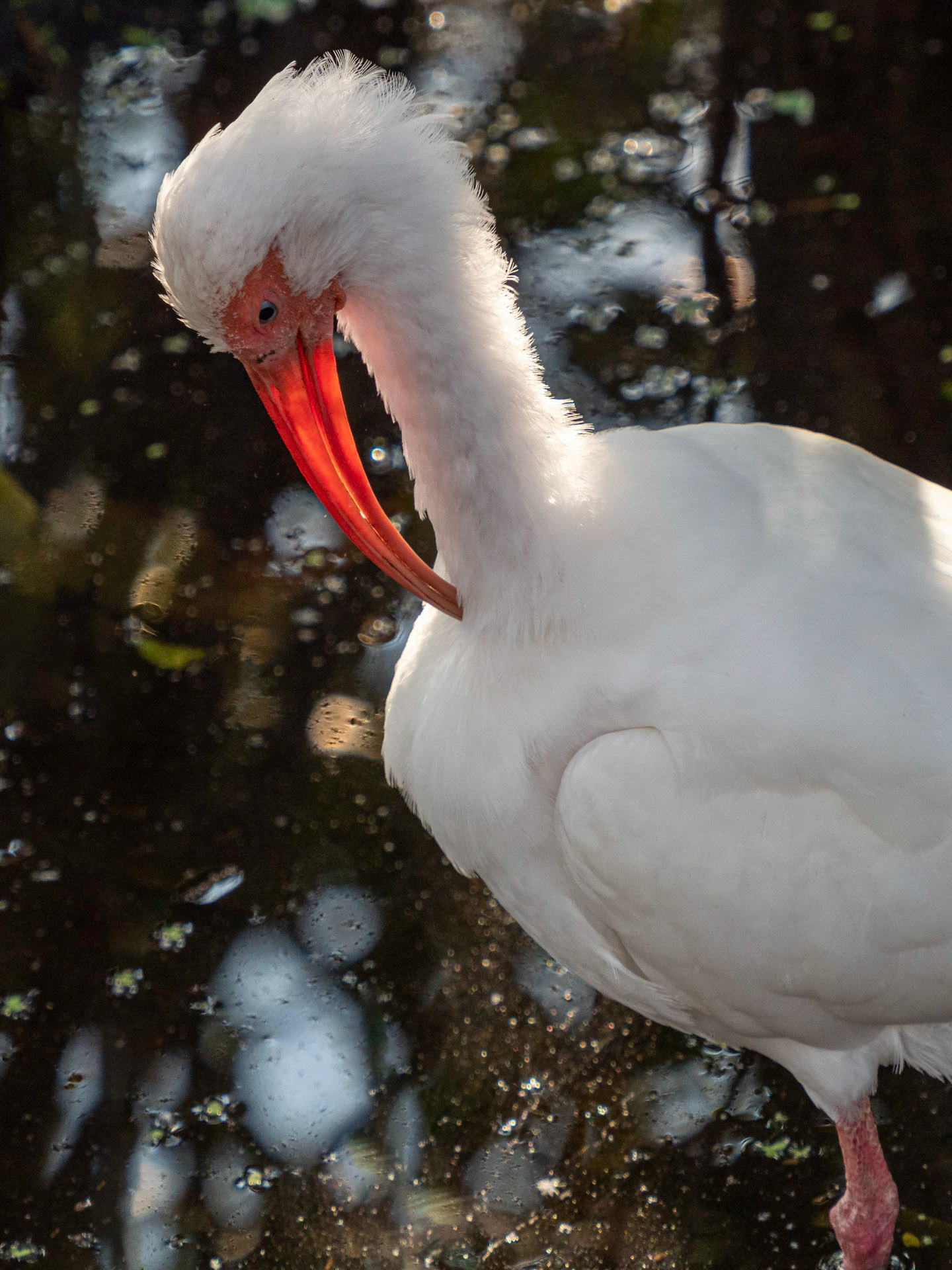
The brown one is a juvenile.

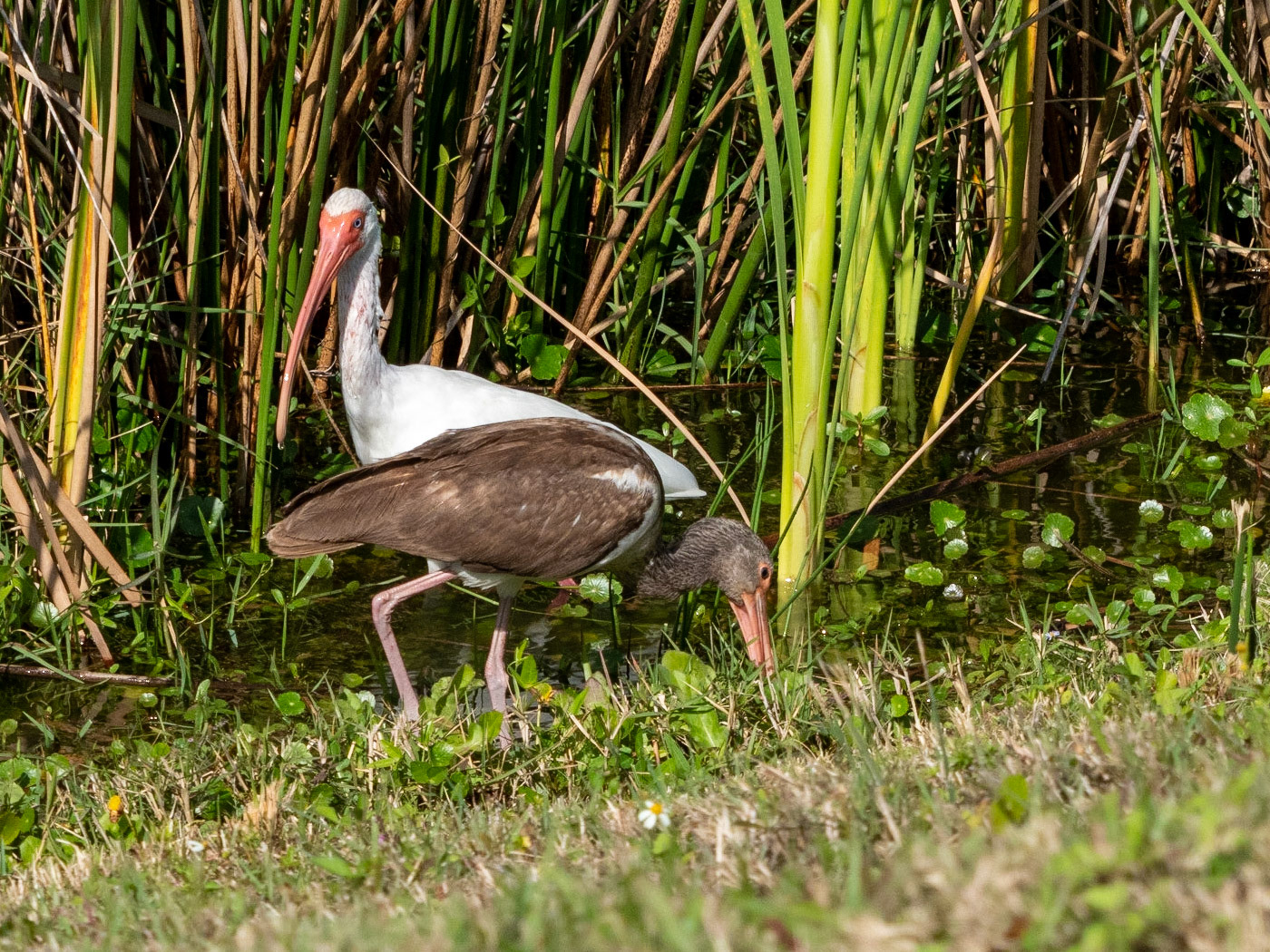
Wood storks
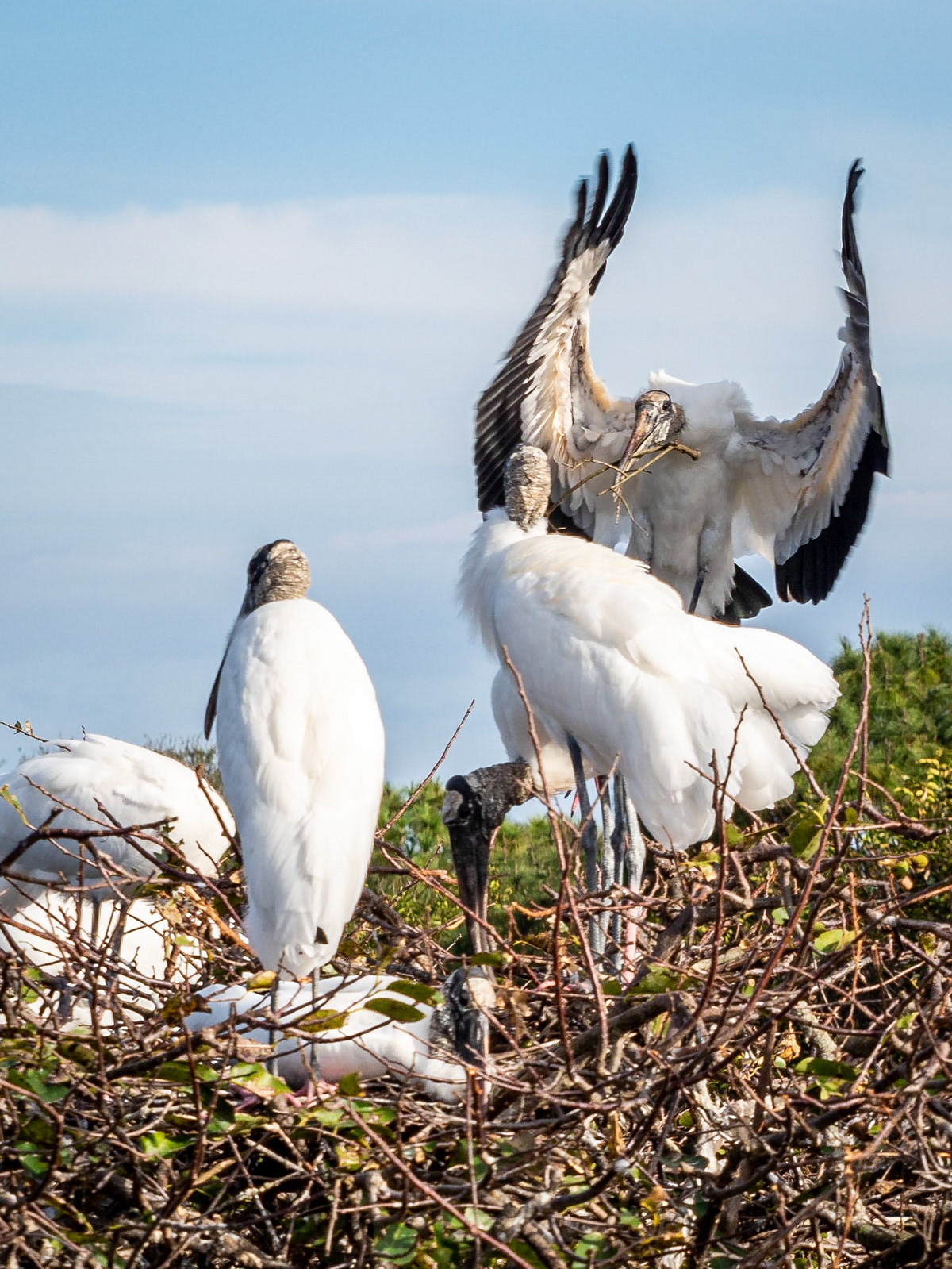
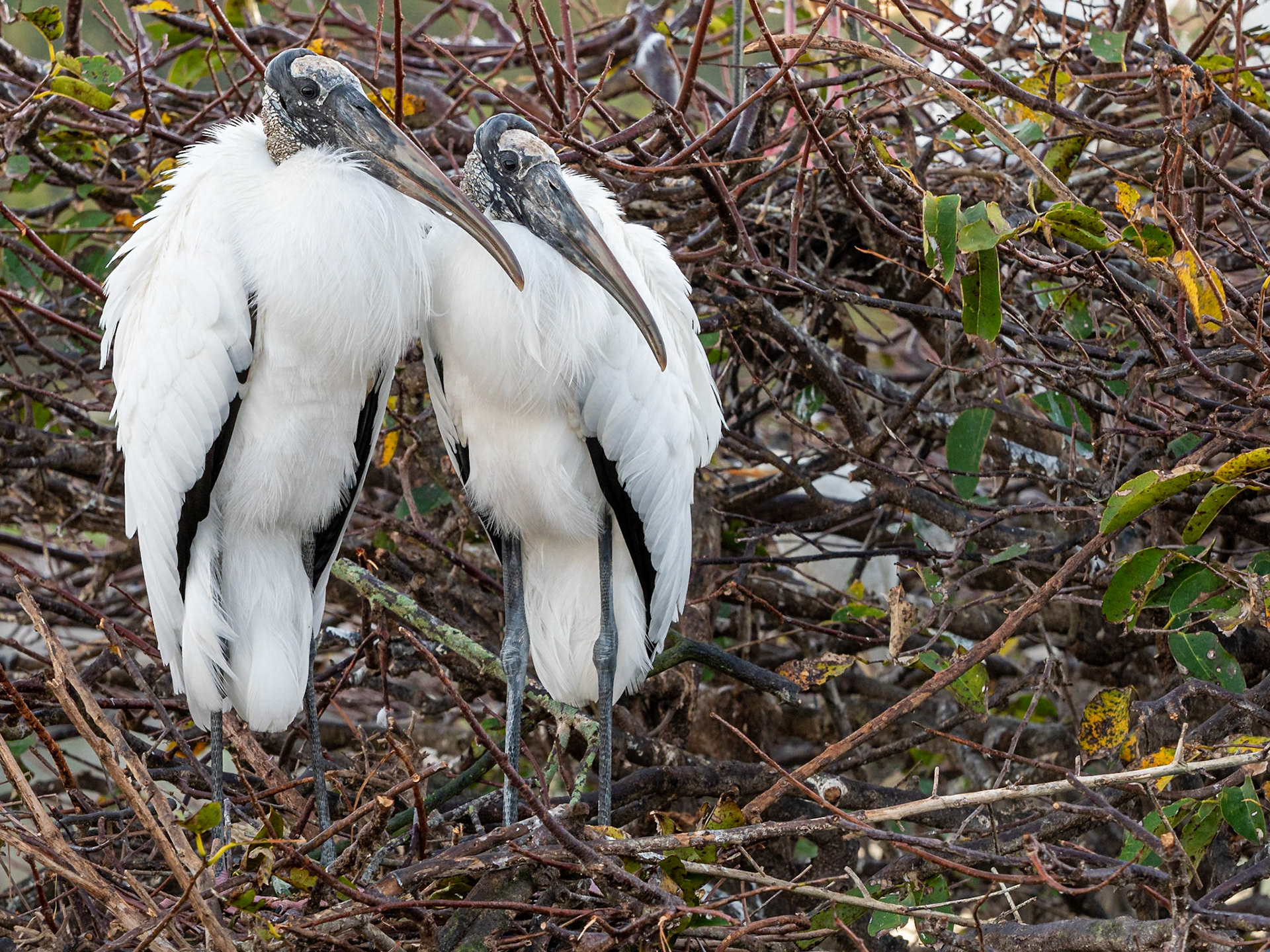
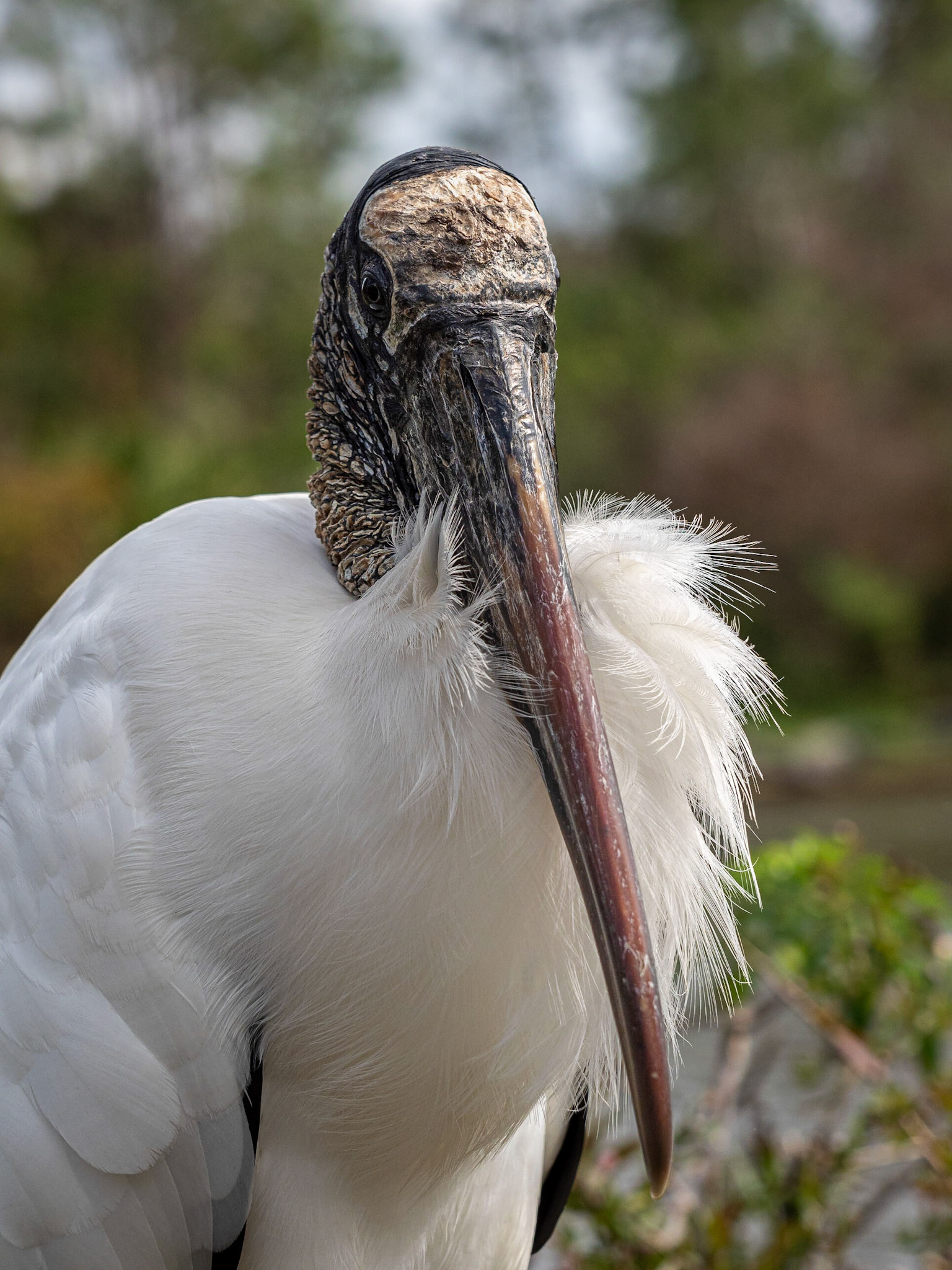
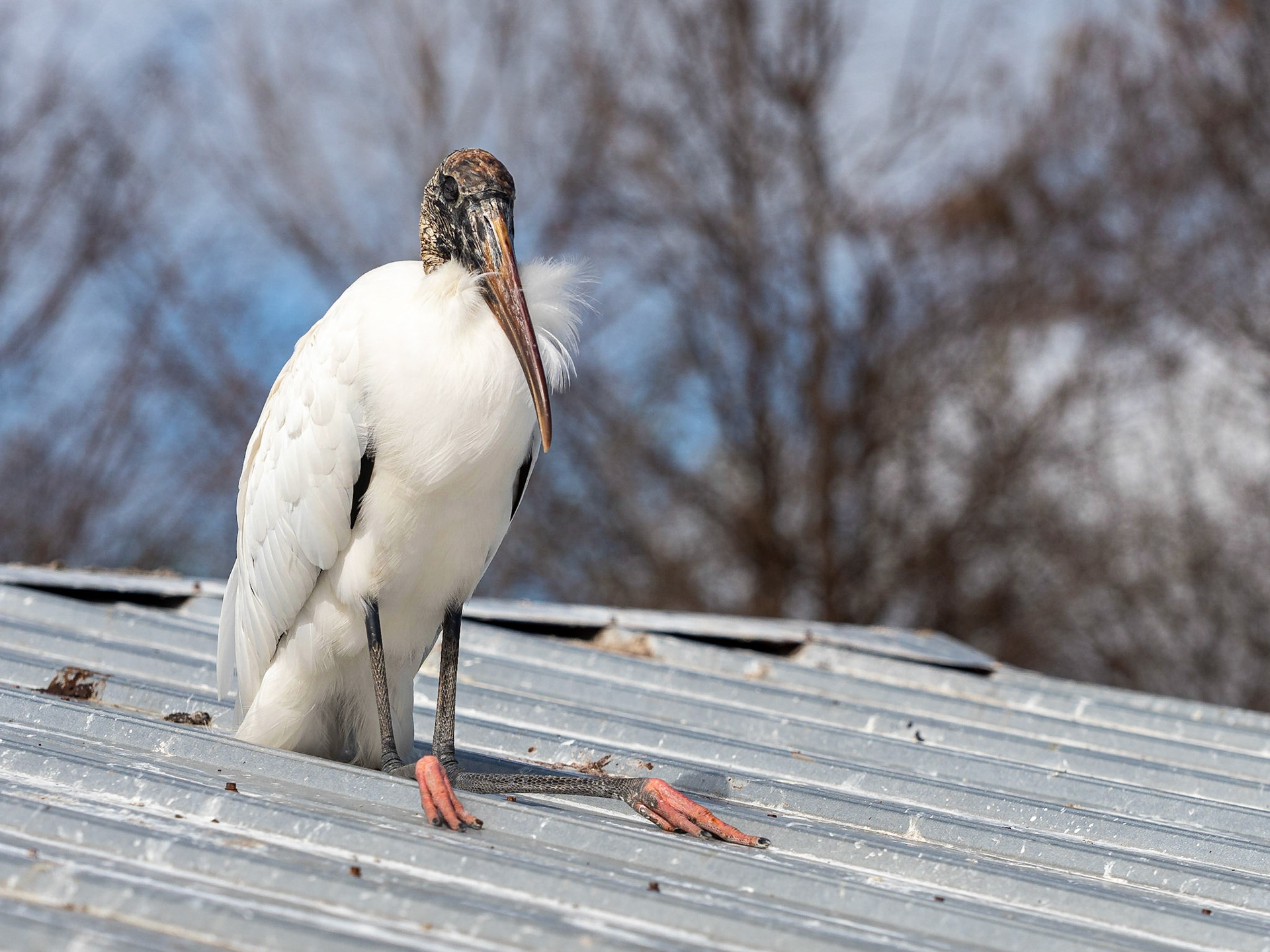
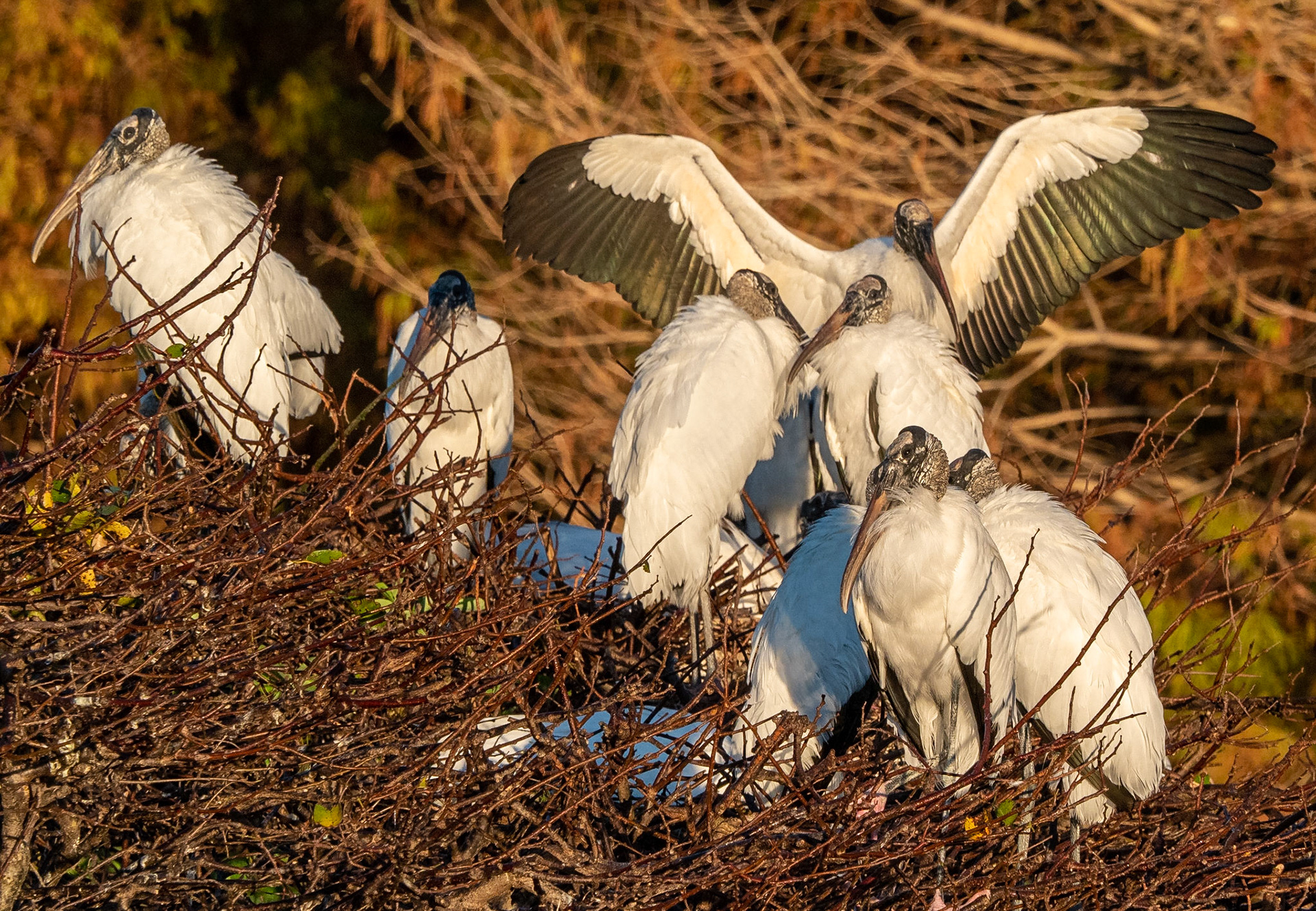
Birds in flight (always something that causes a lot of deletes!😀)
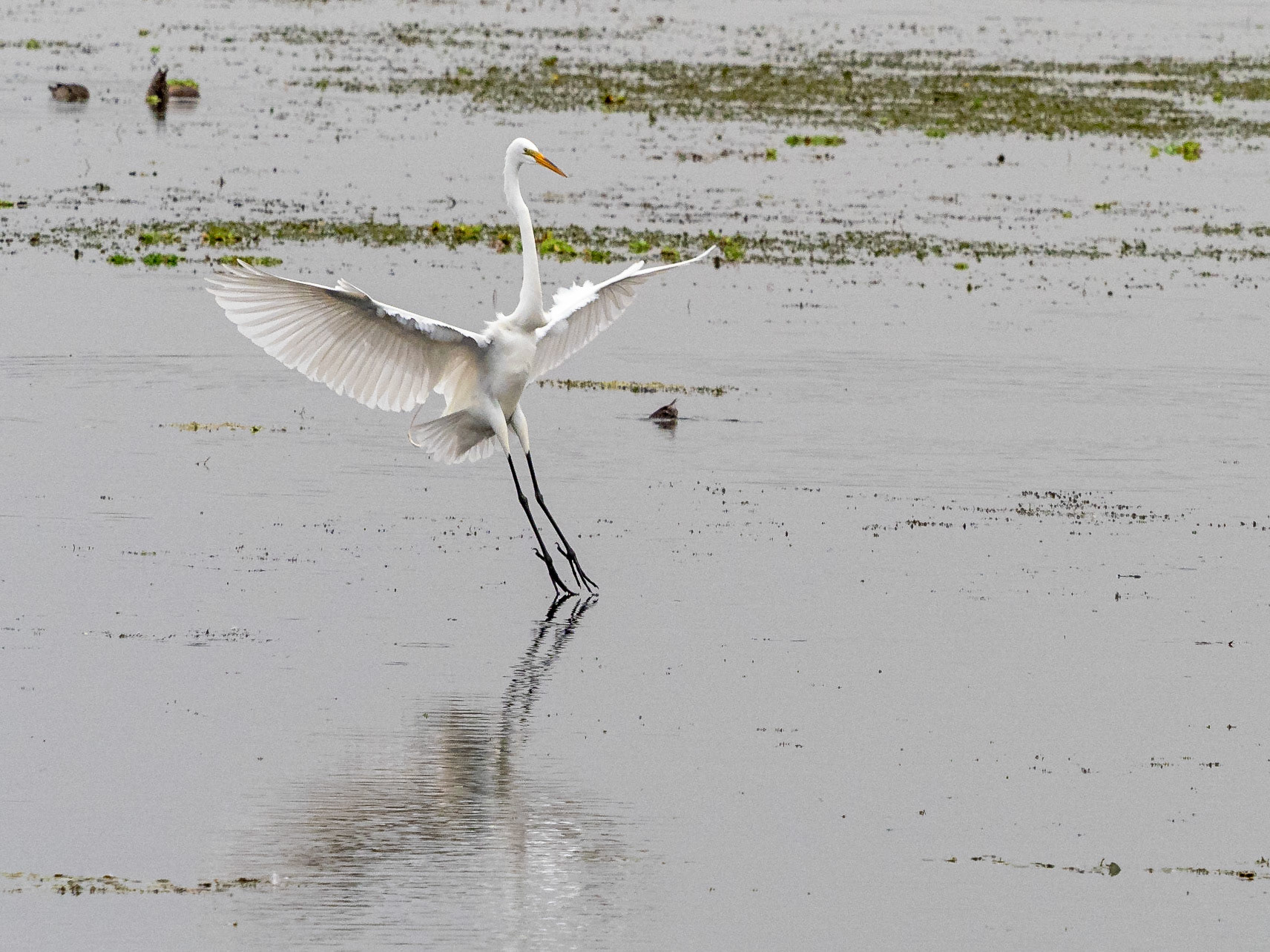

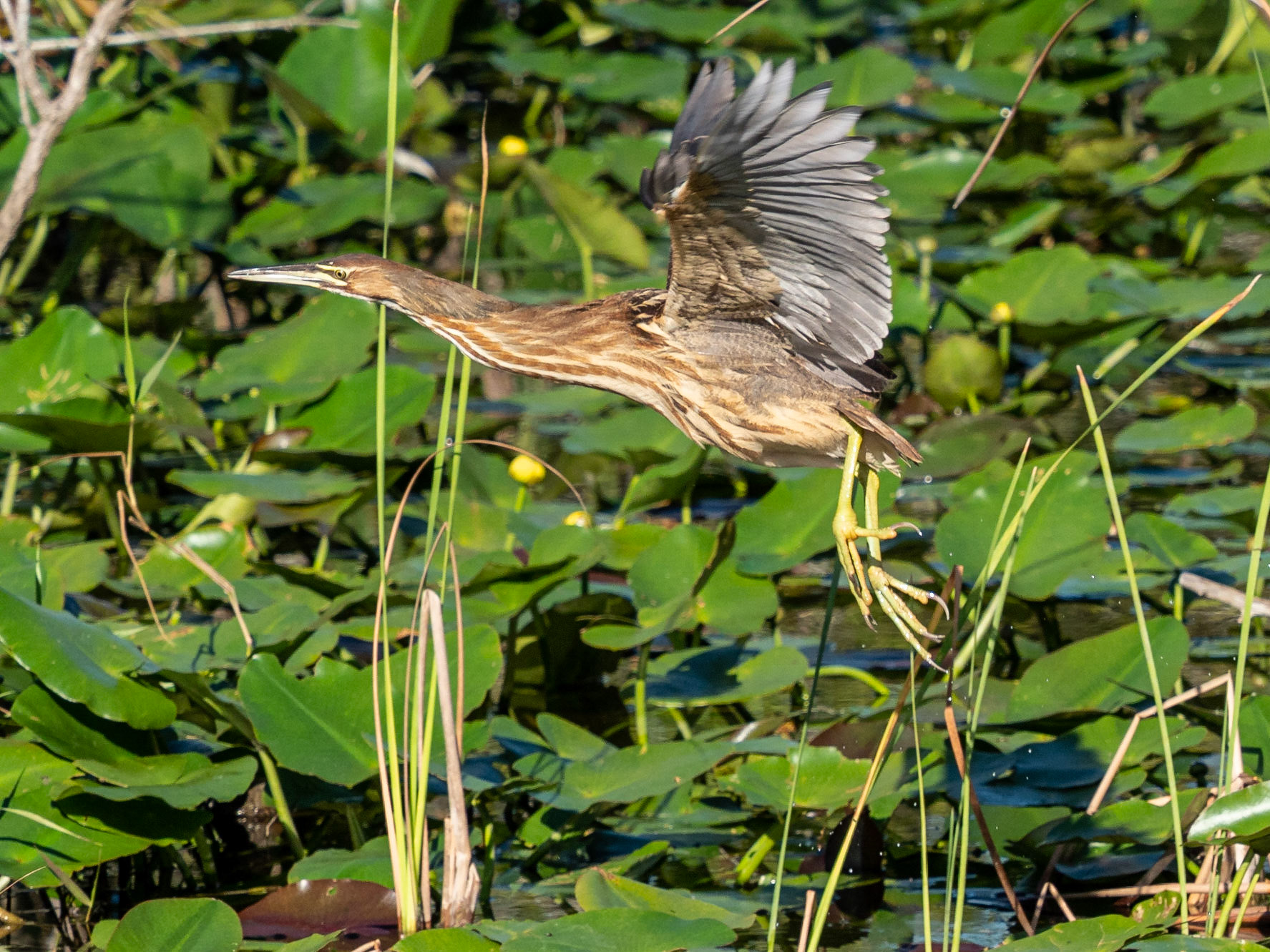


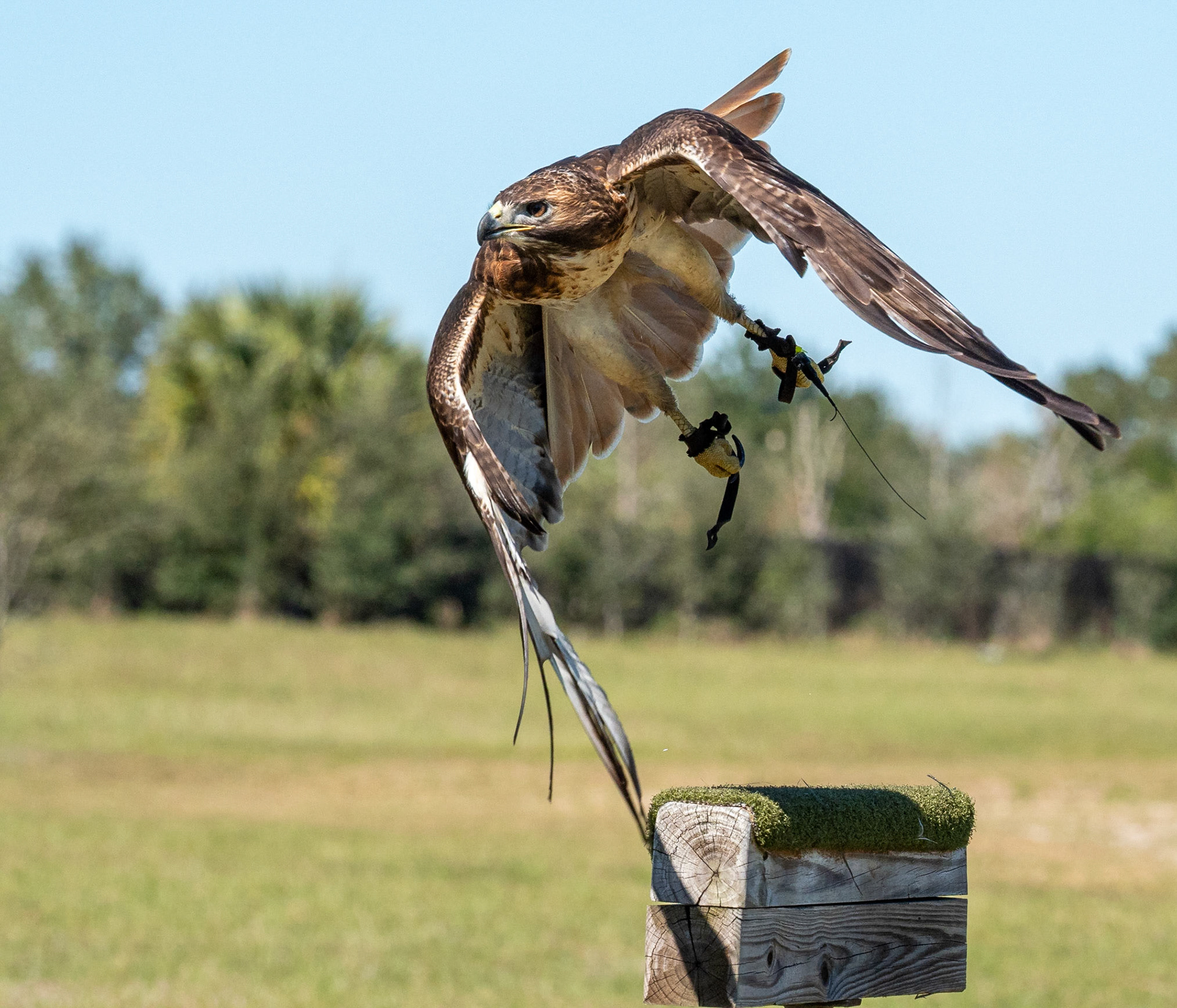
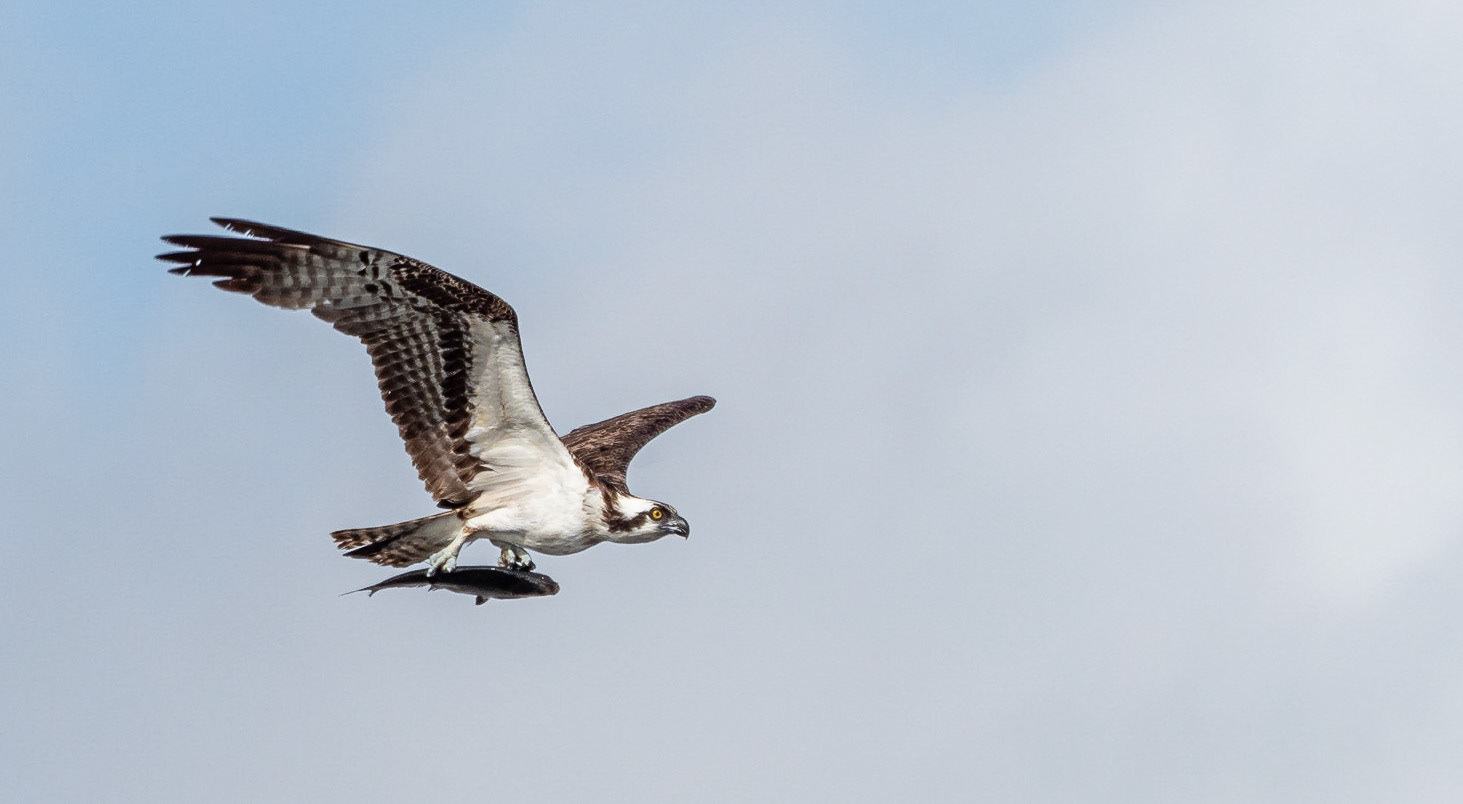
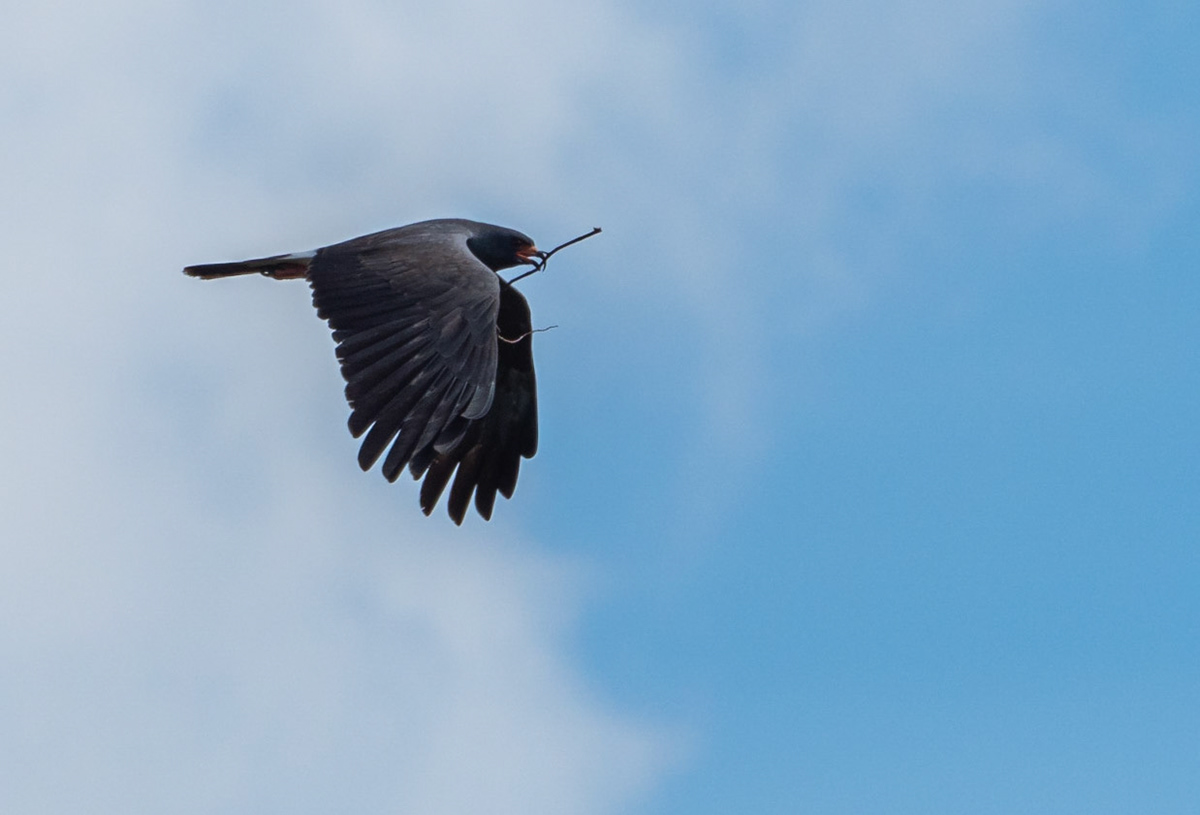
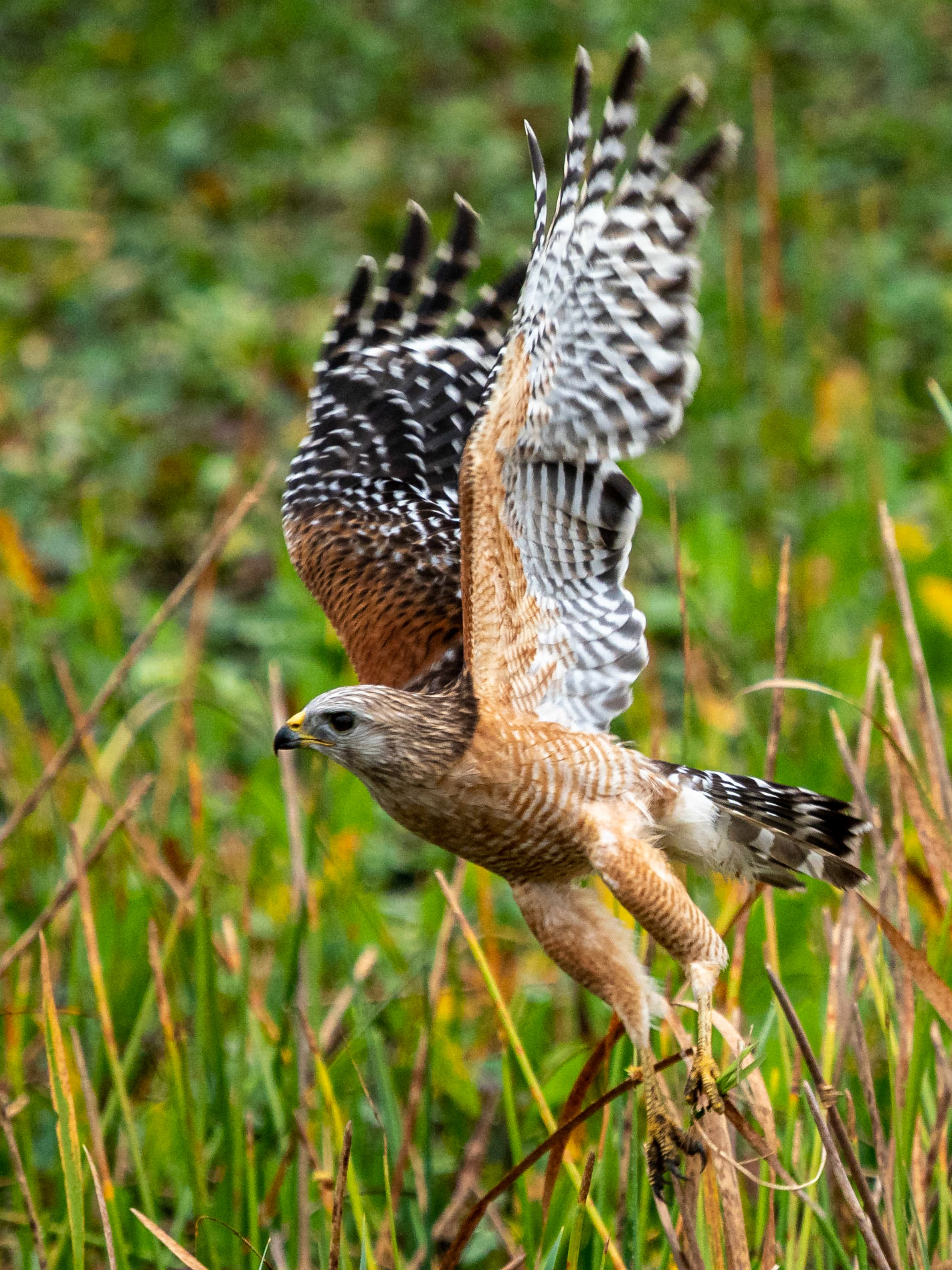
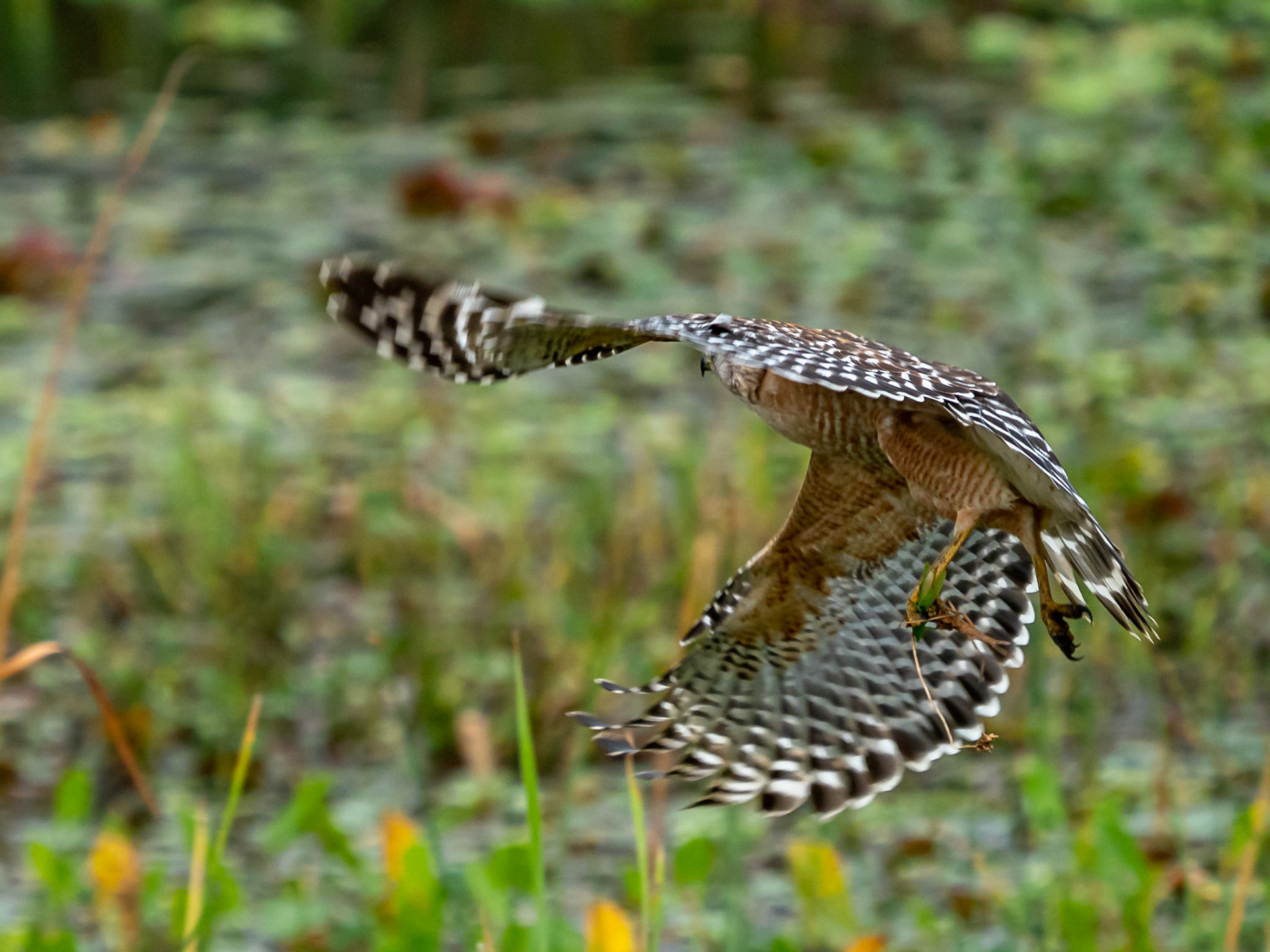

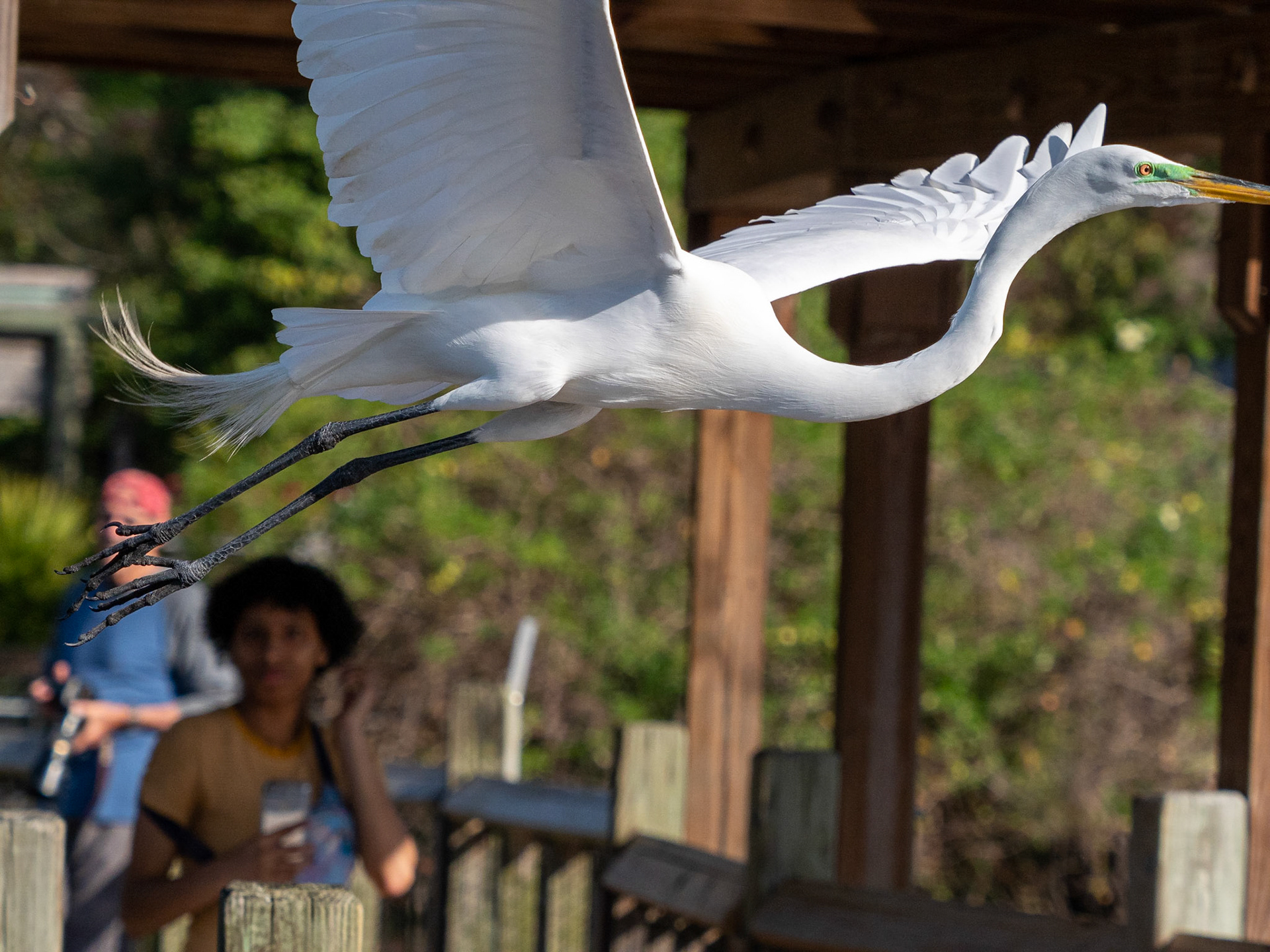
The eyes have it (birds plus a bonus).
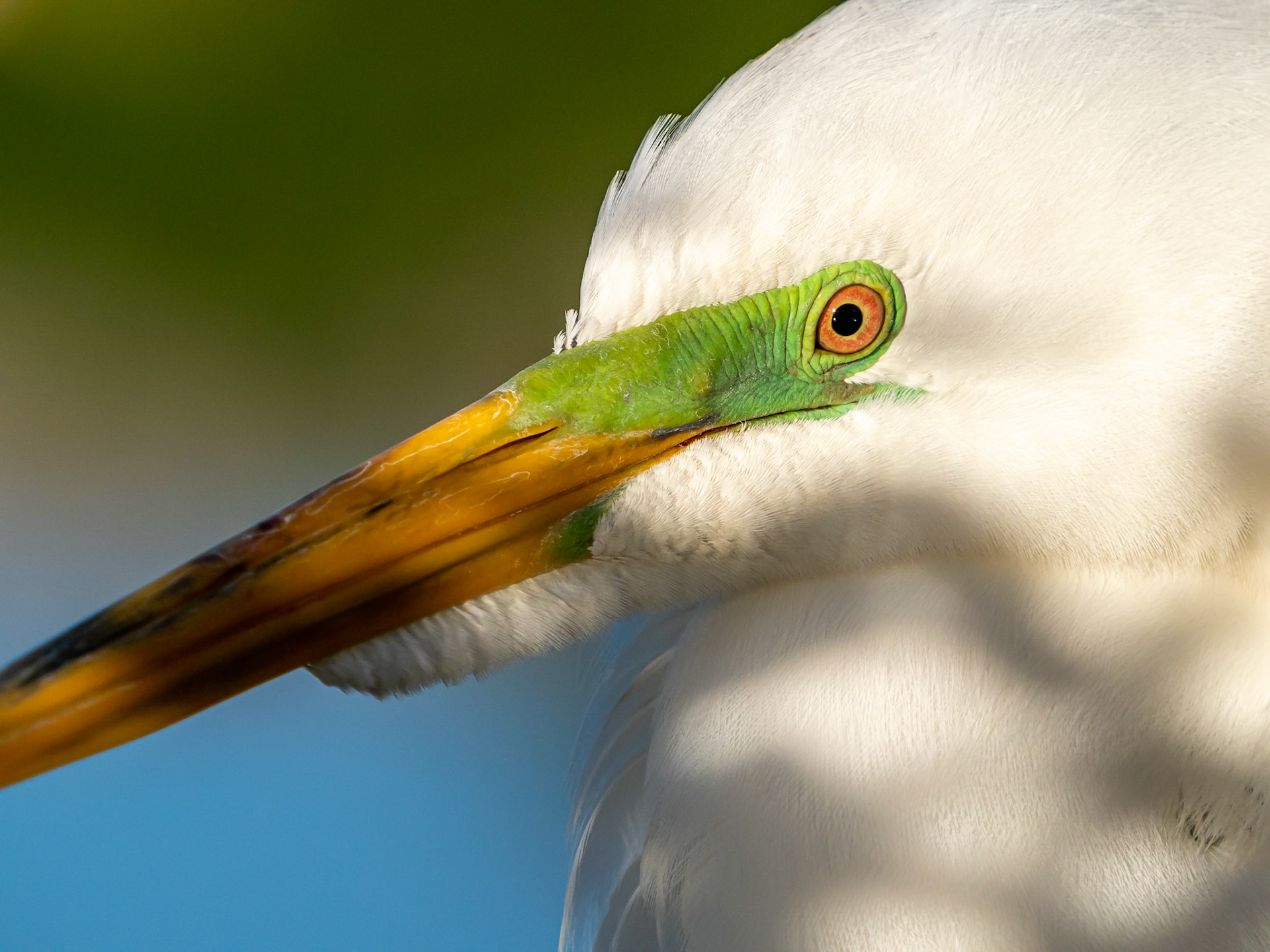
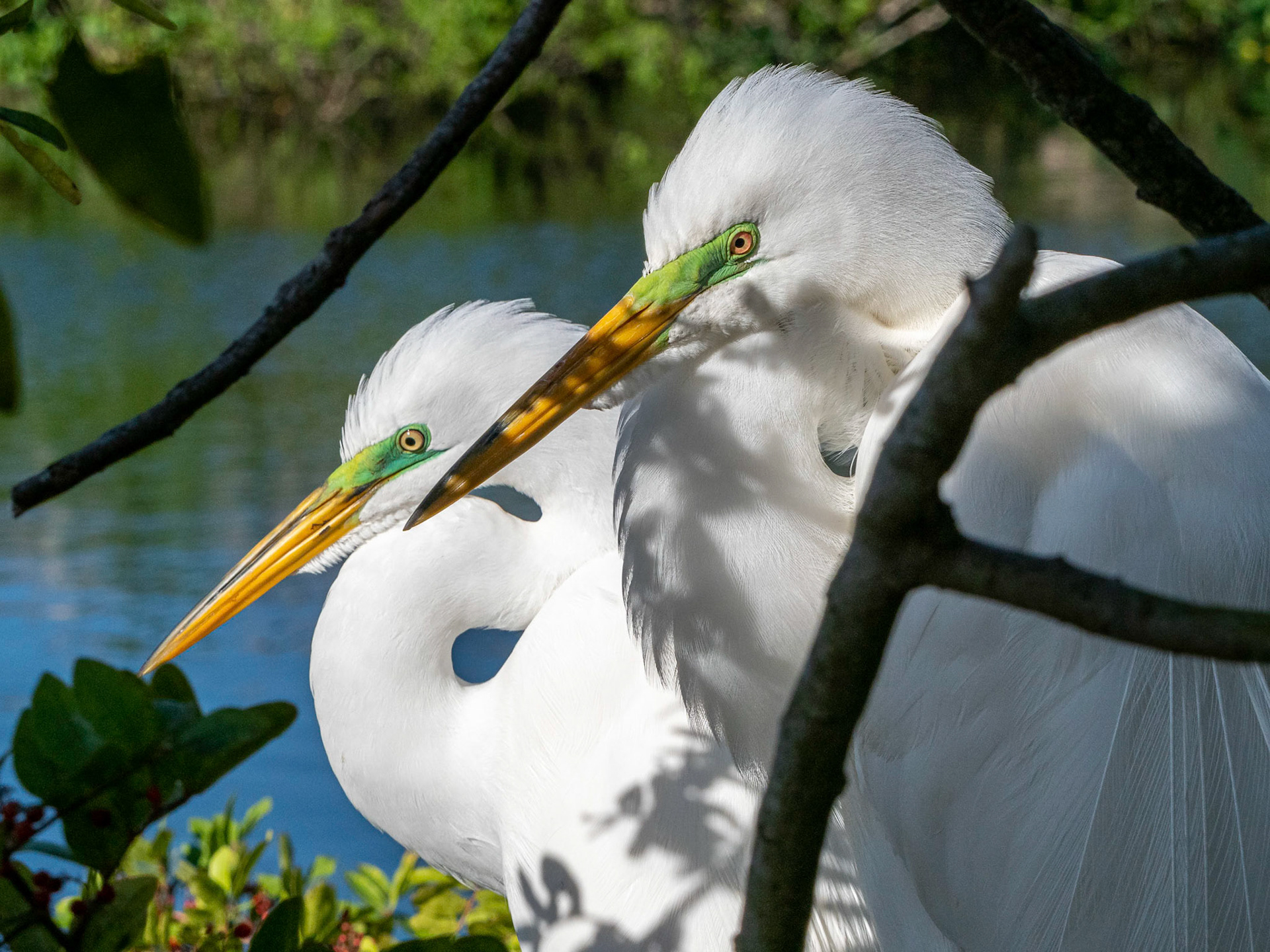

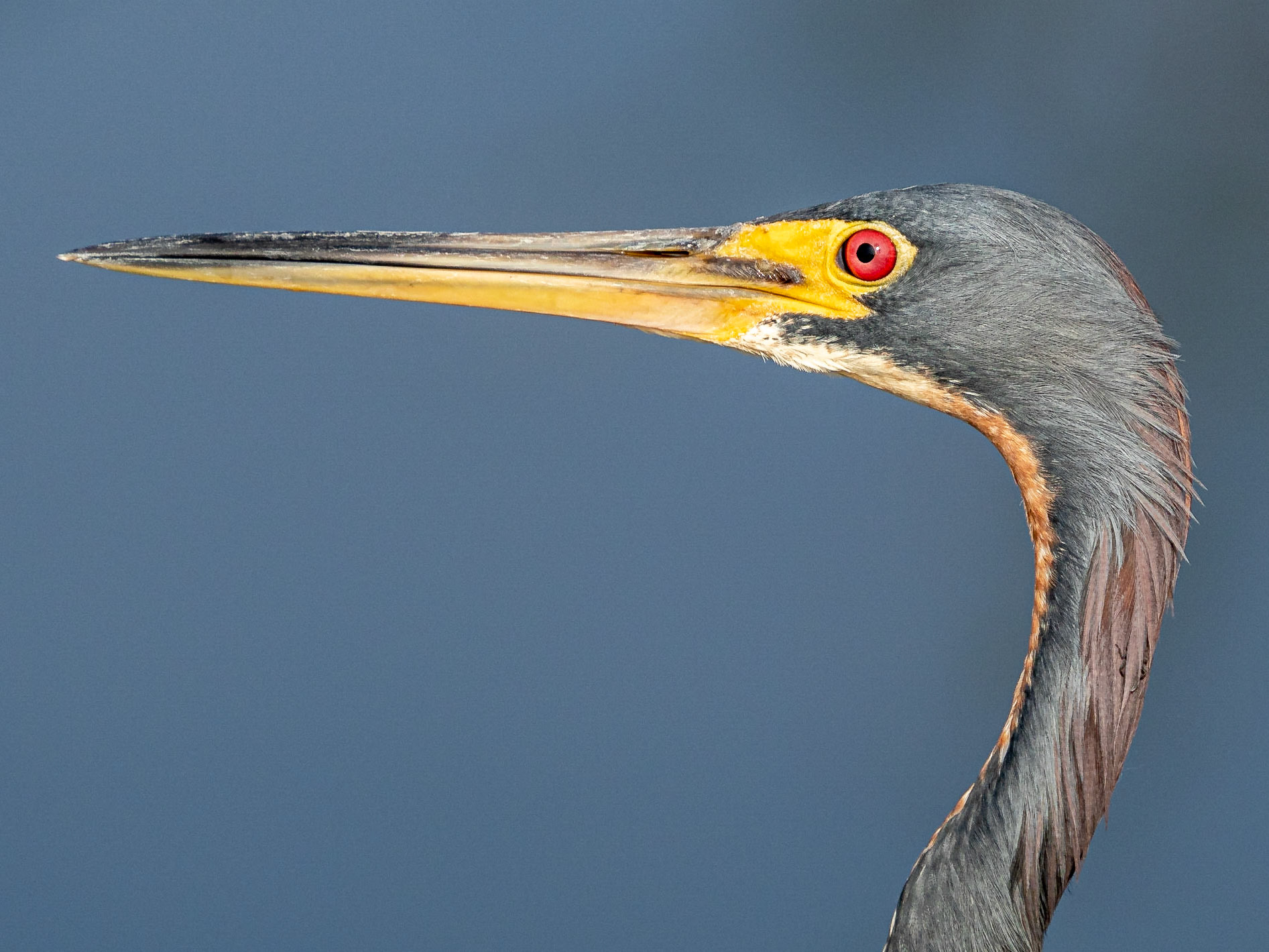
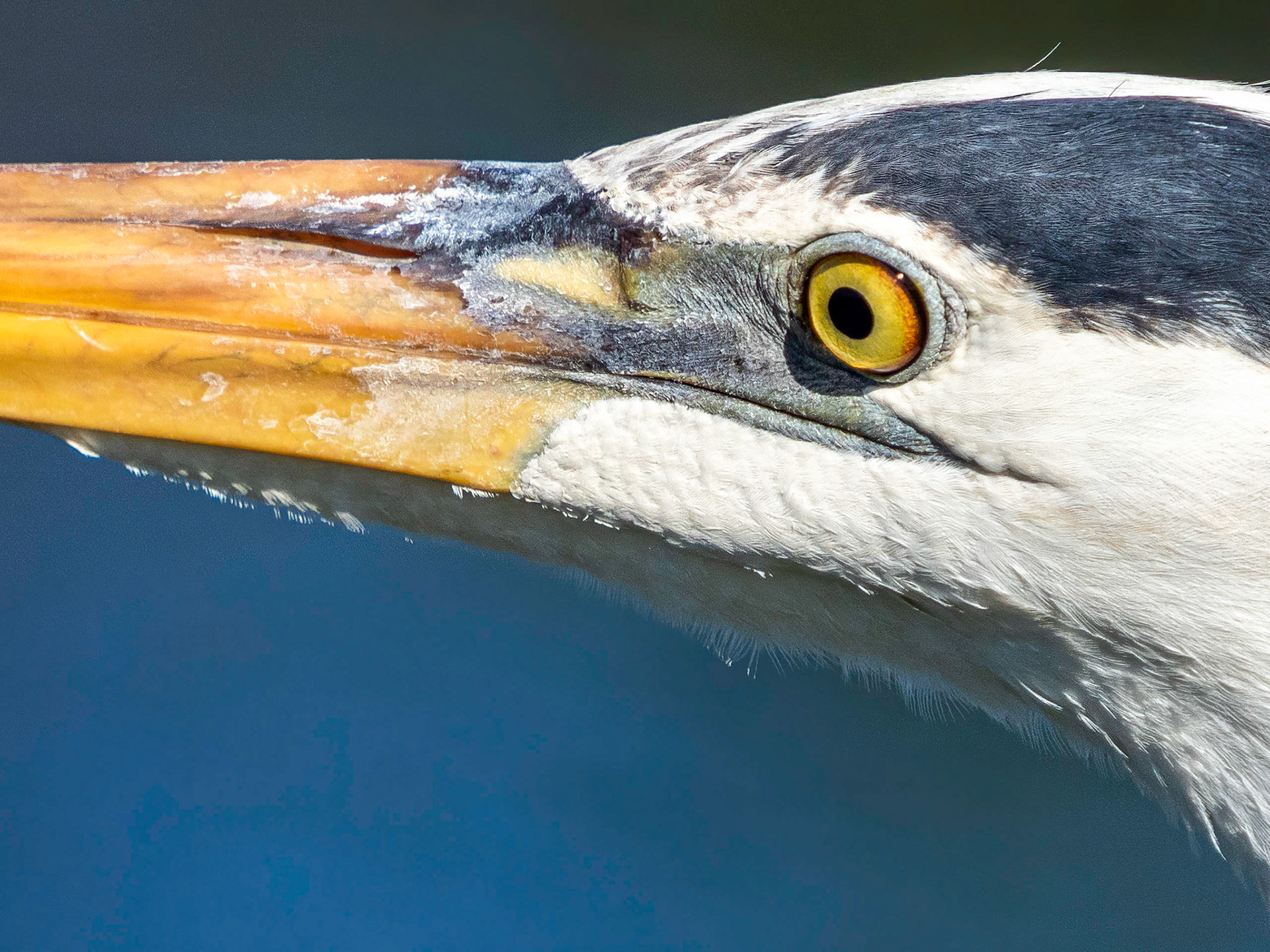

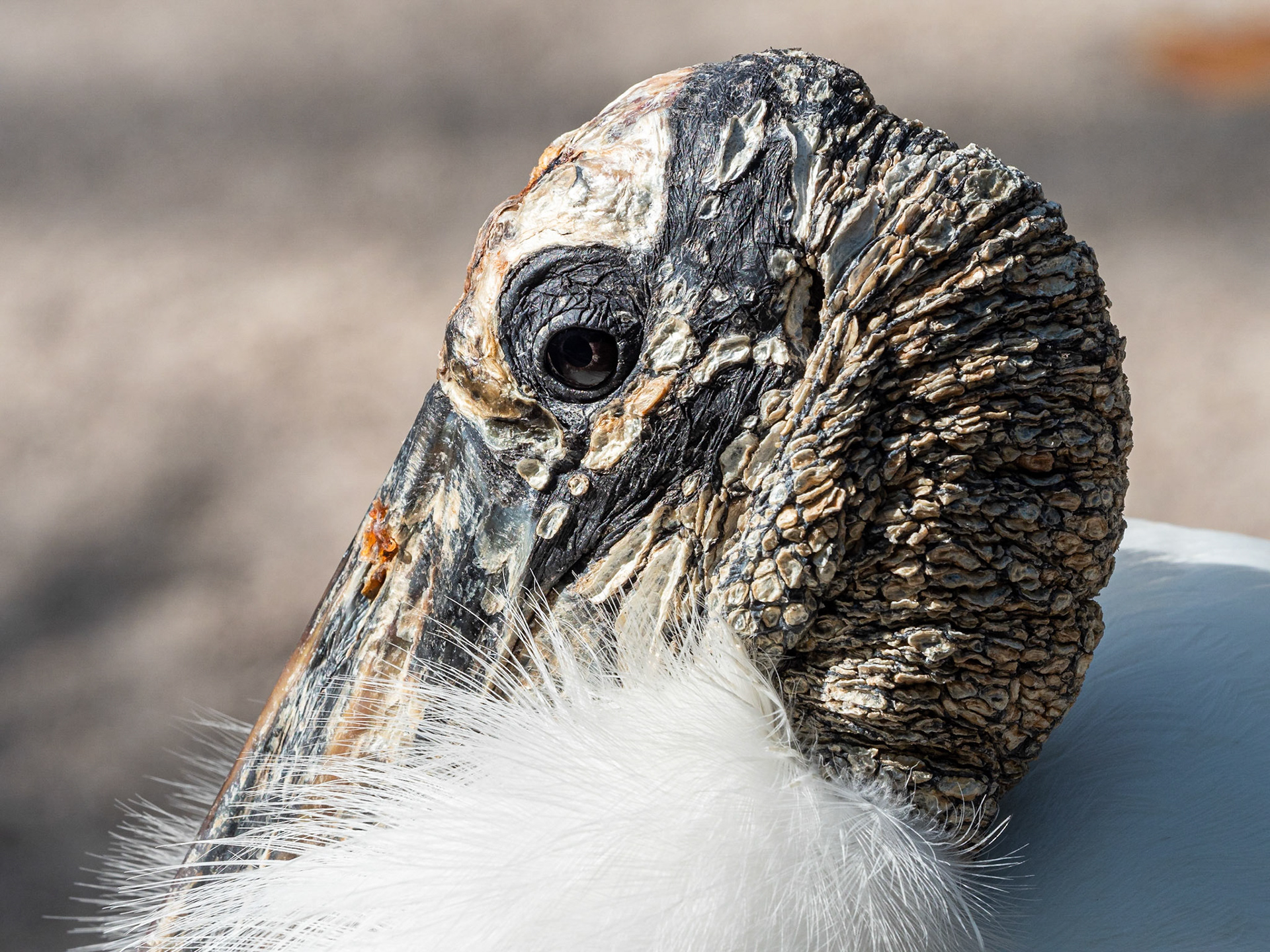
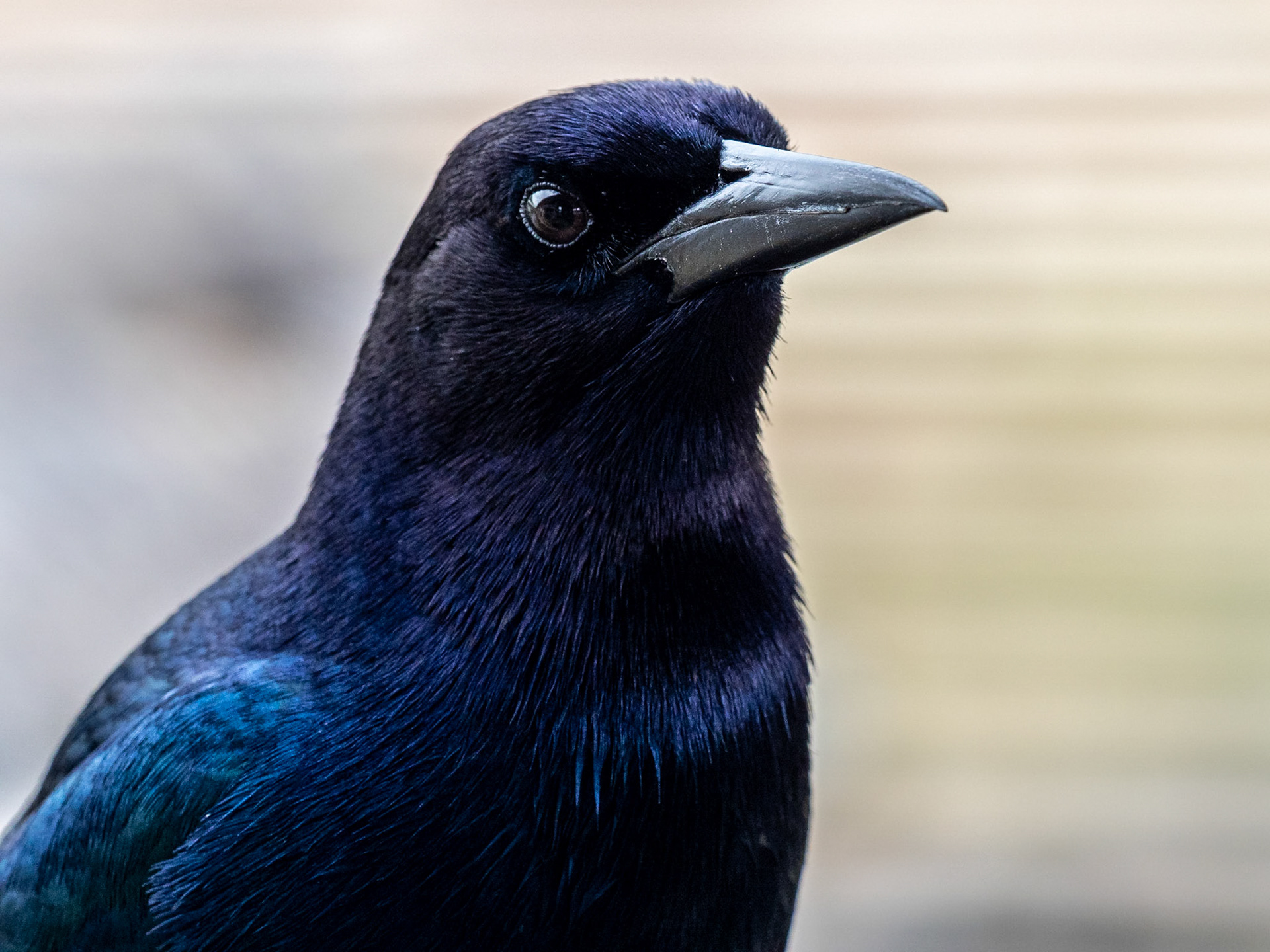
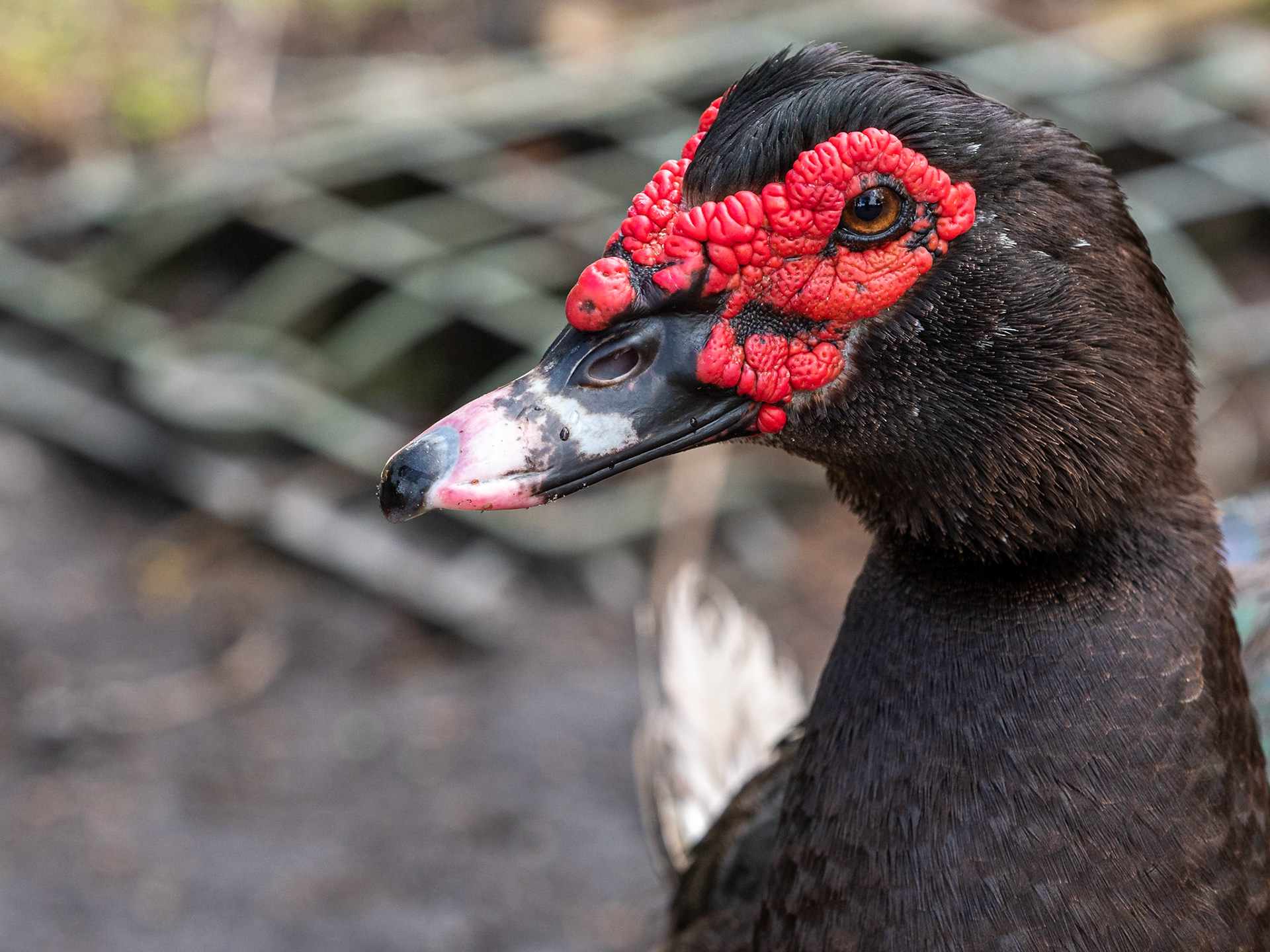

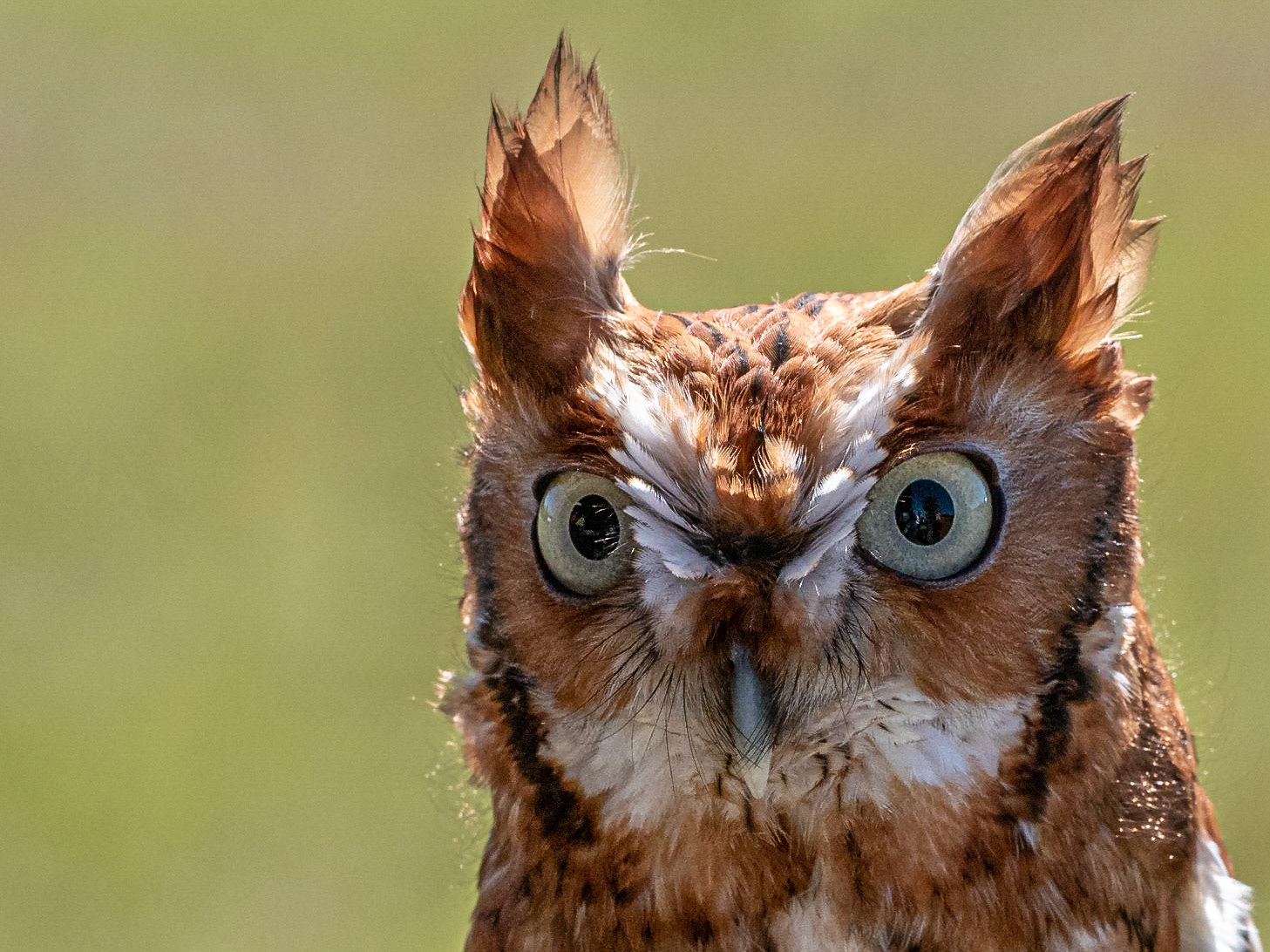
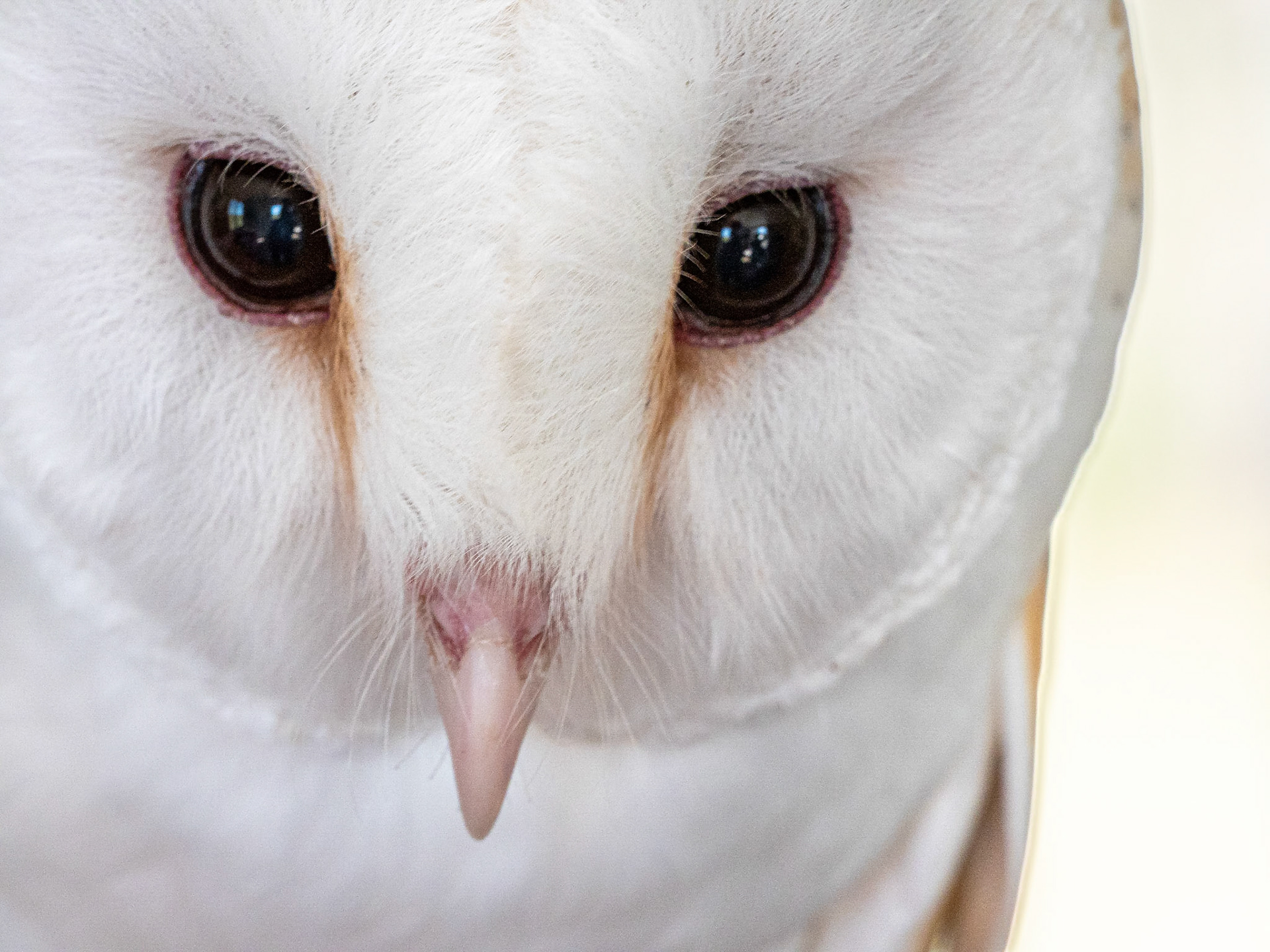
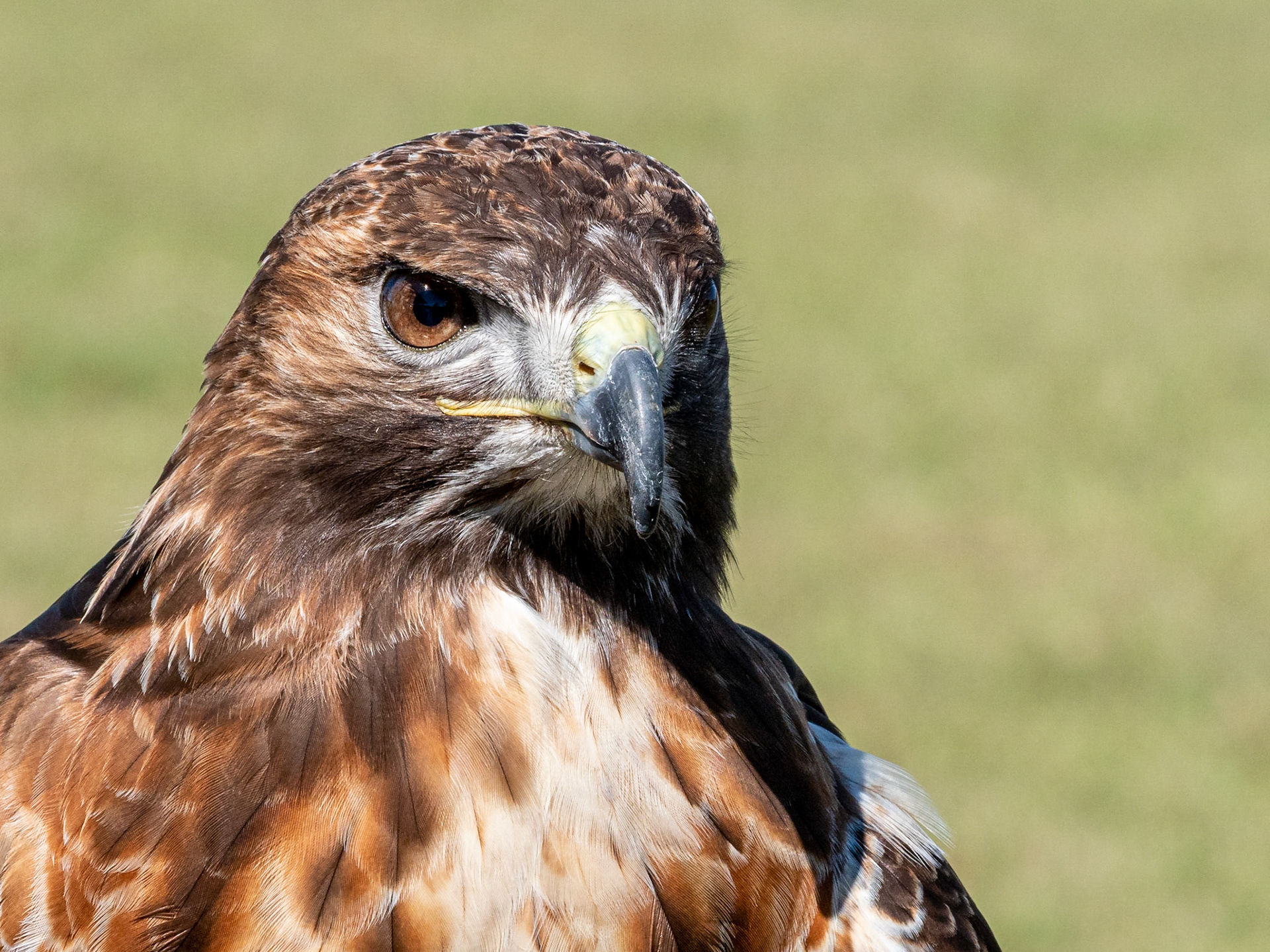
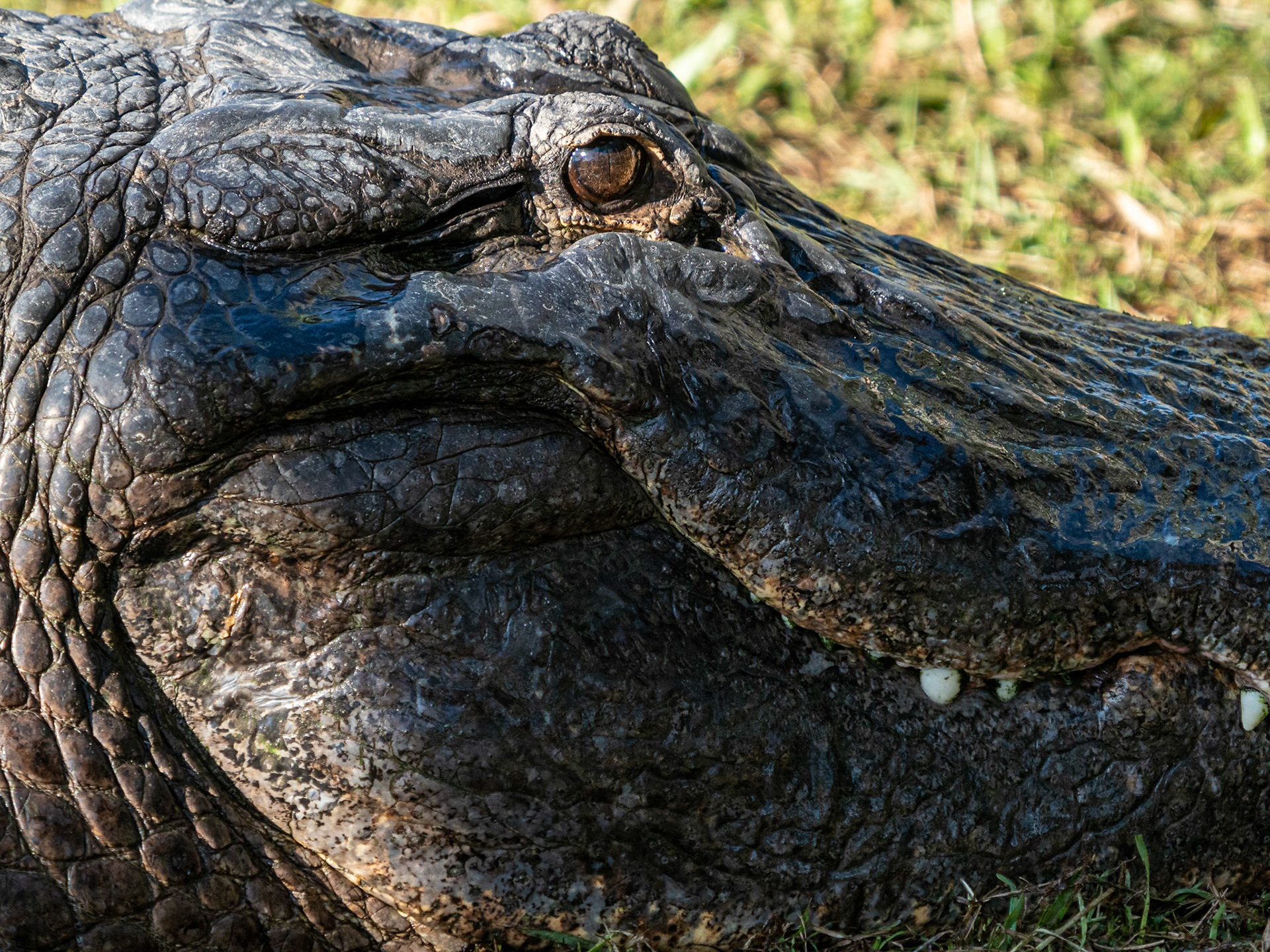
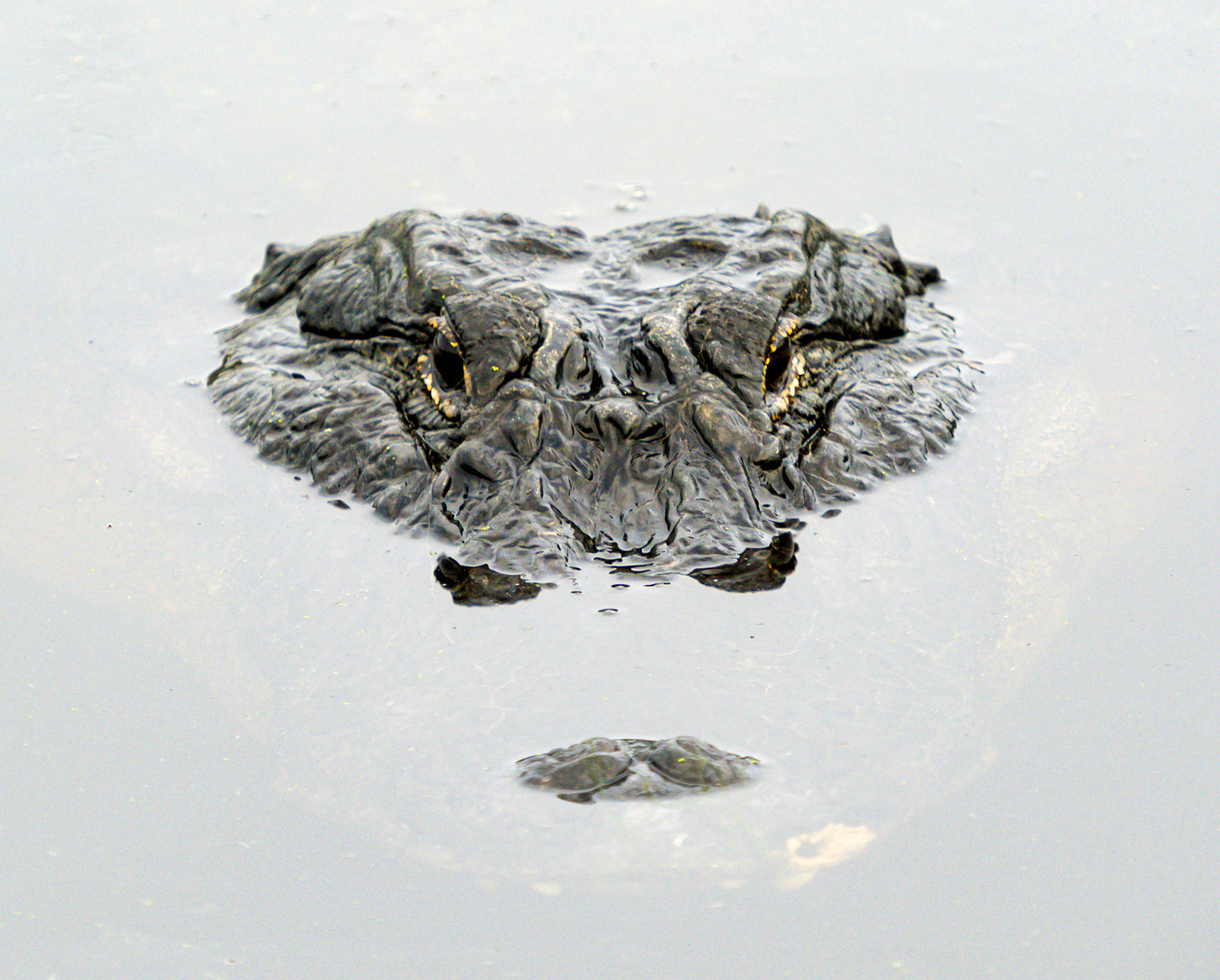
Fishing success

As many birds do with large fish, the anhinga below was hitting its fish against a bush to kill it before swallowing. See video link below
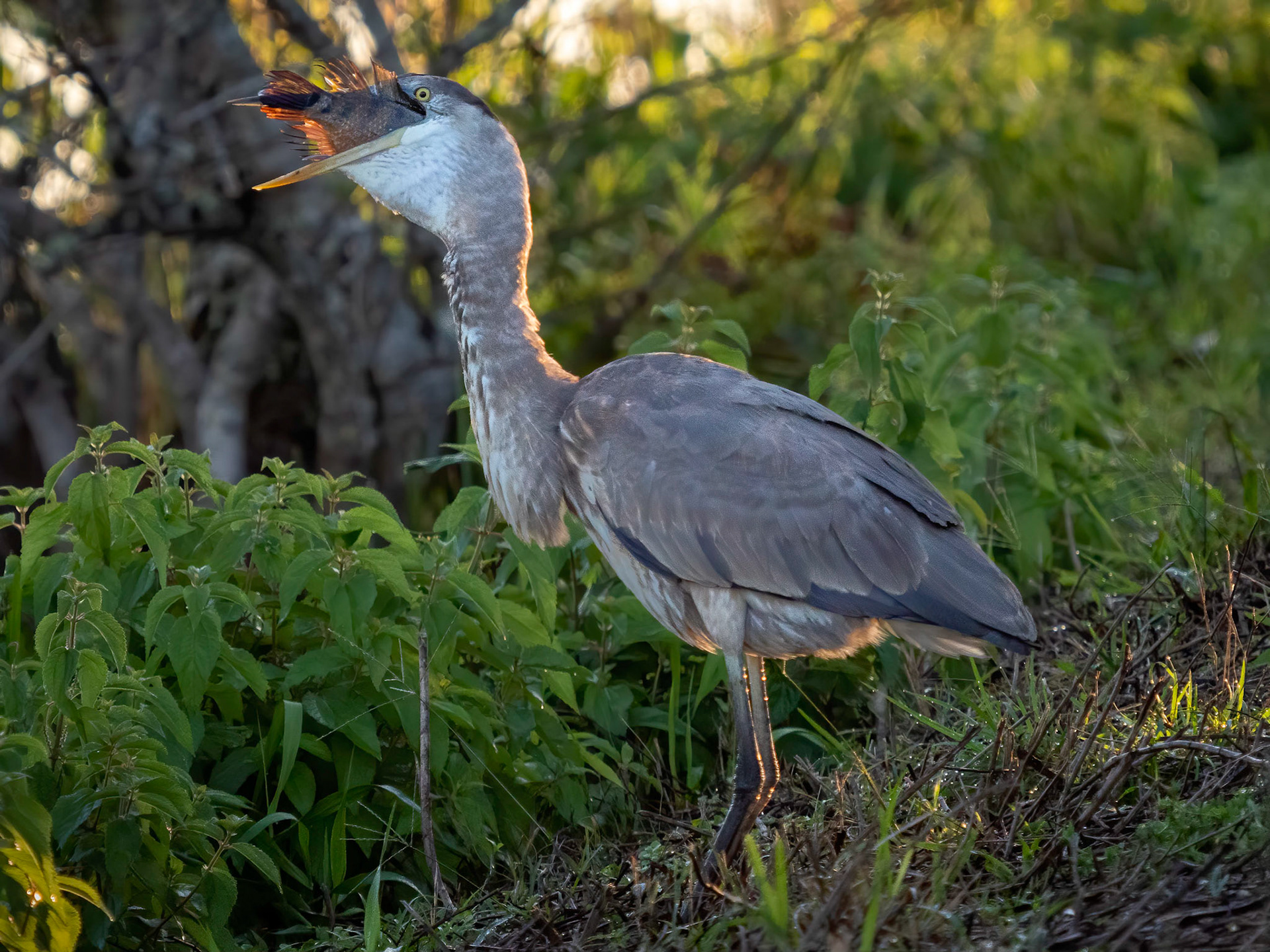
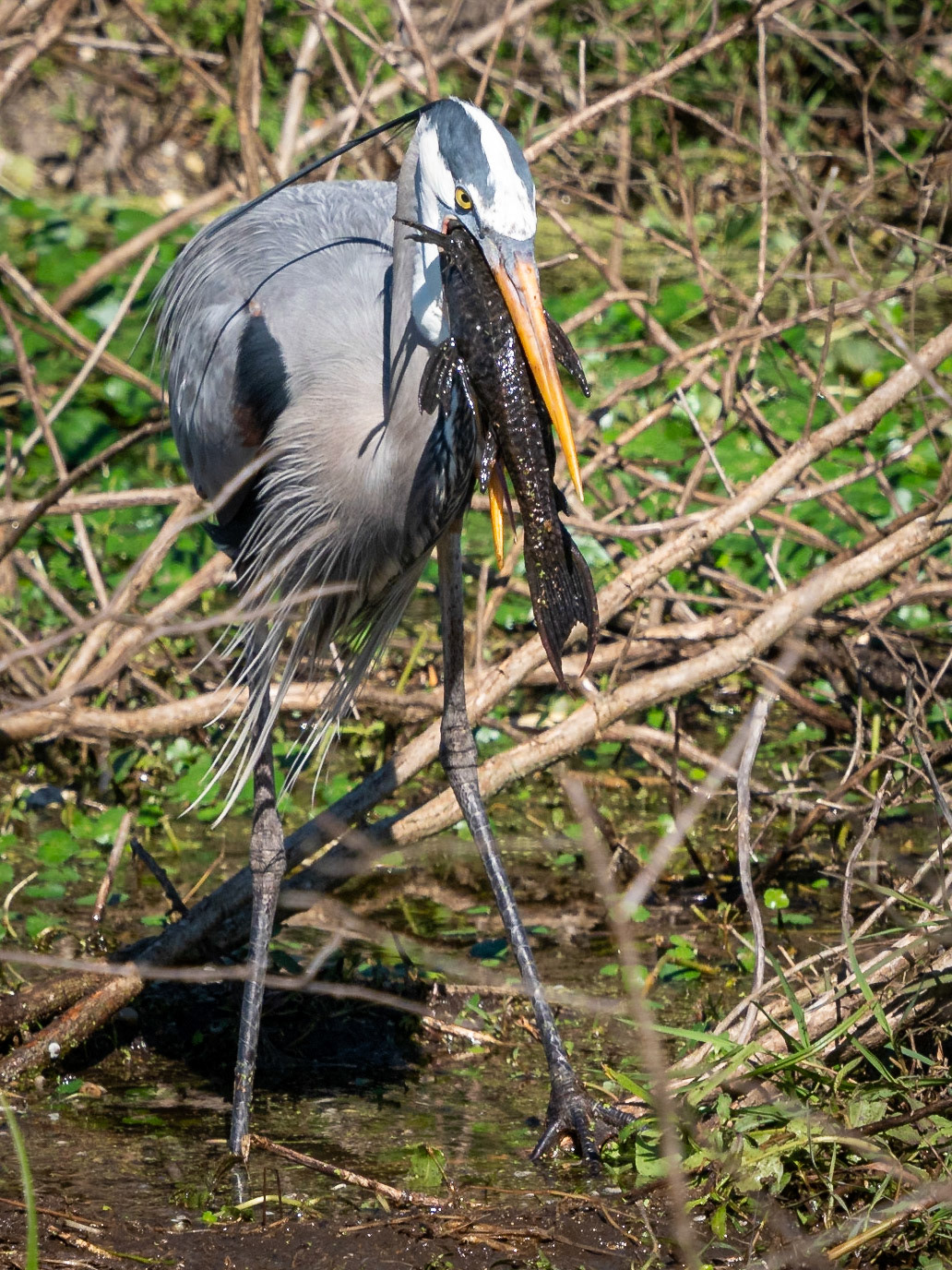
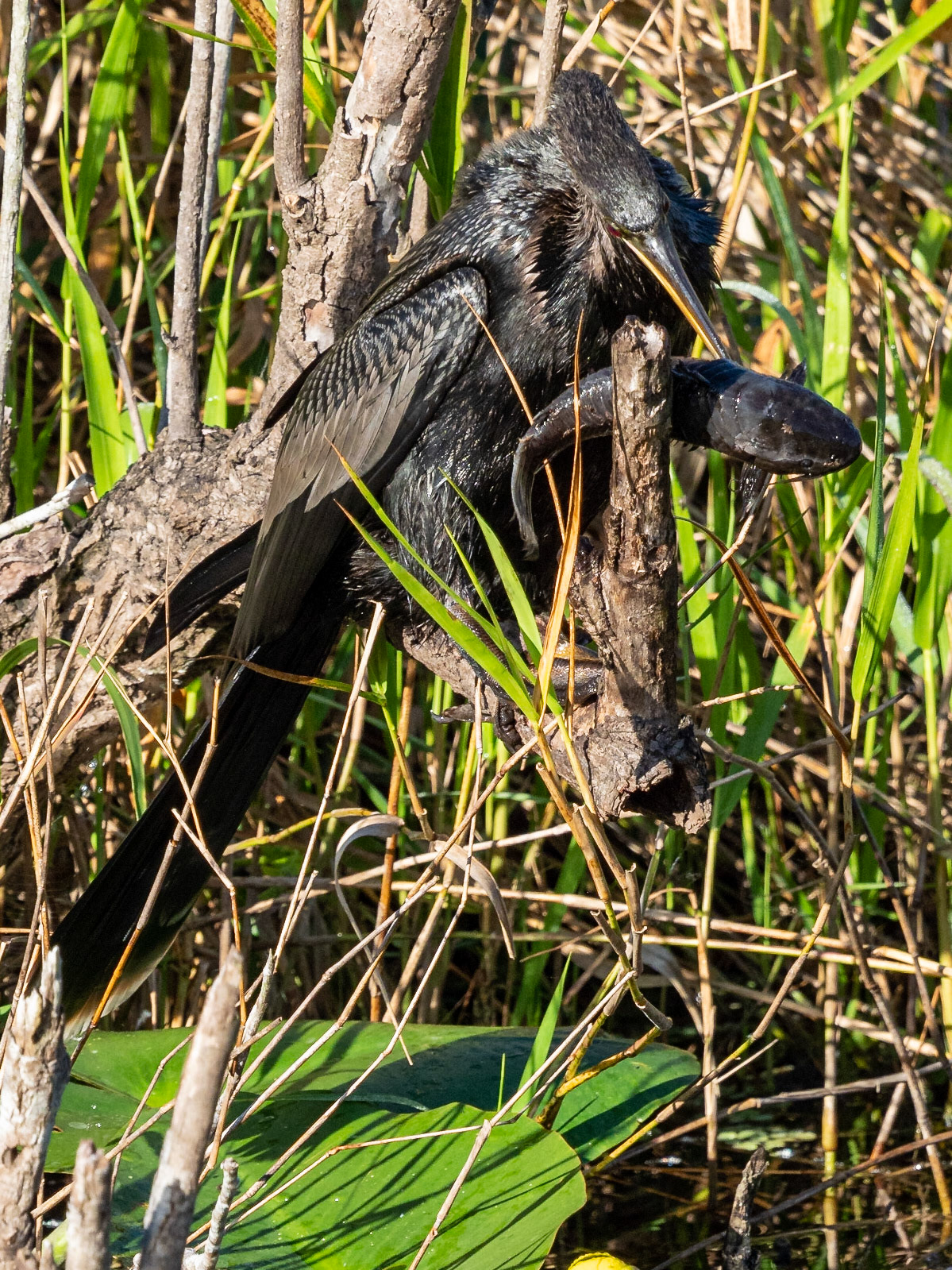
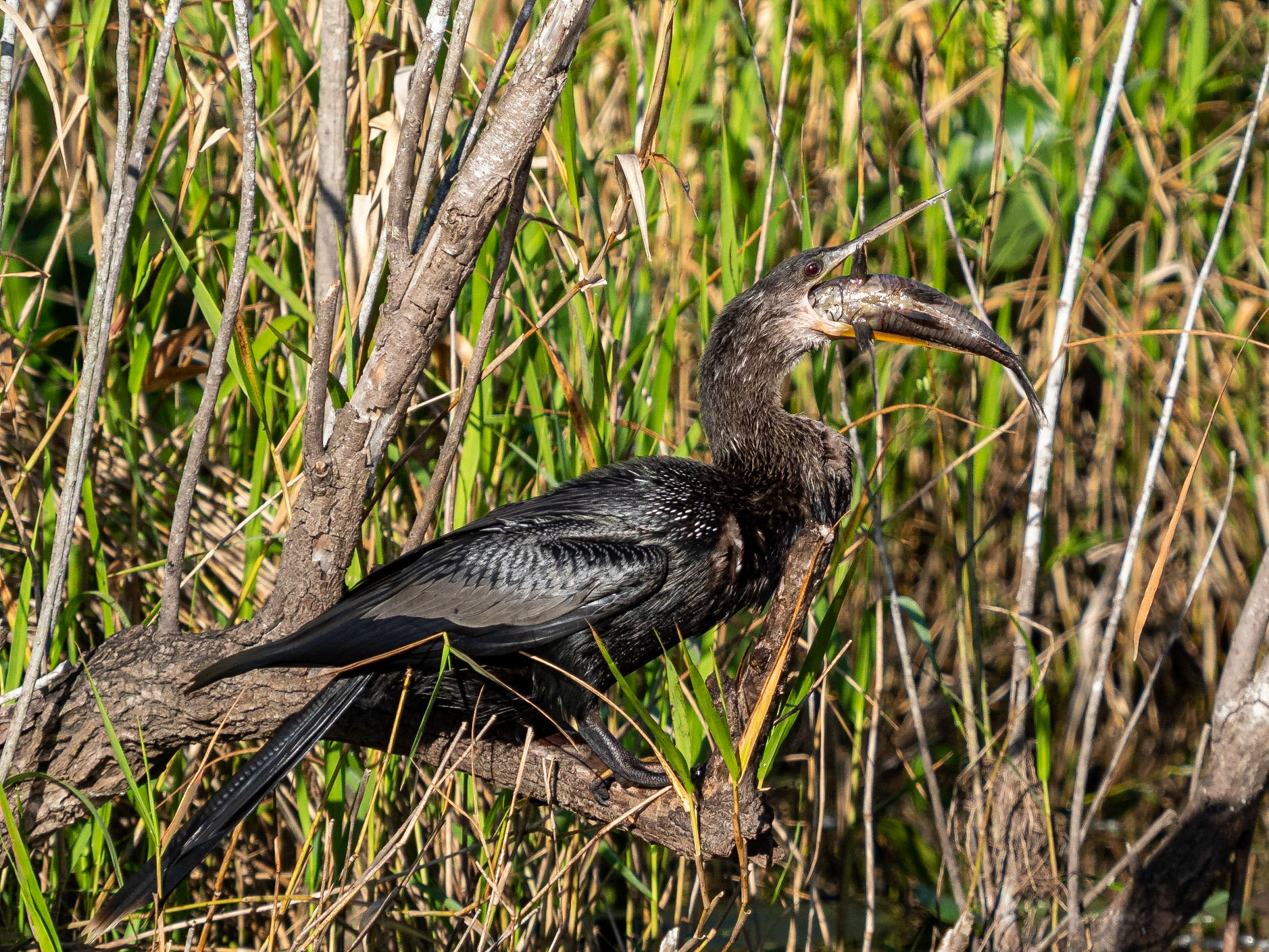
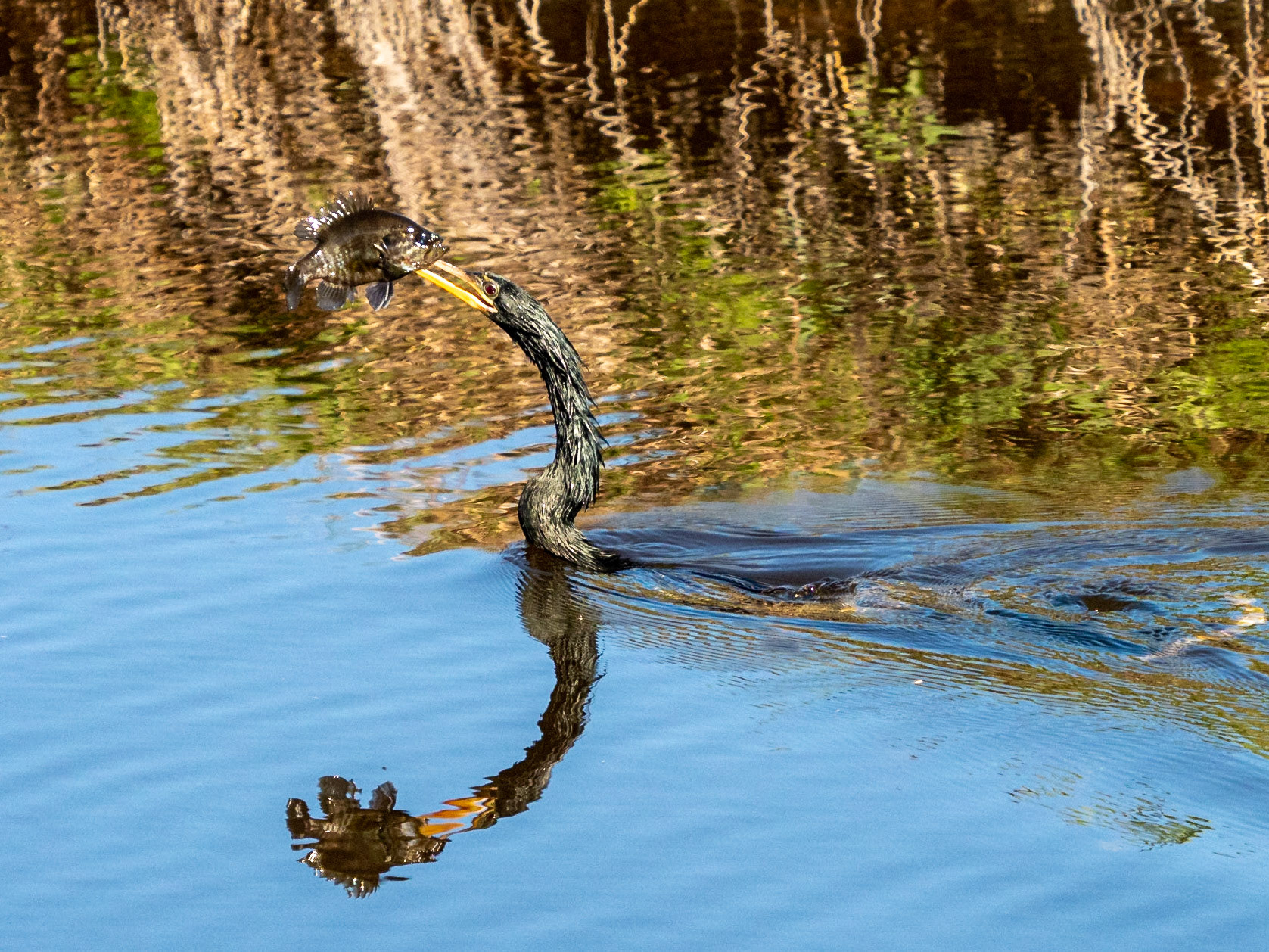
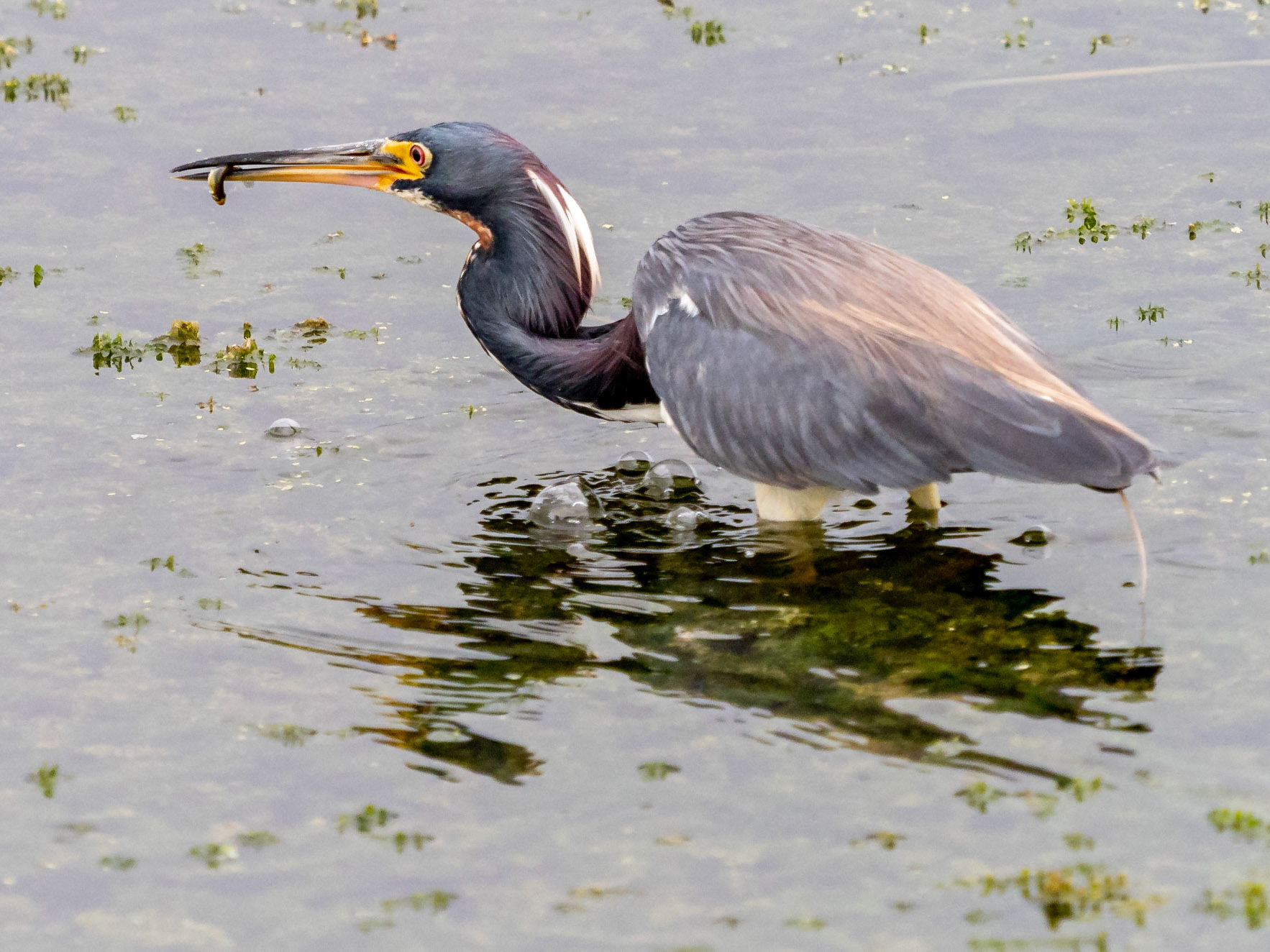
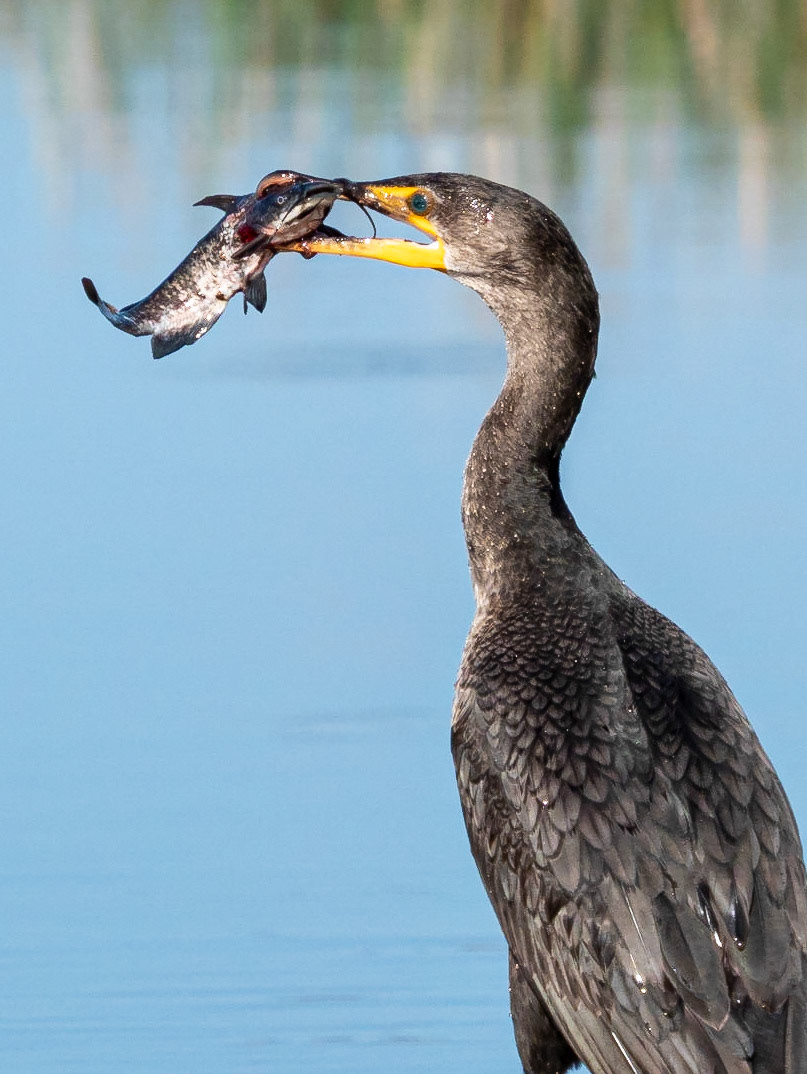
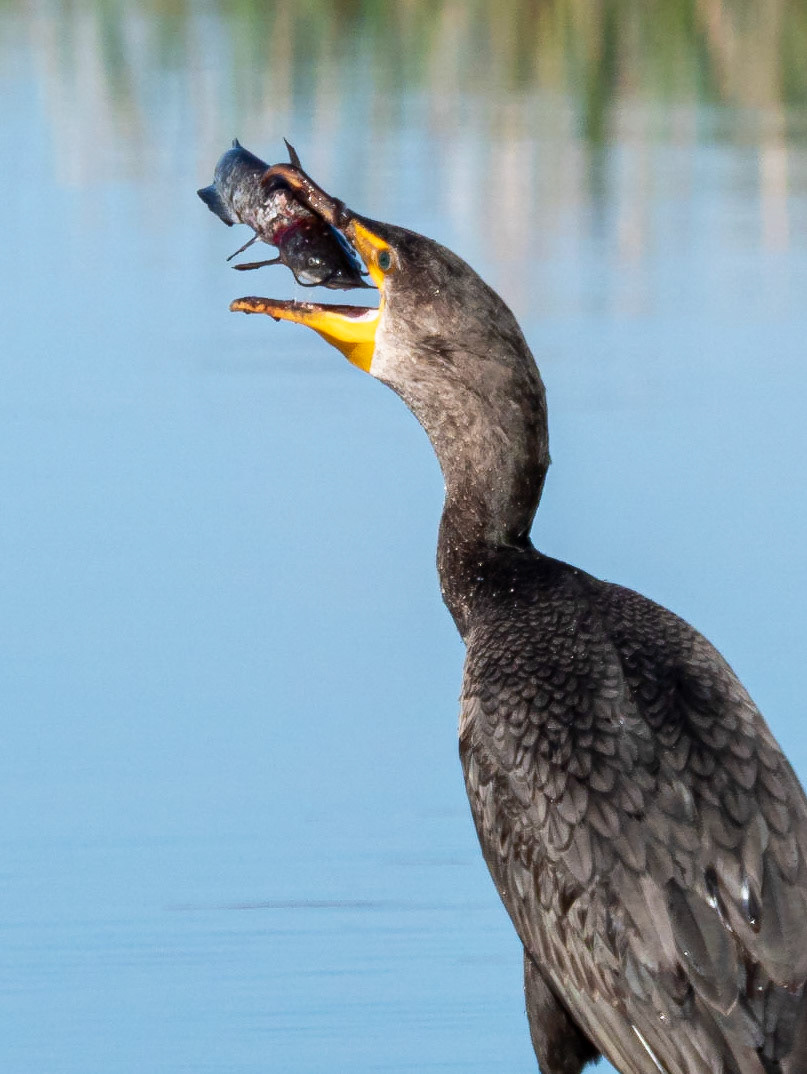
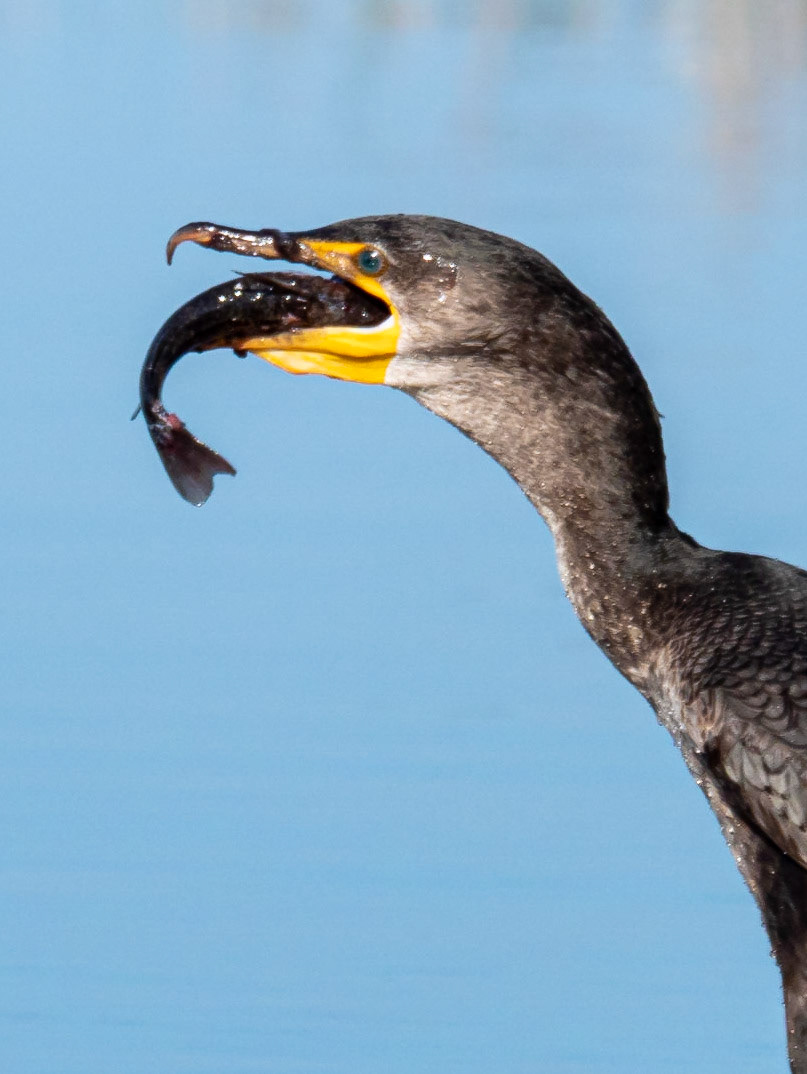

Great blue heron taking a bath - something we had not seen before

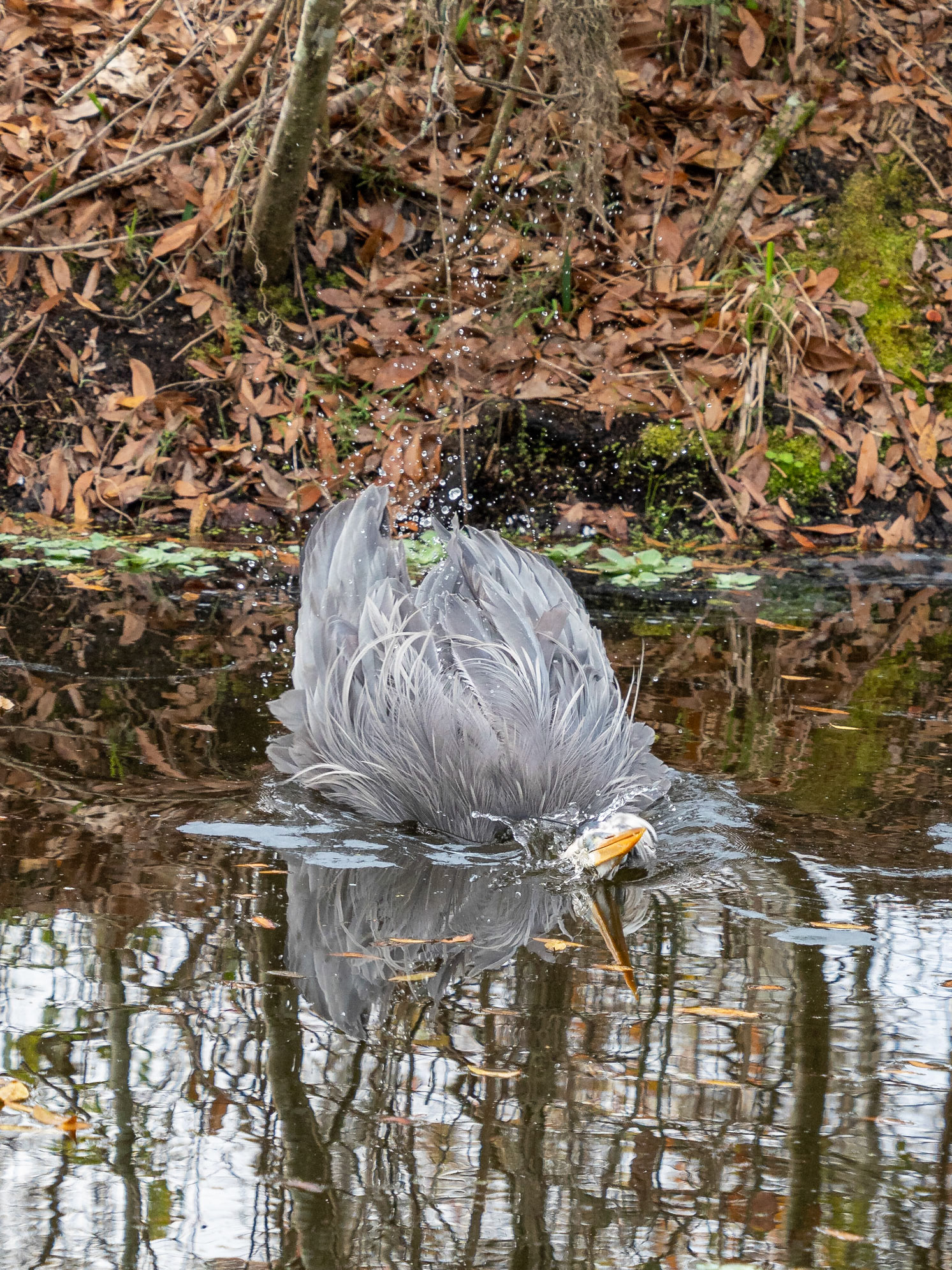
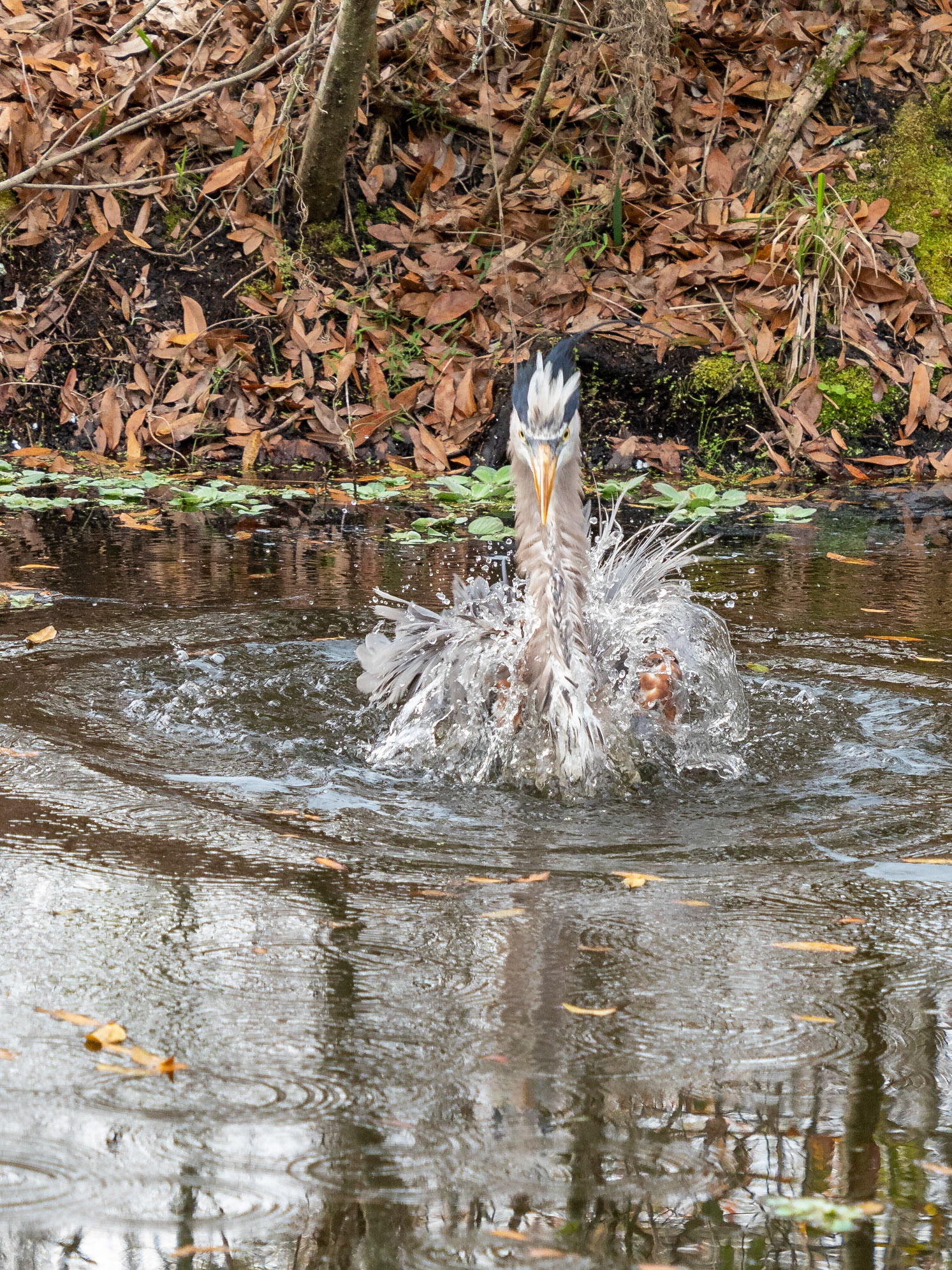
Video link below is a "stop-action" video as Jim was too caught up with the unique experience that he forgot to shoot a video.
Great blue with an early, several week old "chick" in nest. The chick was hungry but the parent had no food for it - both were waiting for the other adult to come home with breakfast.
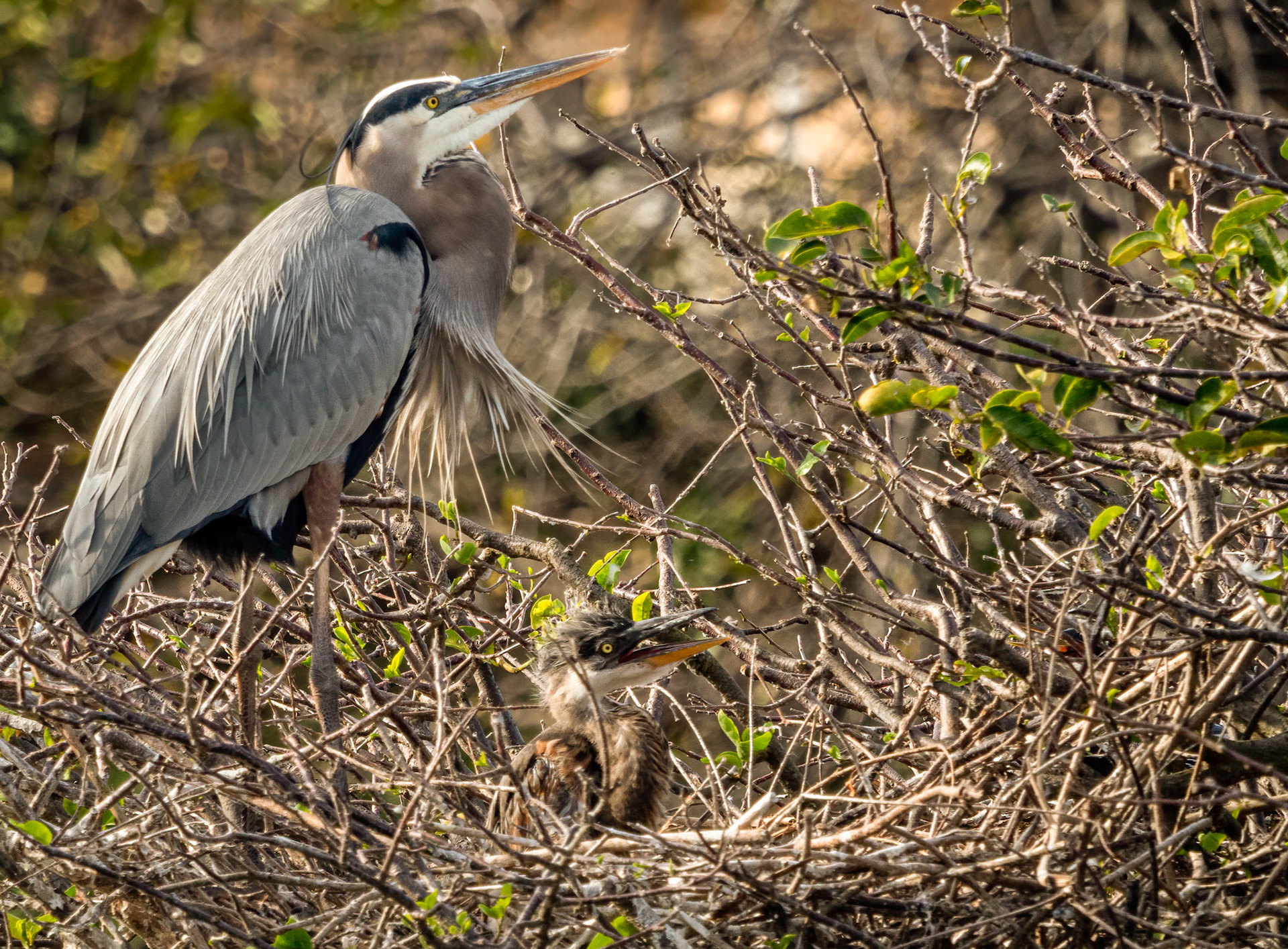
Mexican stand-off; the adult was trying to ignore the chick, the chick was upset with the parent.
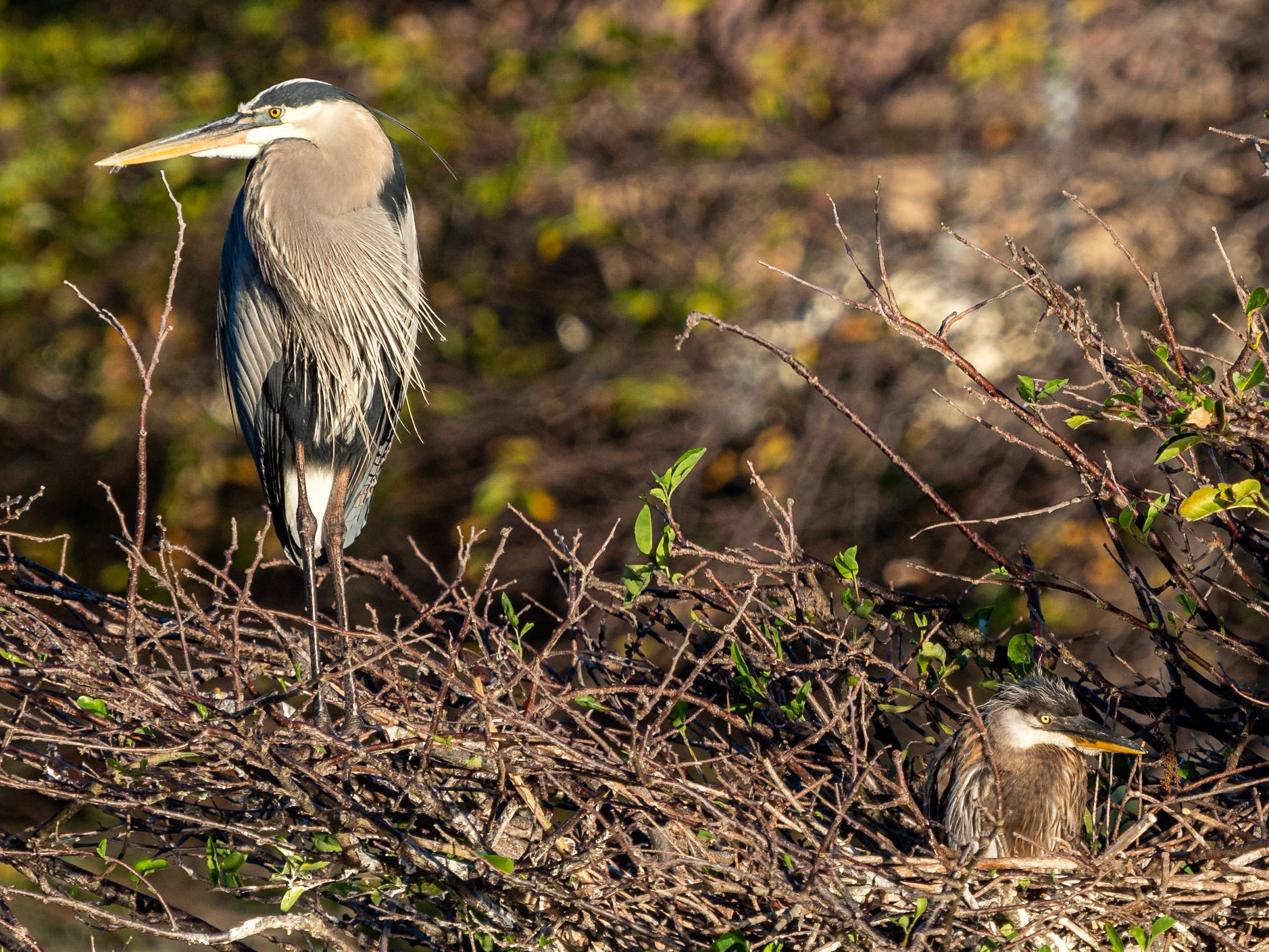
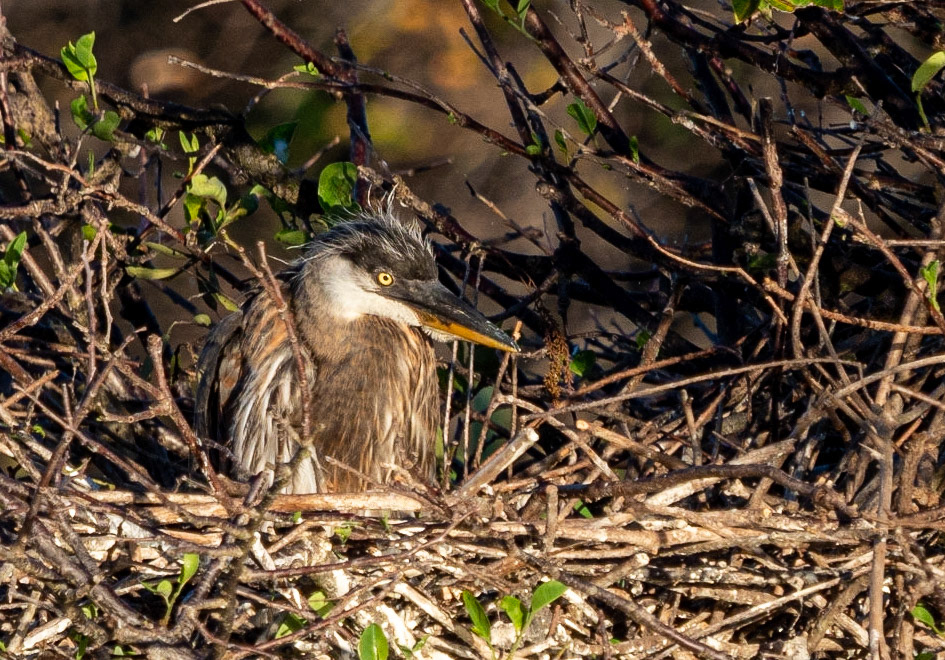

Misc pictures
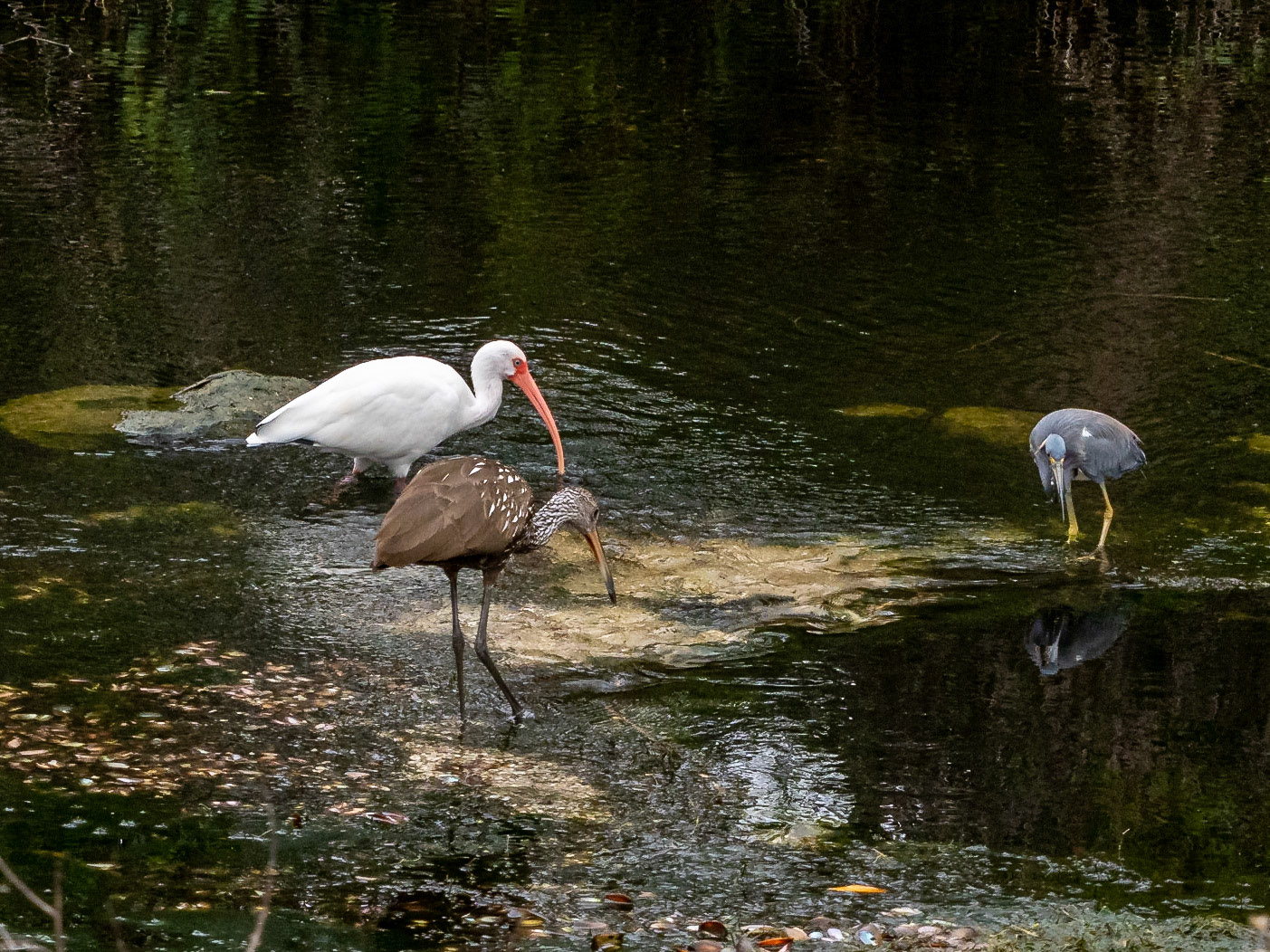

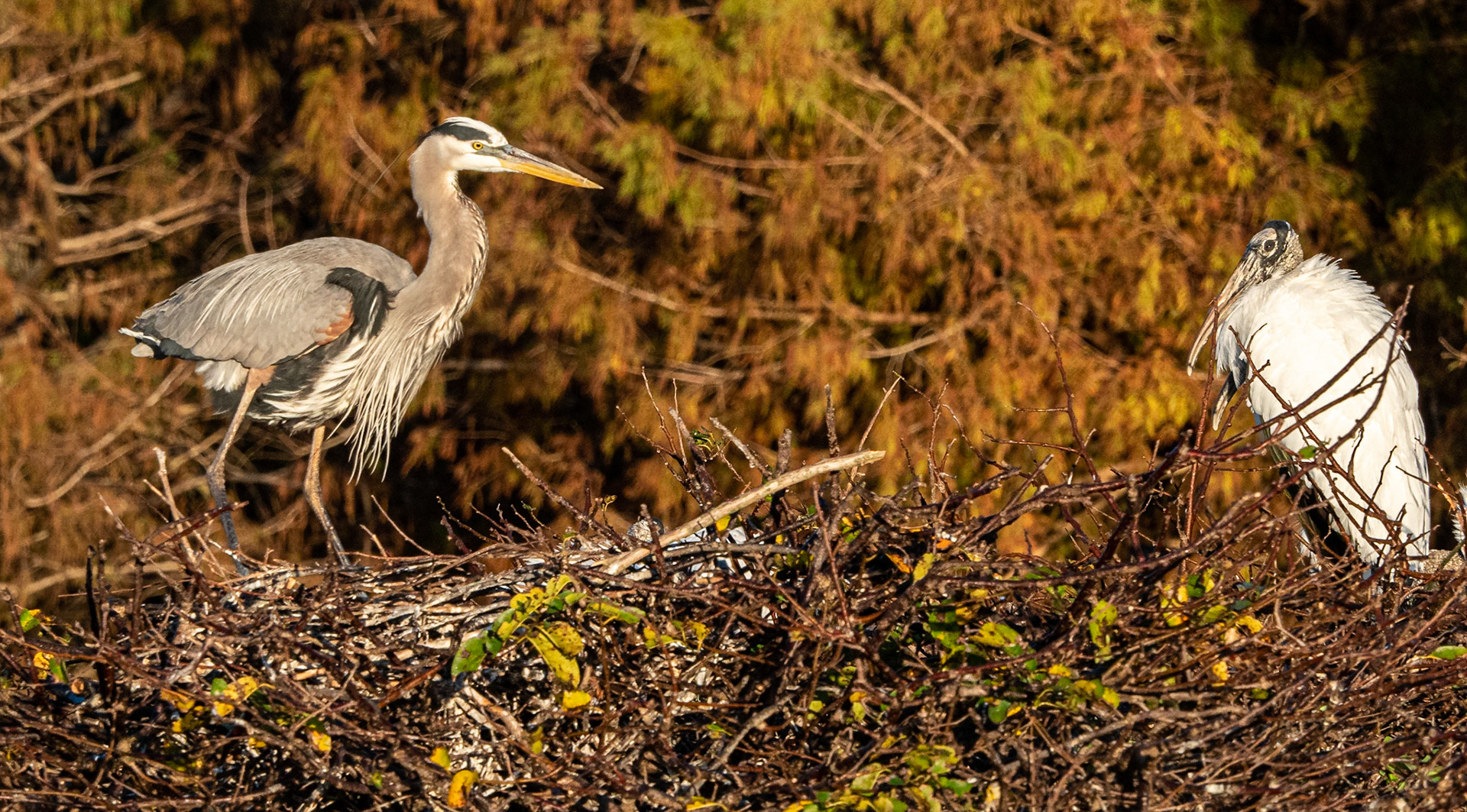
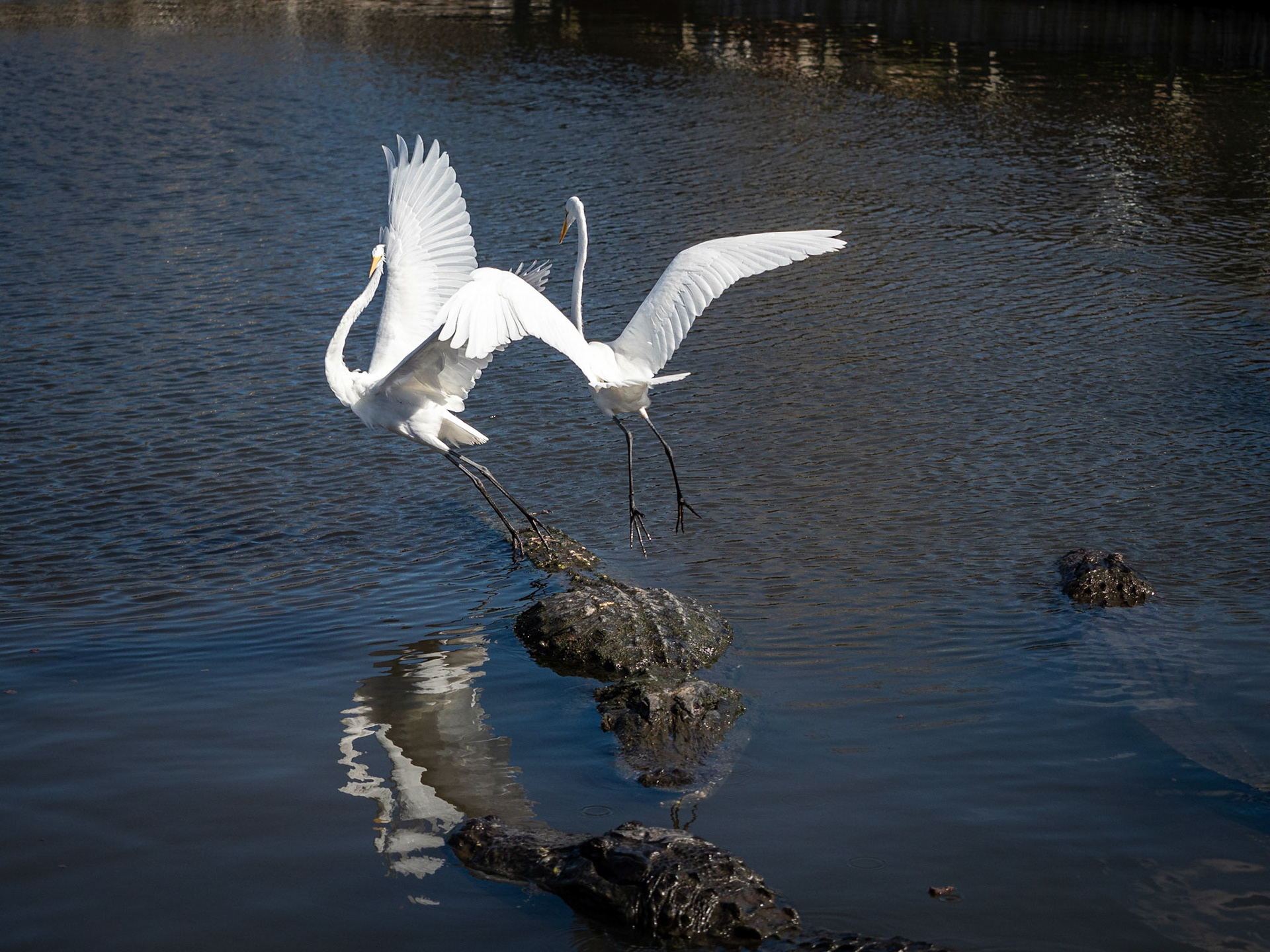

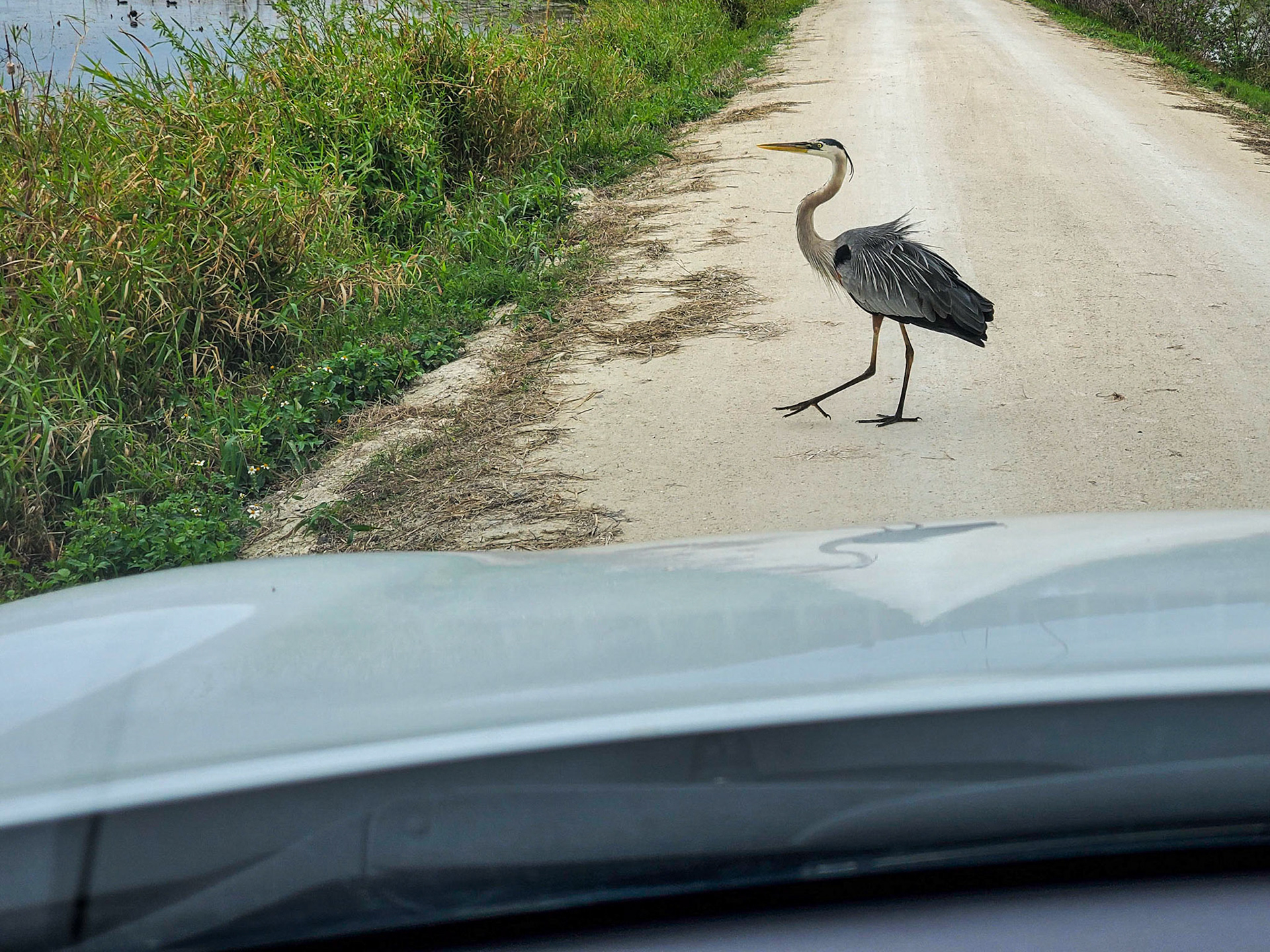
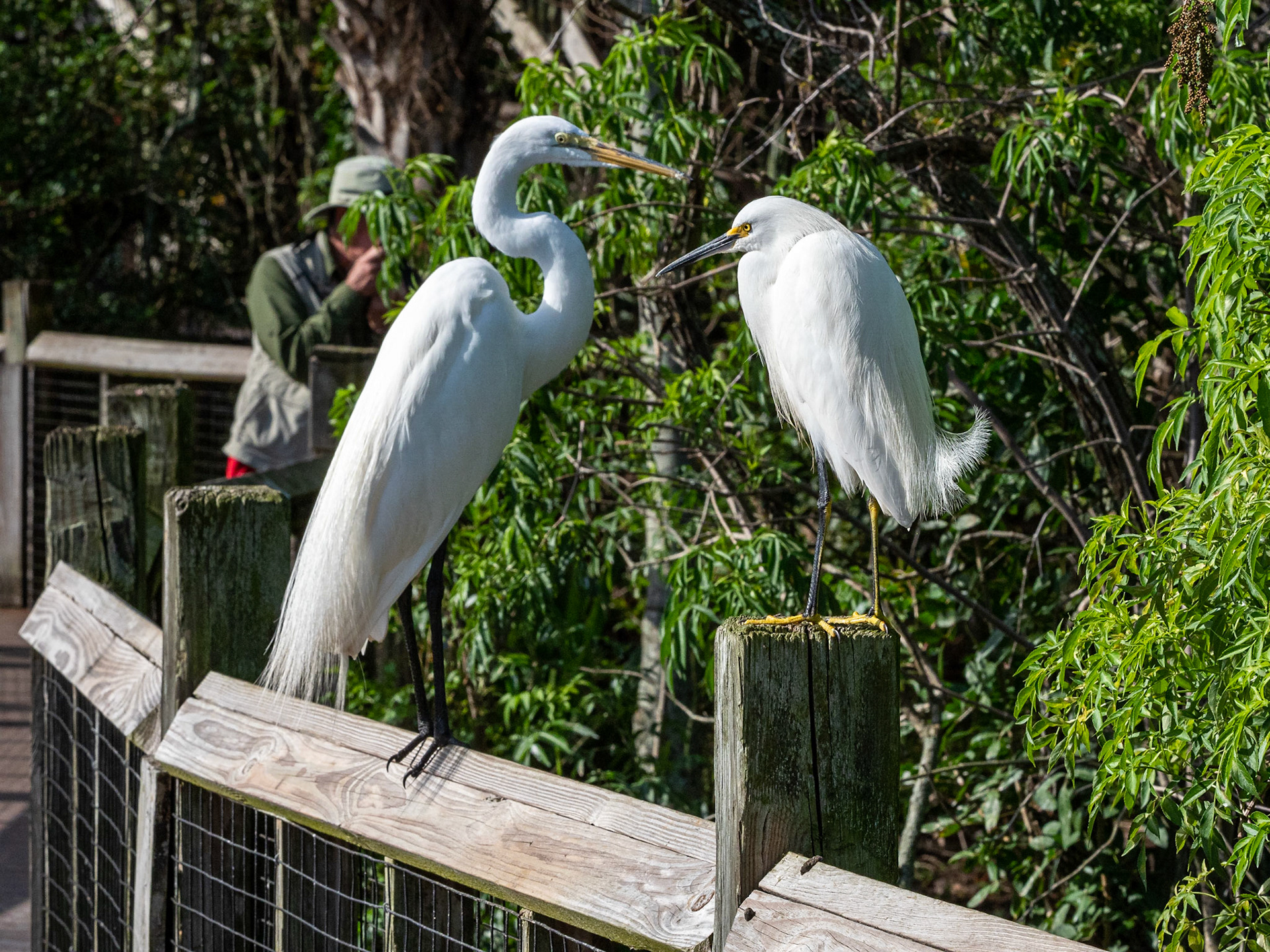
Gators
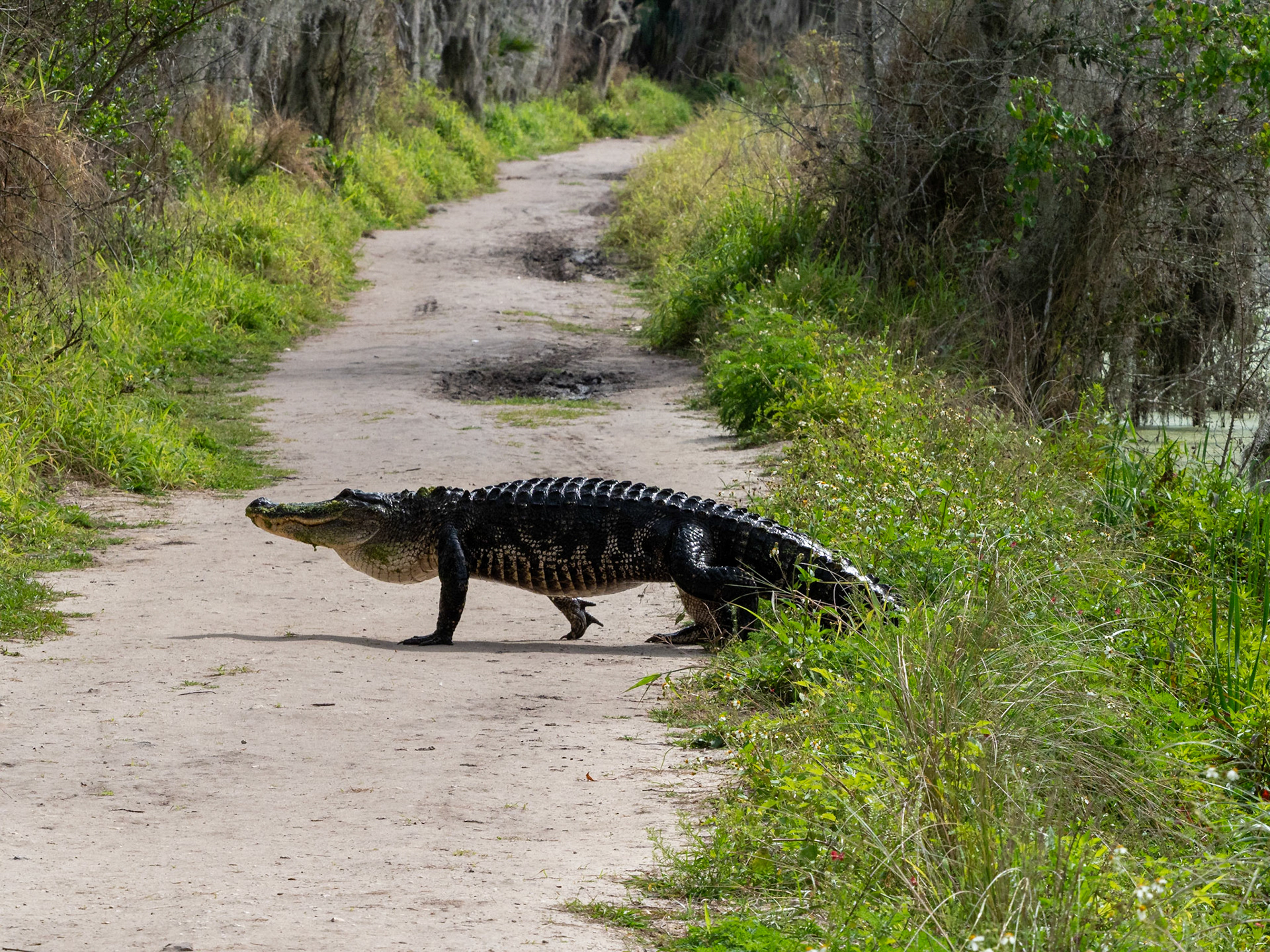
The baby alligators, first two pictures, were six (?) months old. They were in a nest with mum right there keeping an eye. In the second picture, one of the babies is on mum's back.
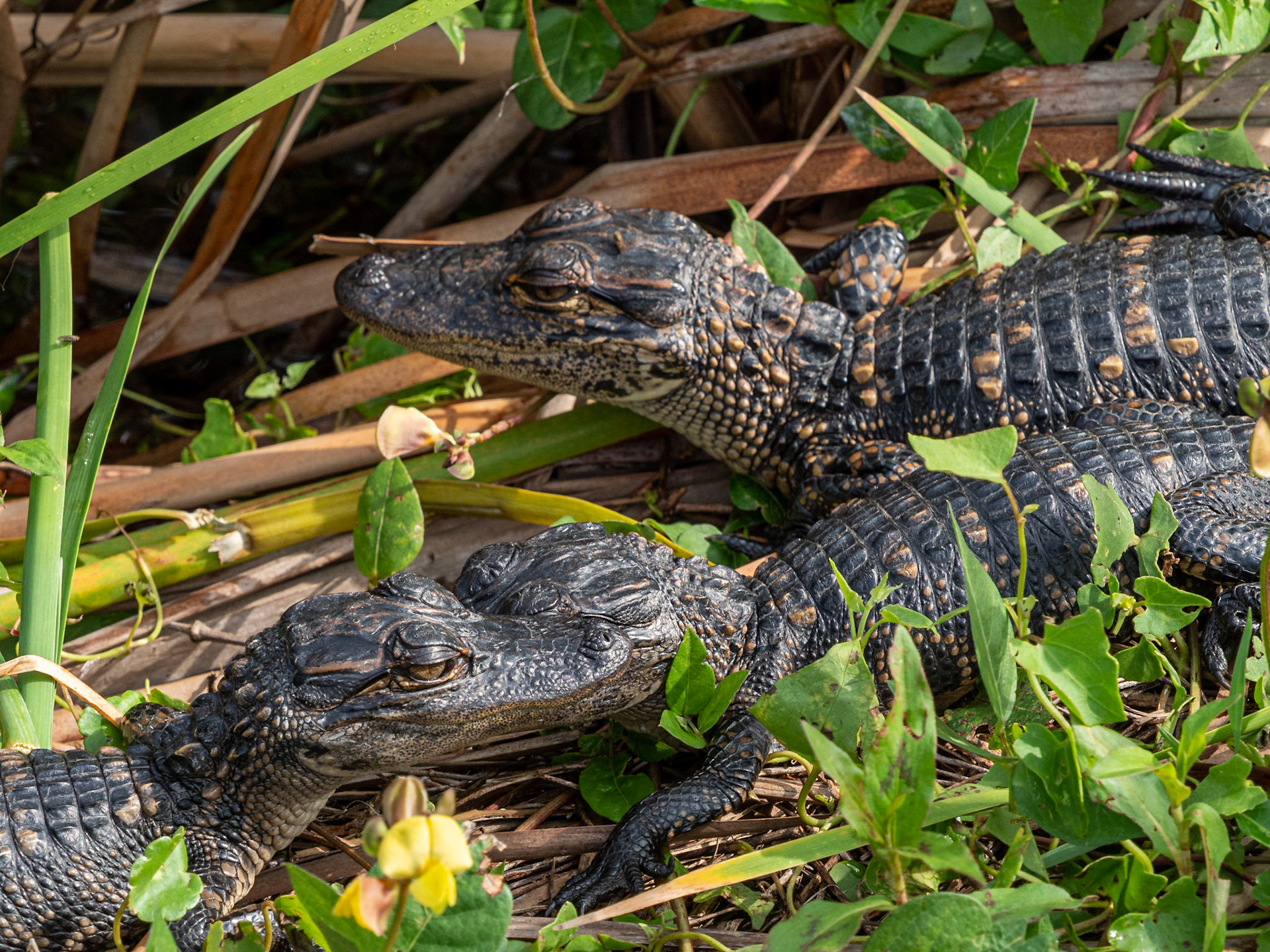
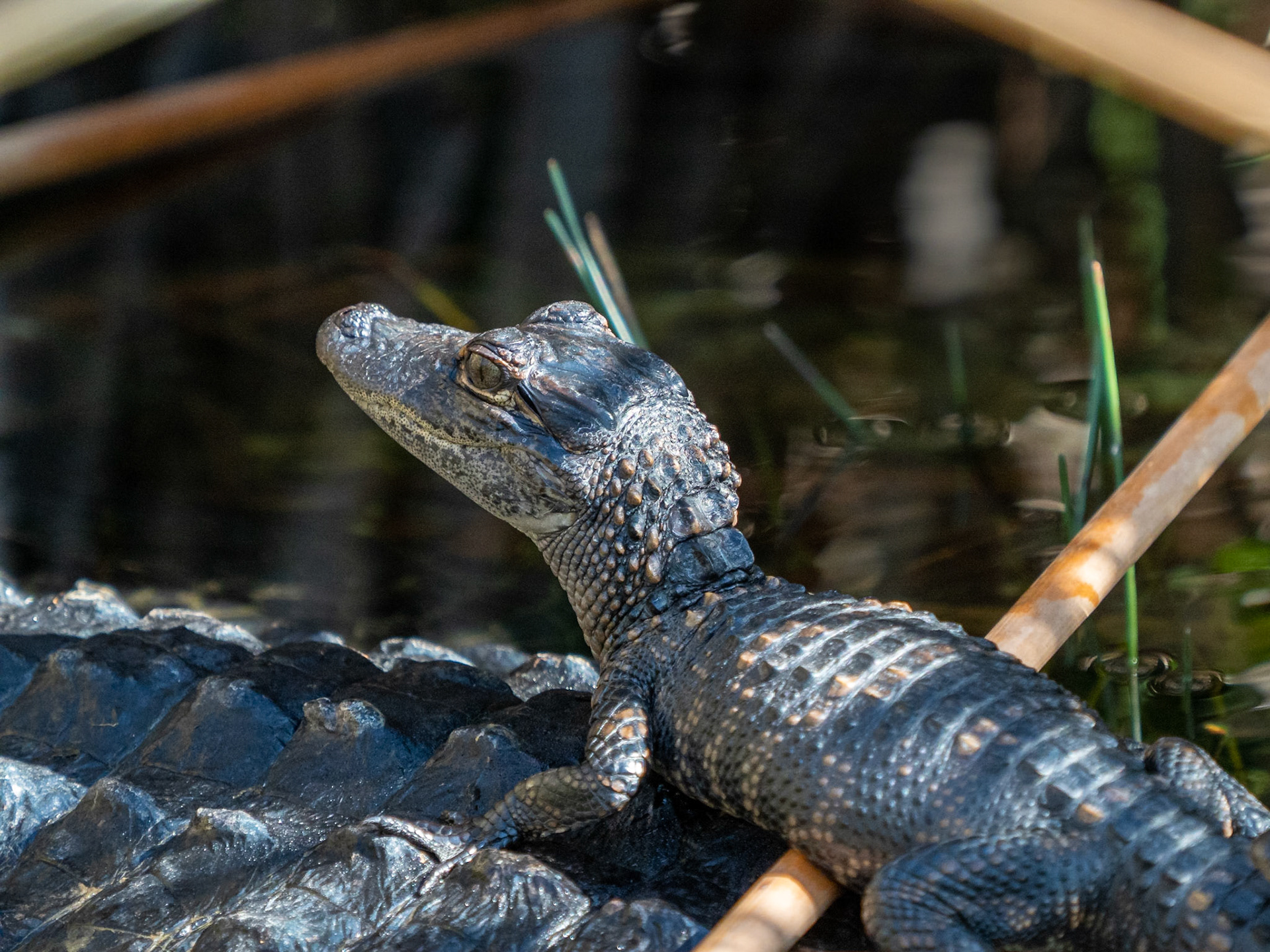
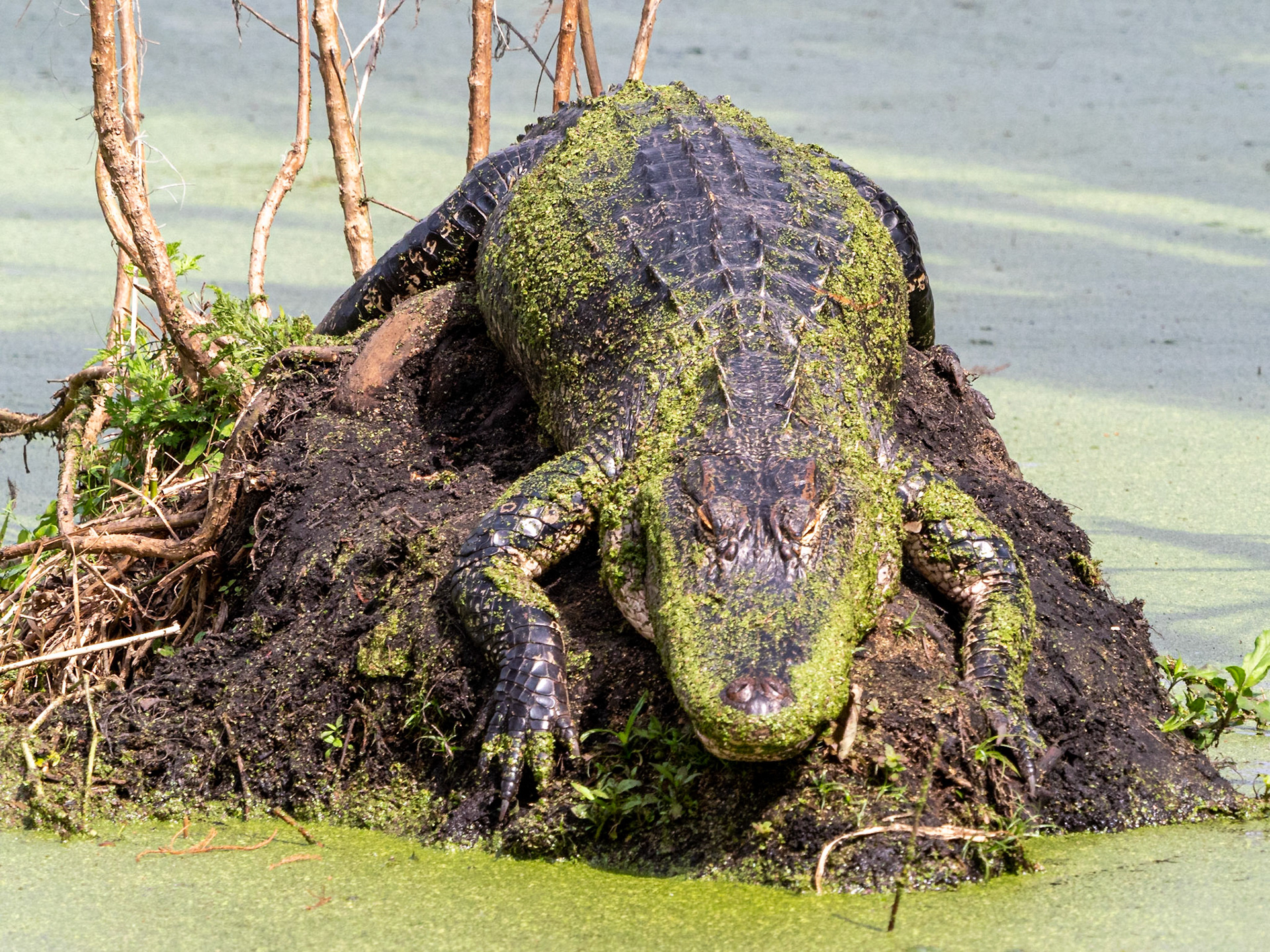
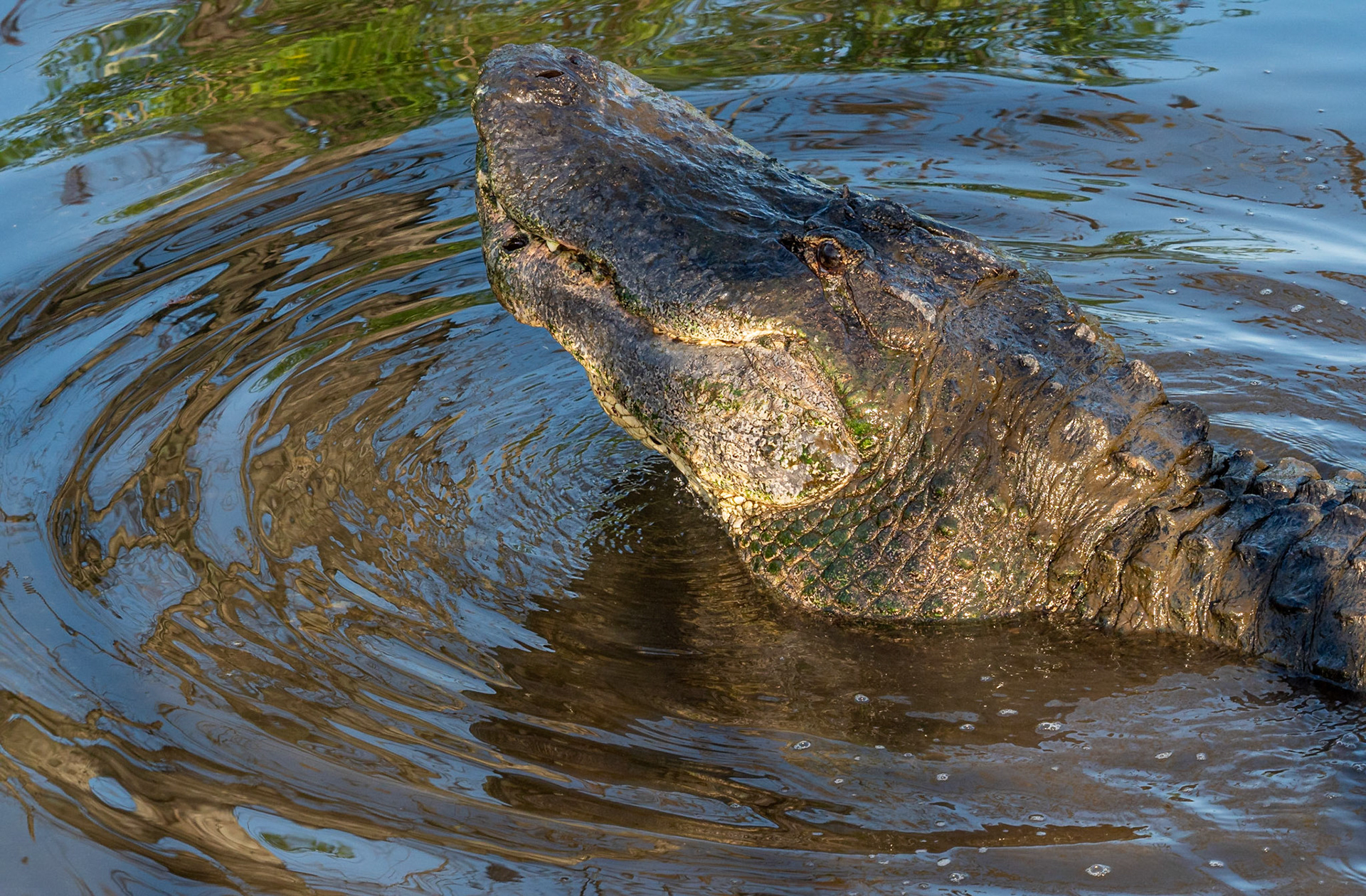
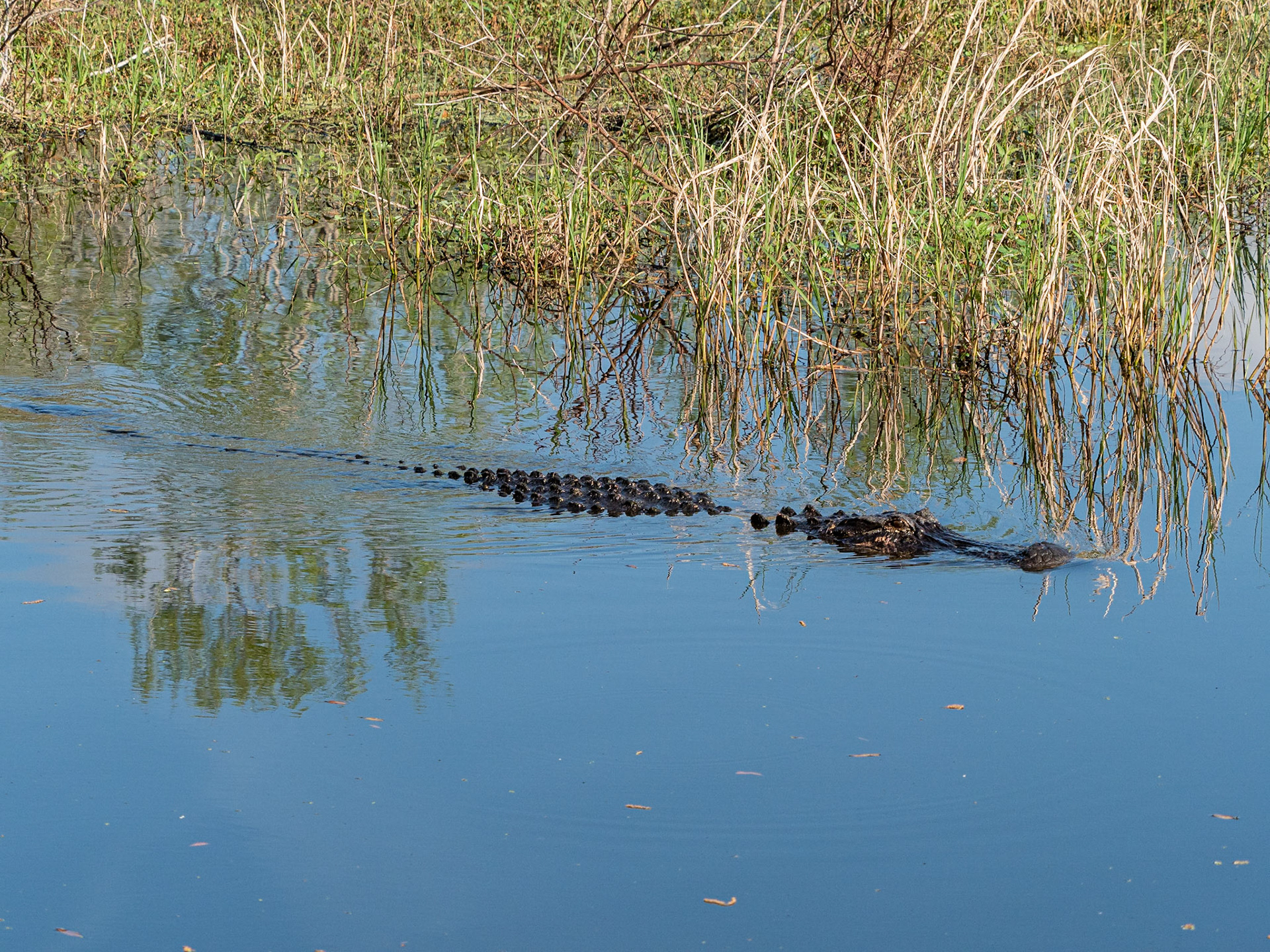
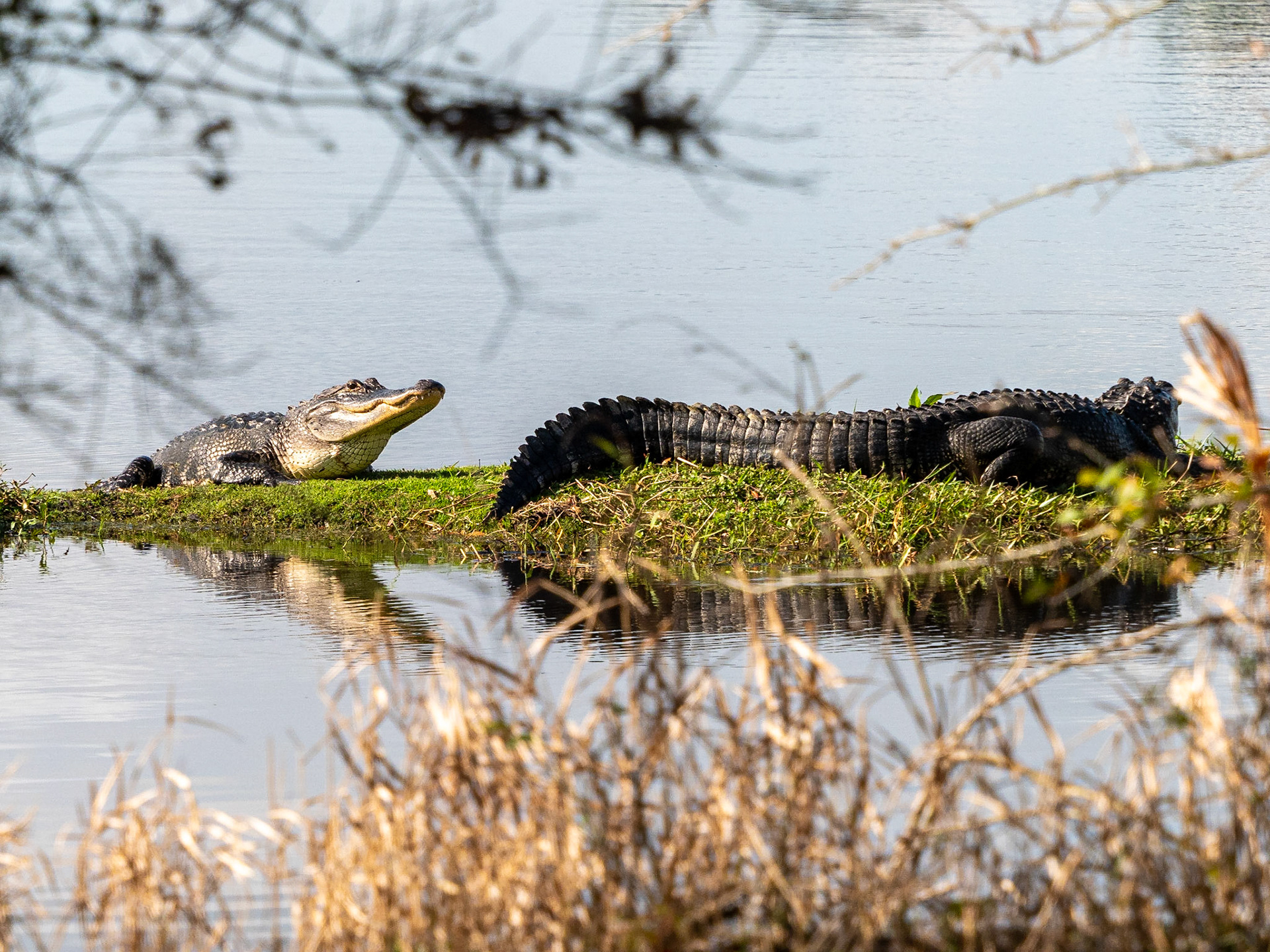
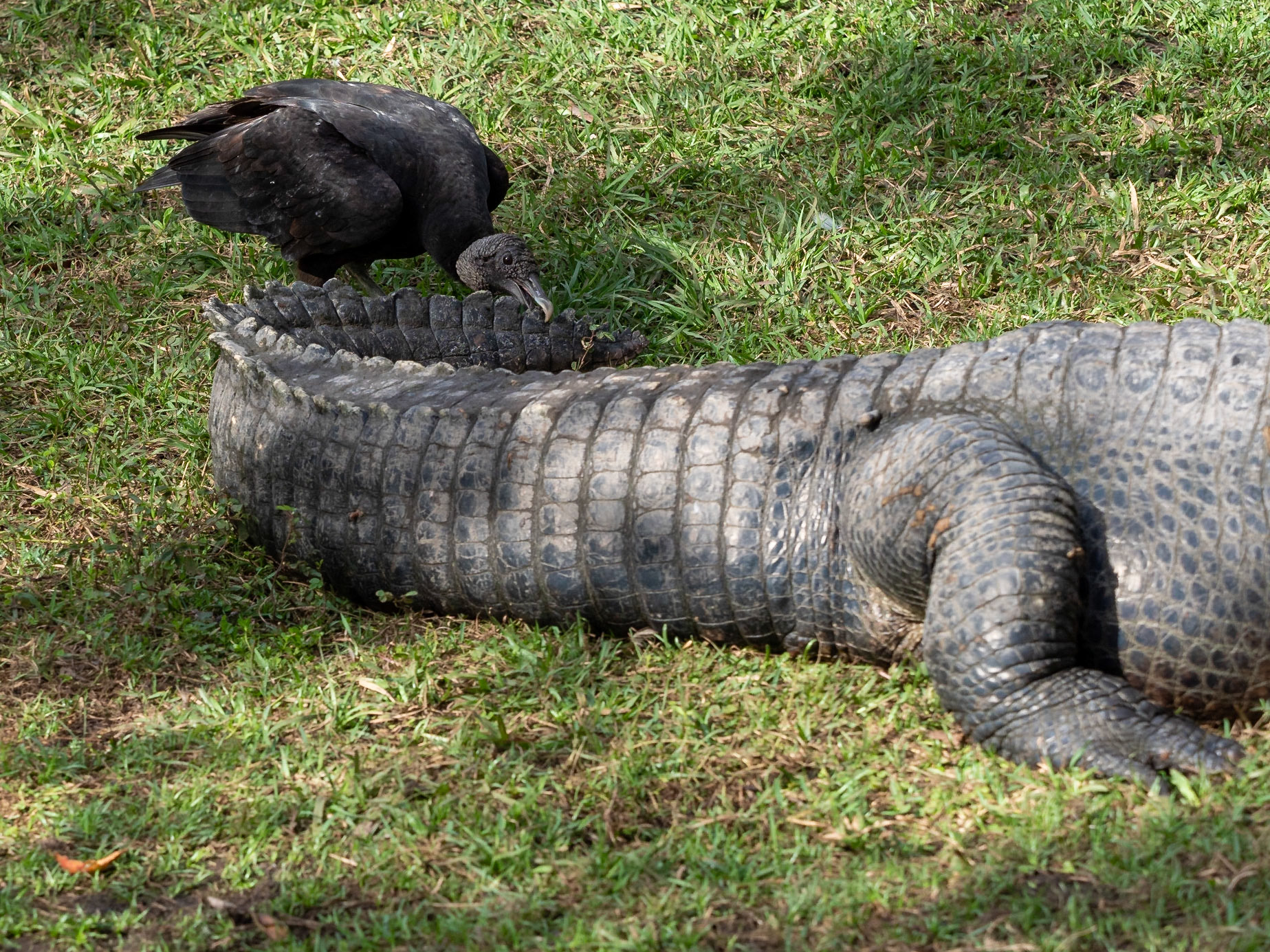

Iguanas and skinks
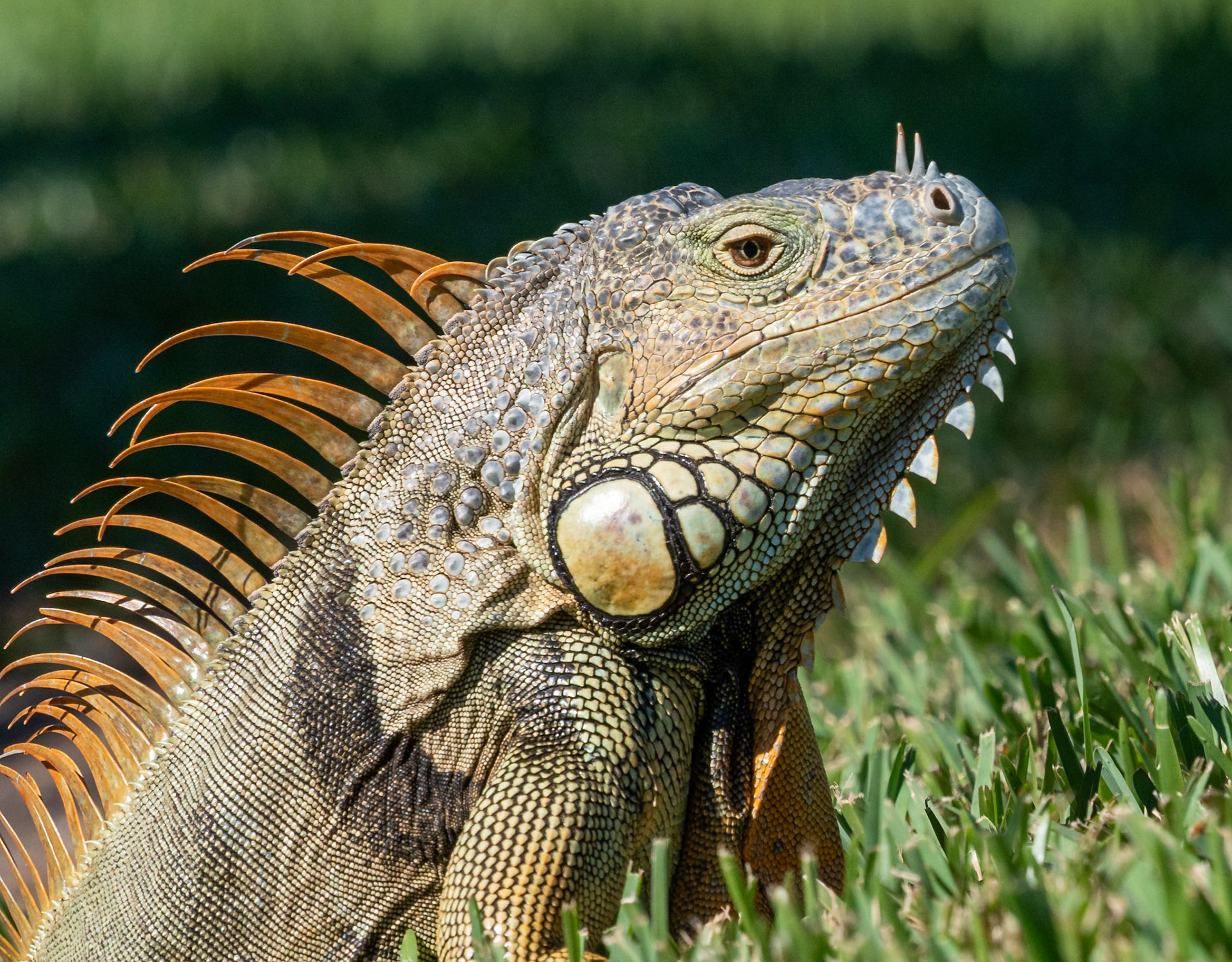
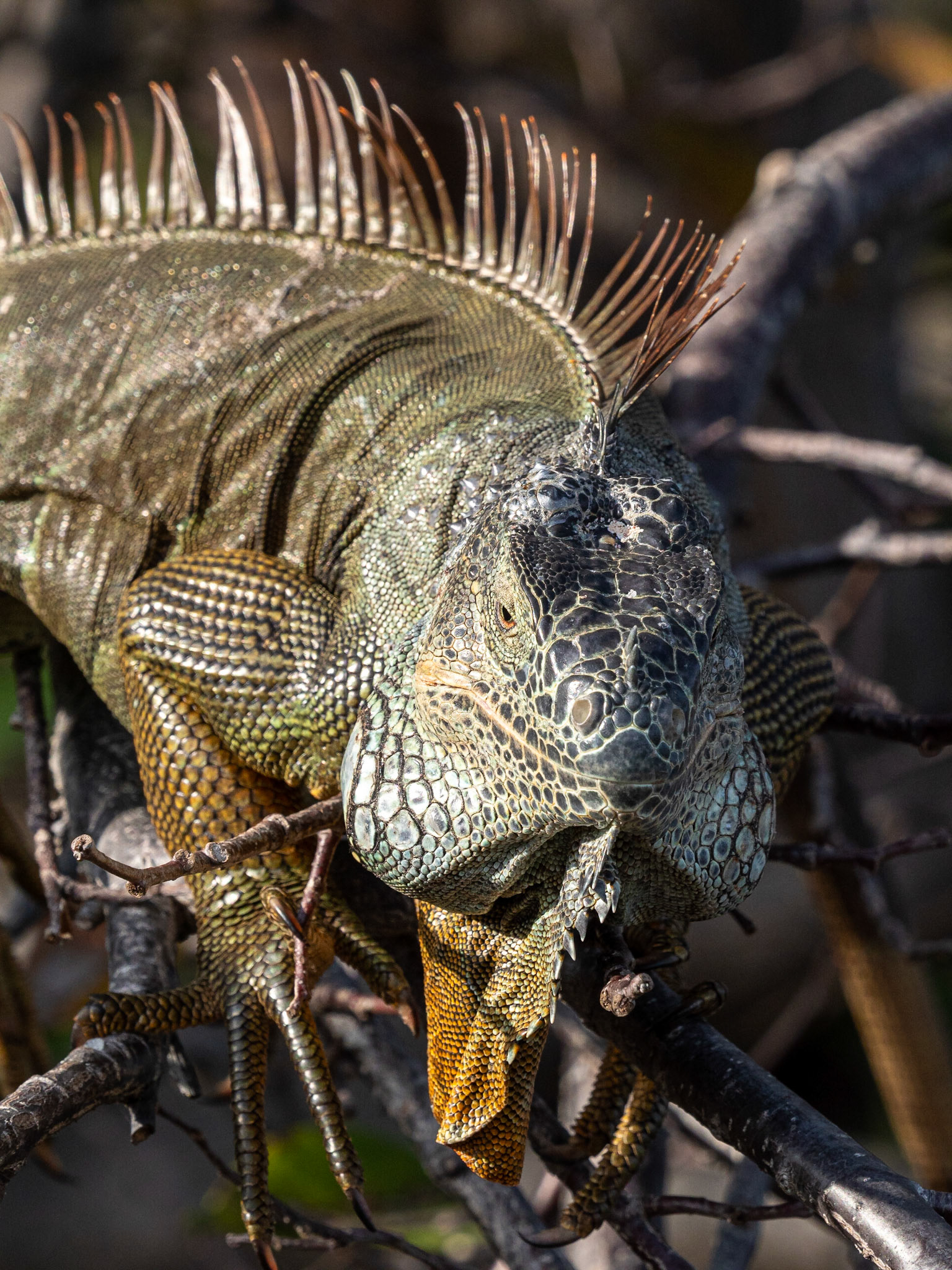
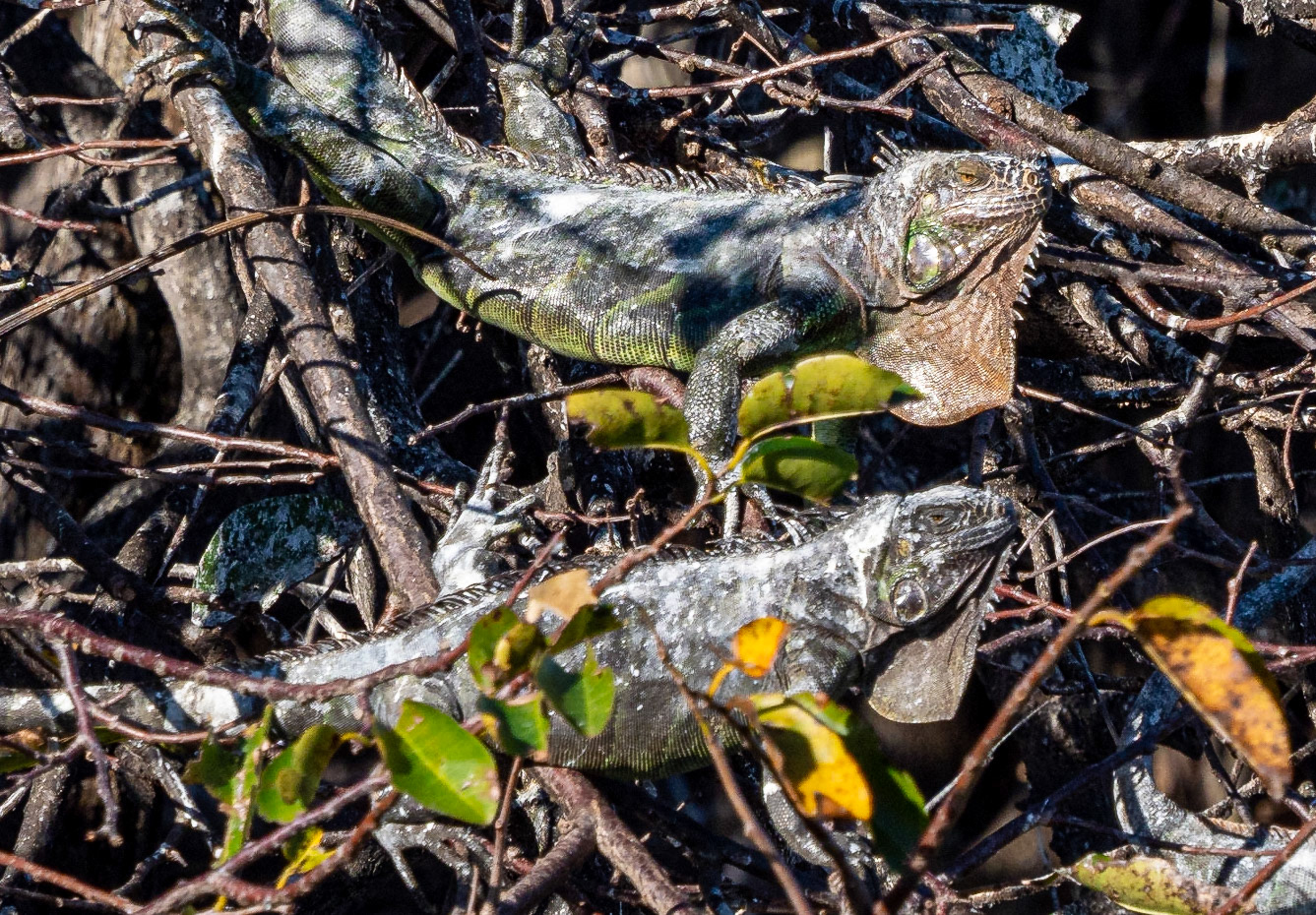
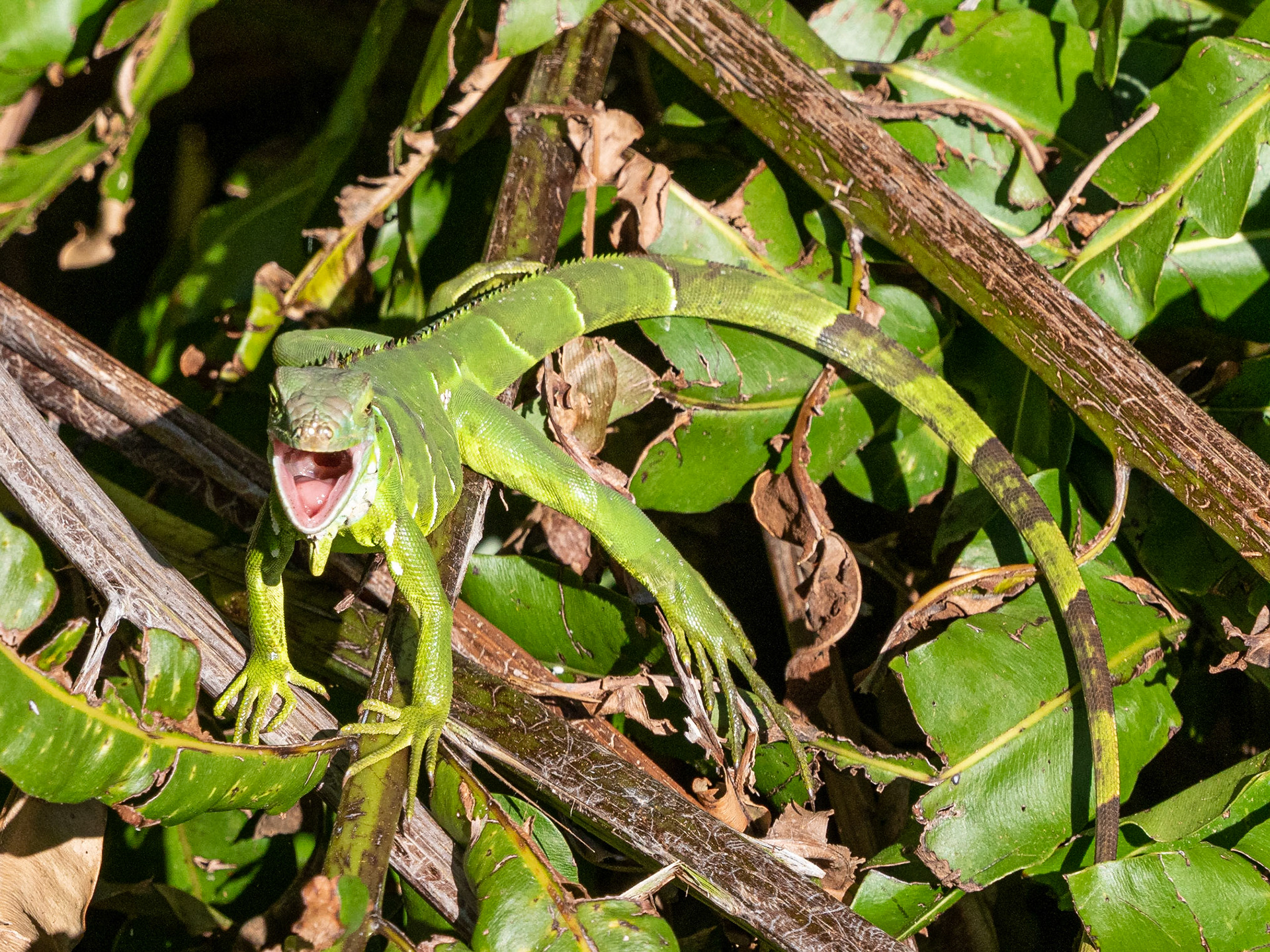

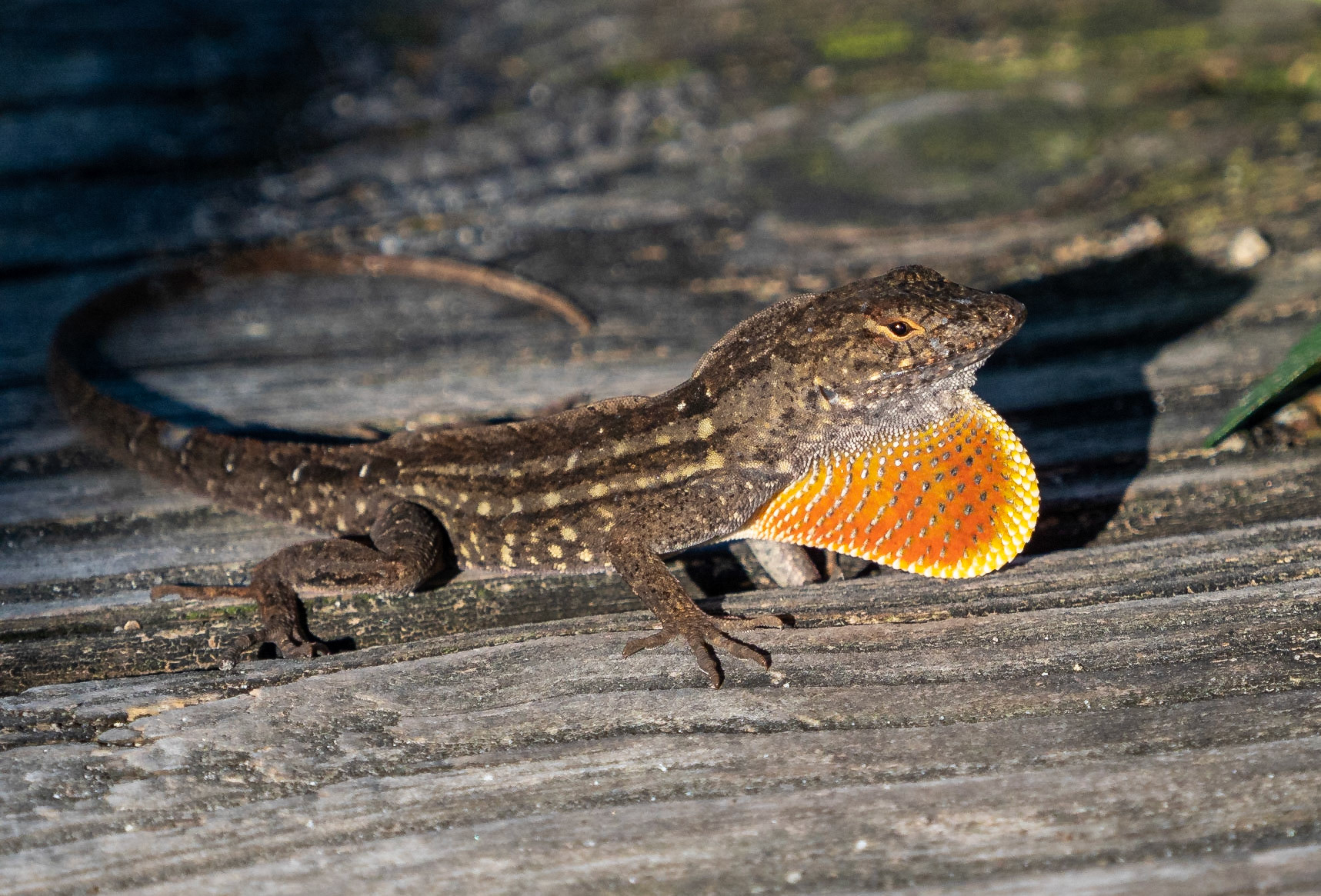
Turtles, first one is a long-nosed soft shelled turtle, next two are river cooters. Raccoon waiting for snapping turtle to finish laying eggs so it can have breakfast
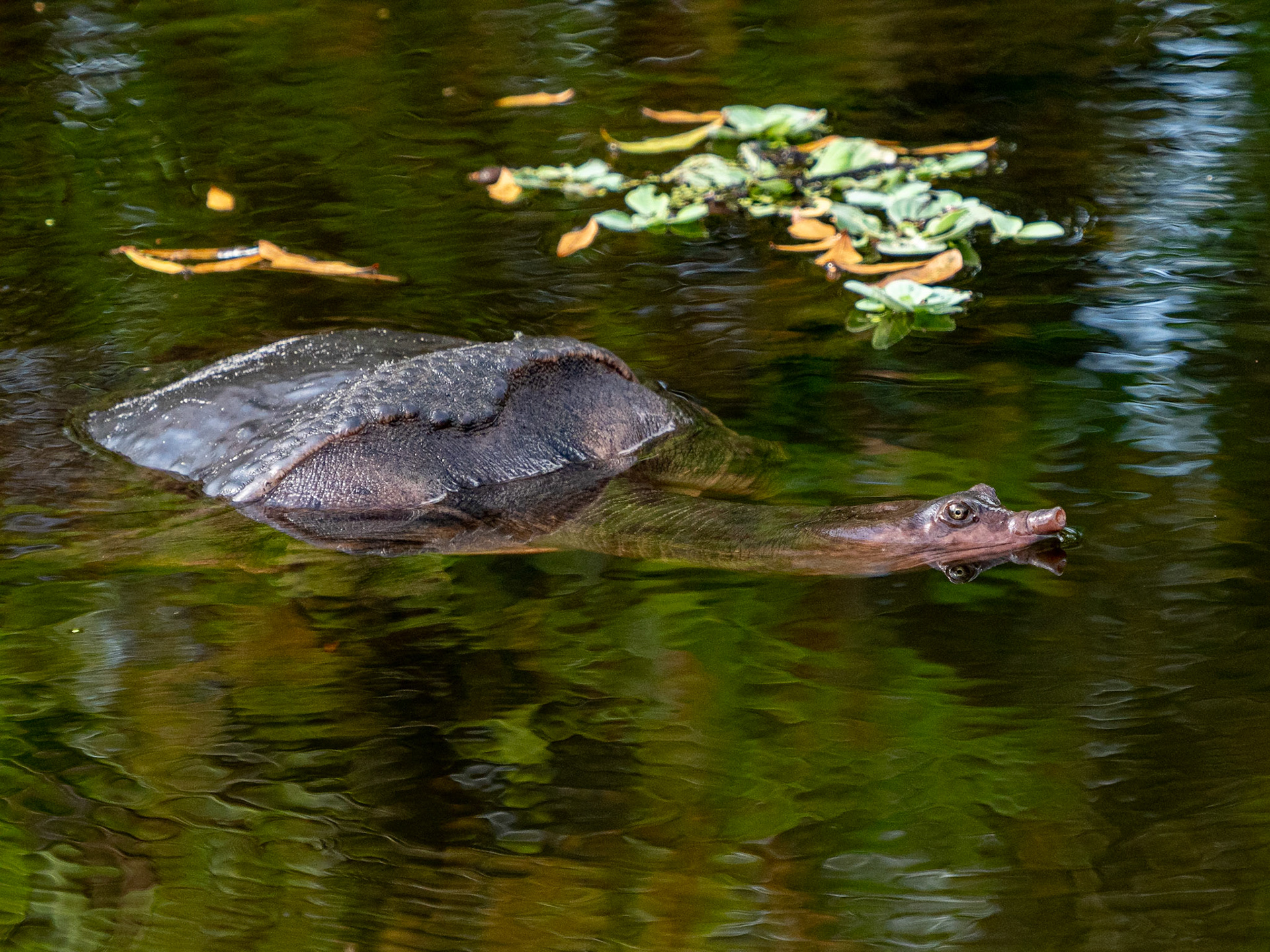

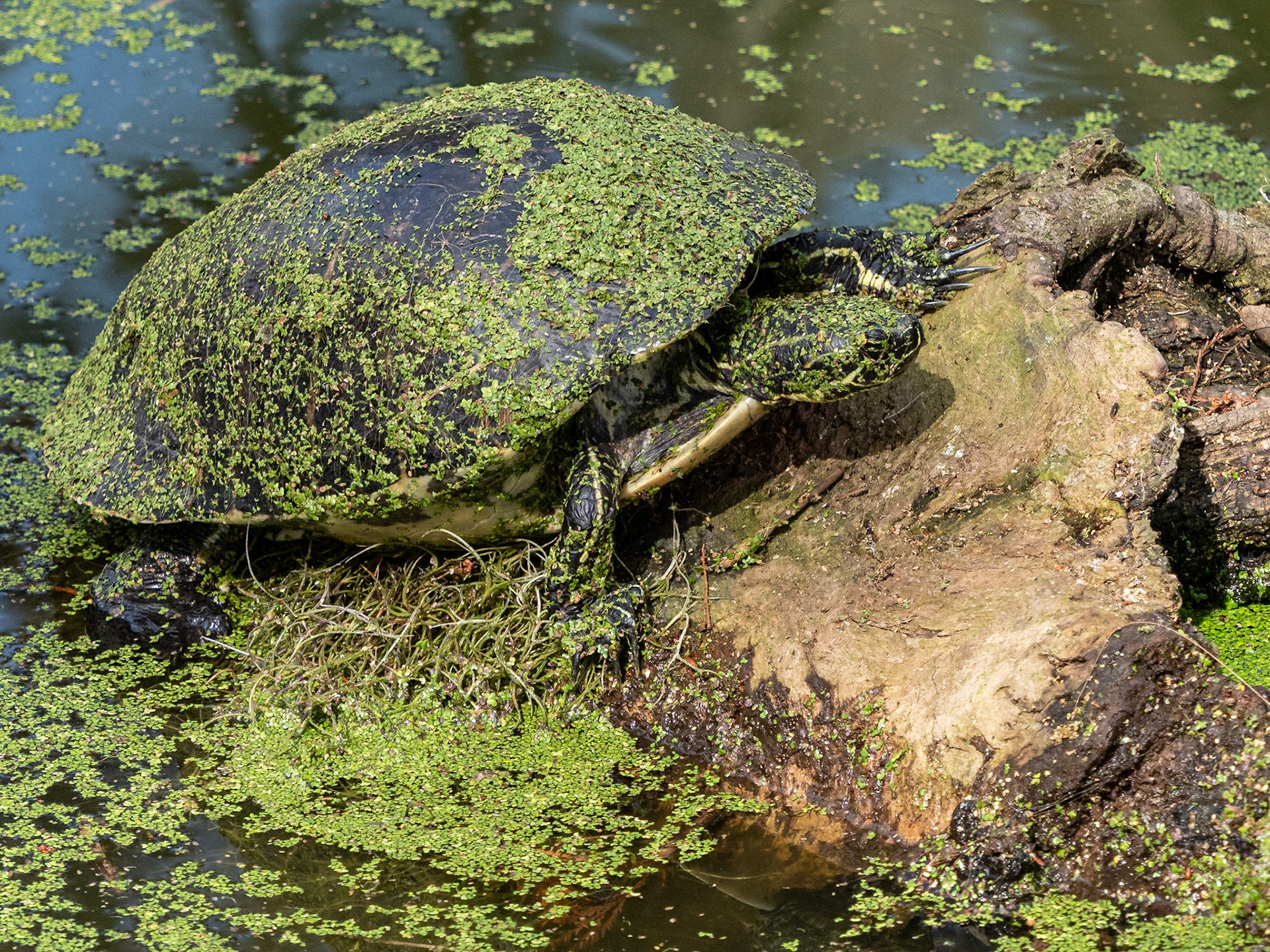
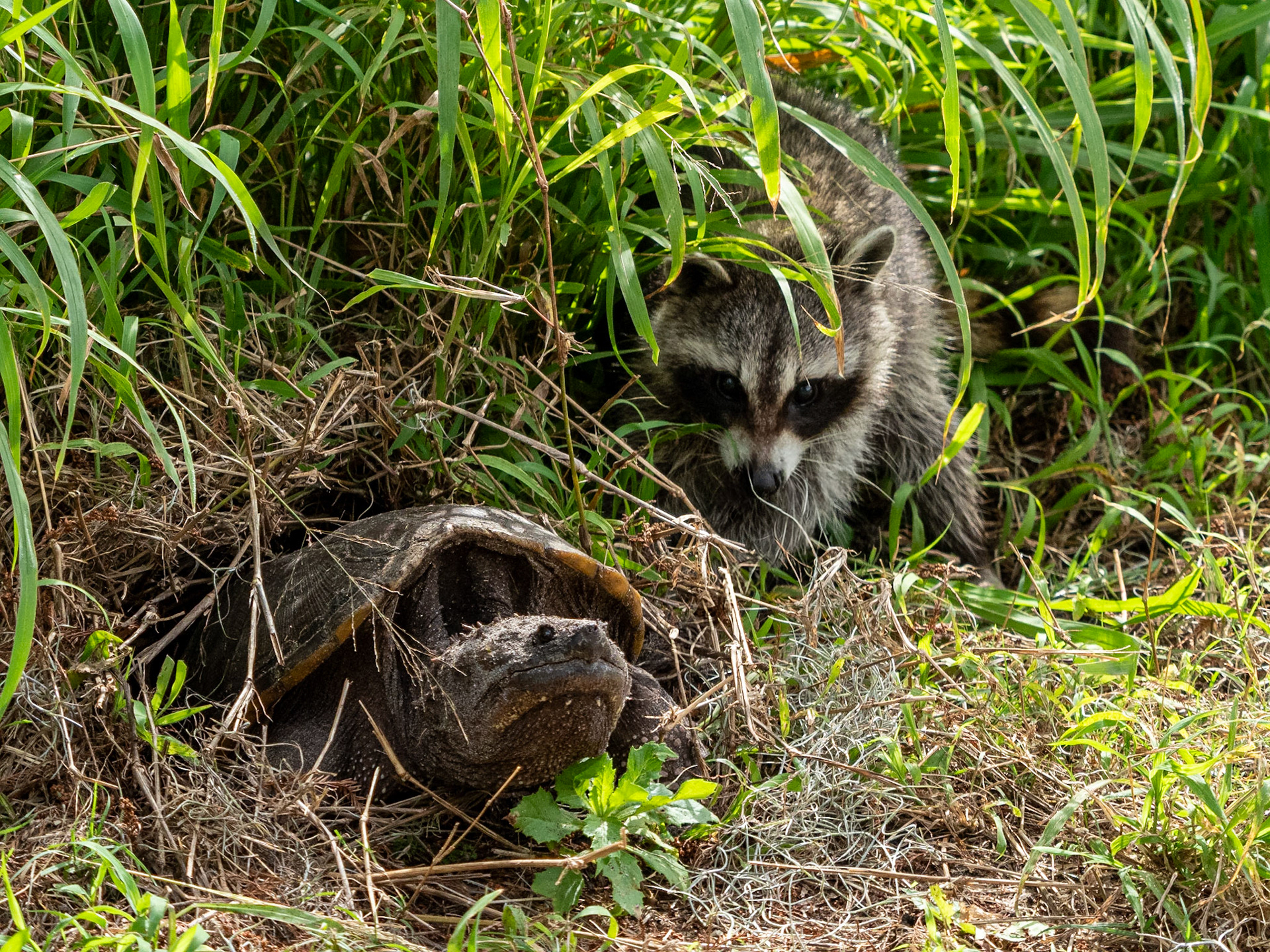
Monkey Jungle, Miami
Pensive Gorilla
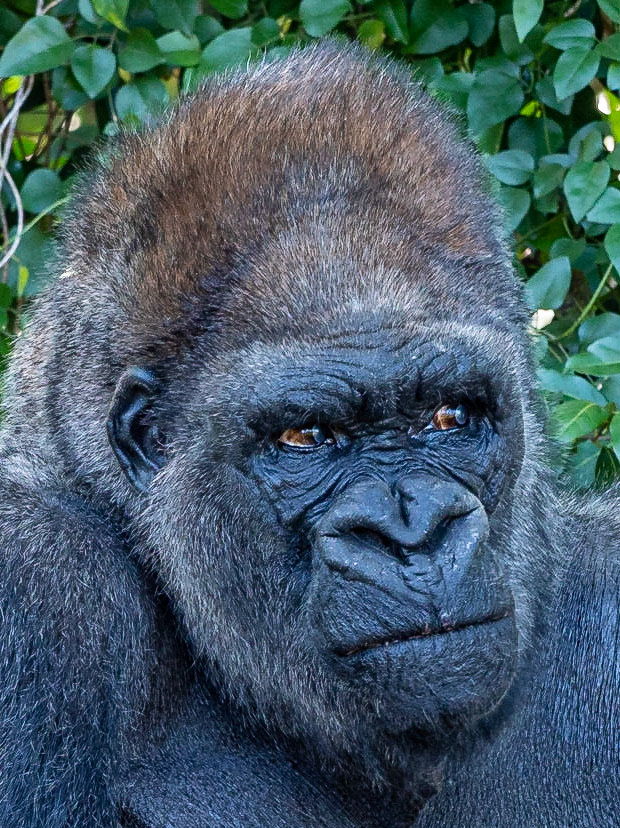
Macaque Monkeys


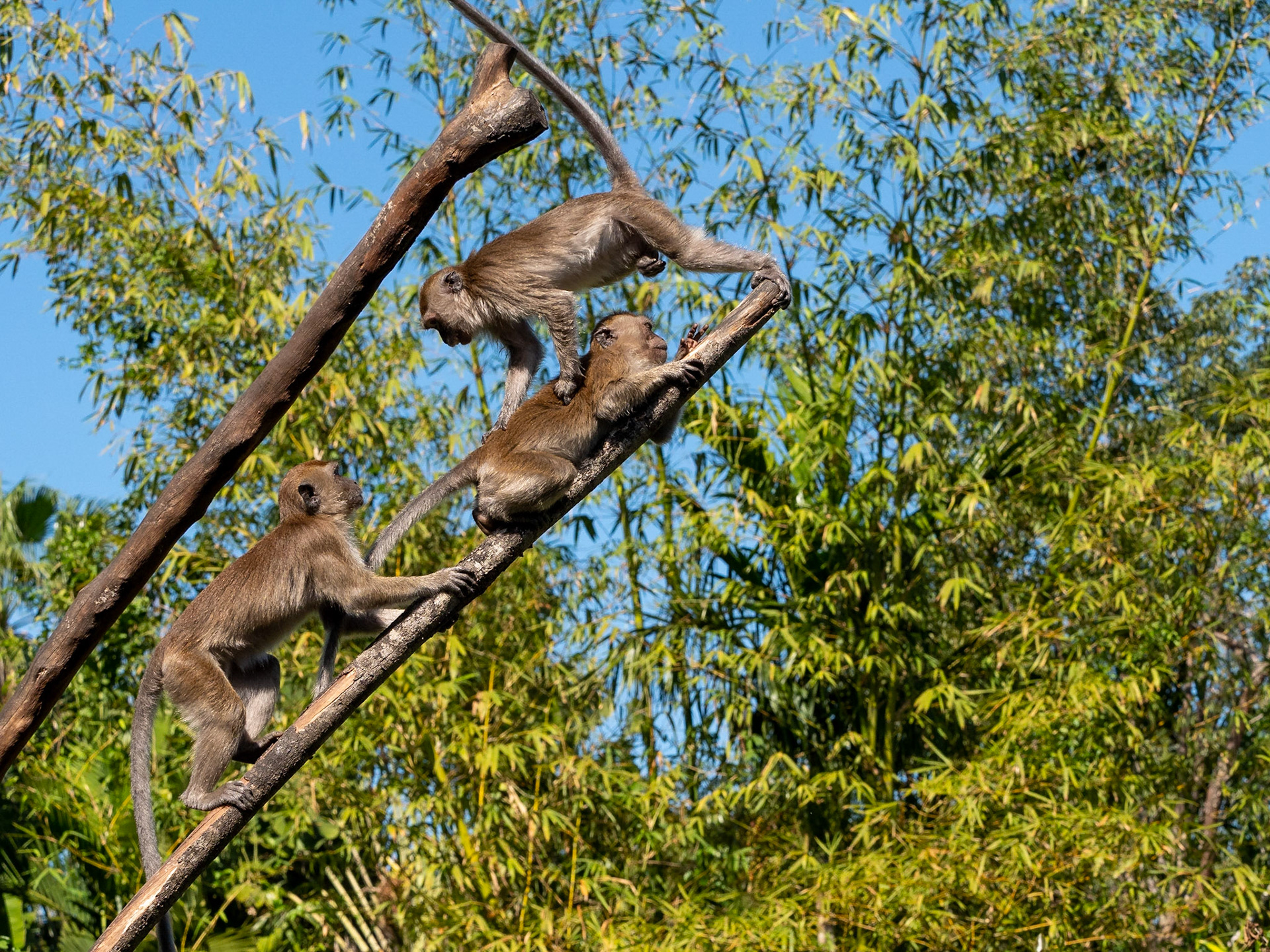
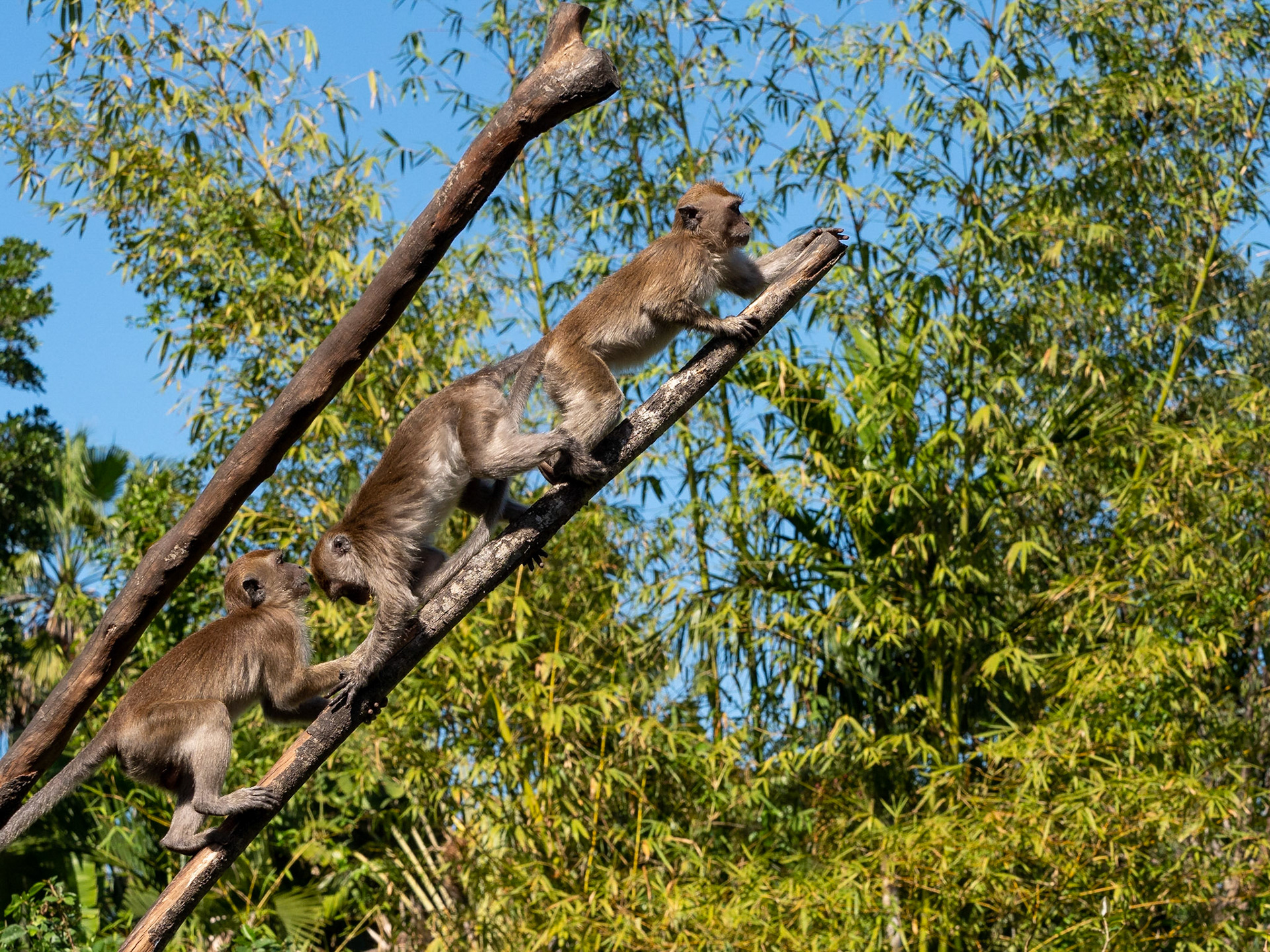
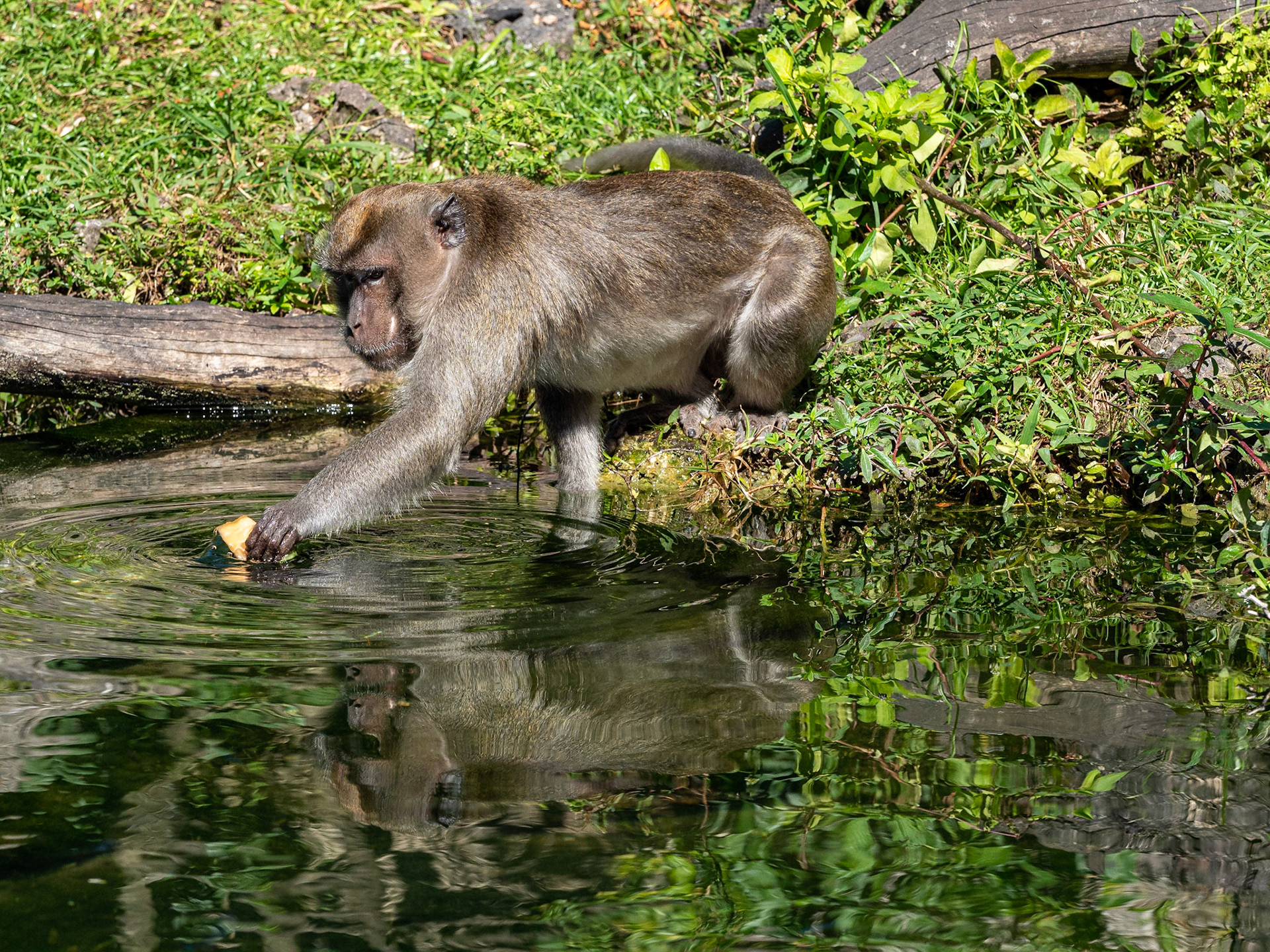
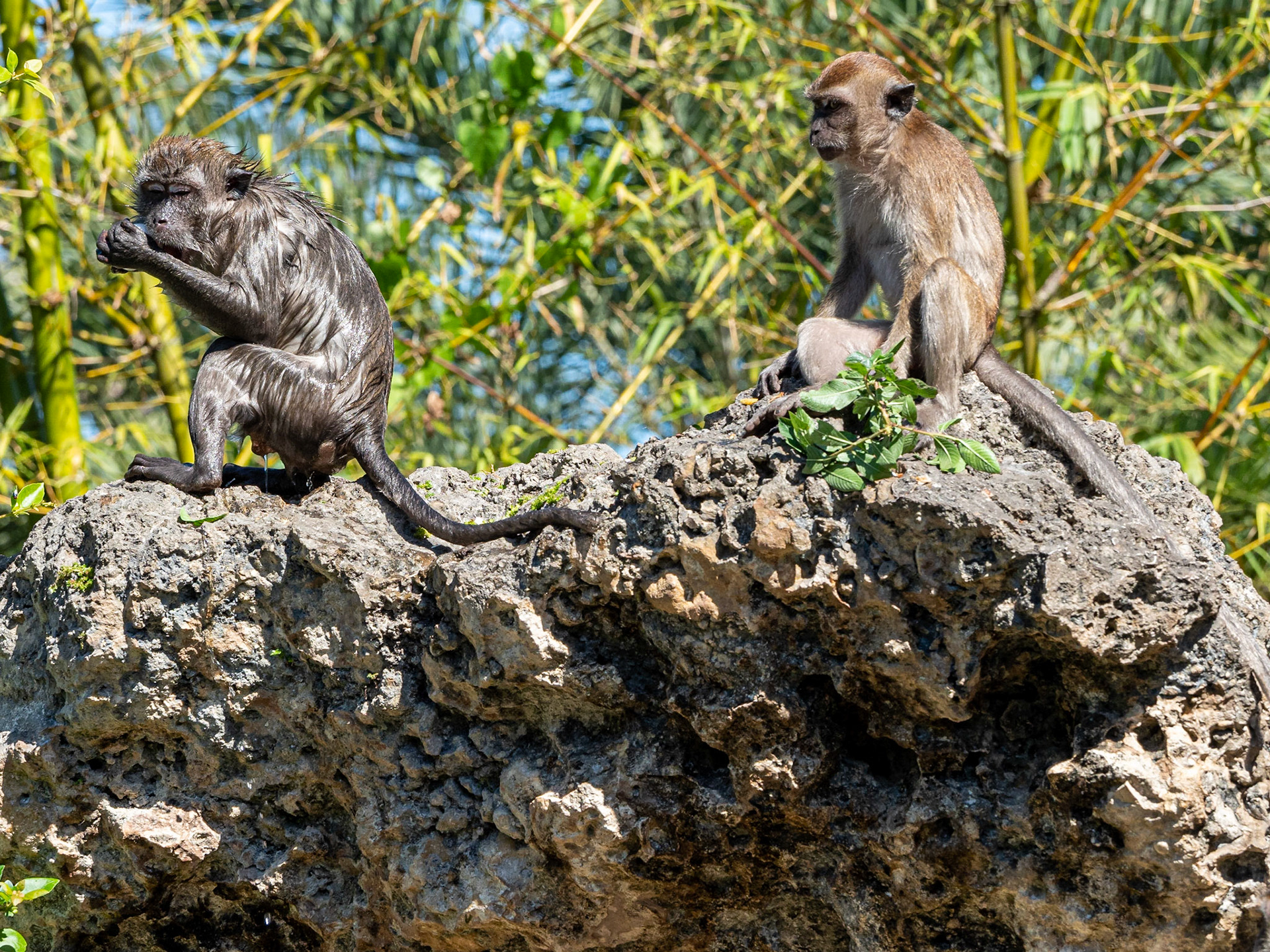
Vegetation
Growing on a rock
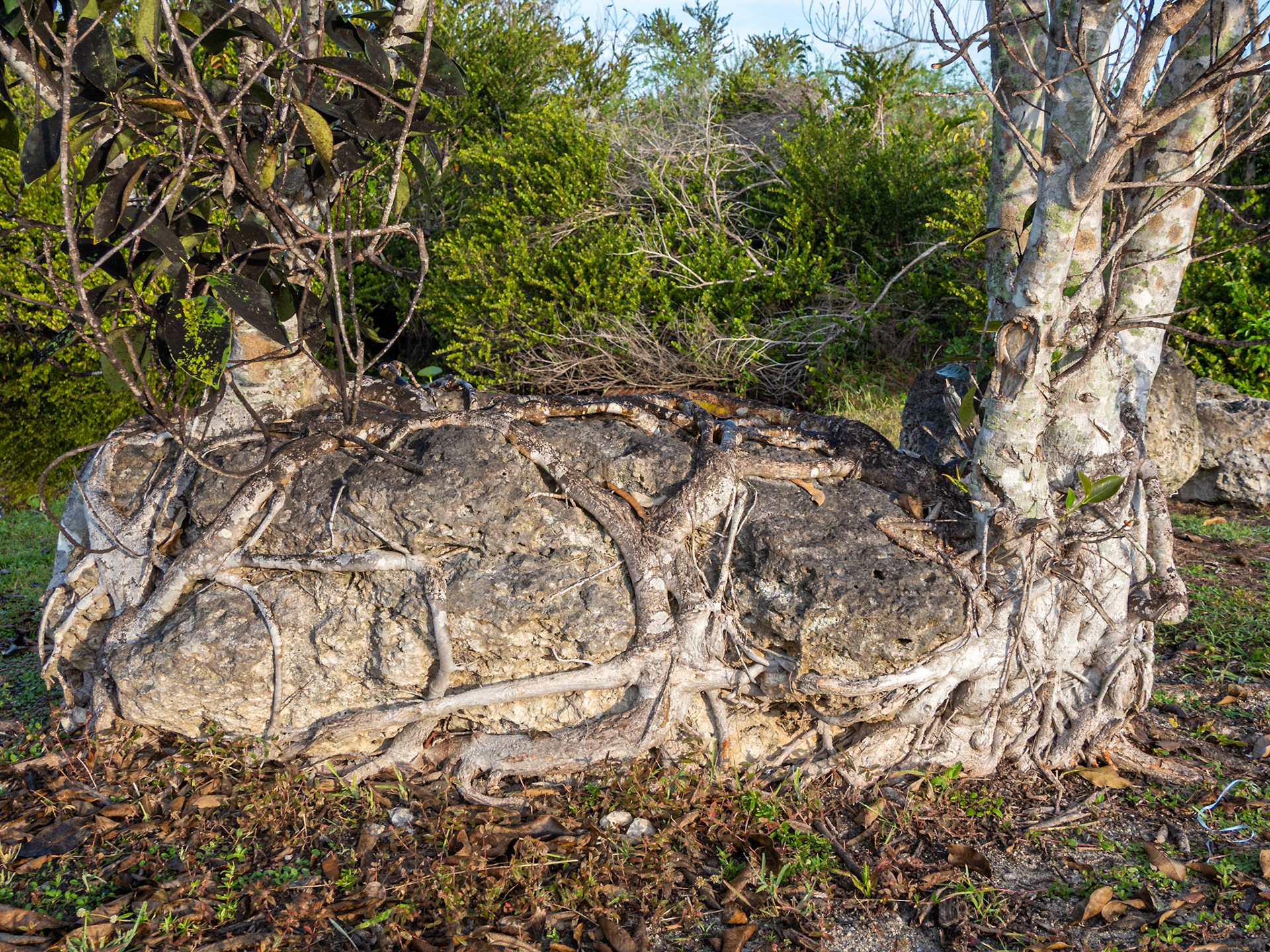
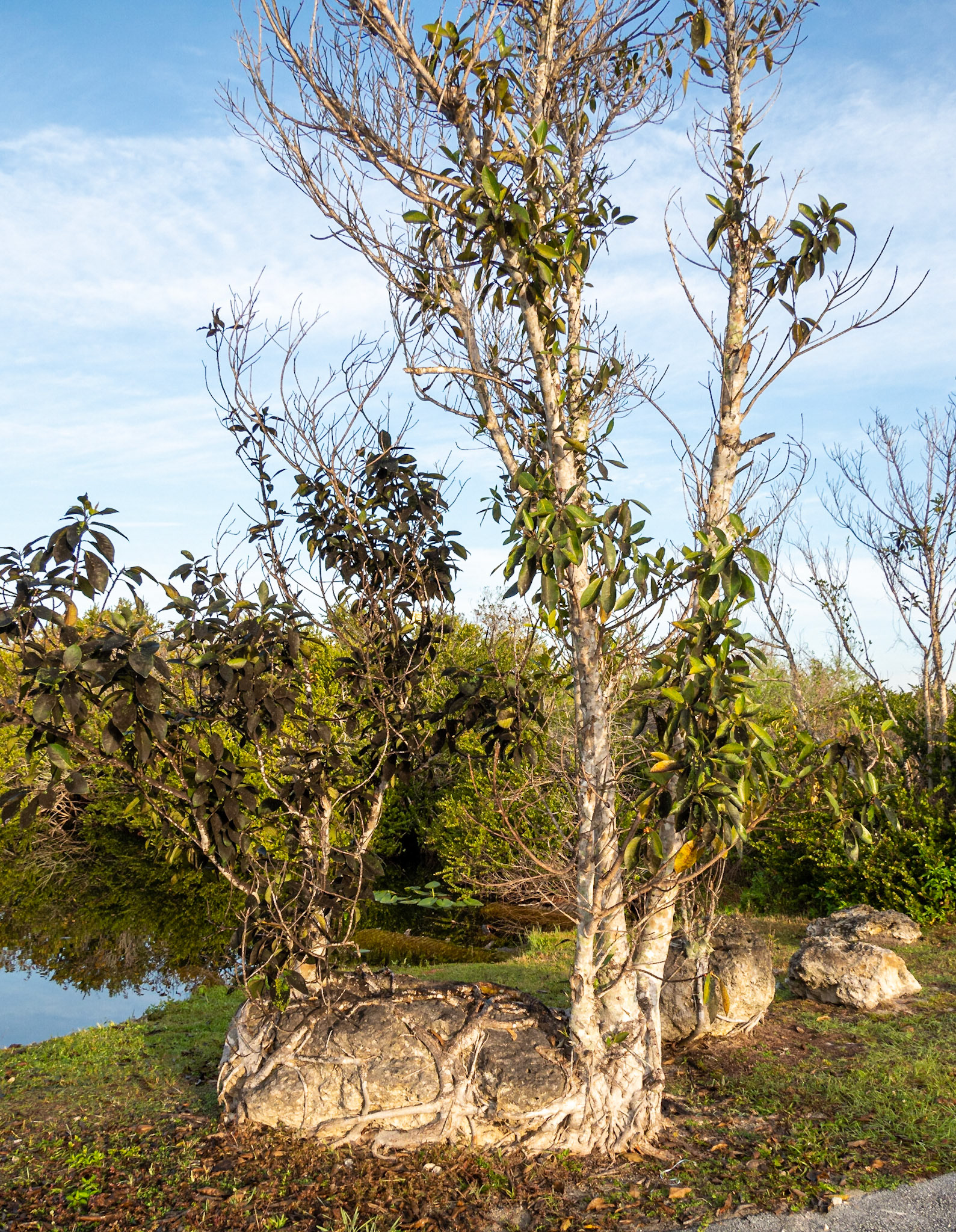
Cypress trees and knees (knees are stabilizers).
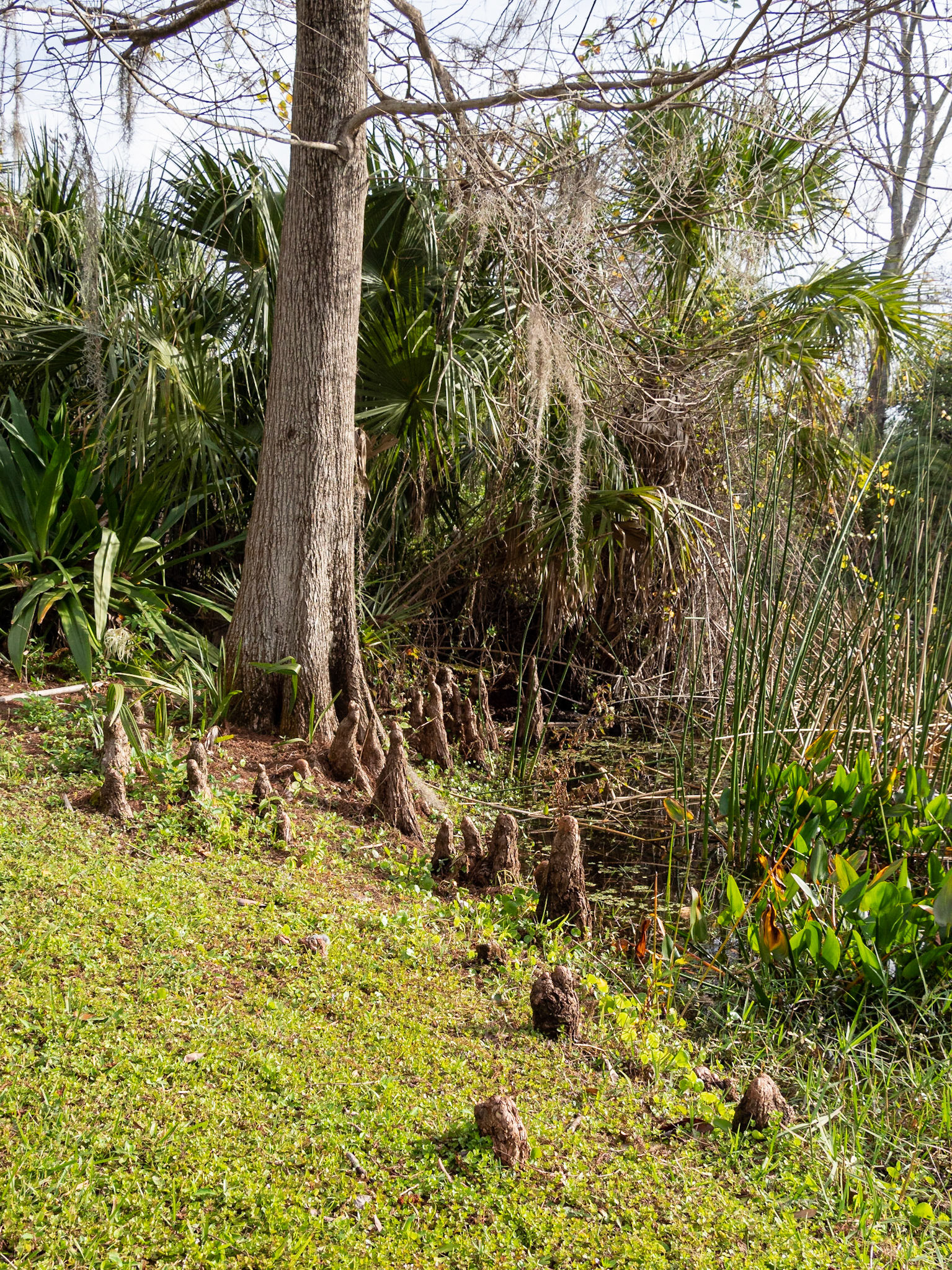
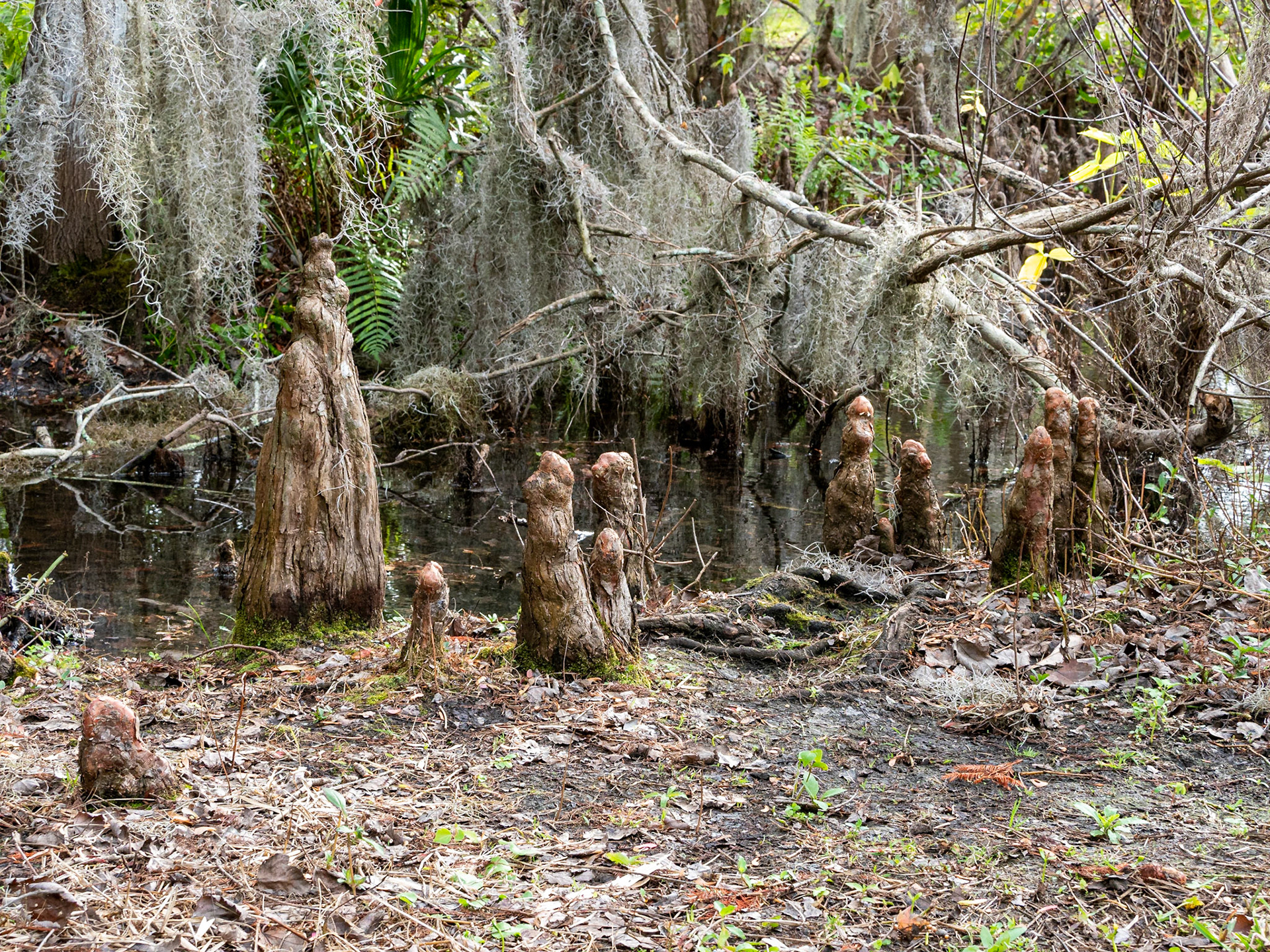
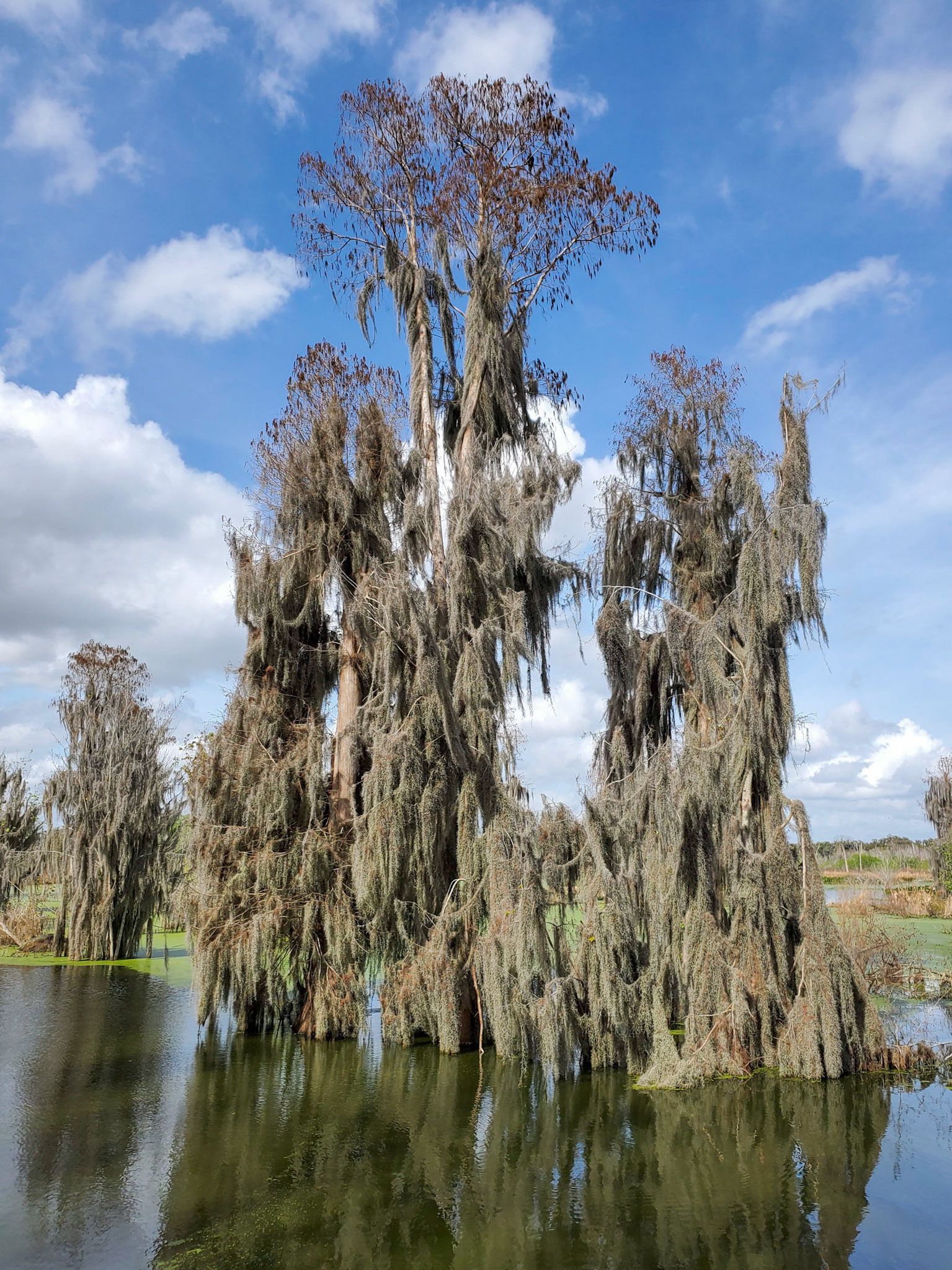

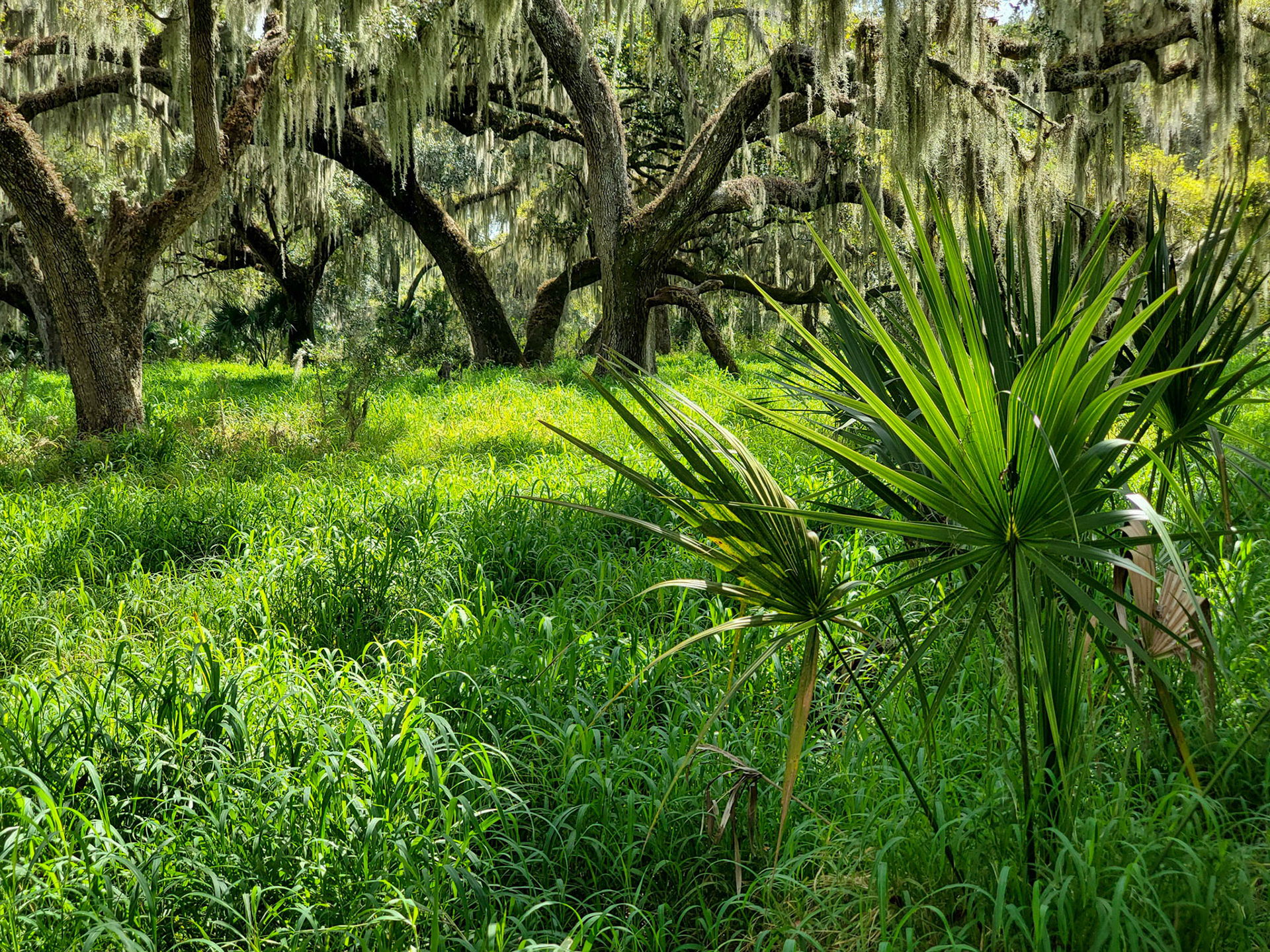
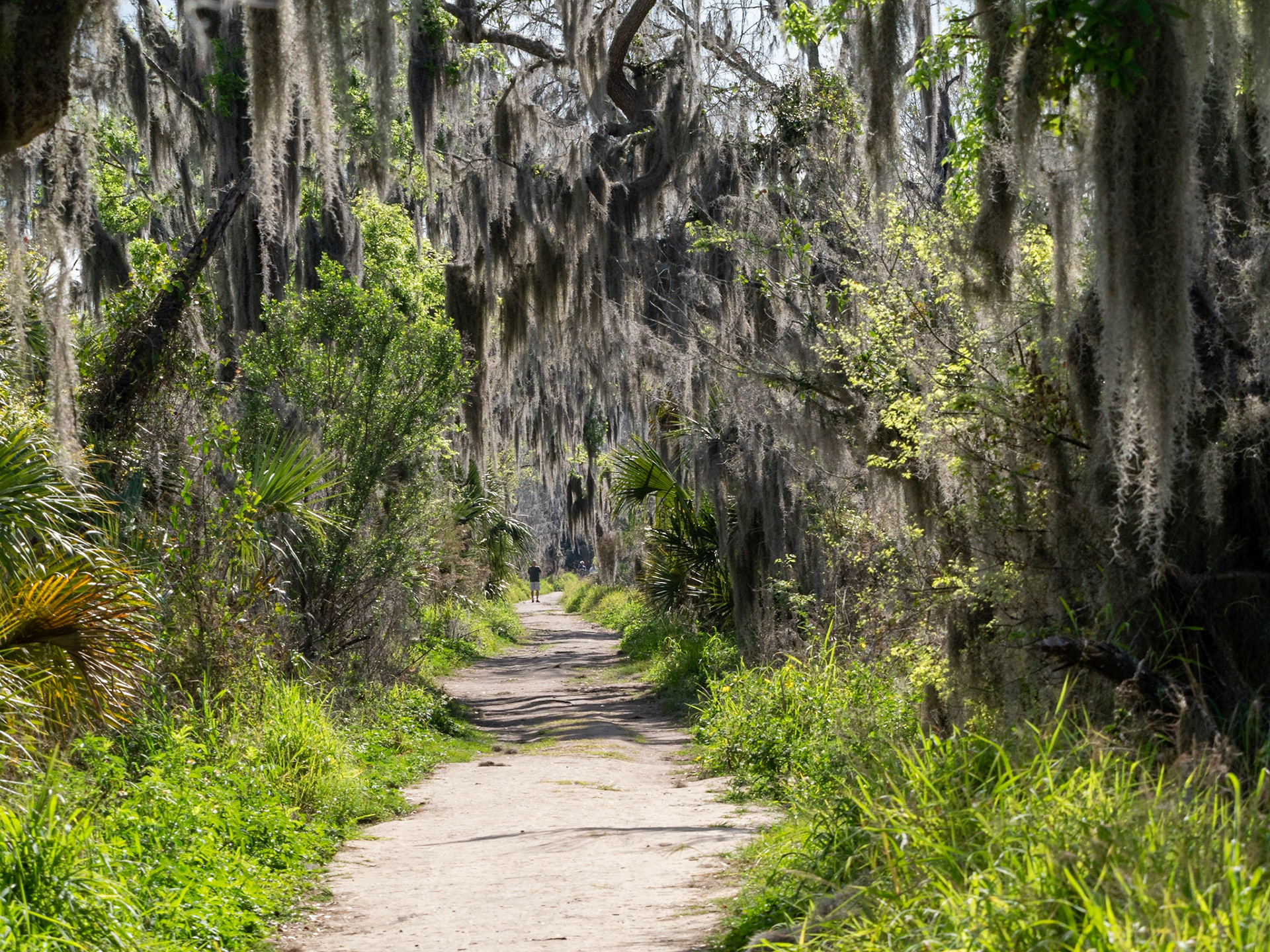
Outdoor art
